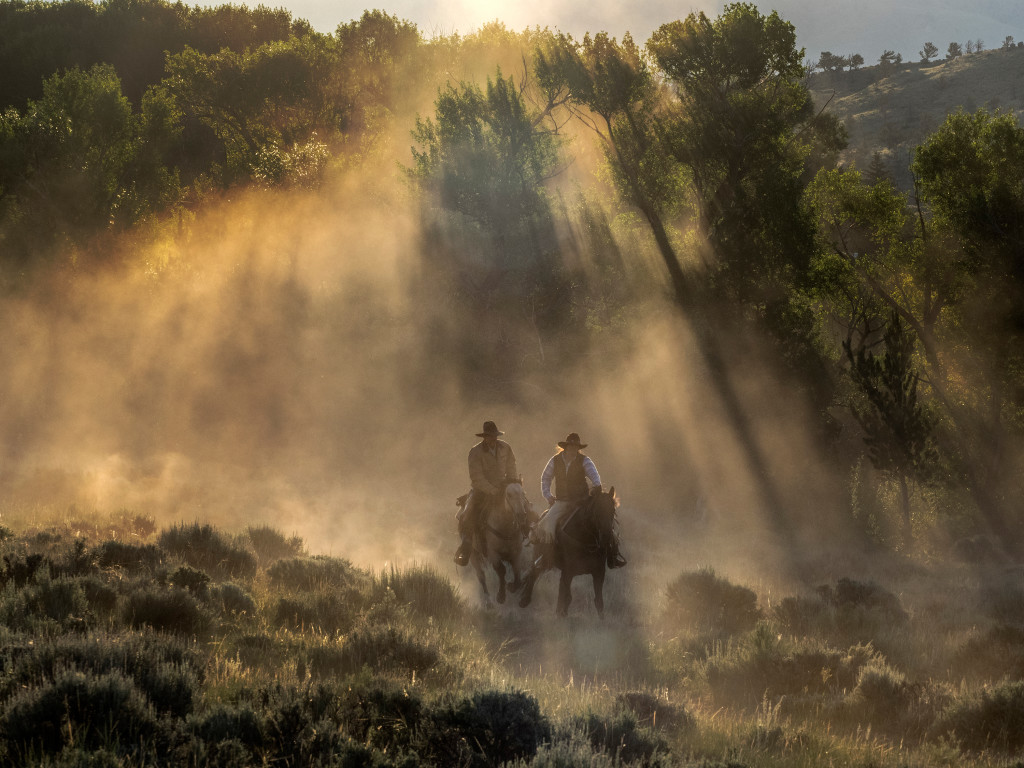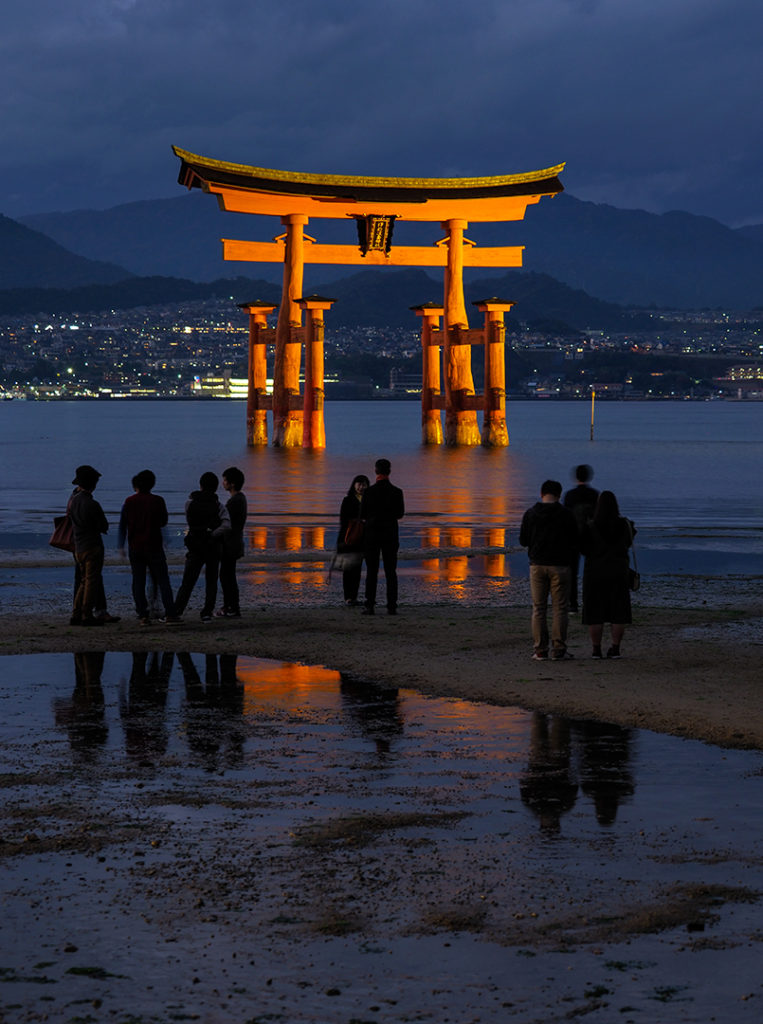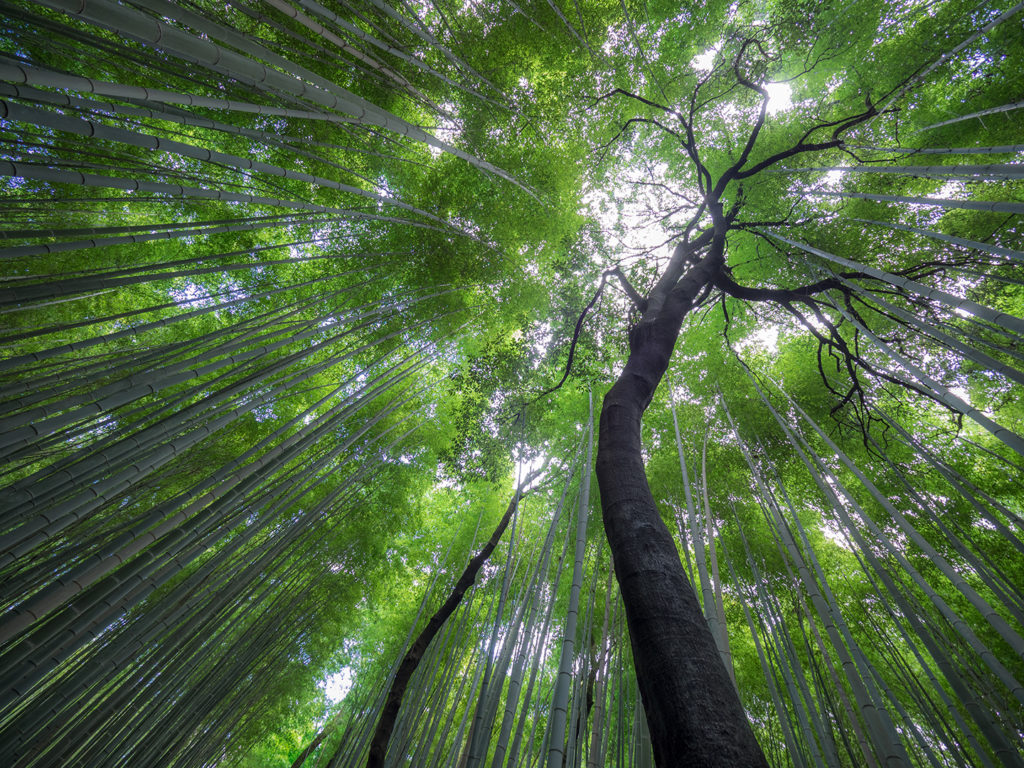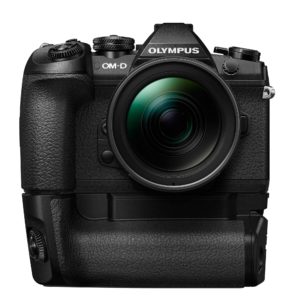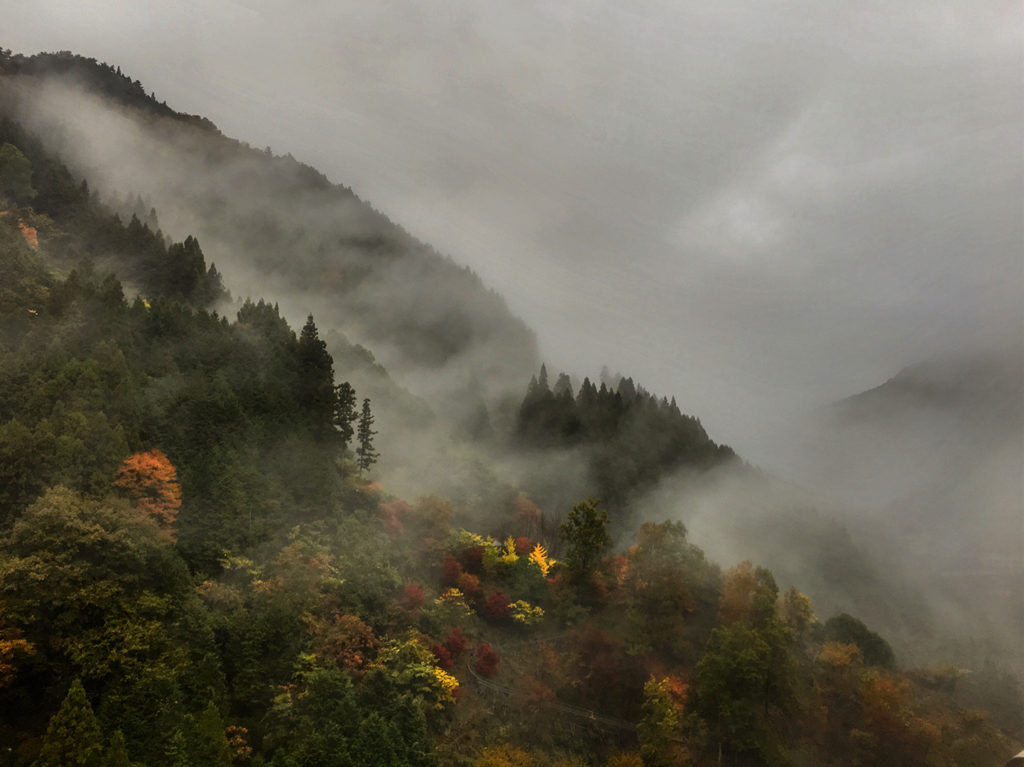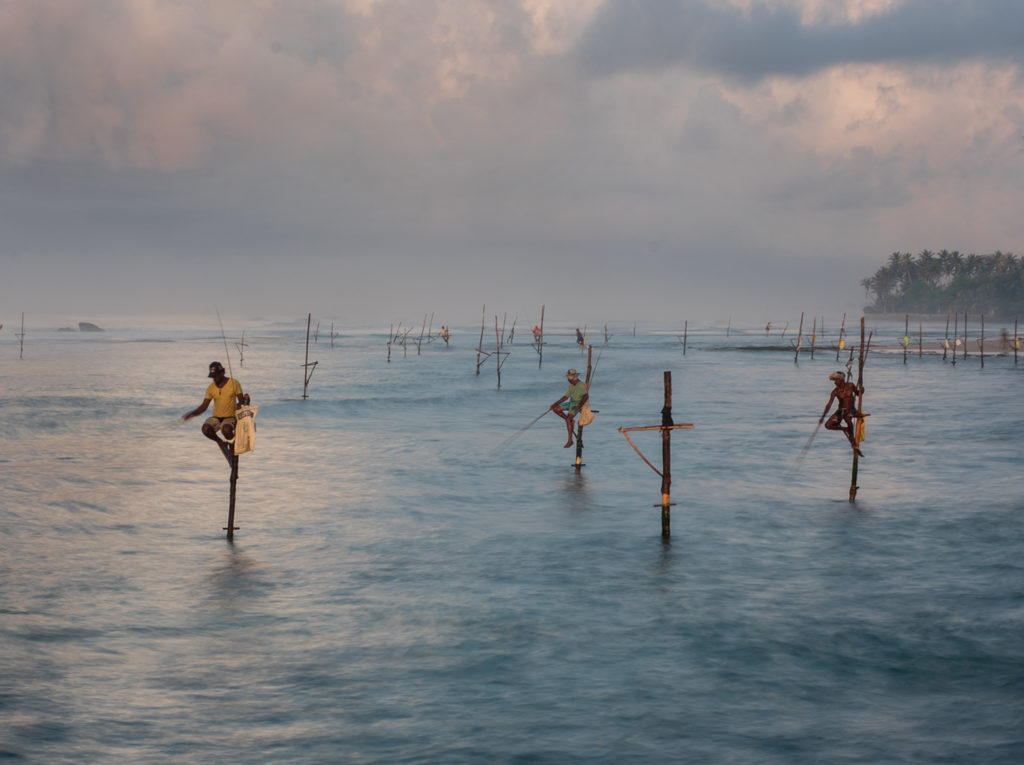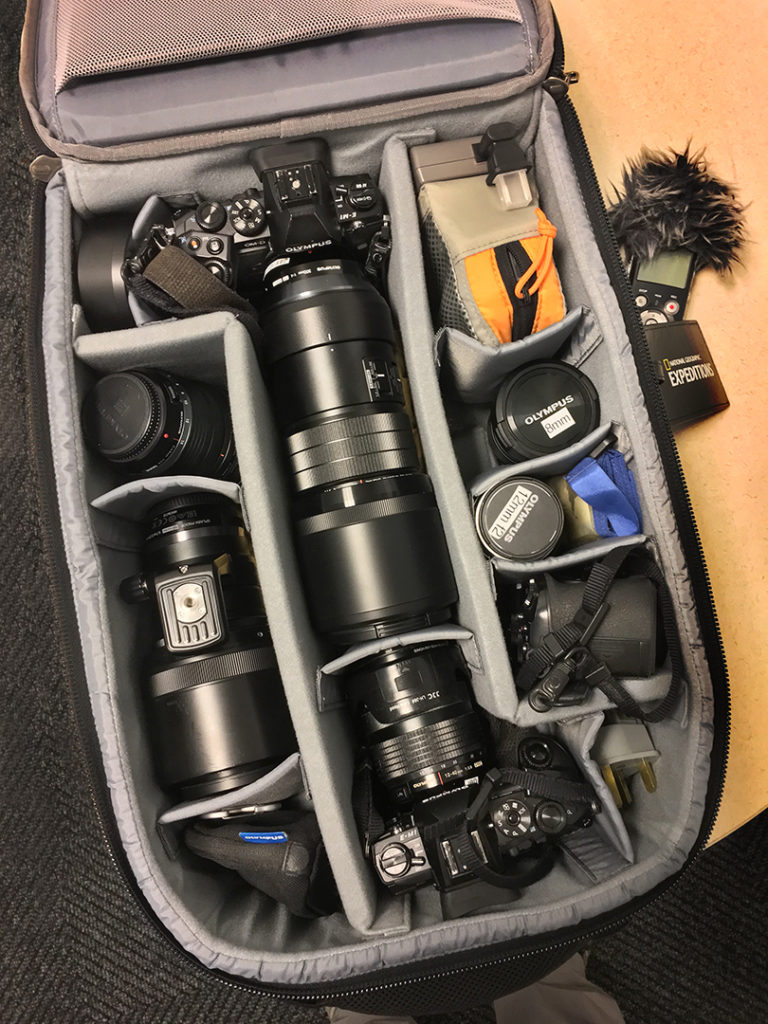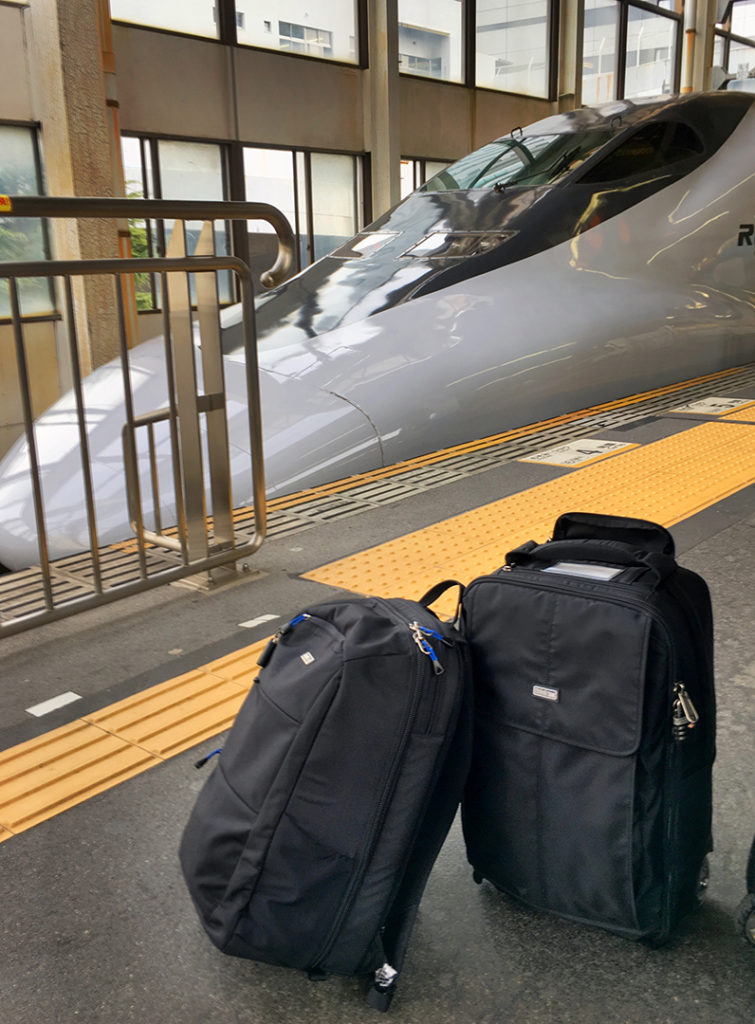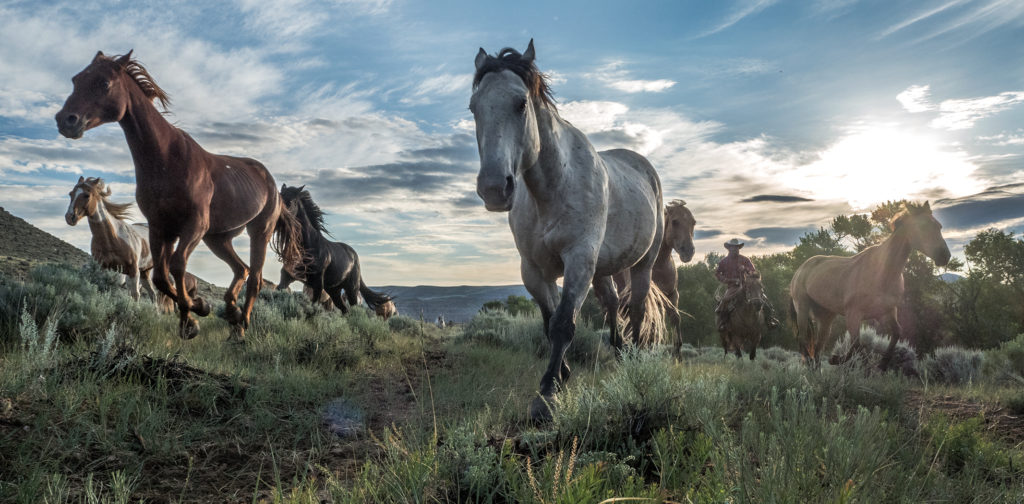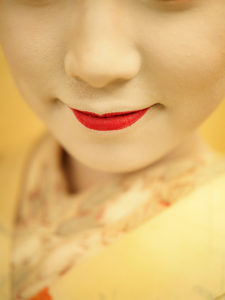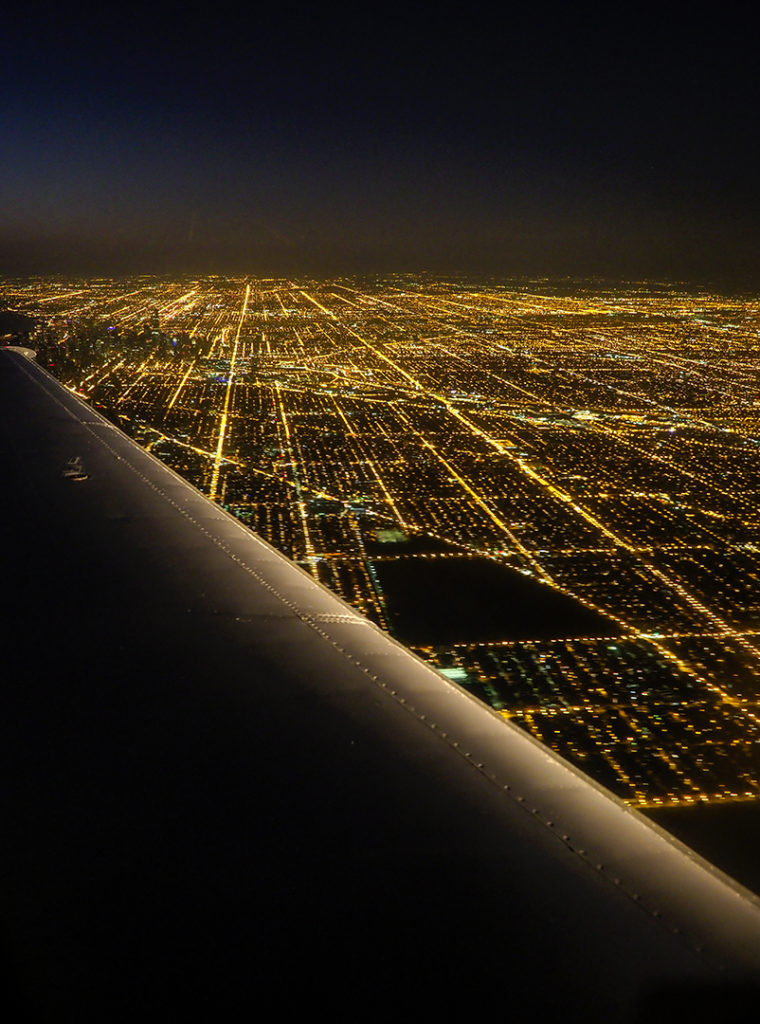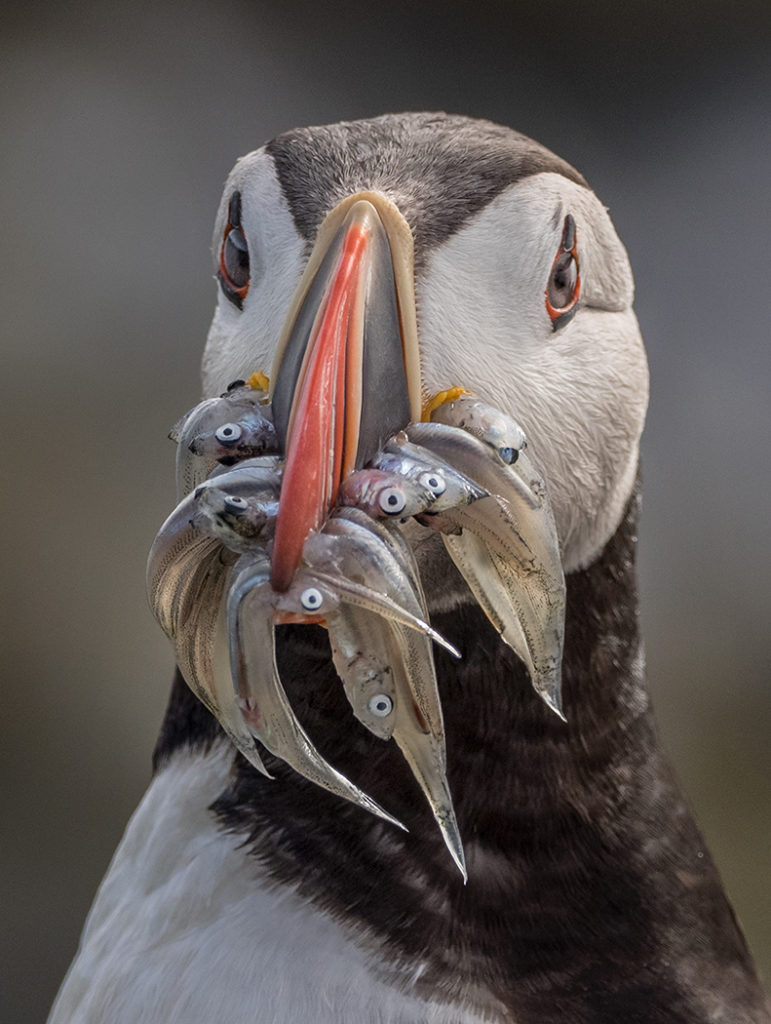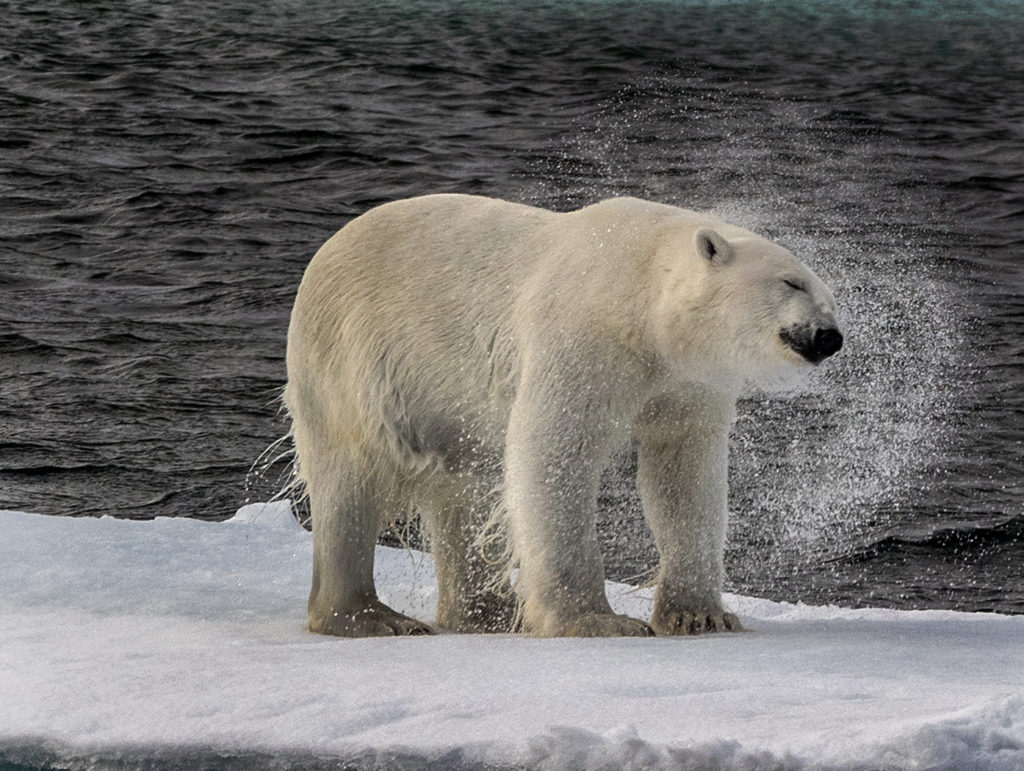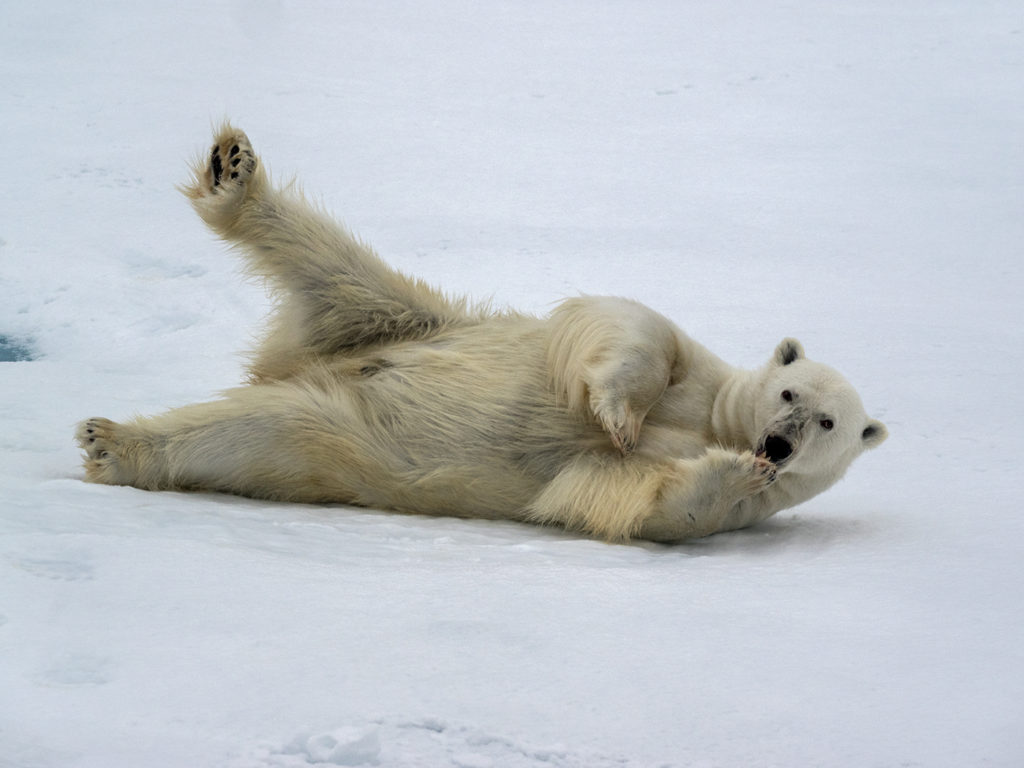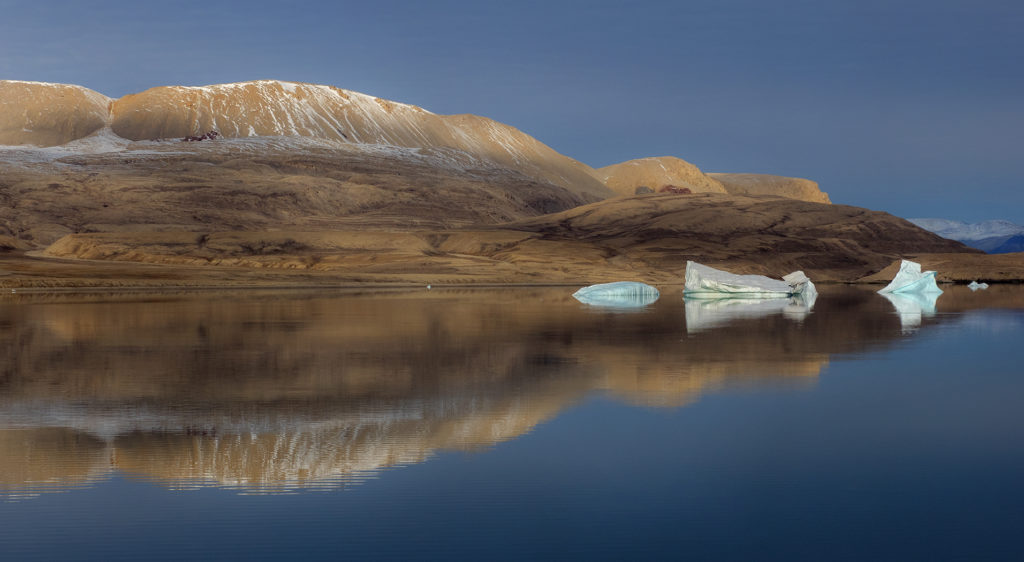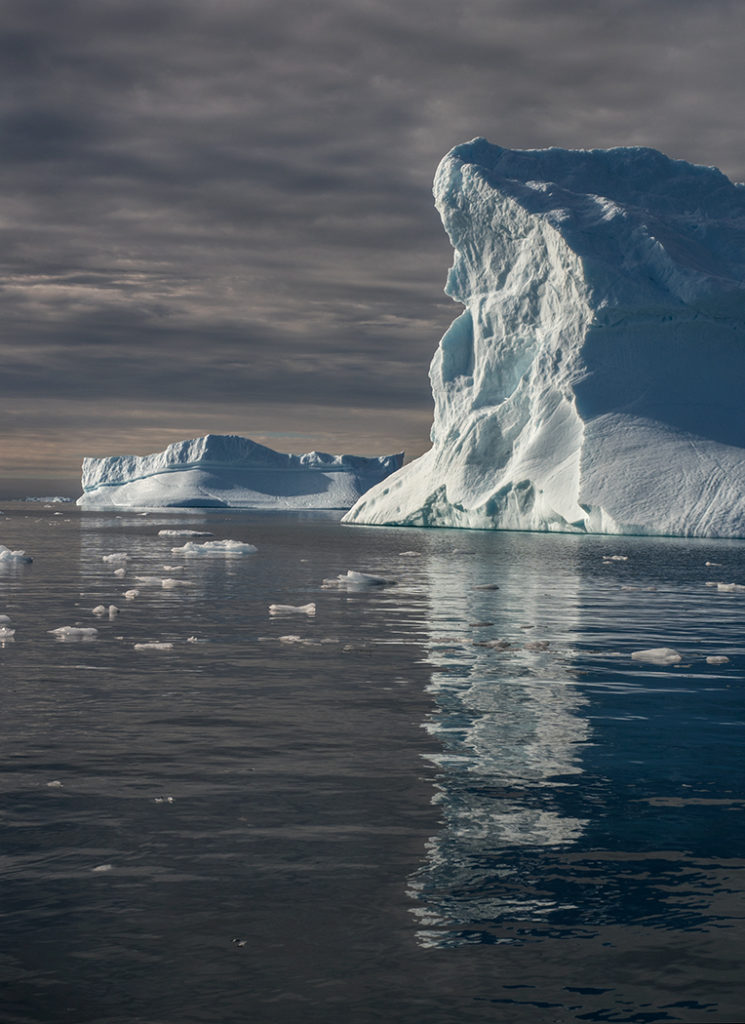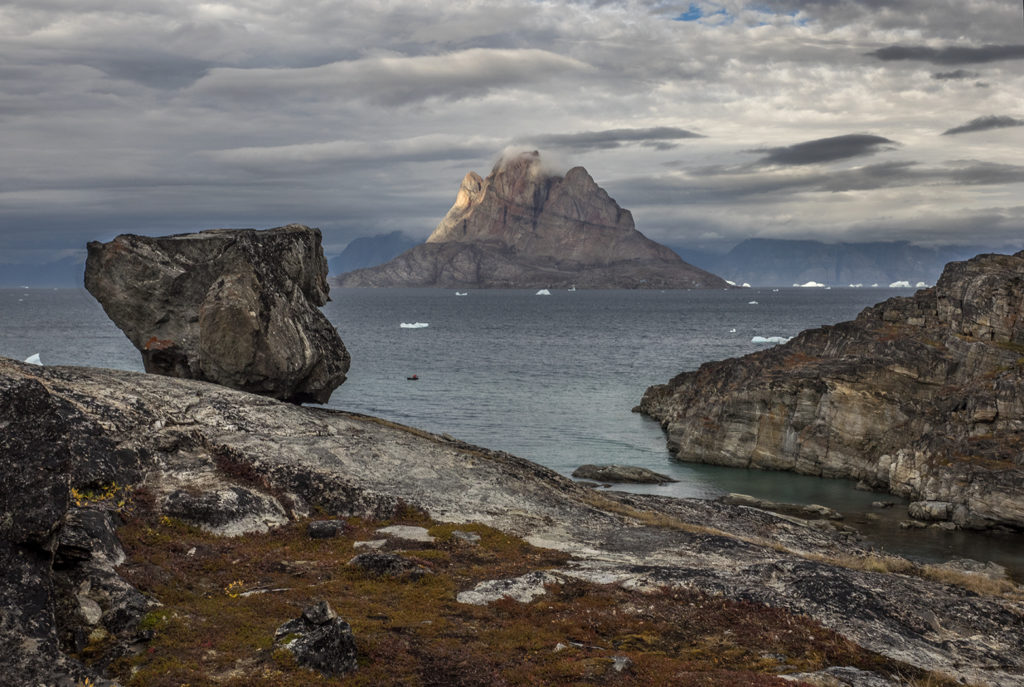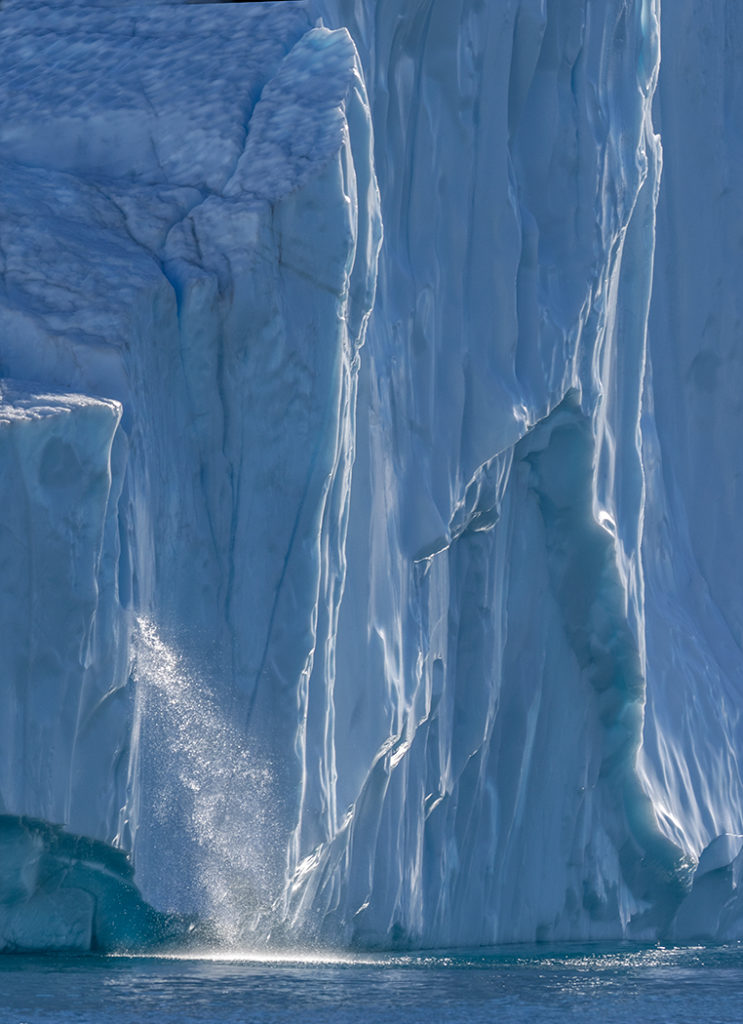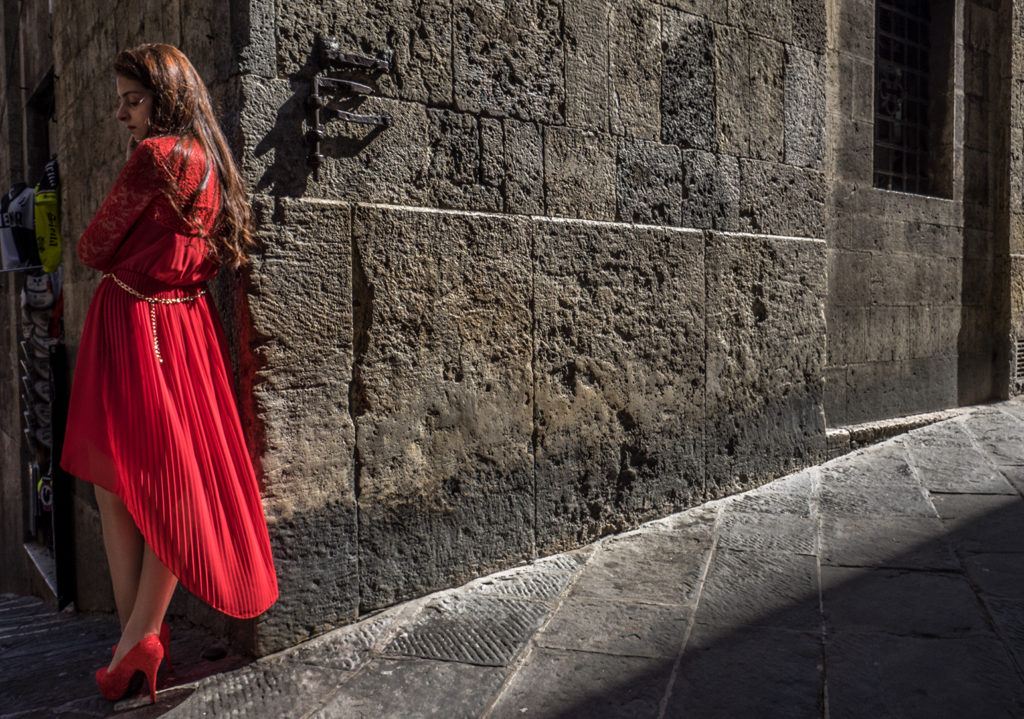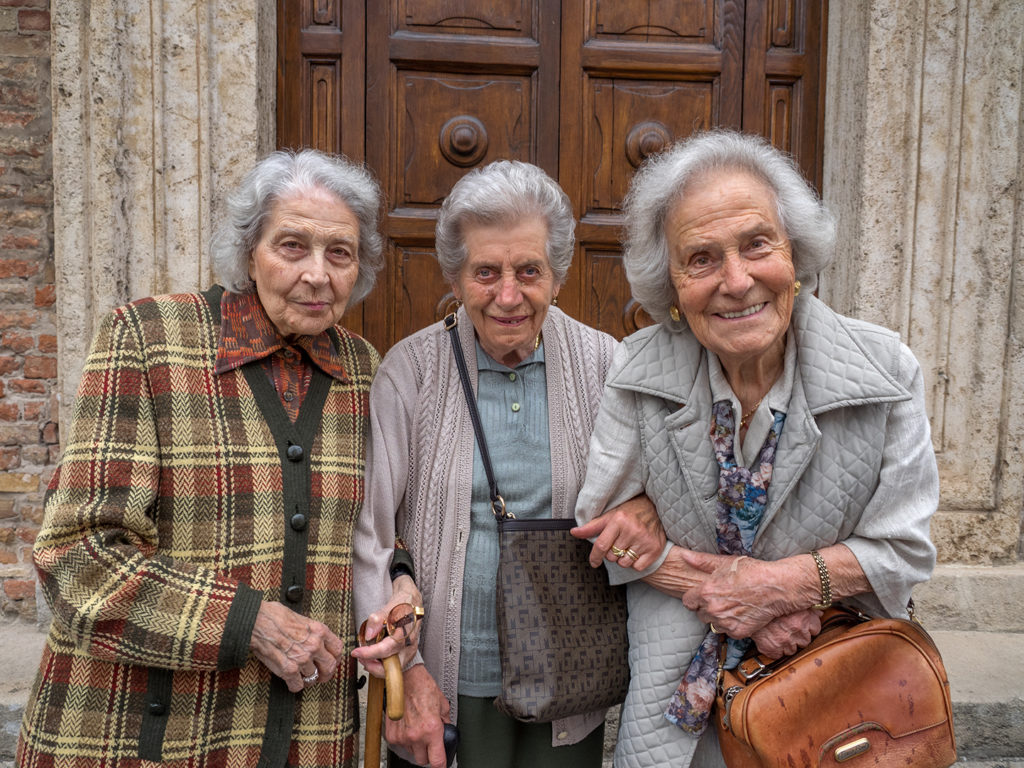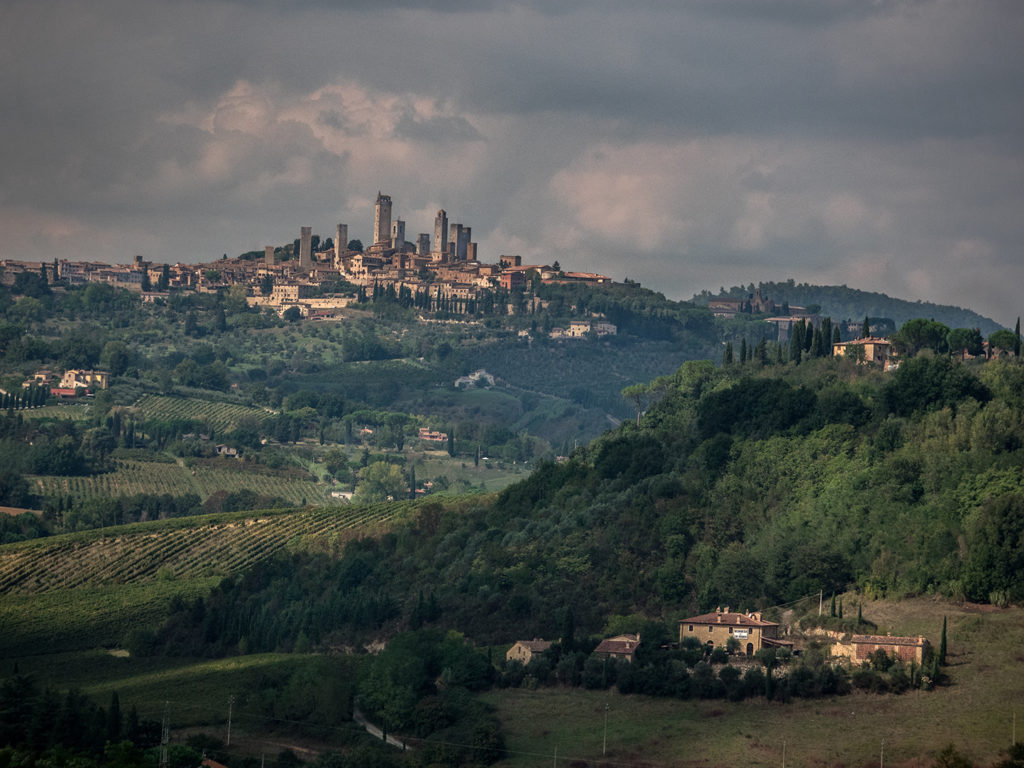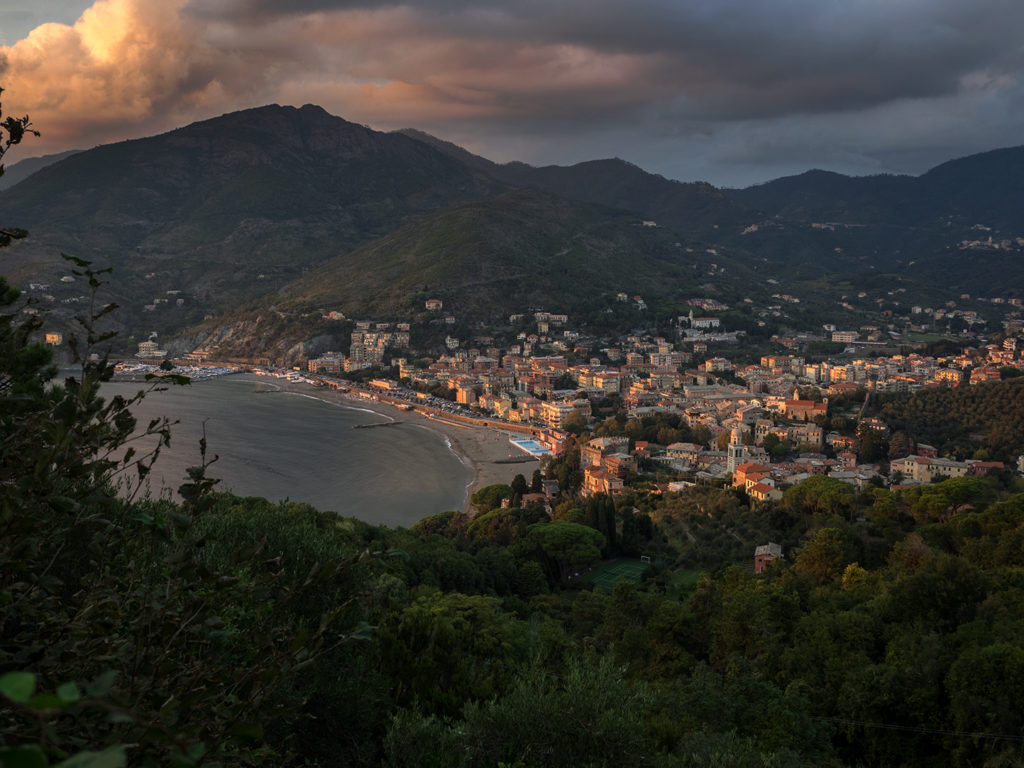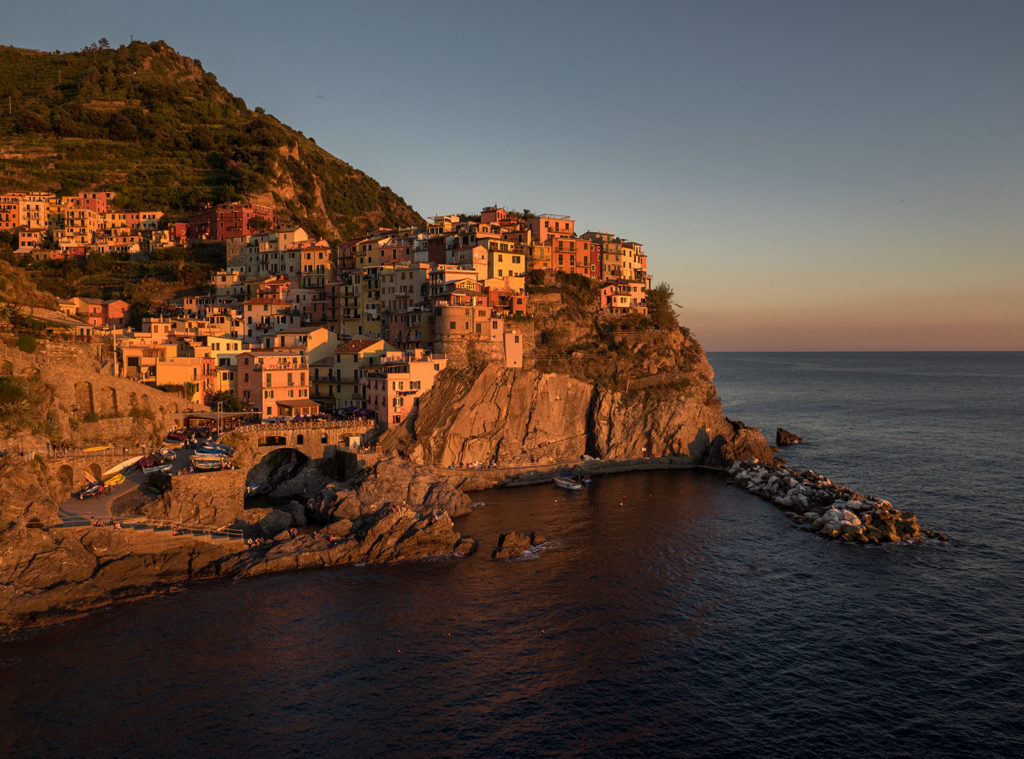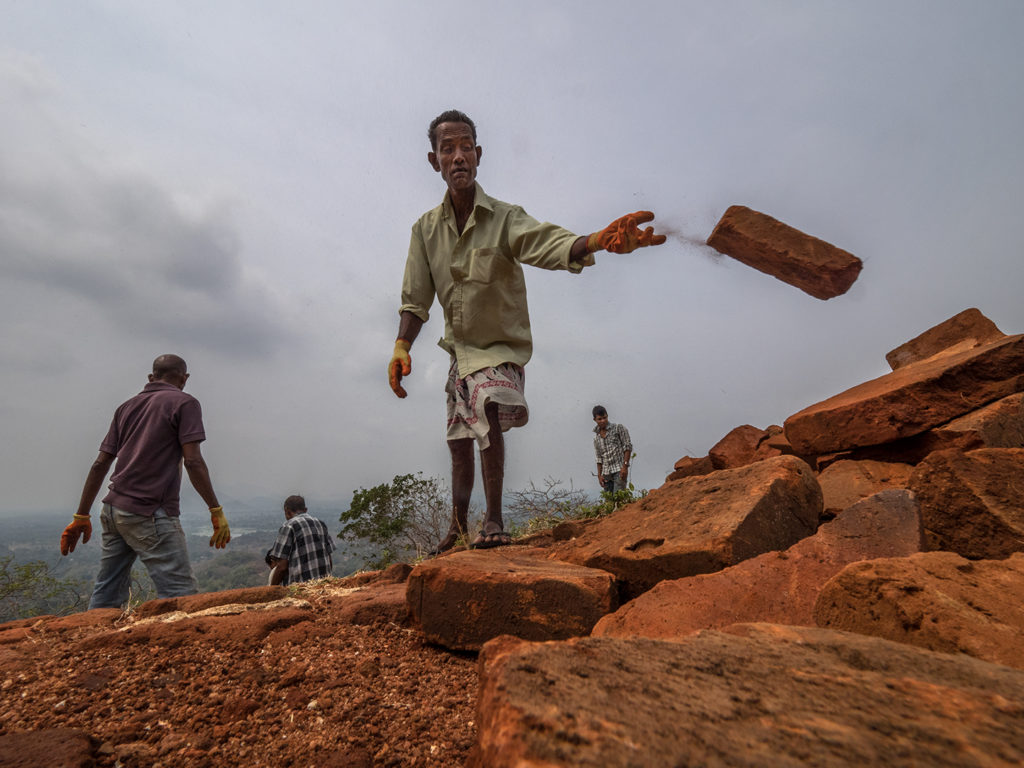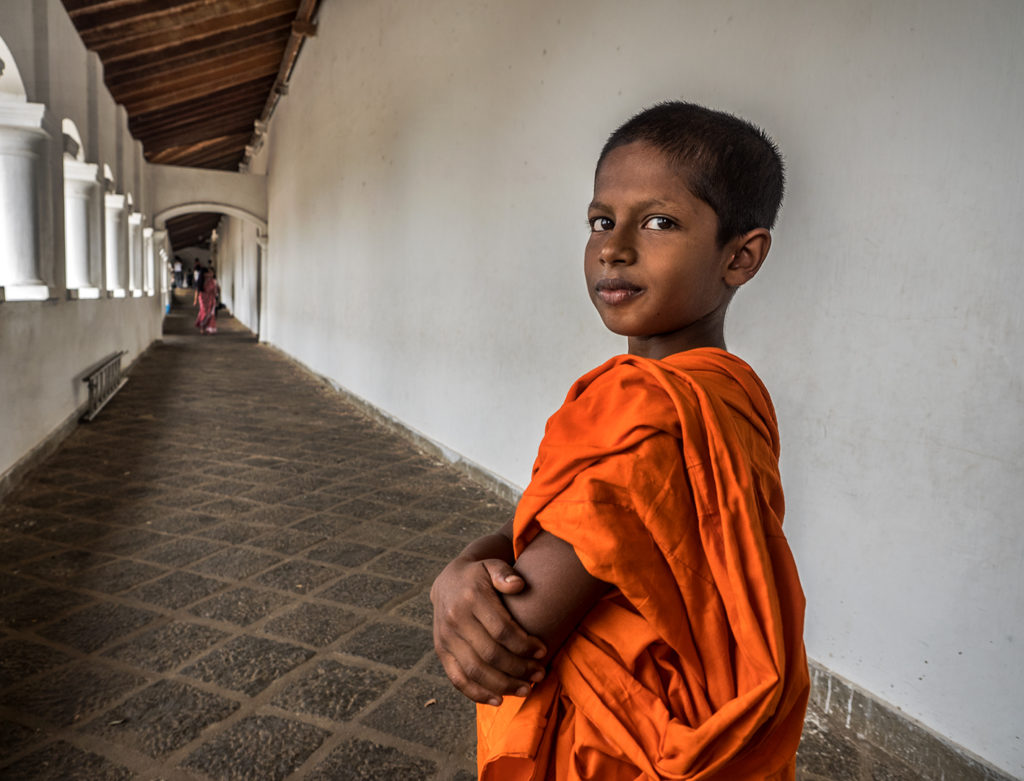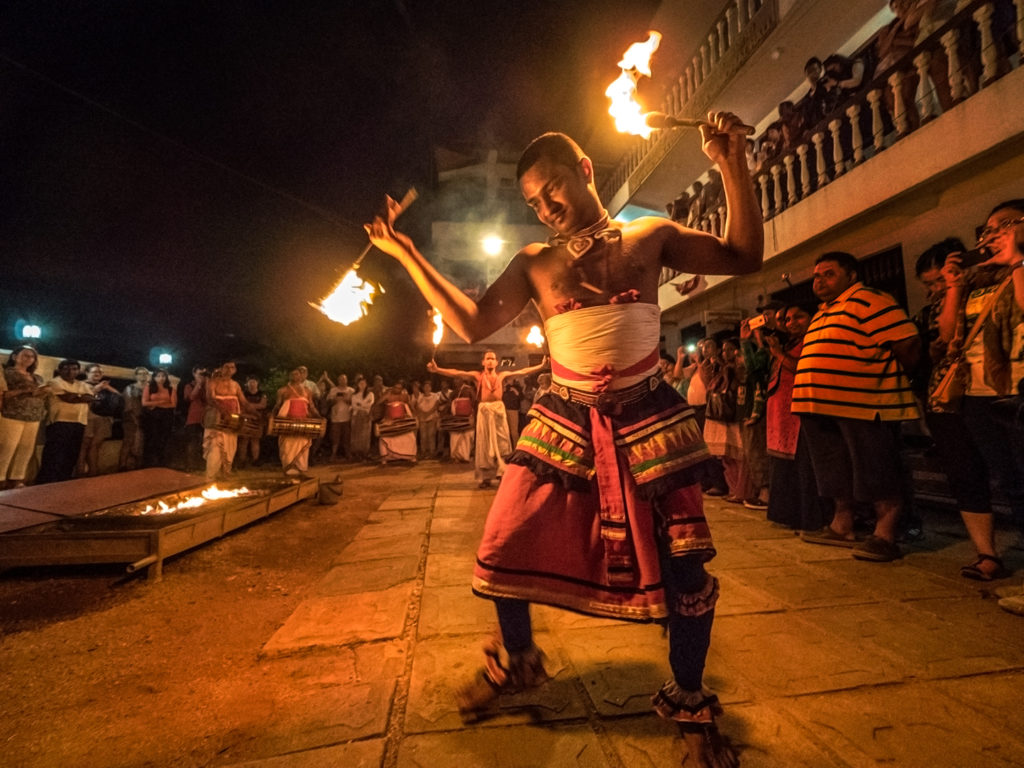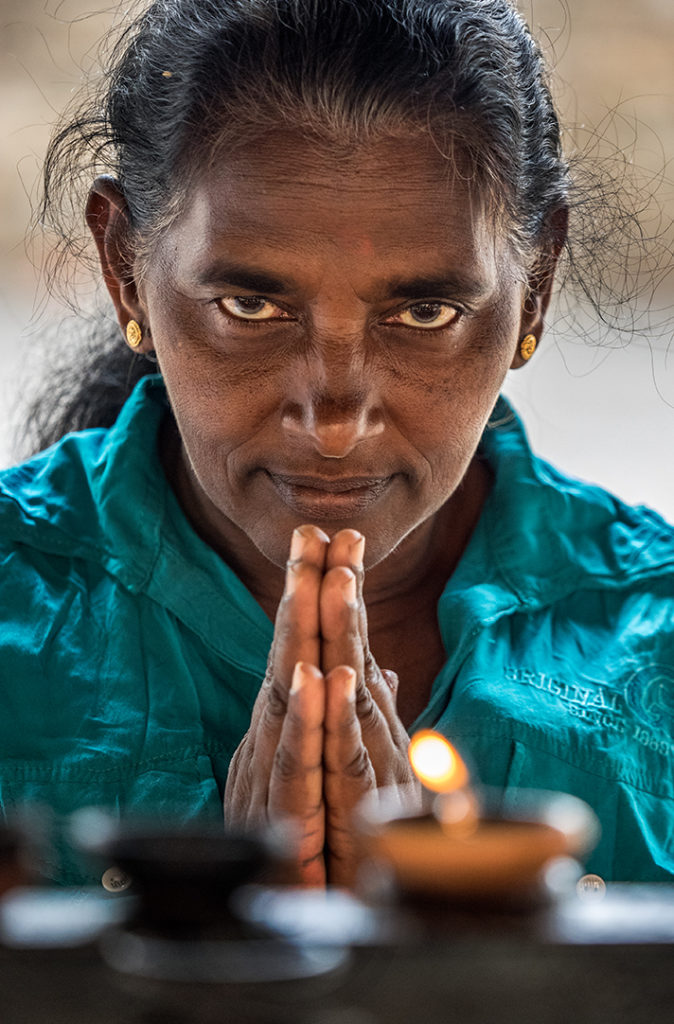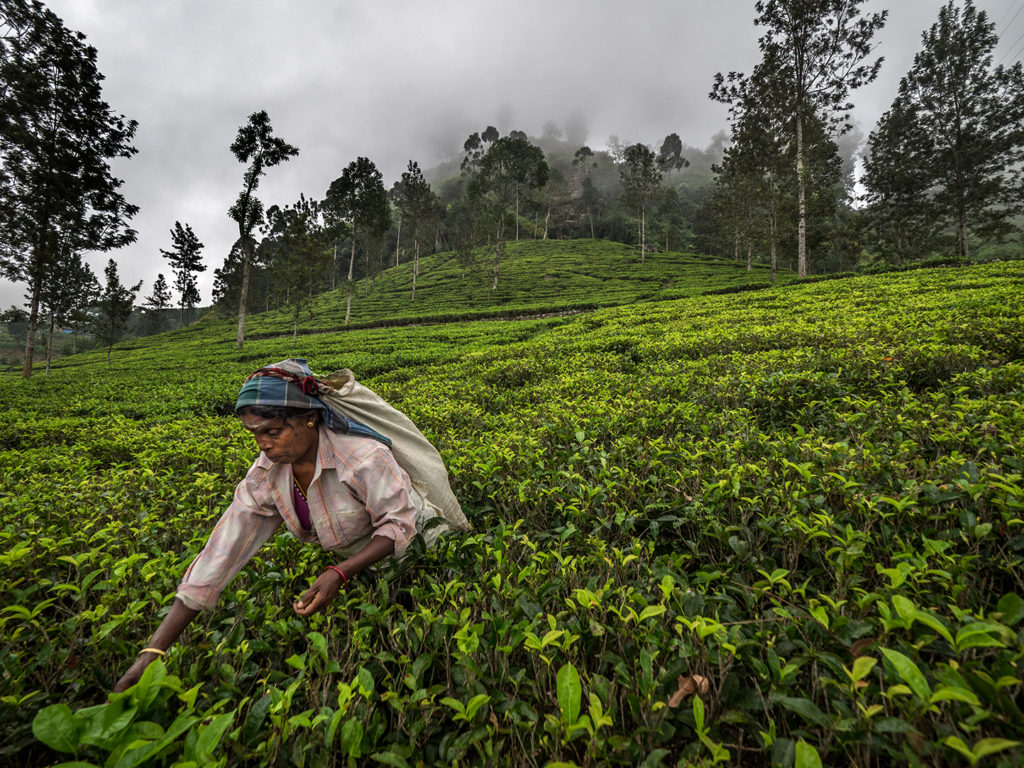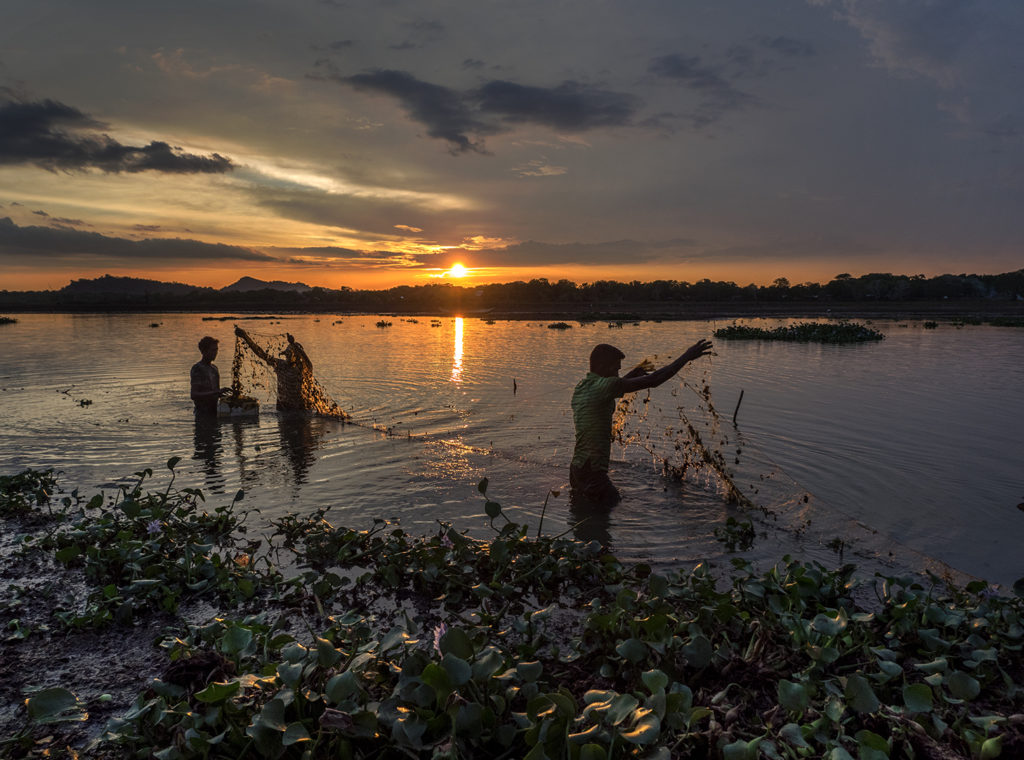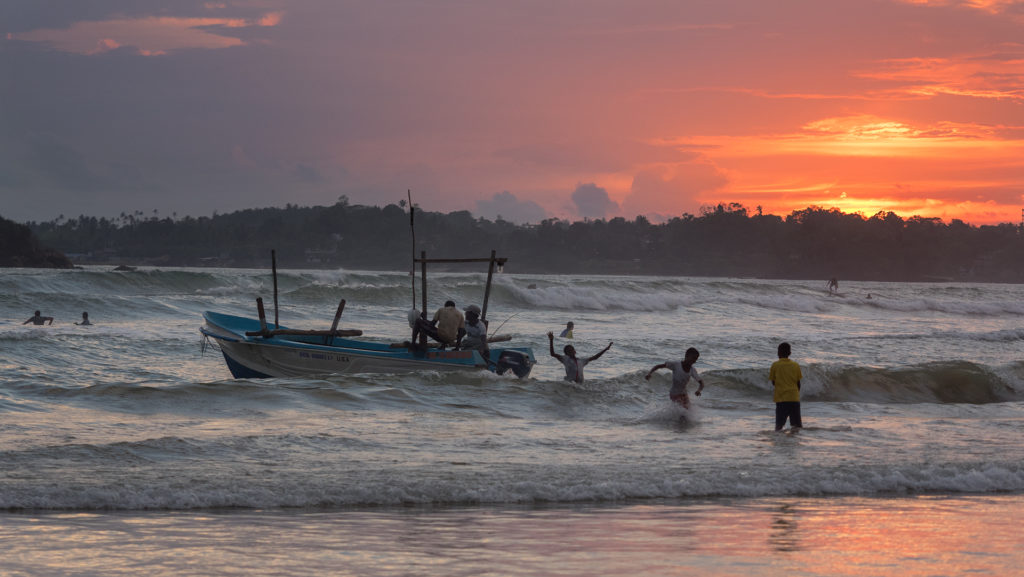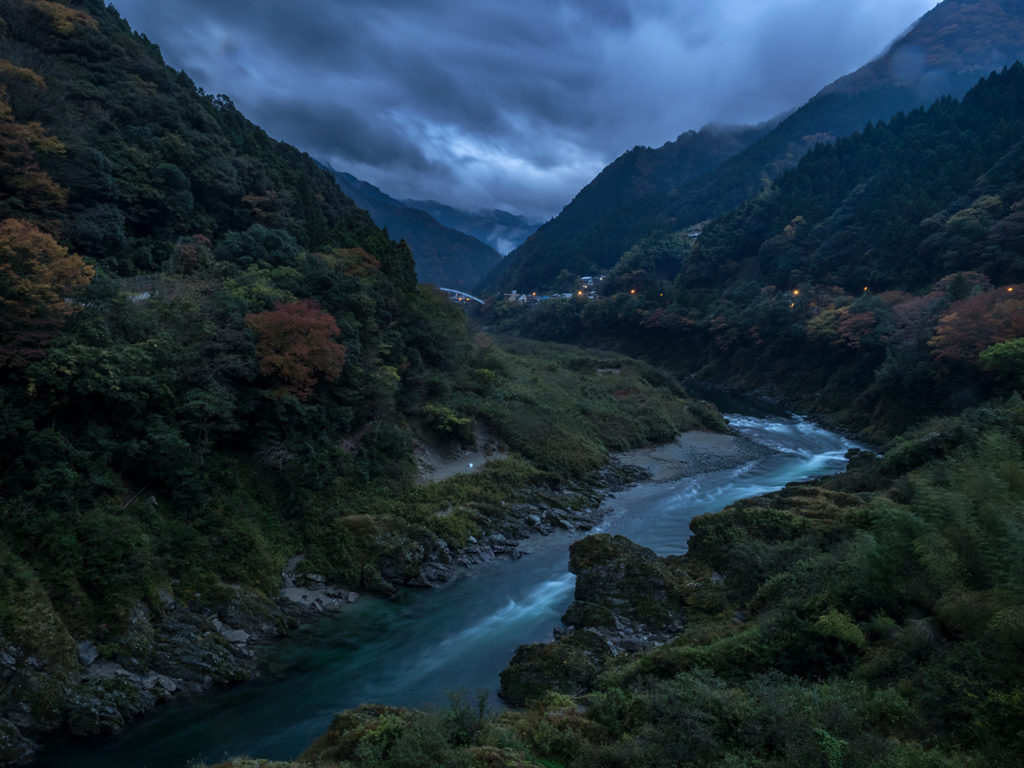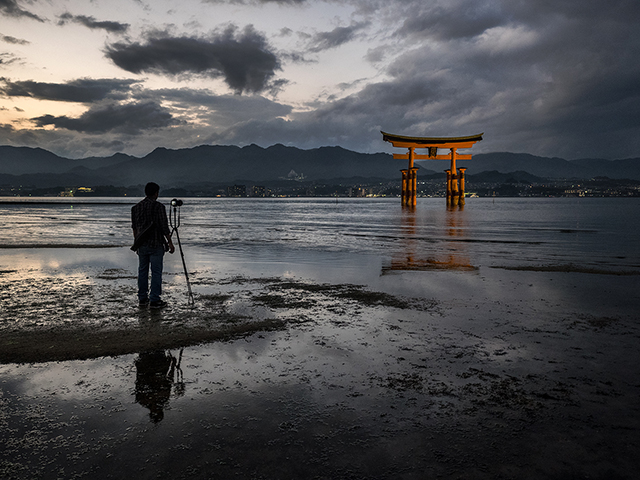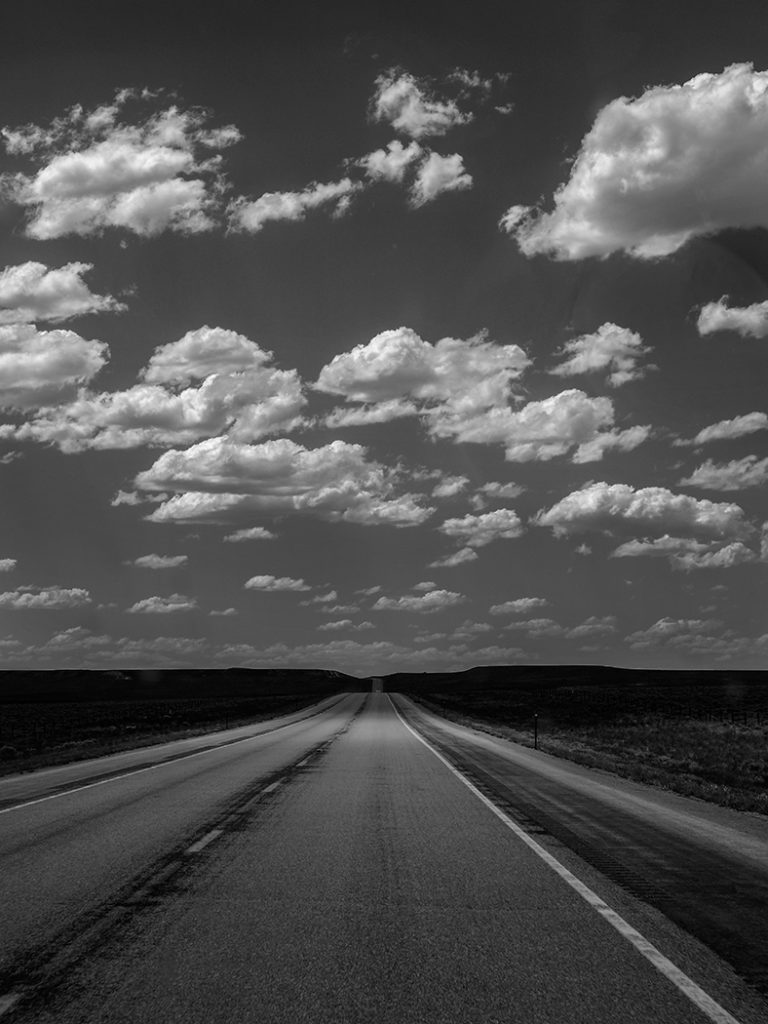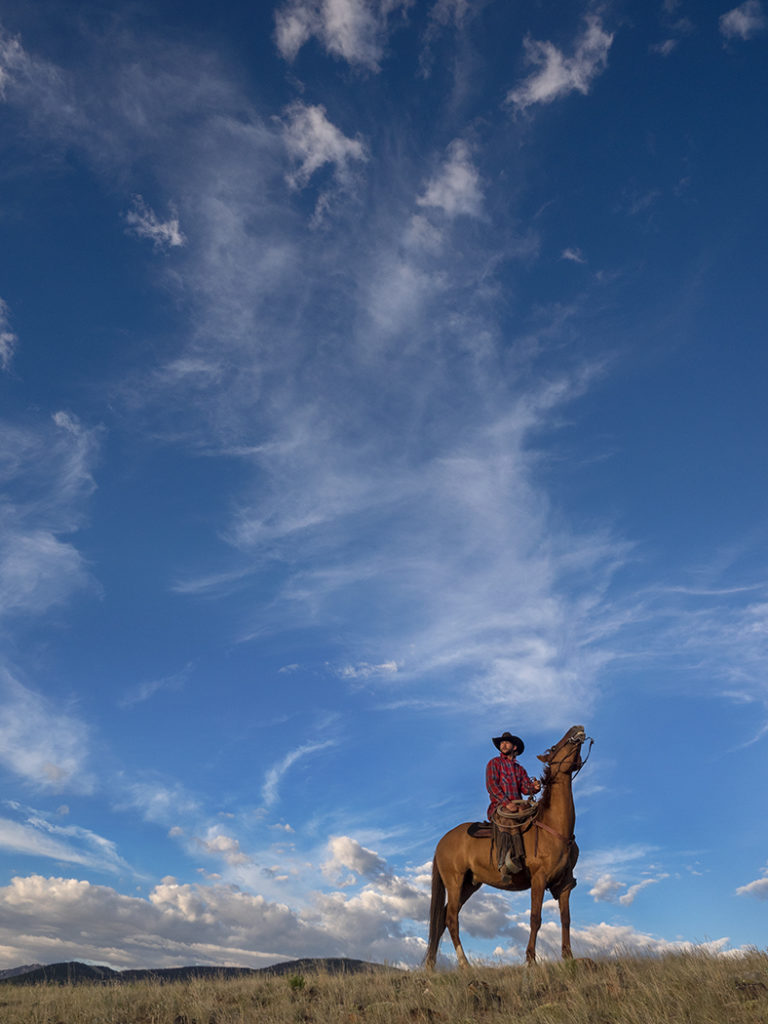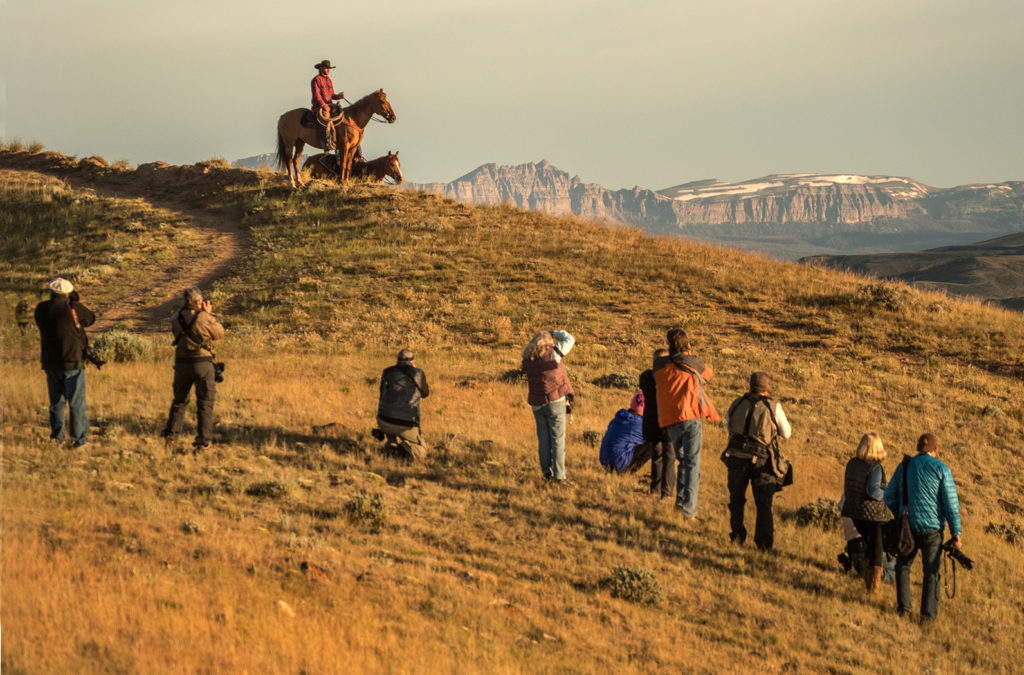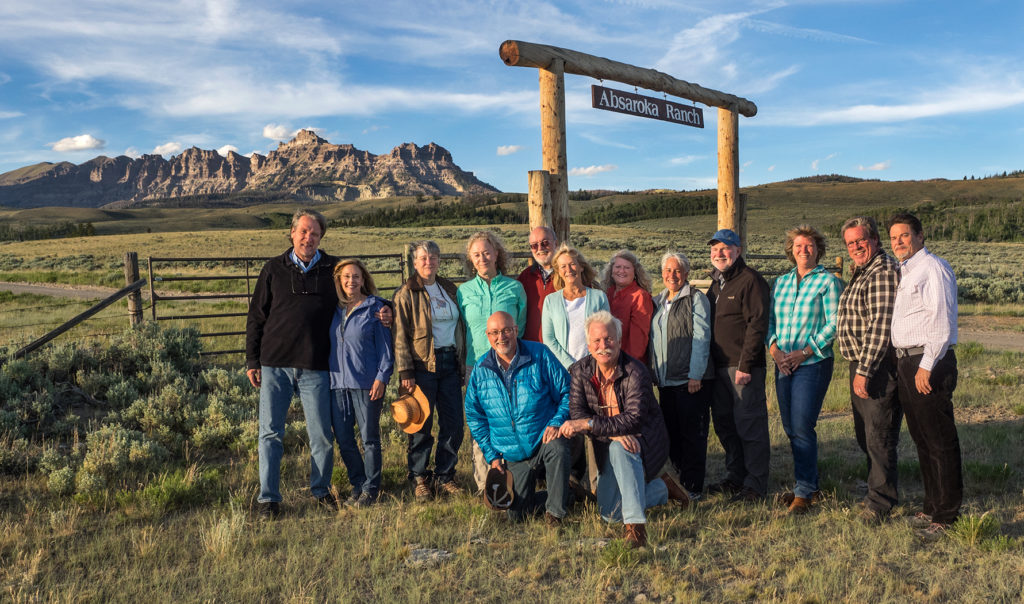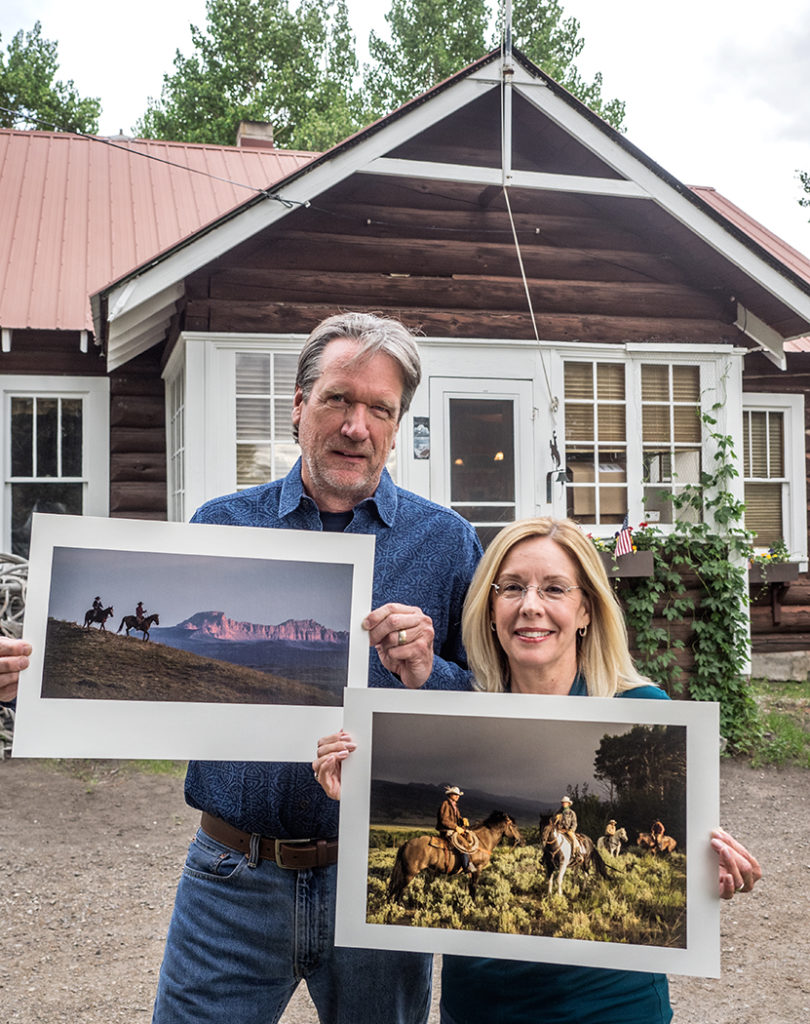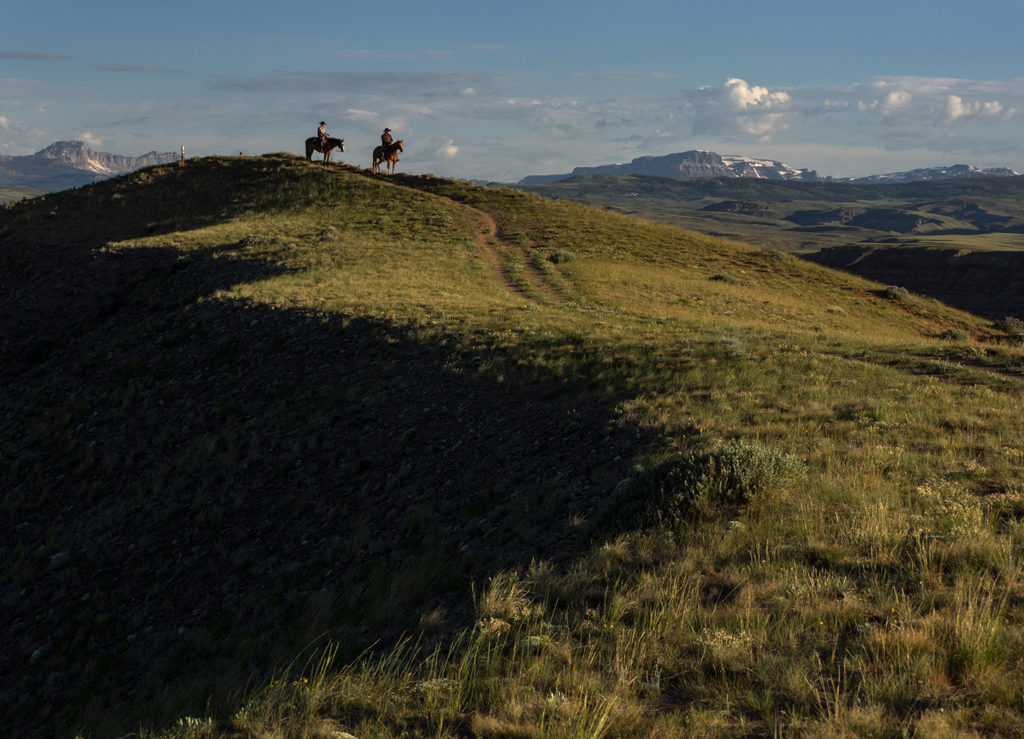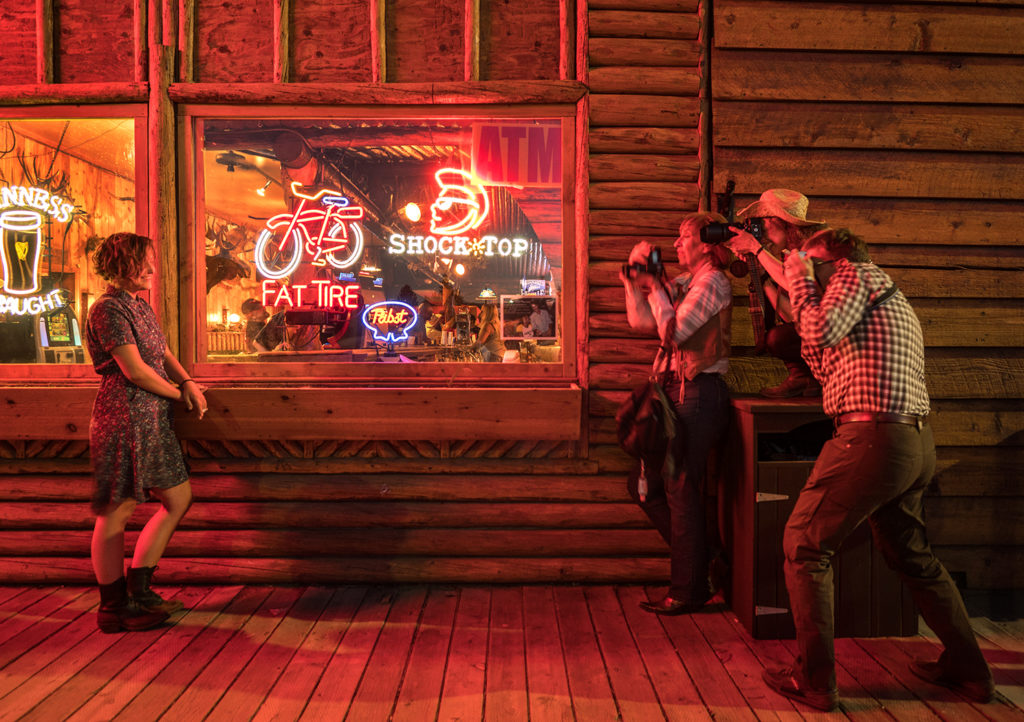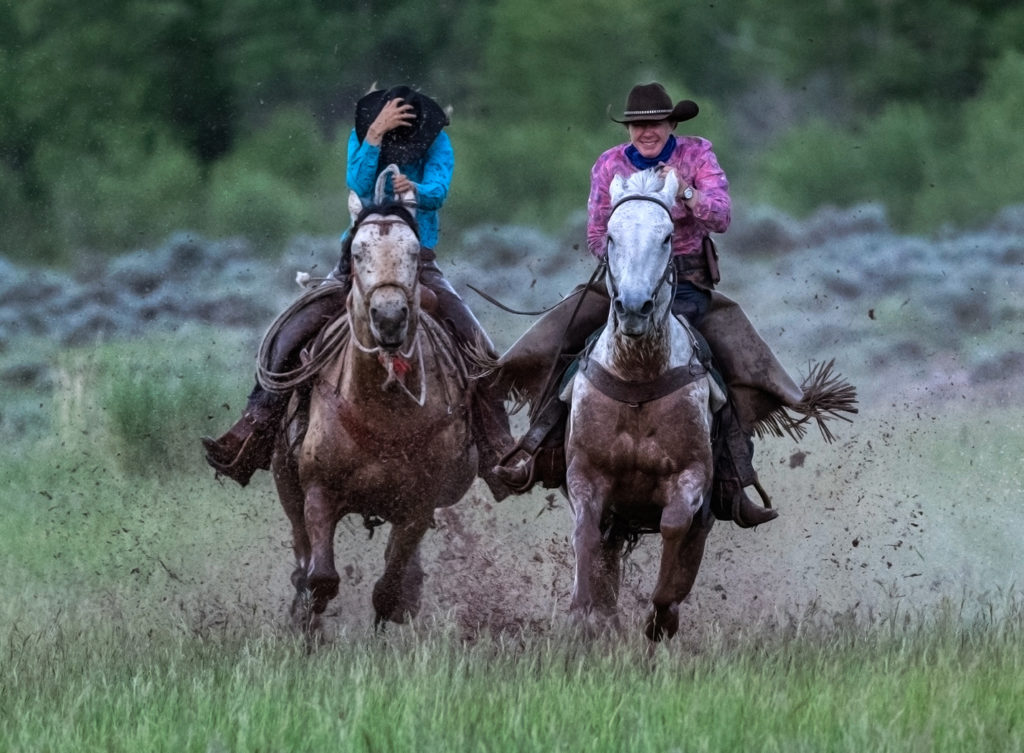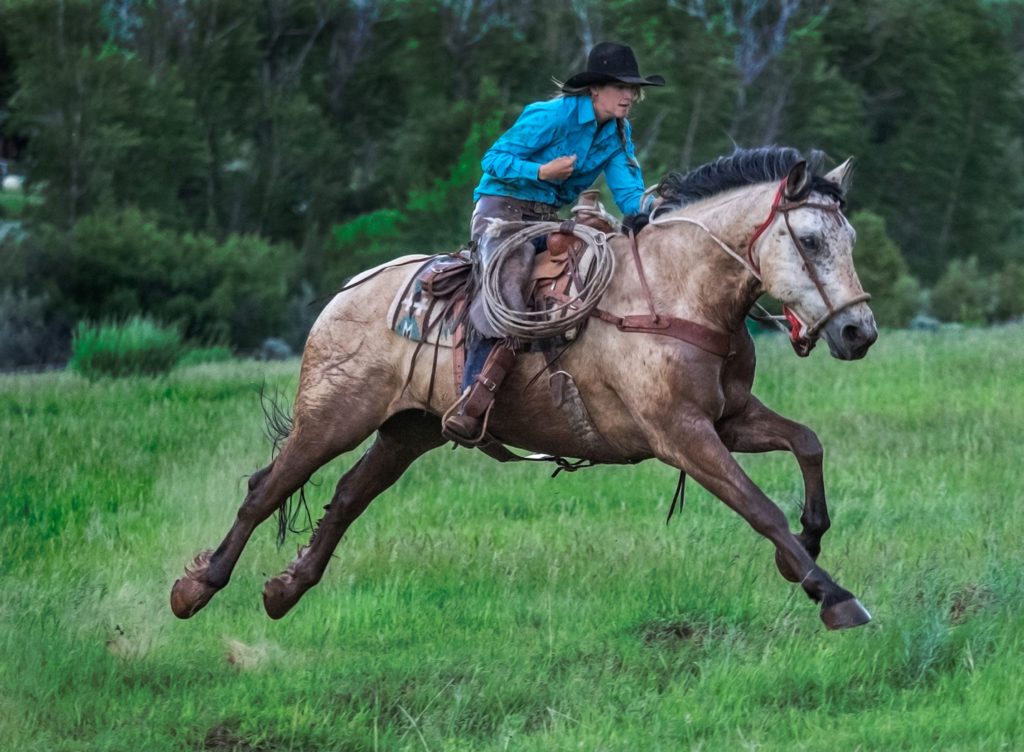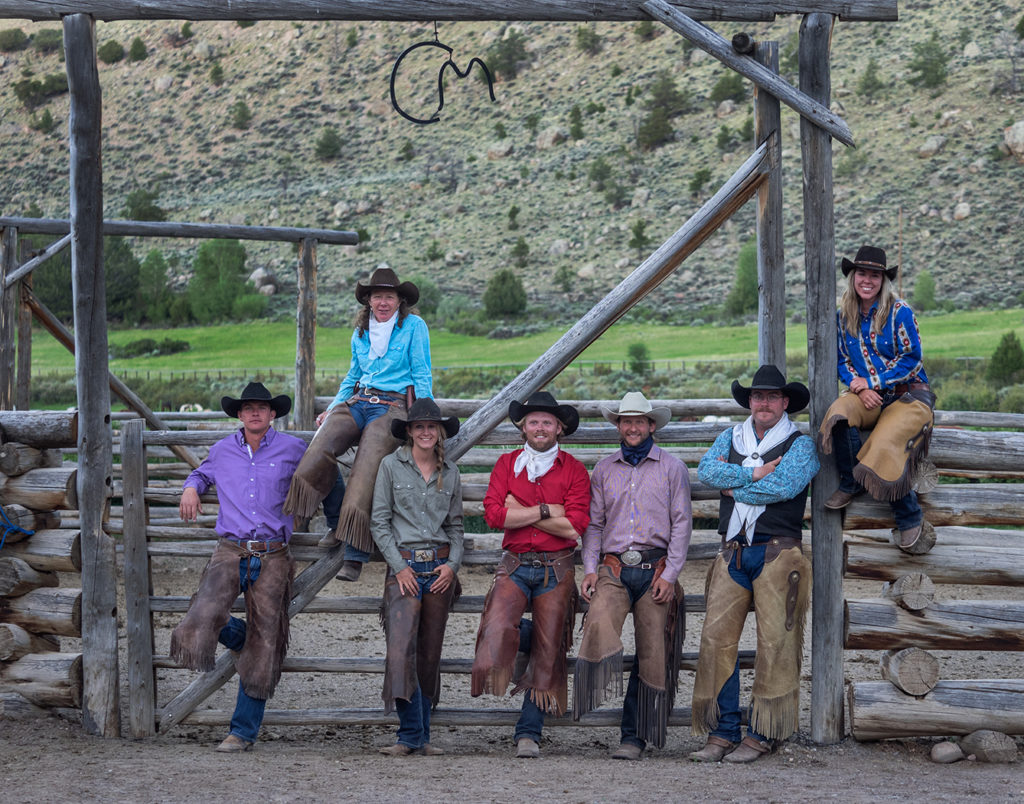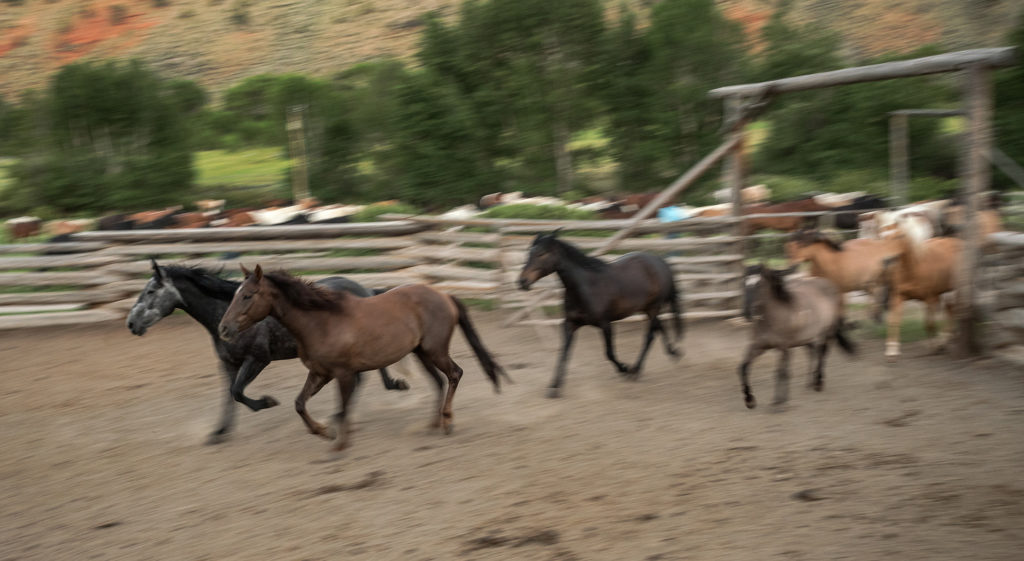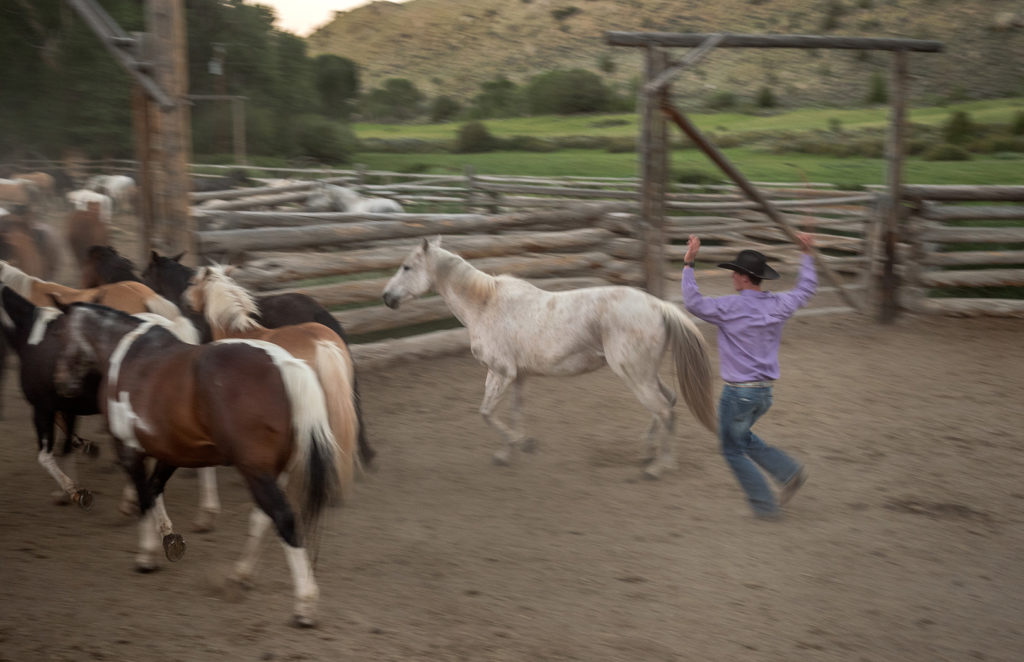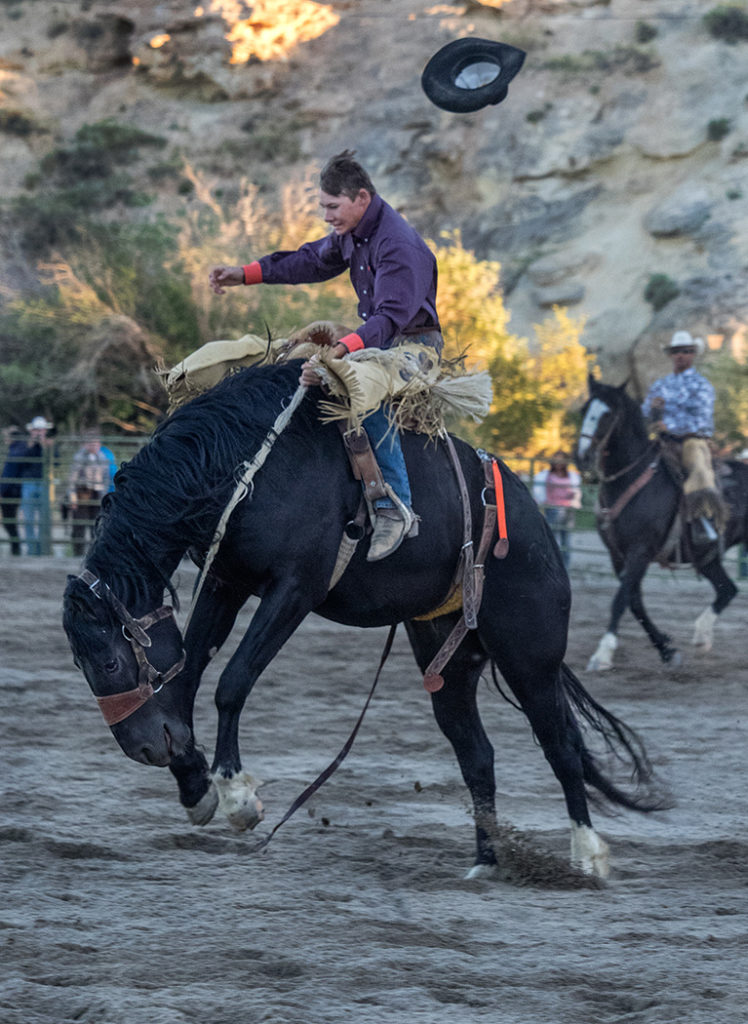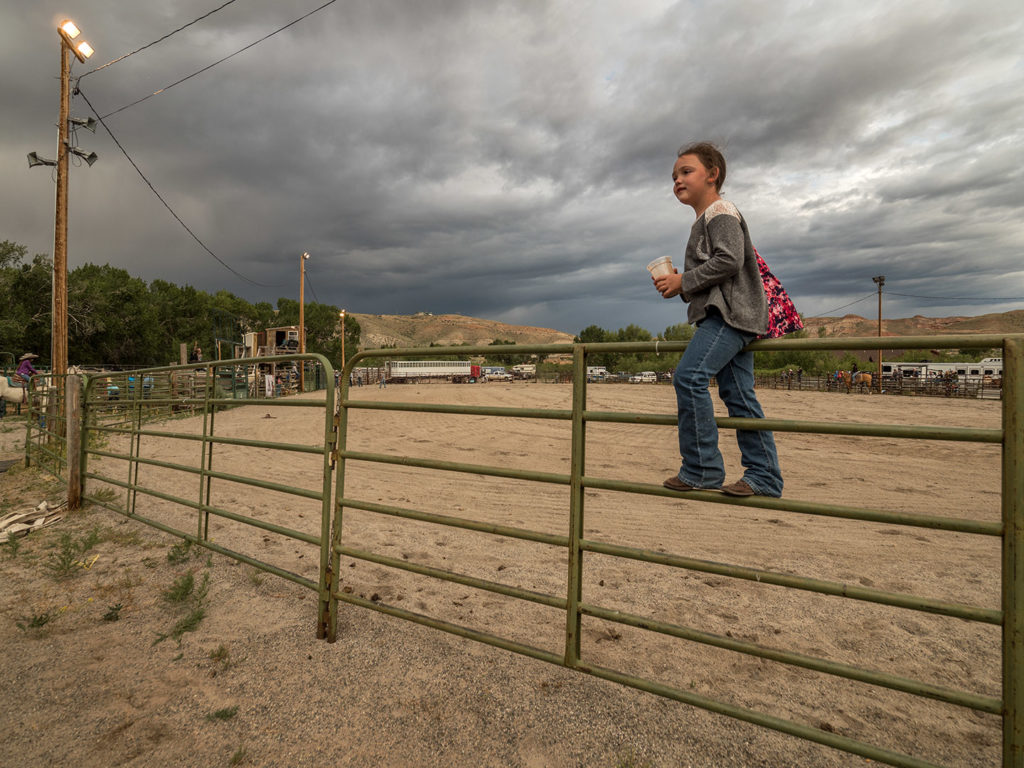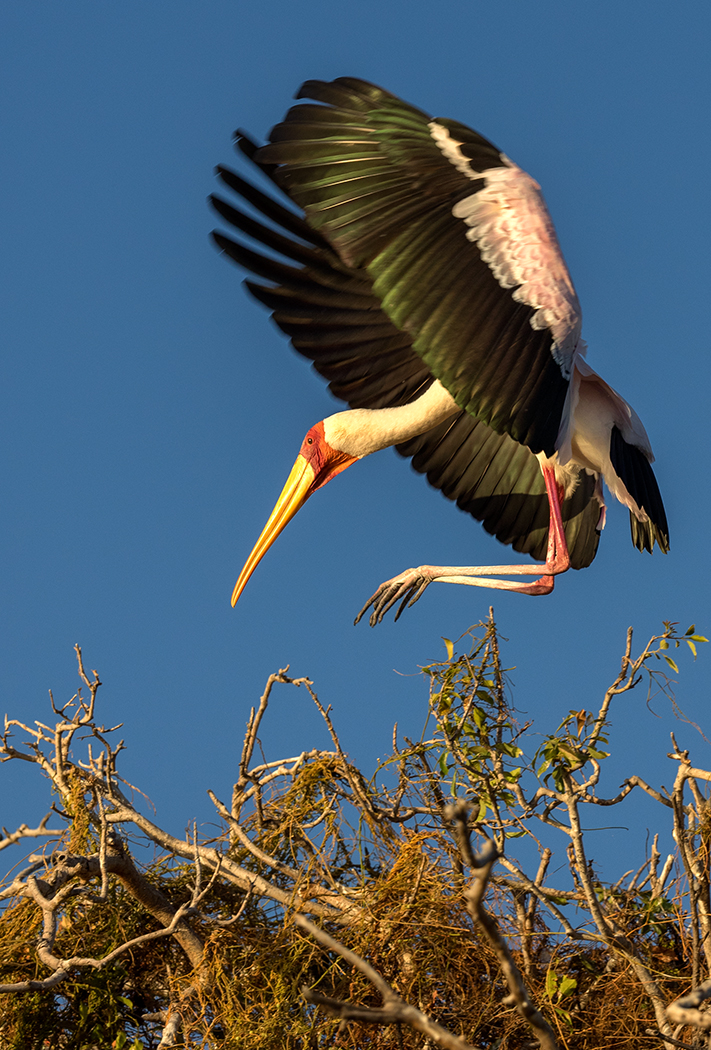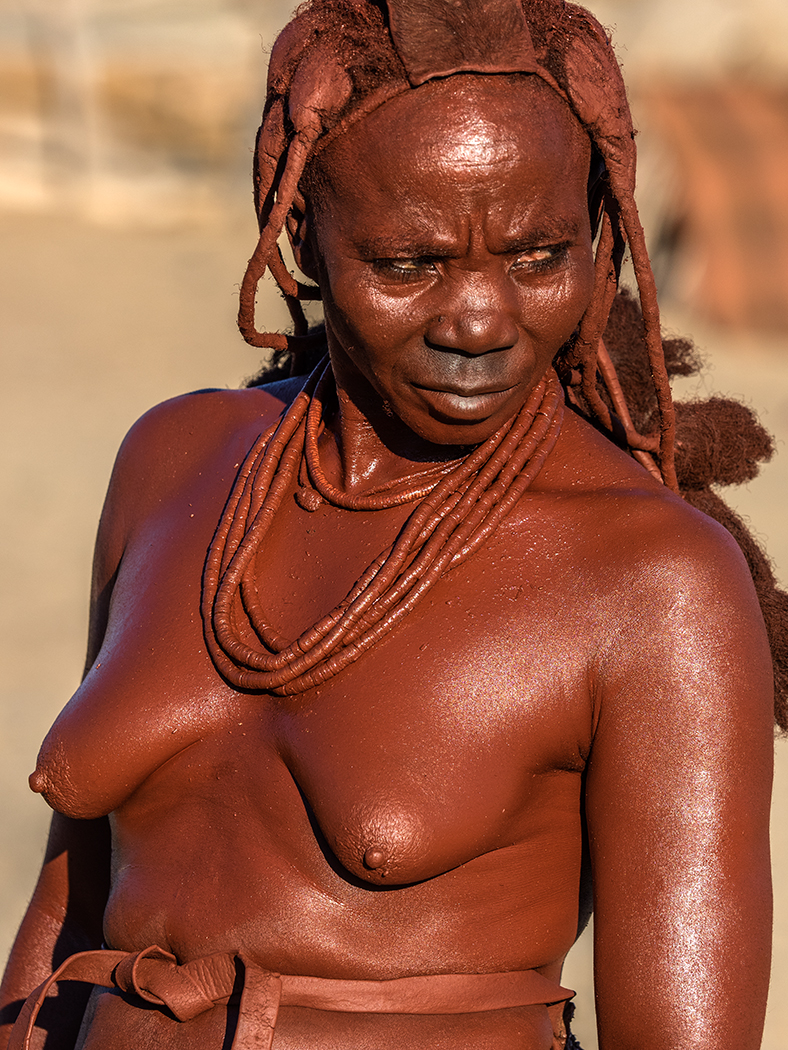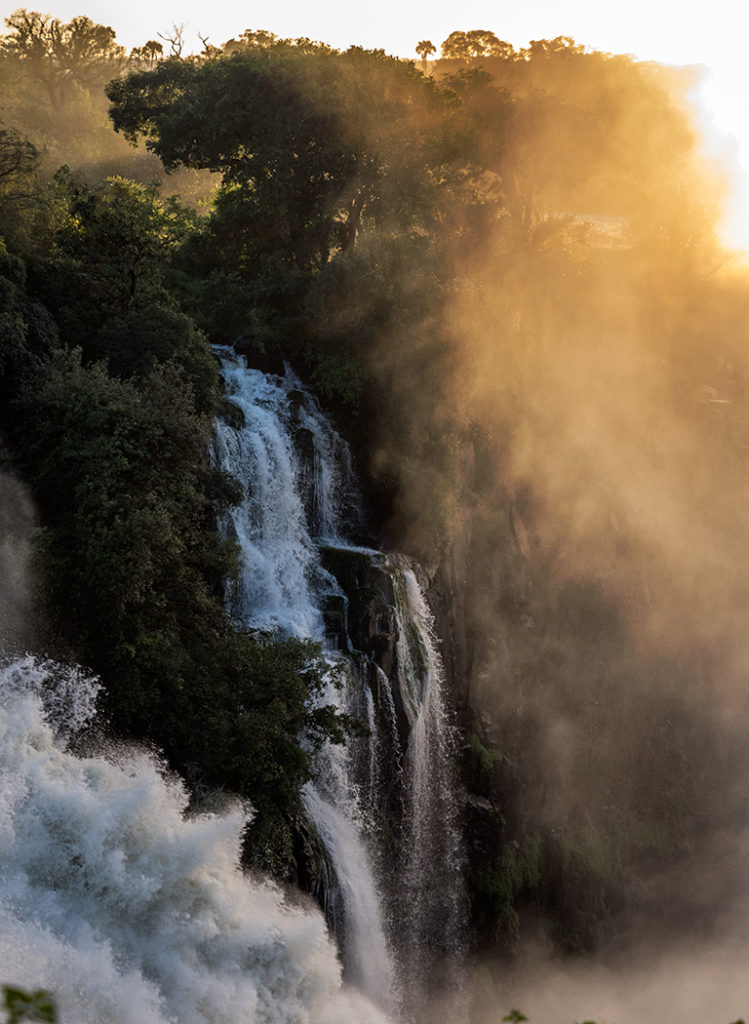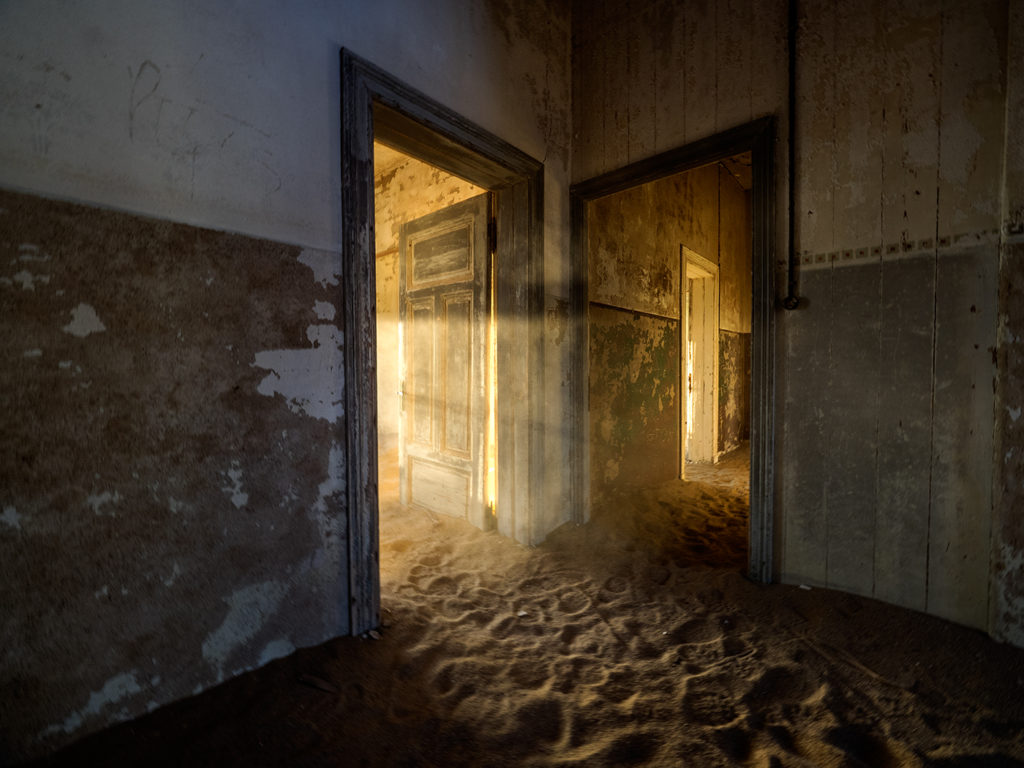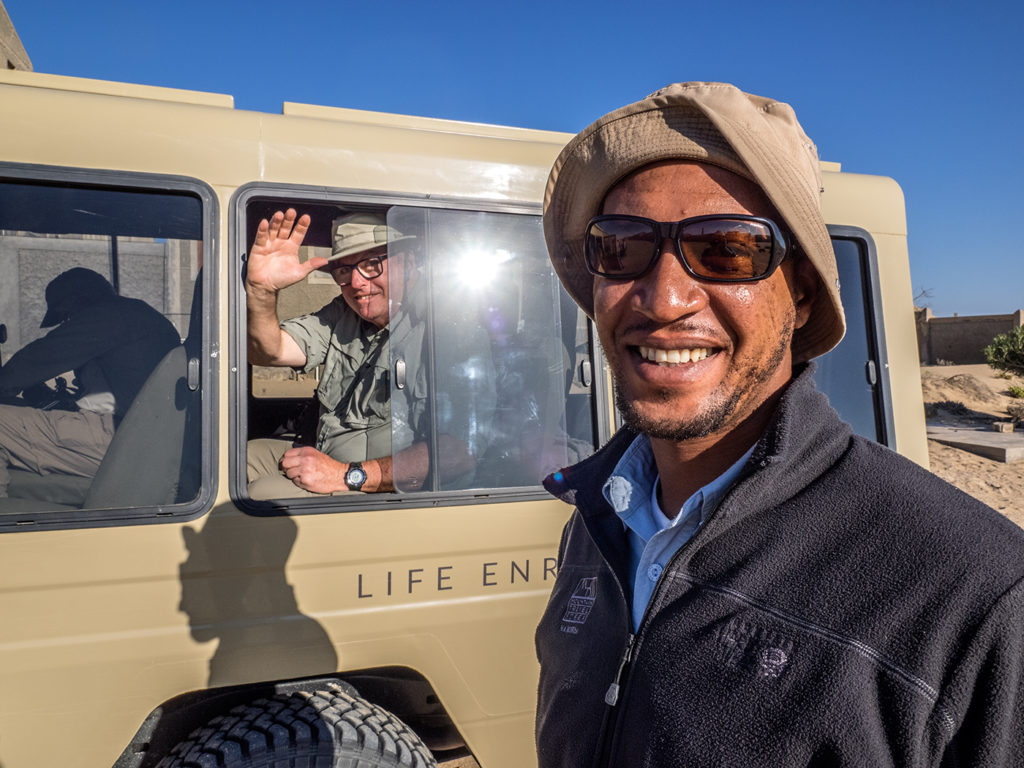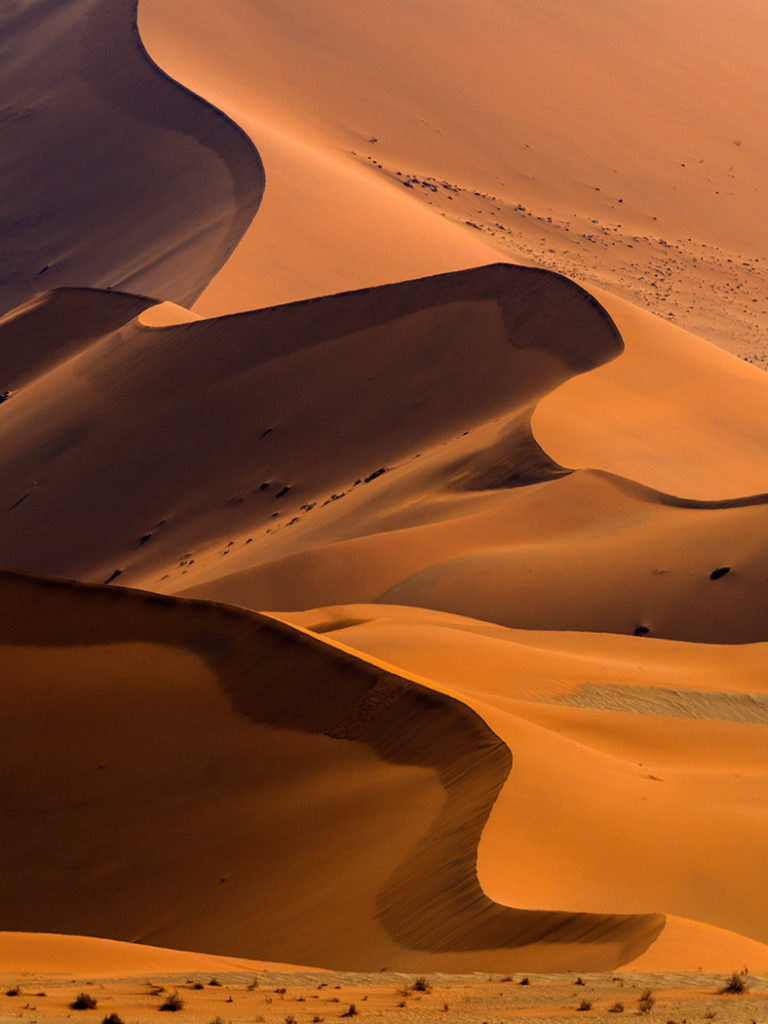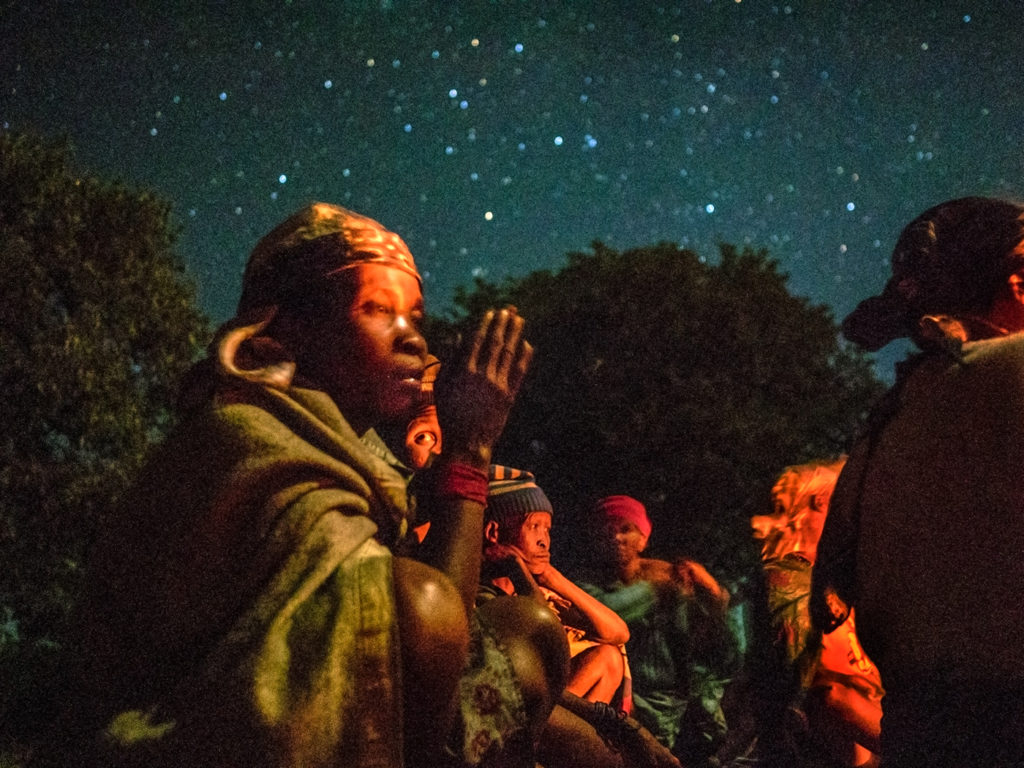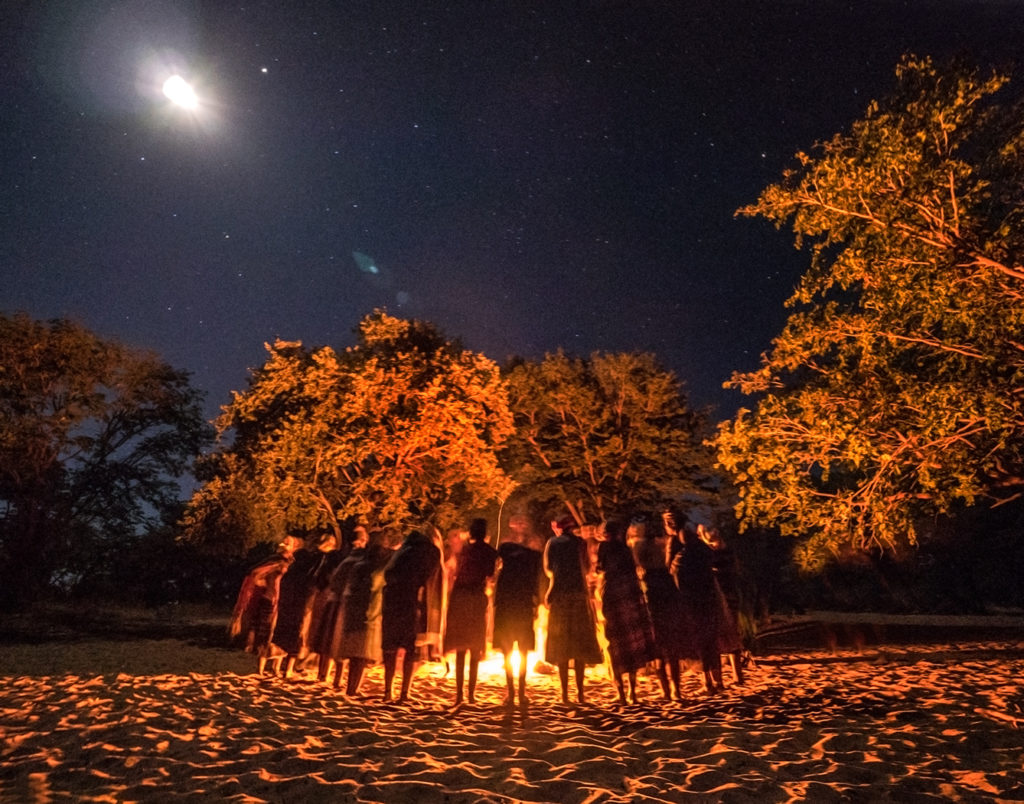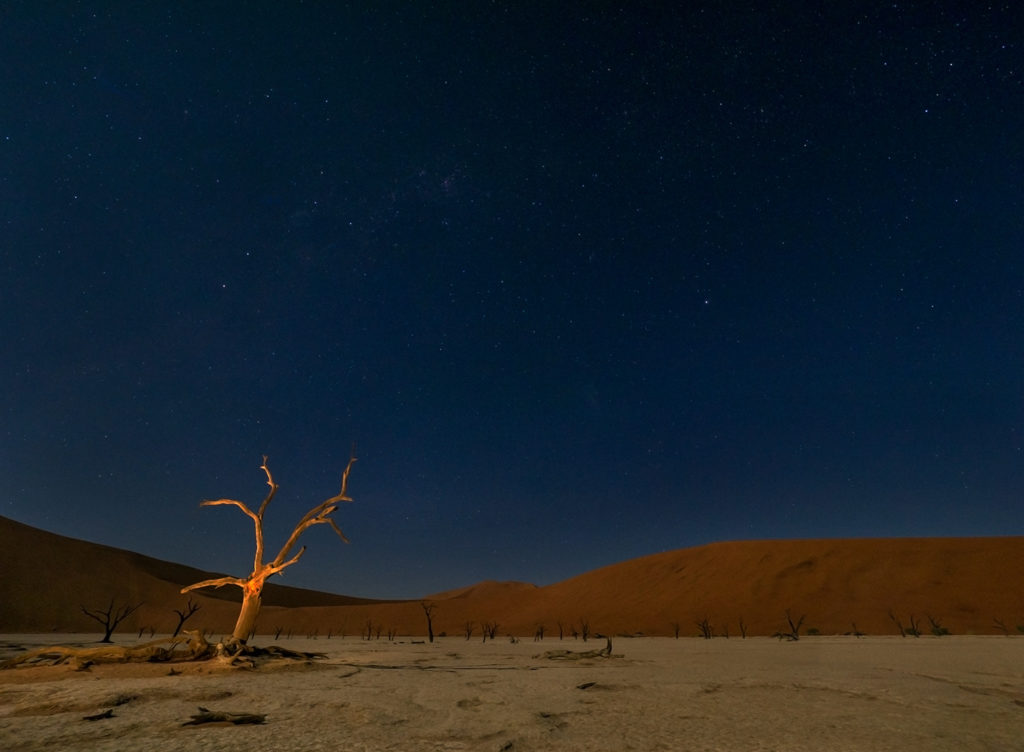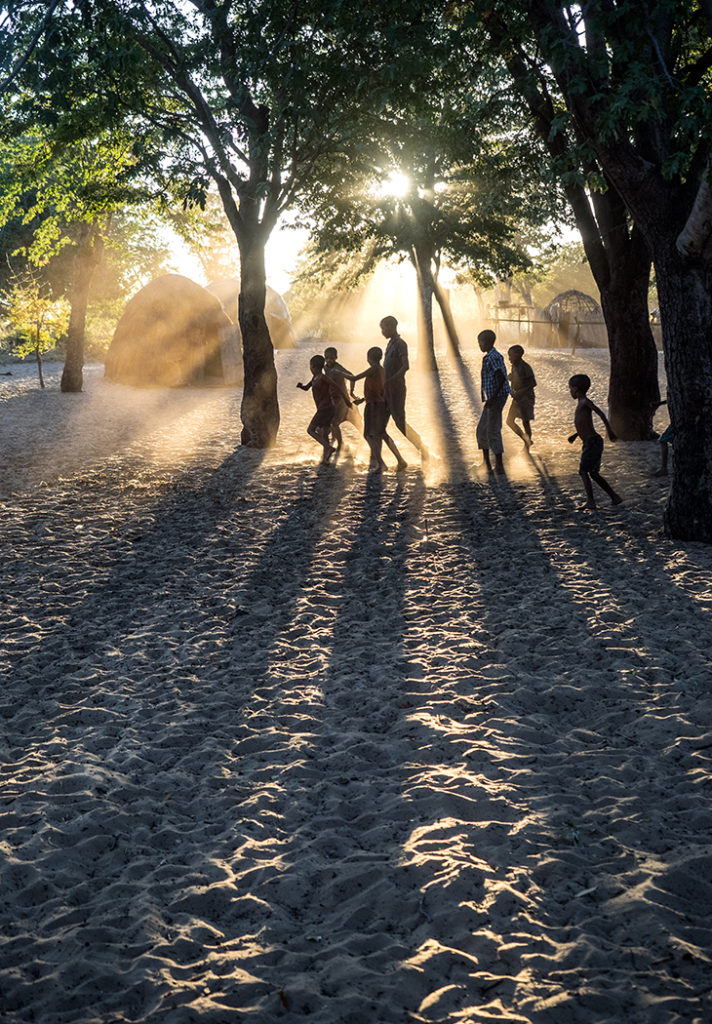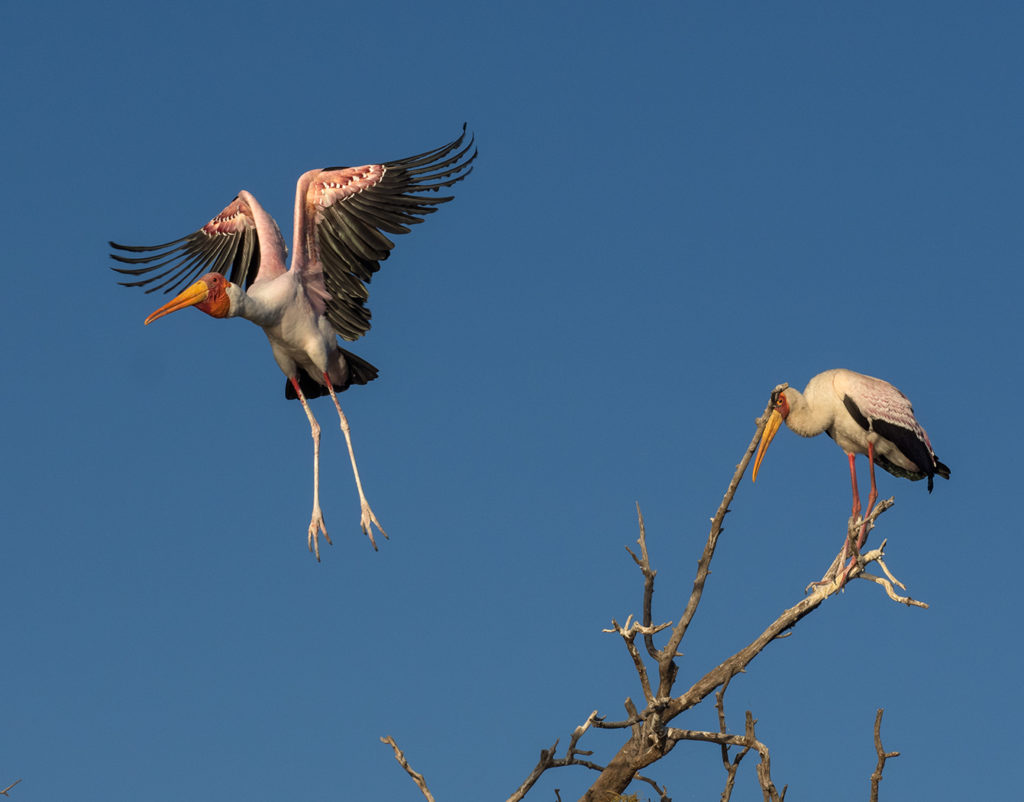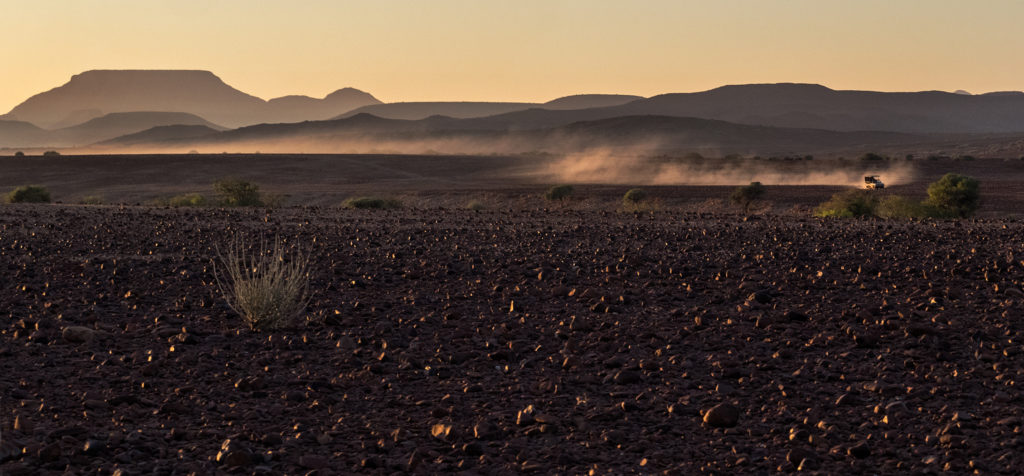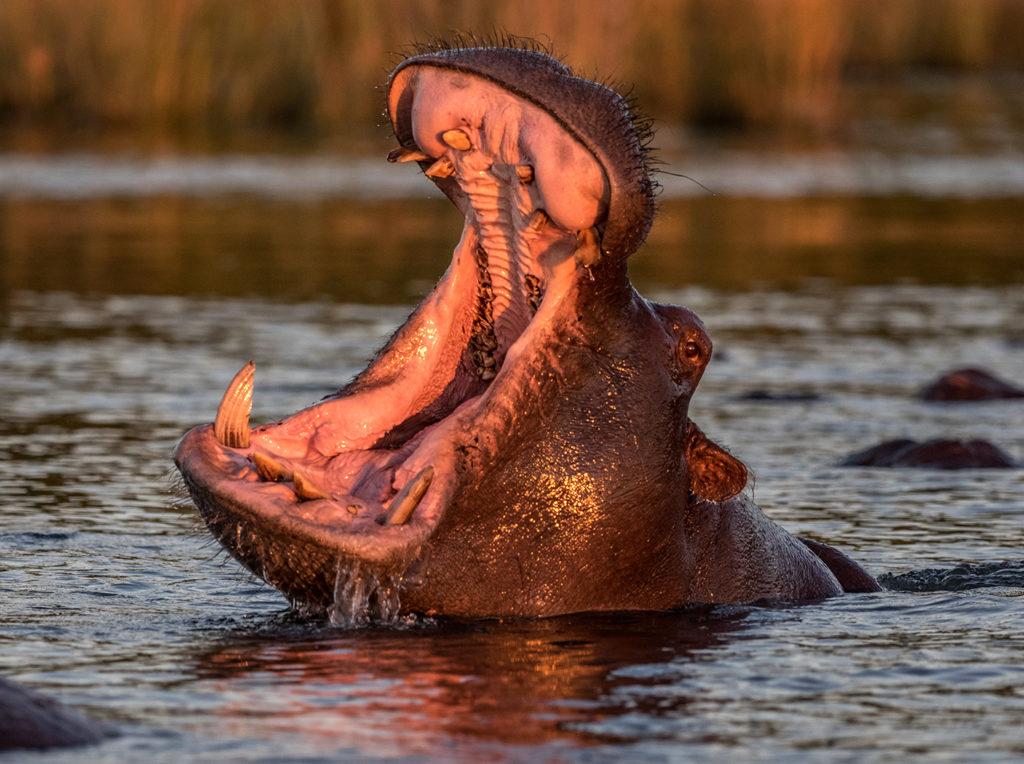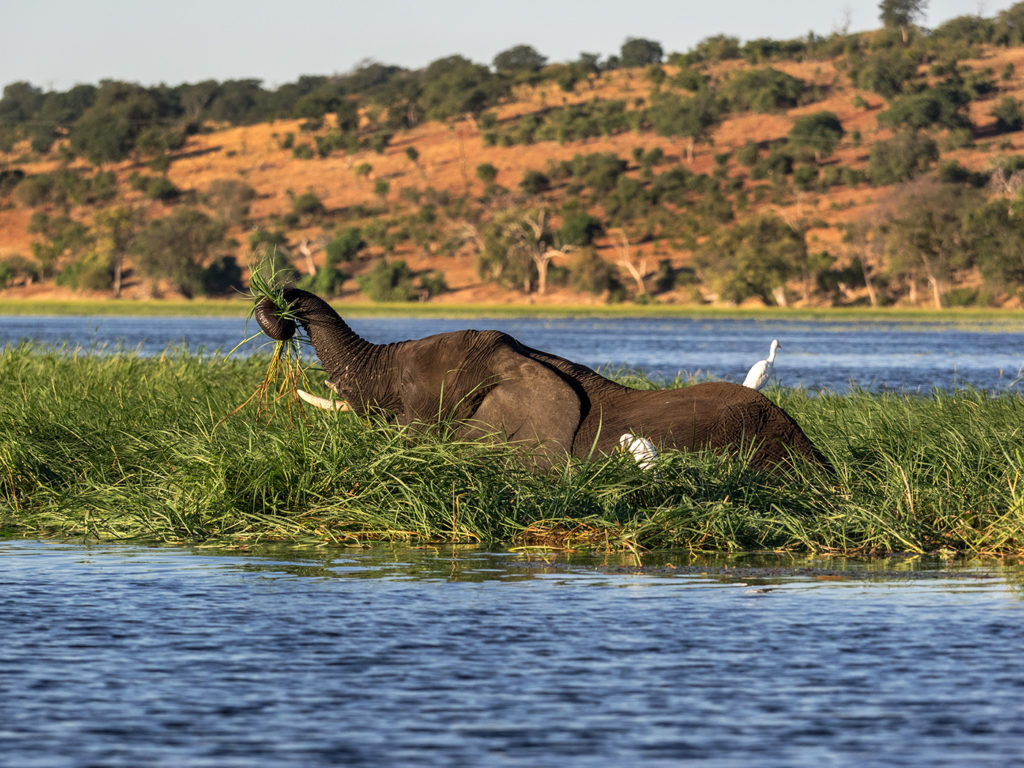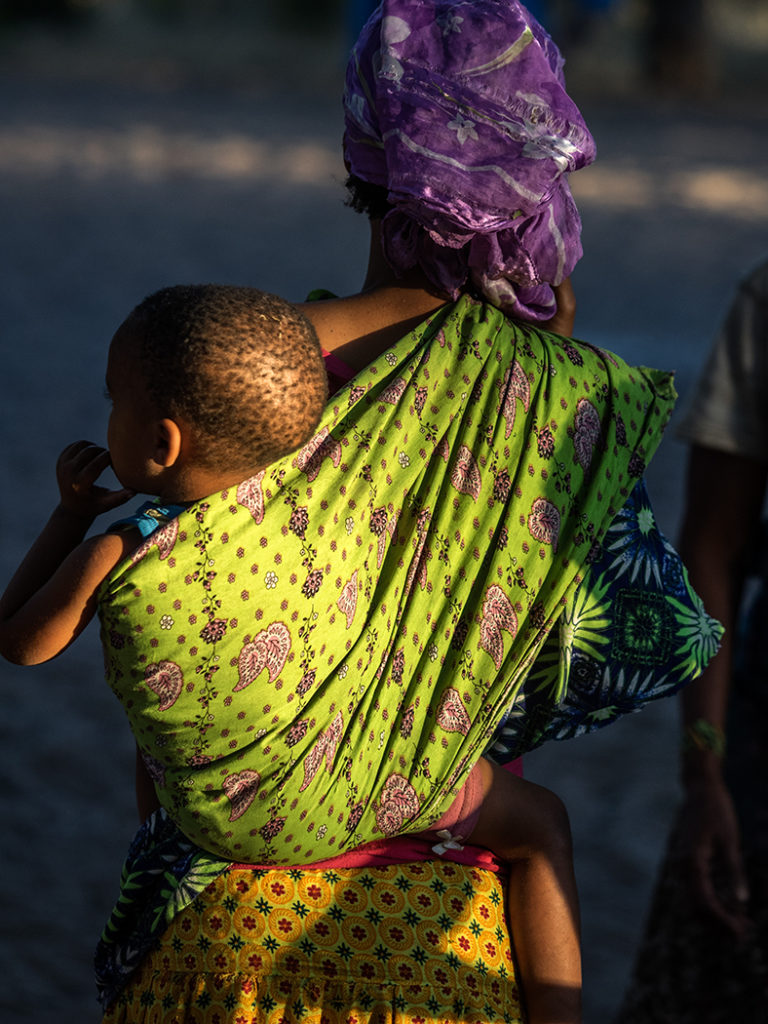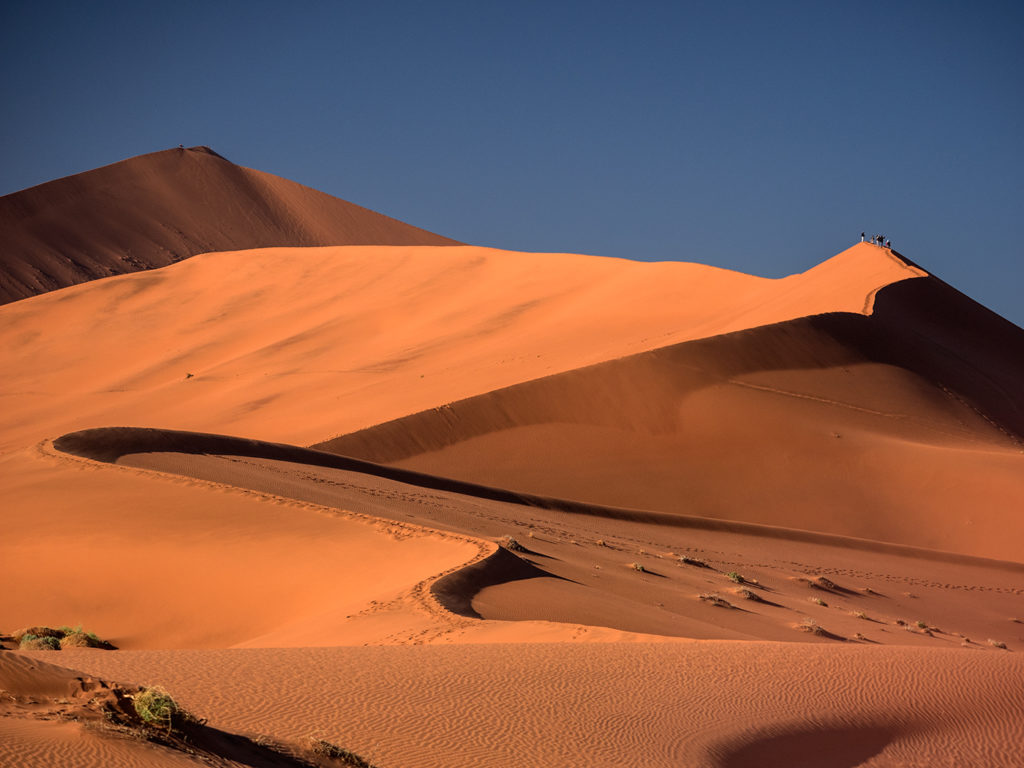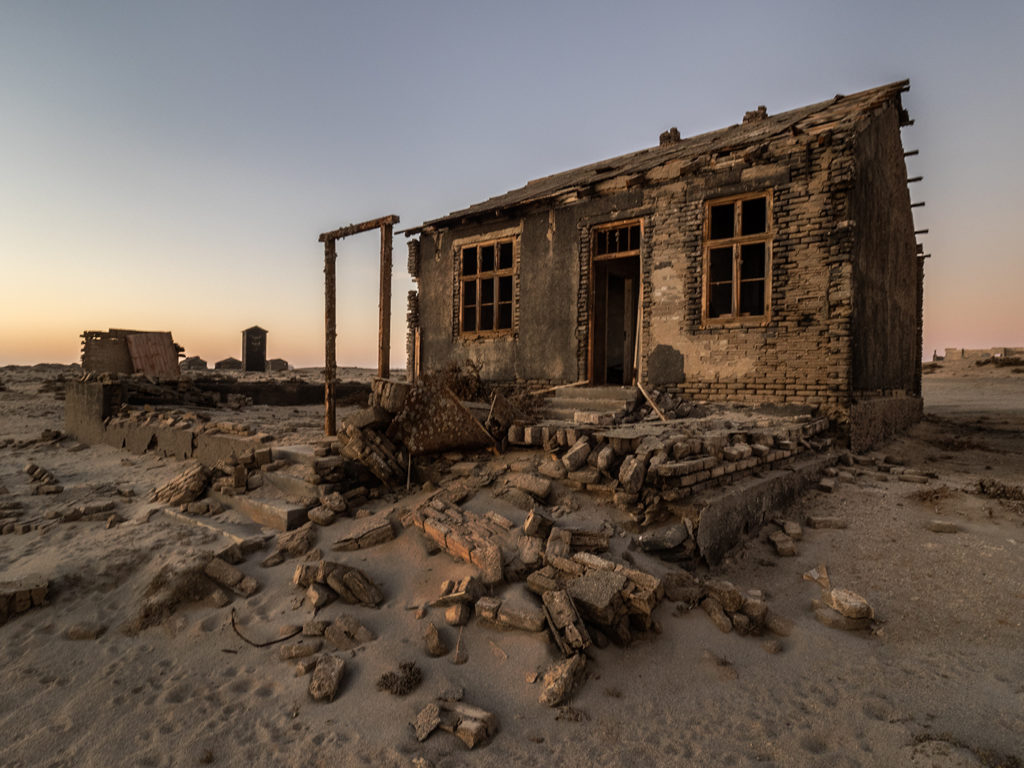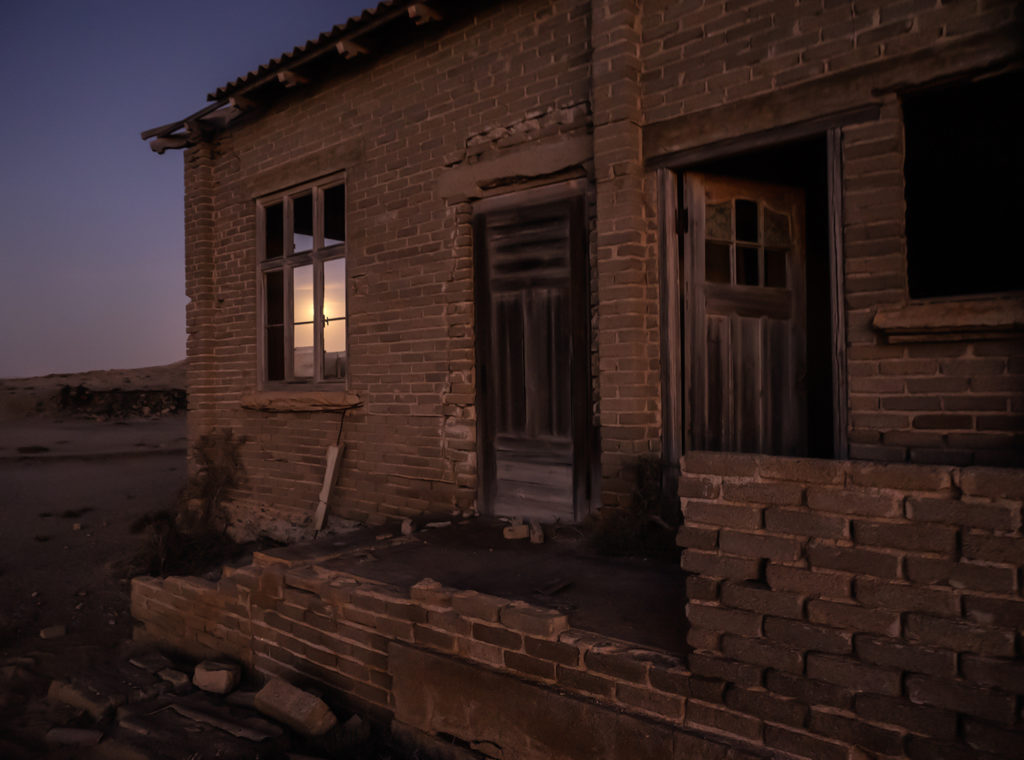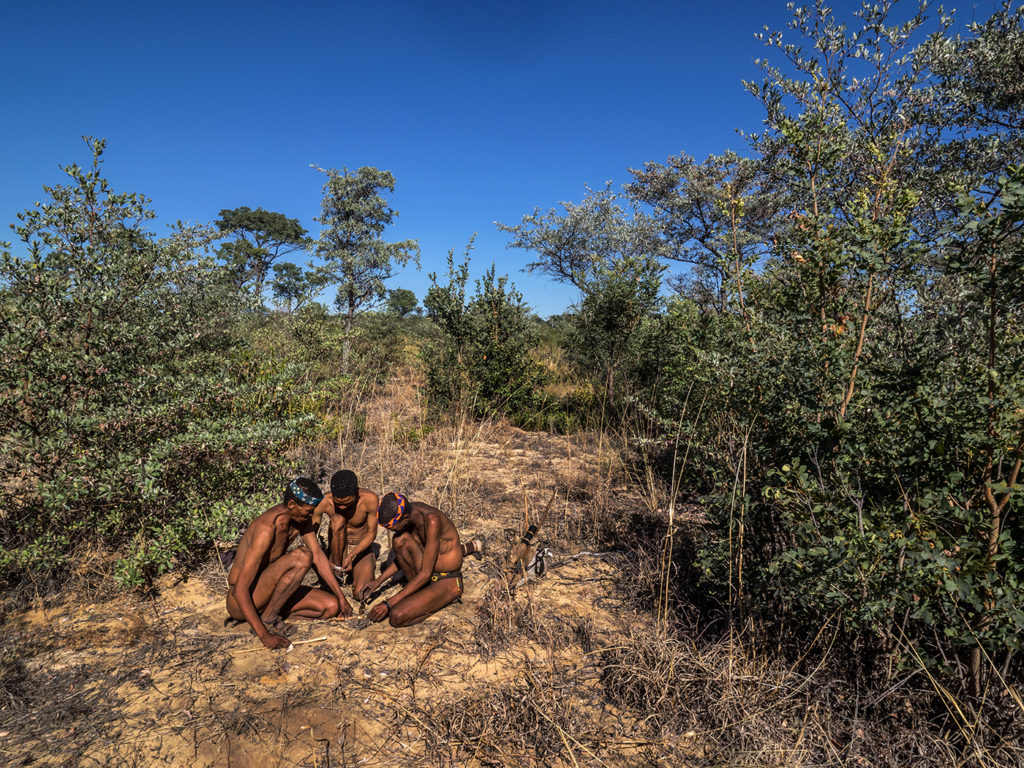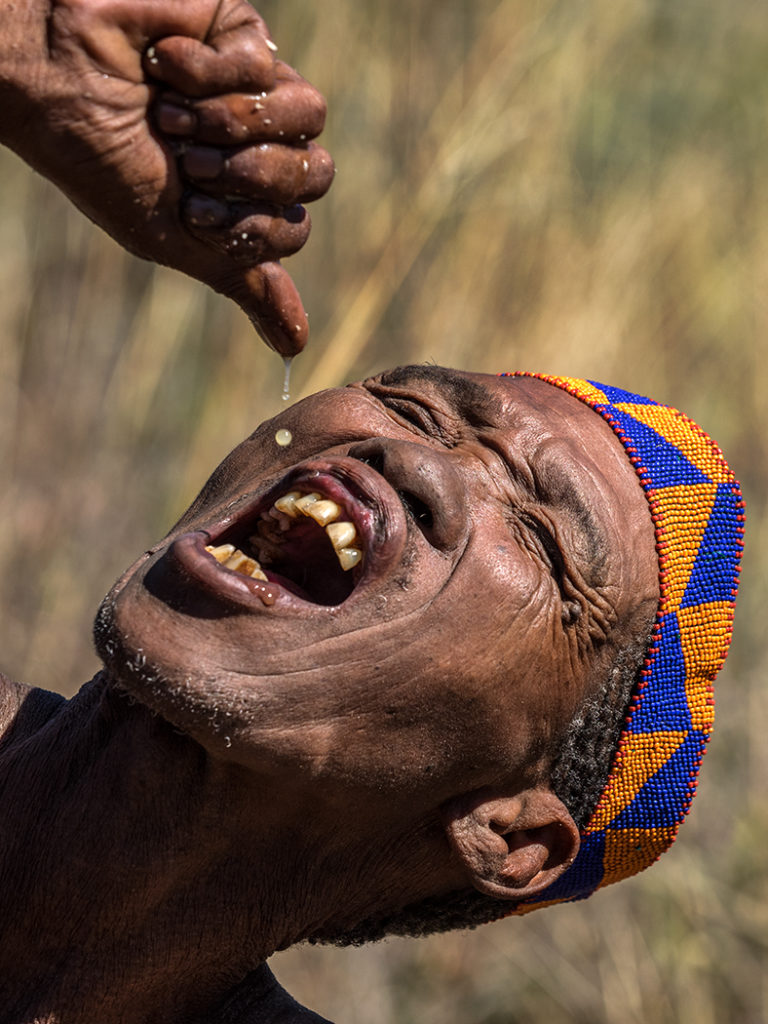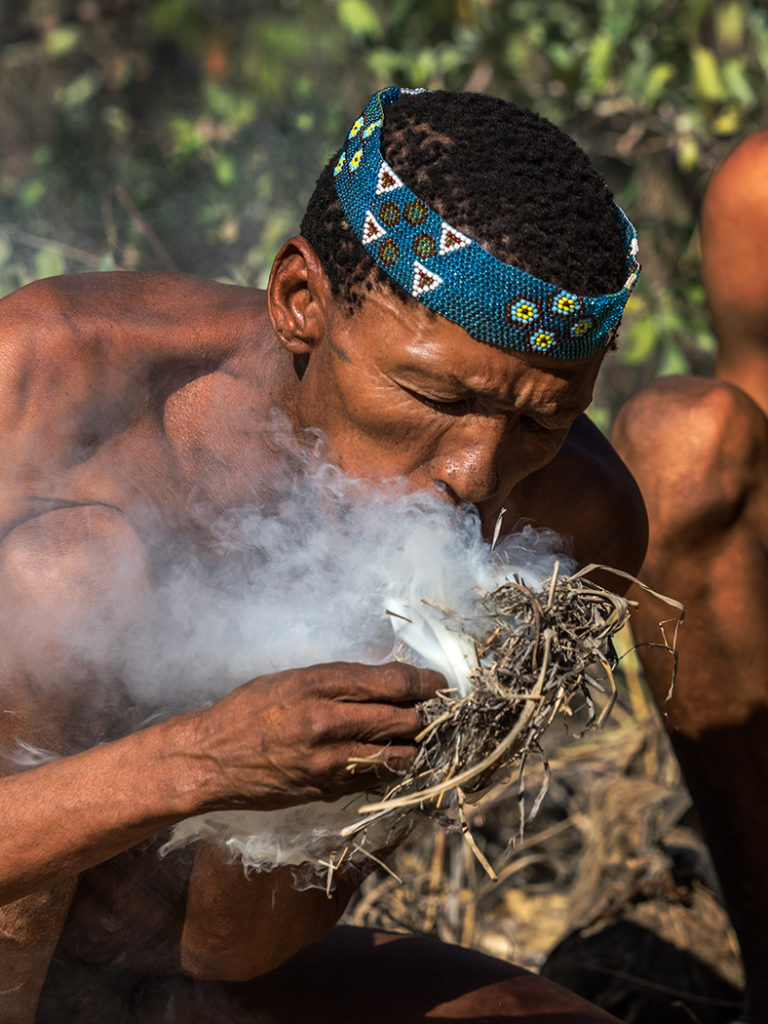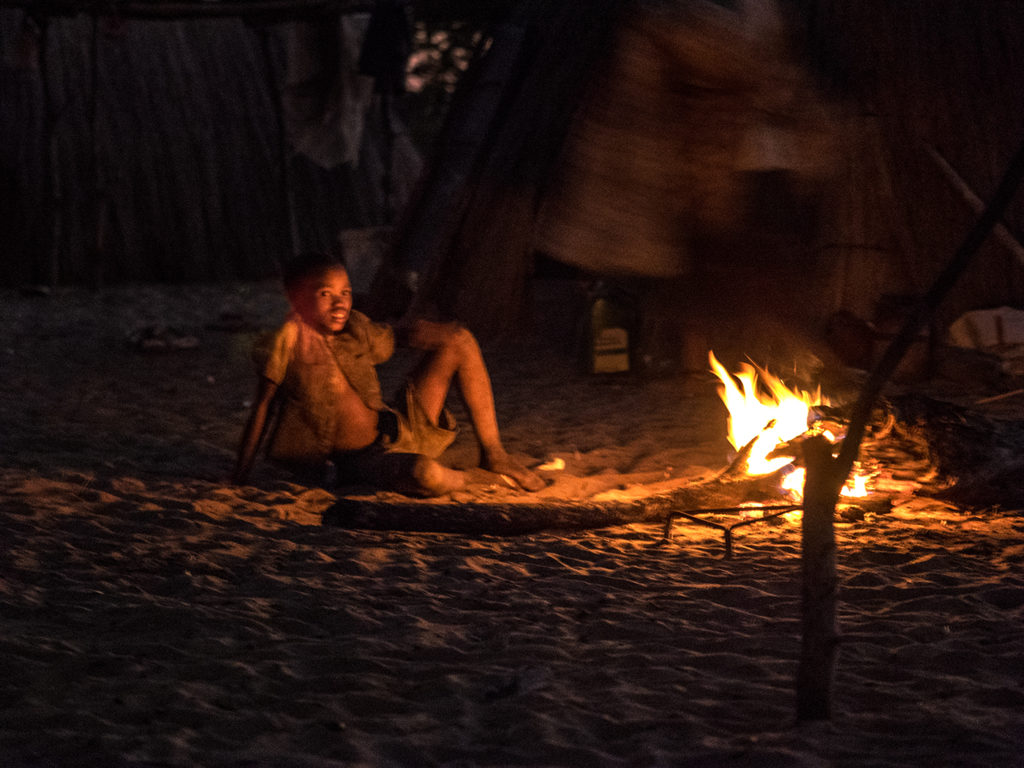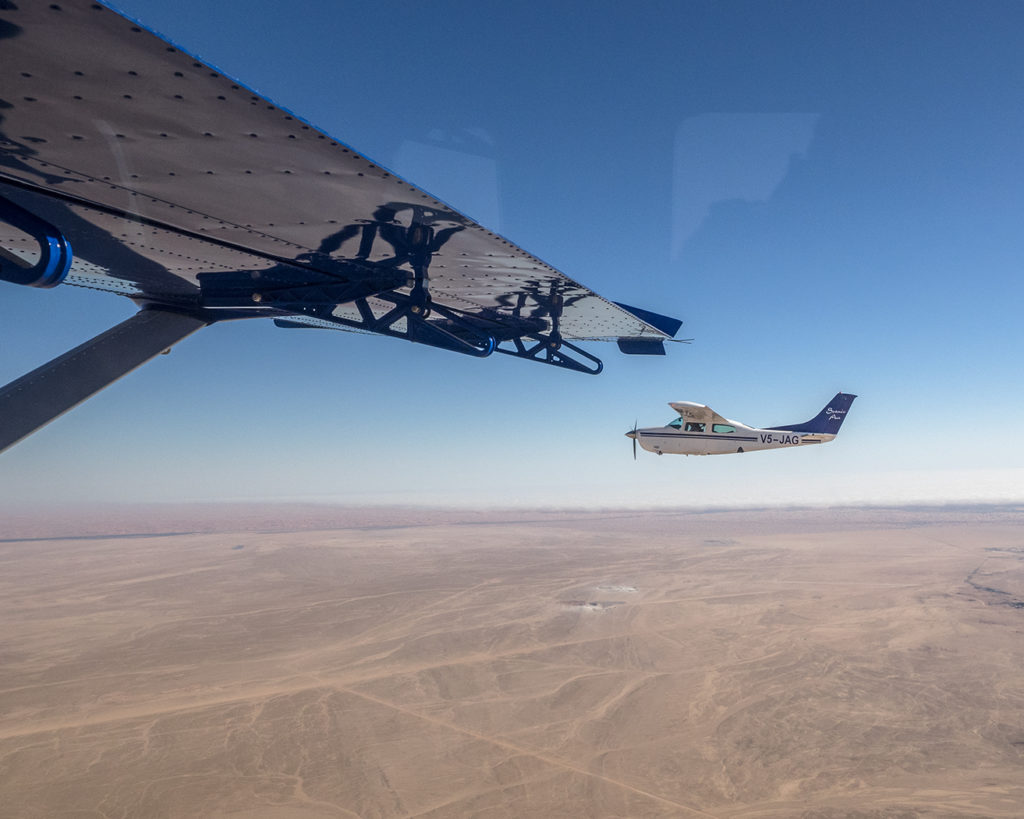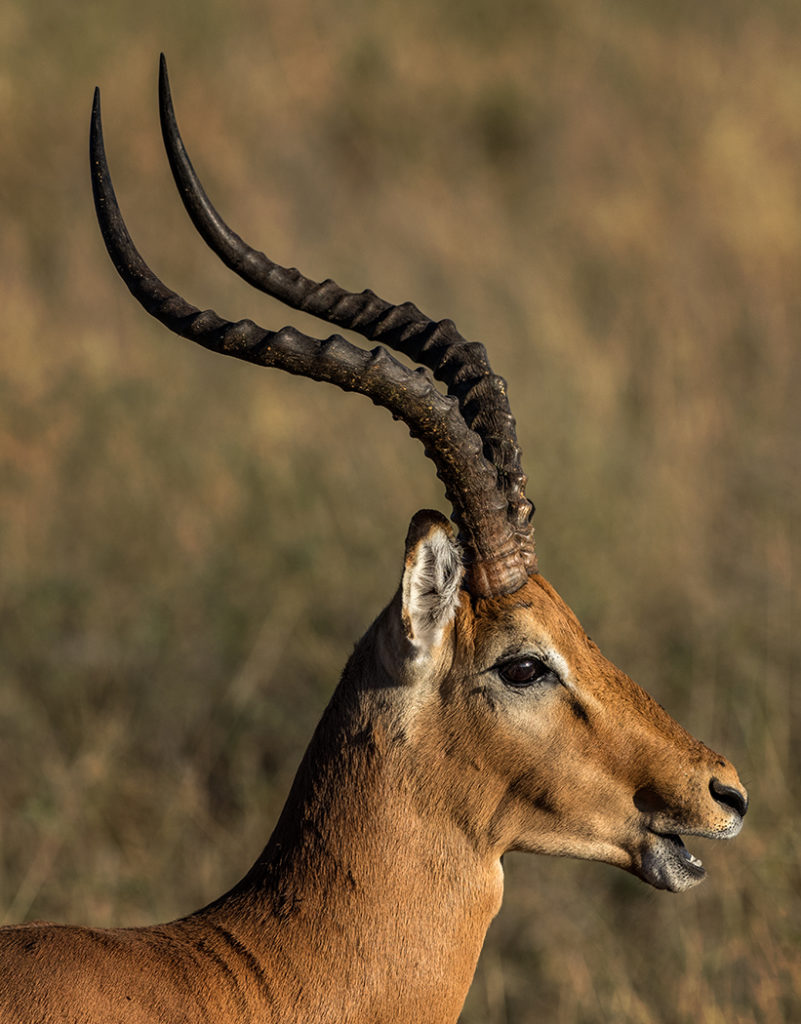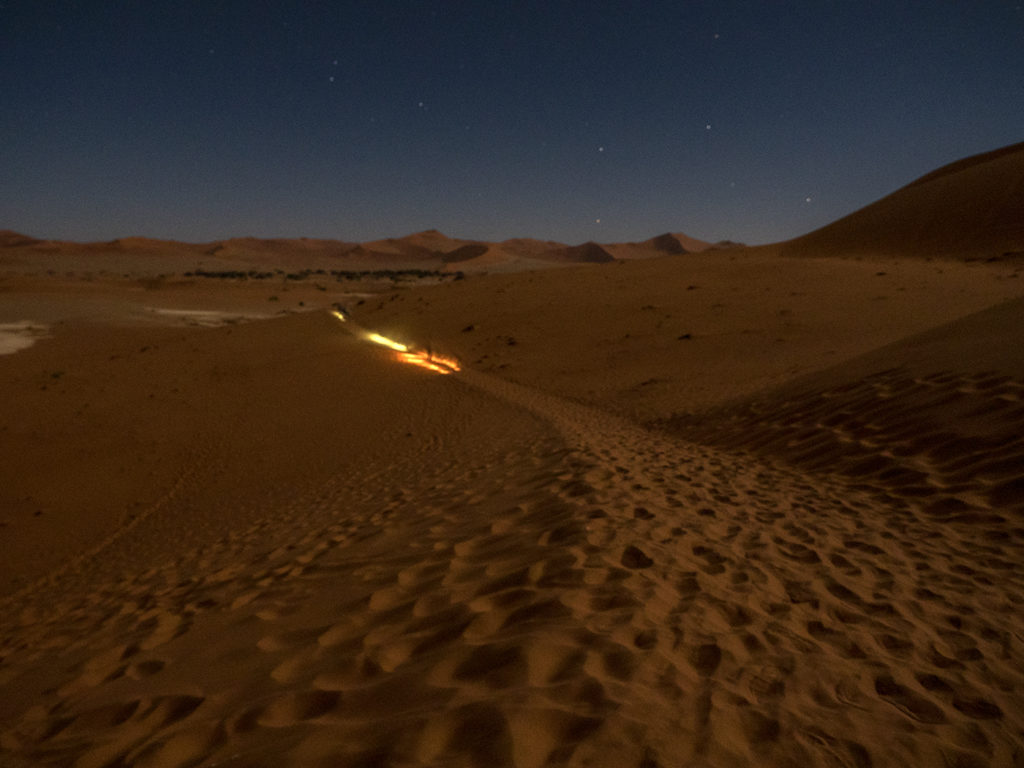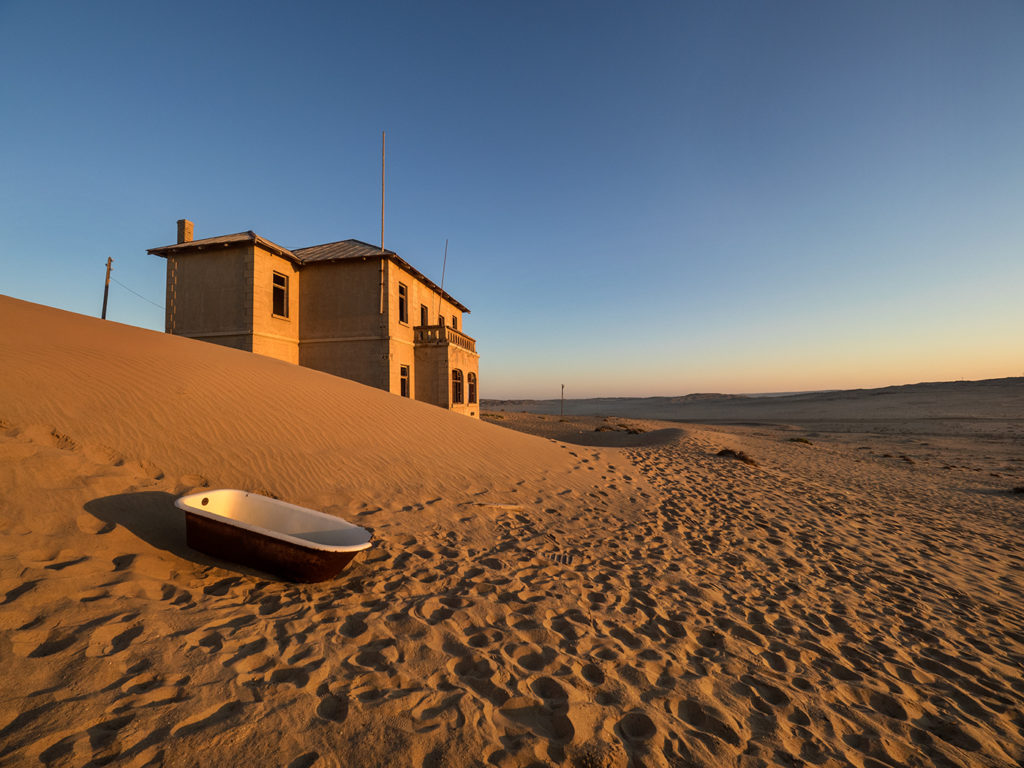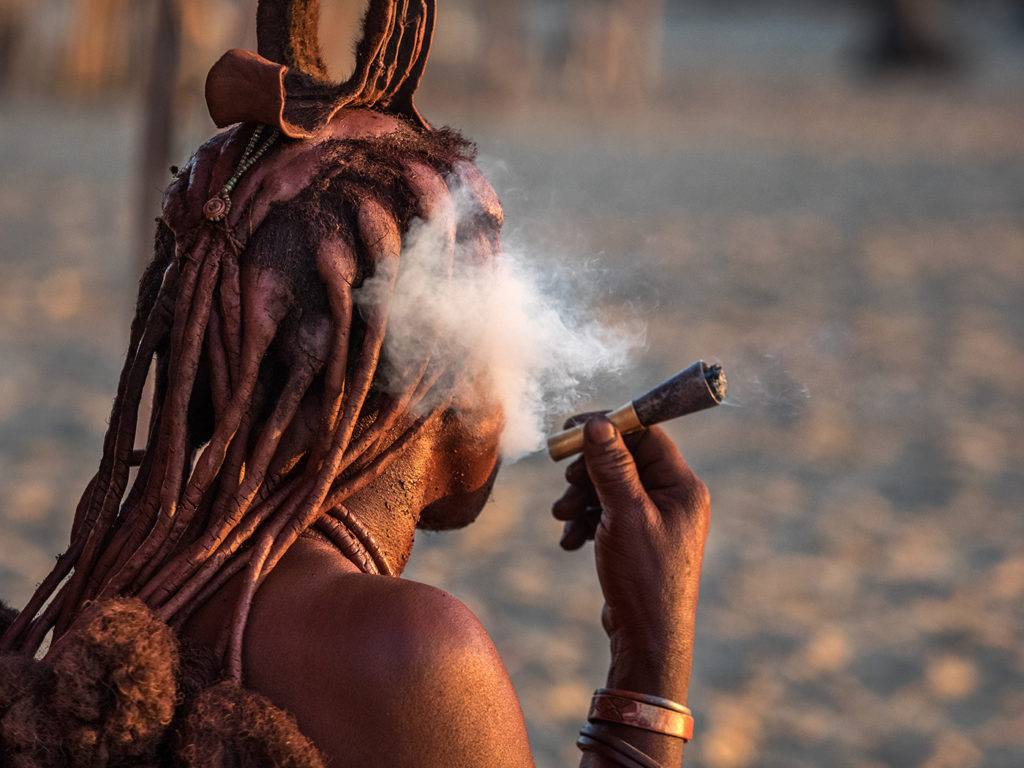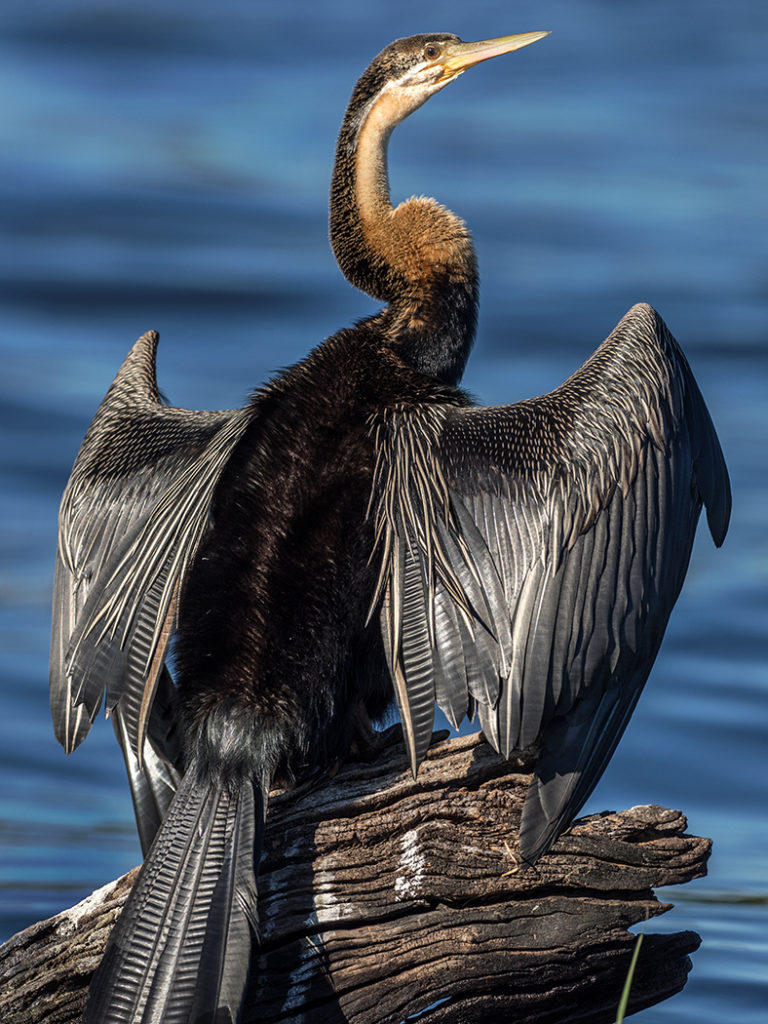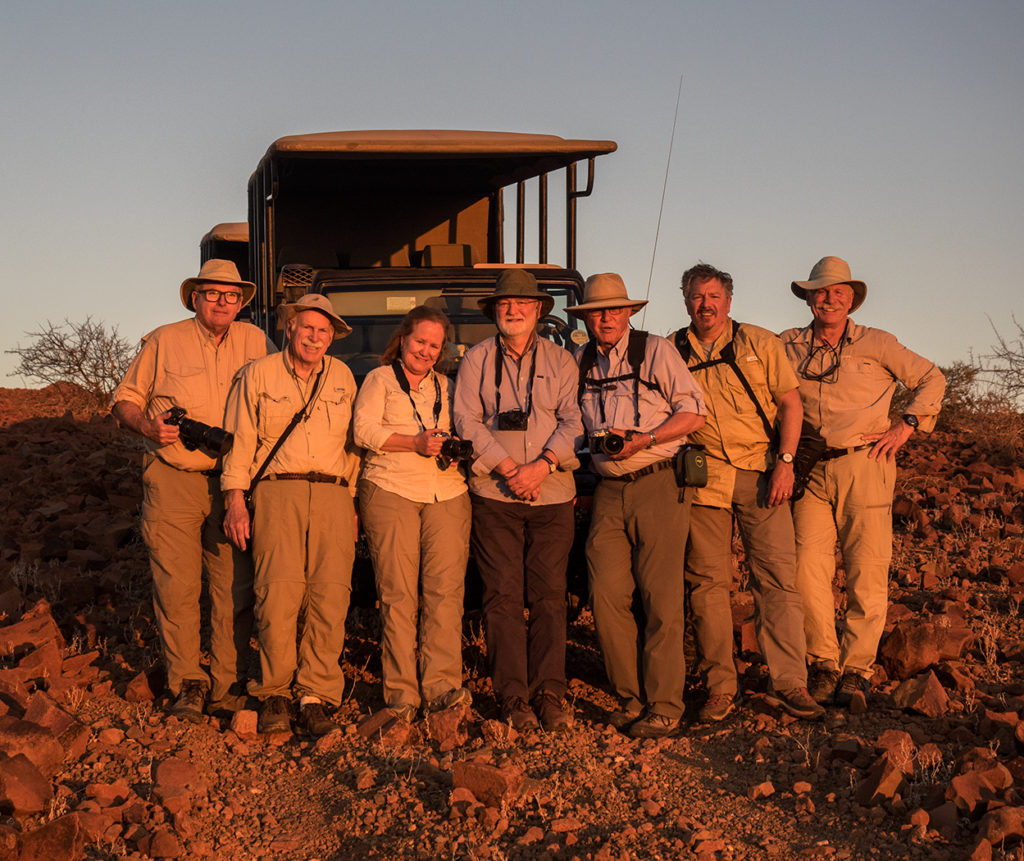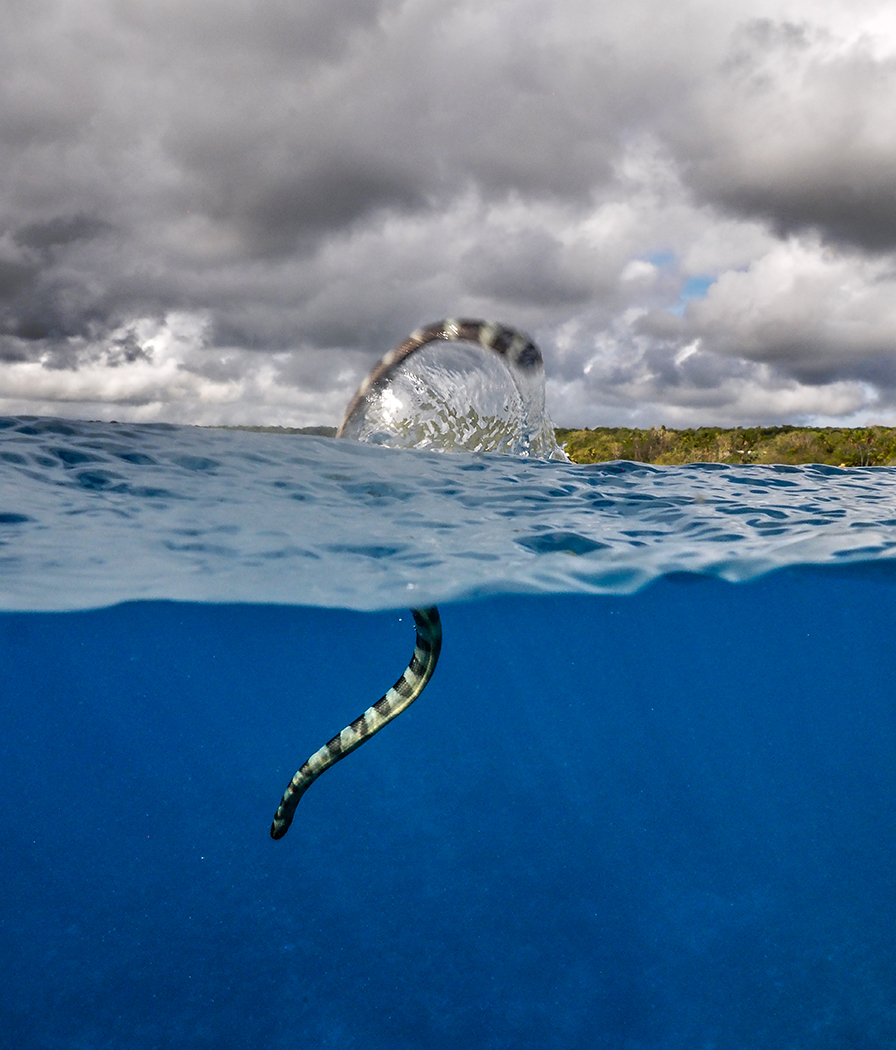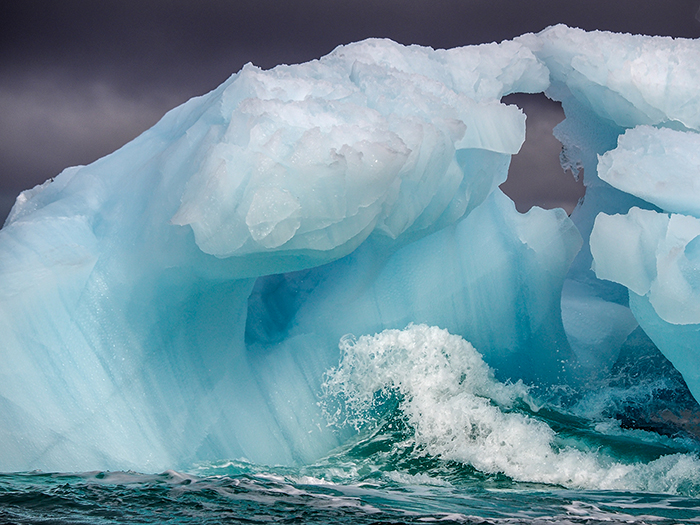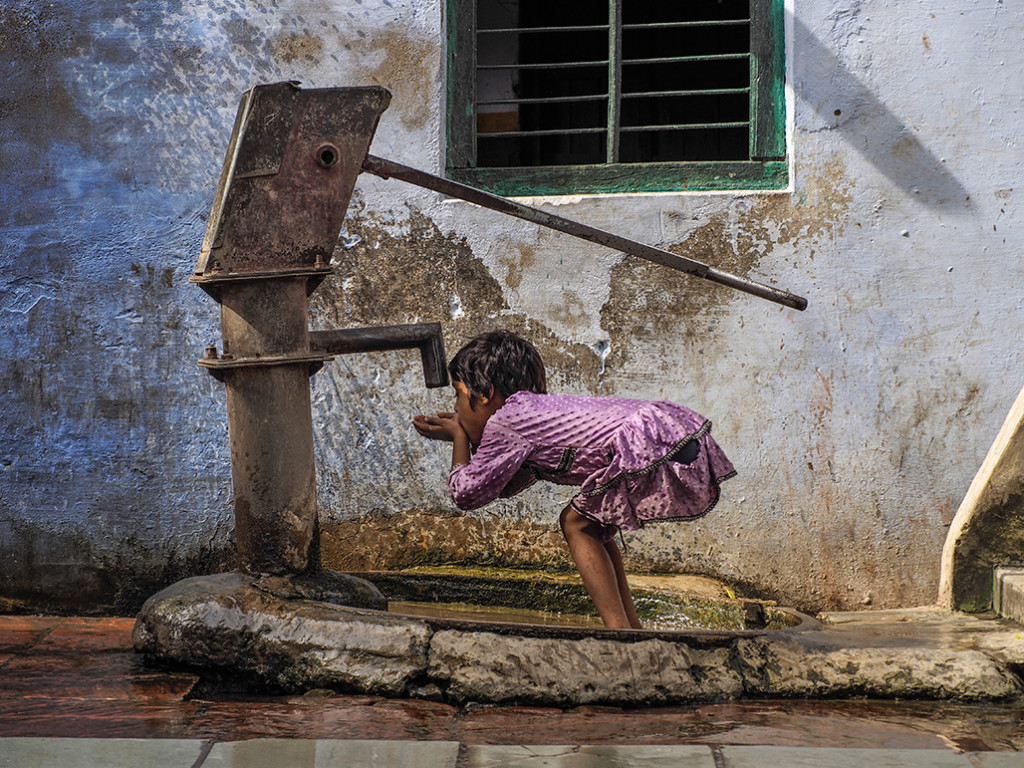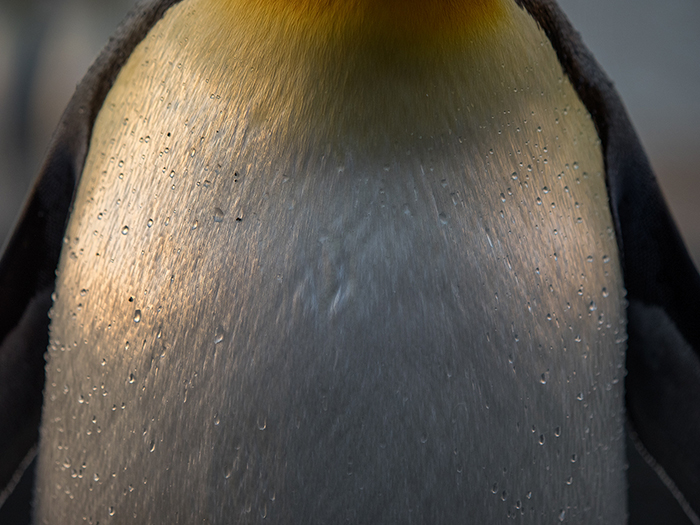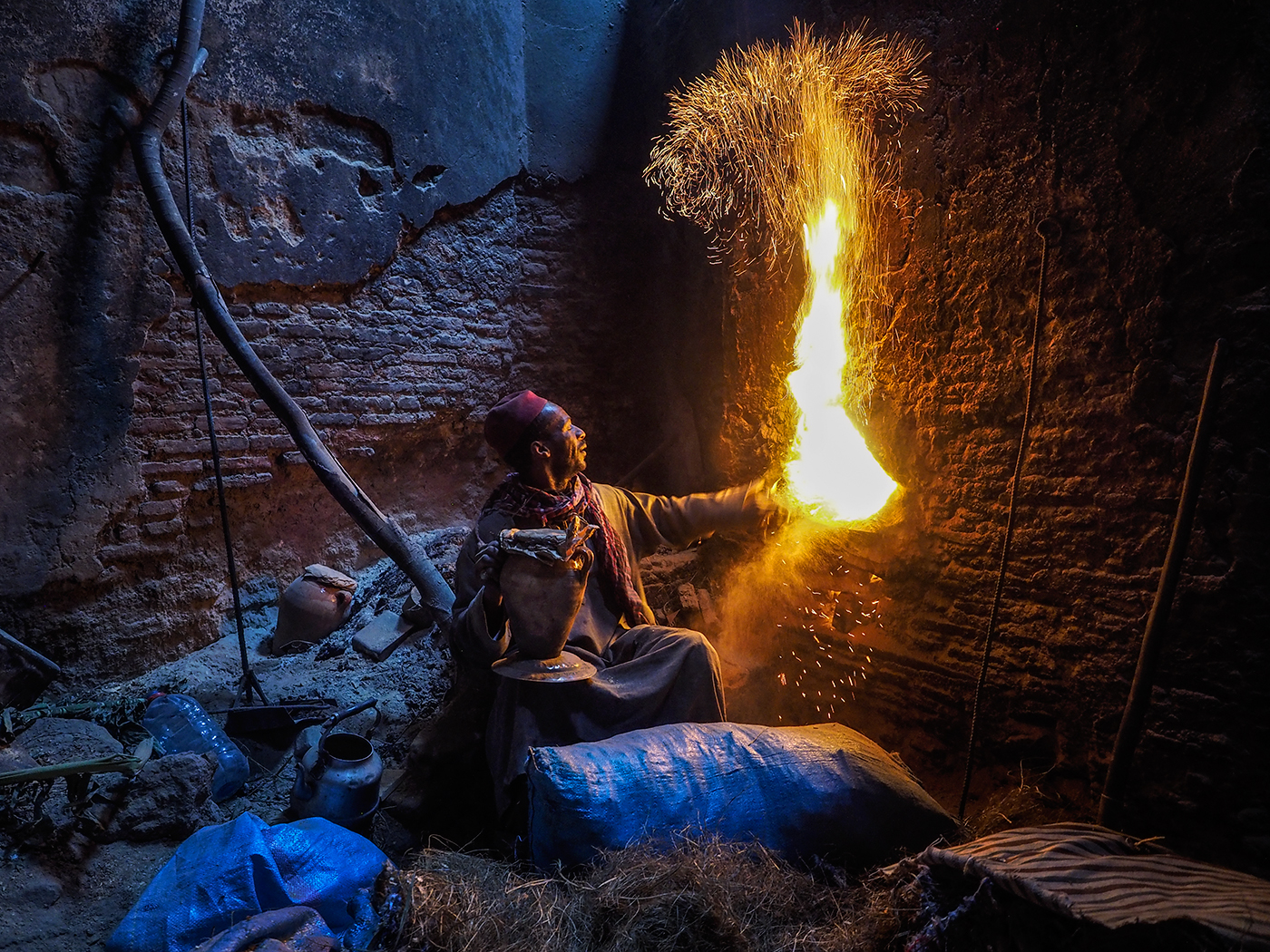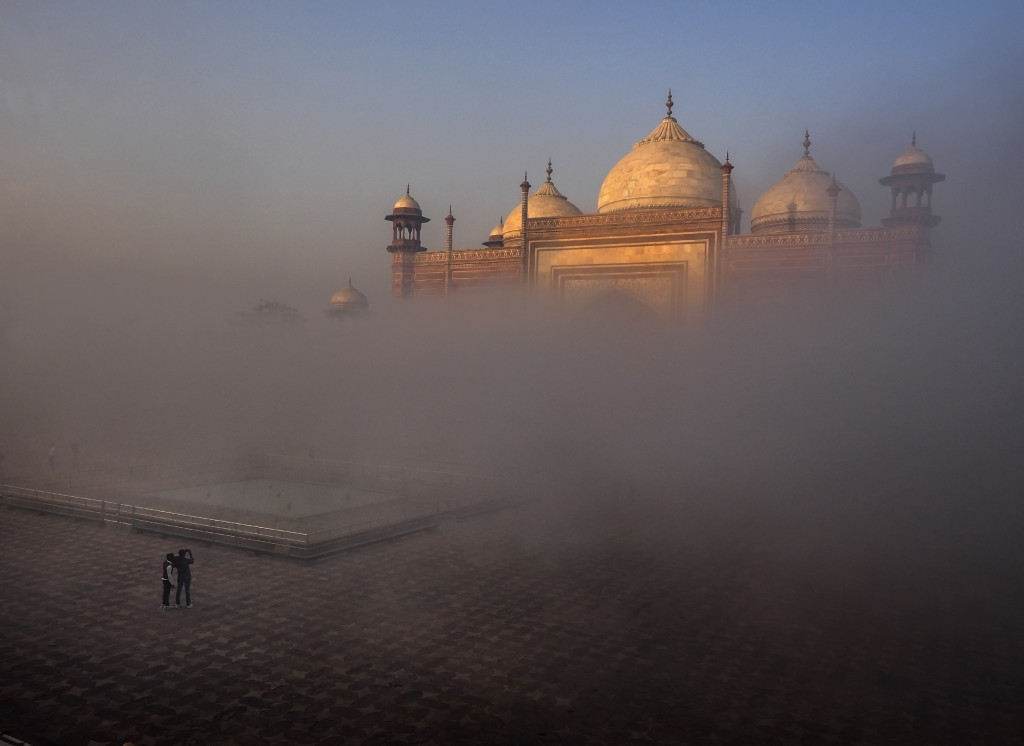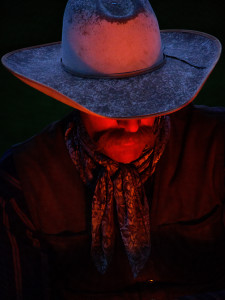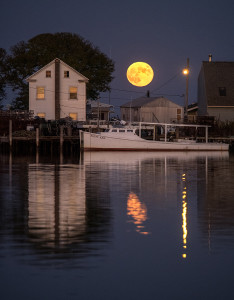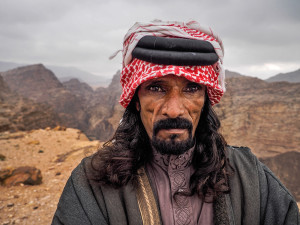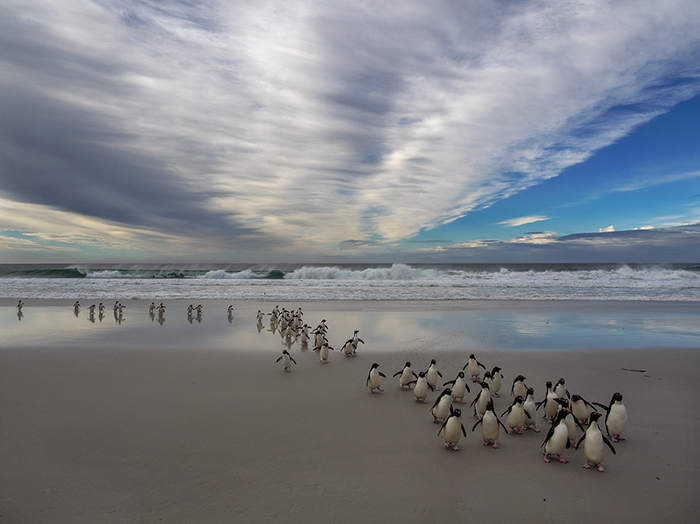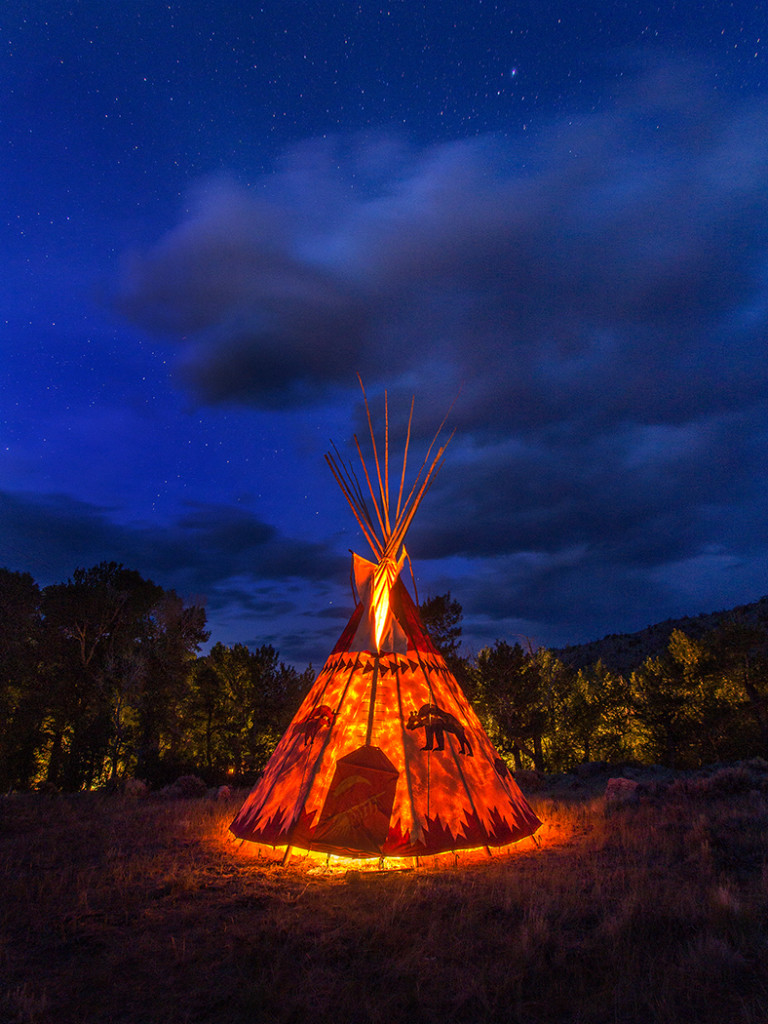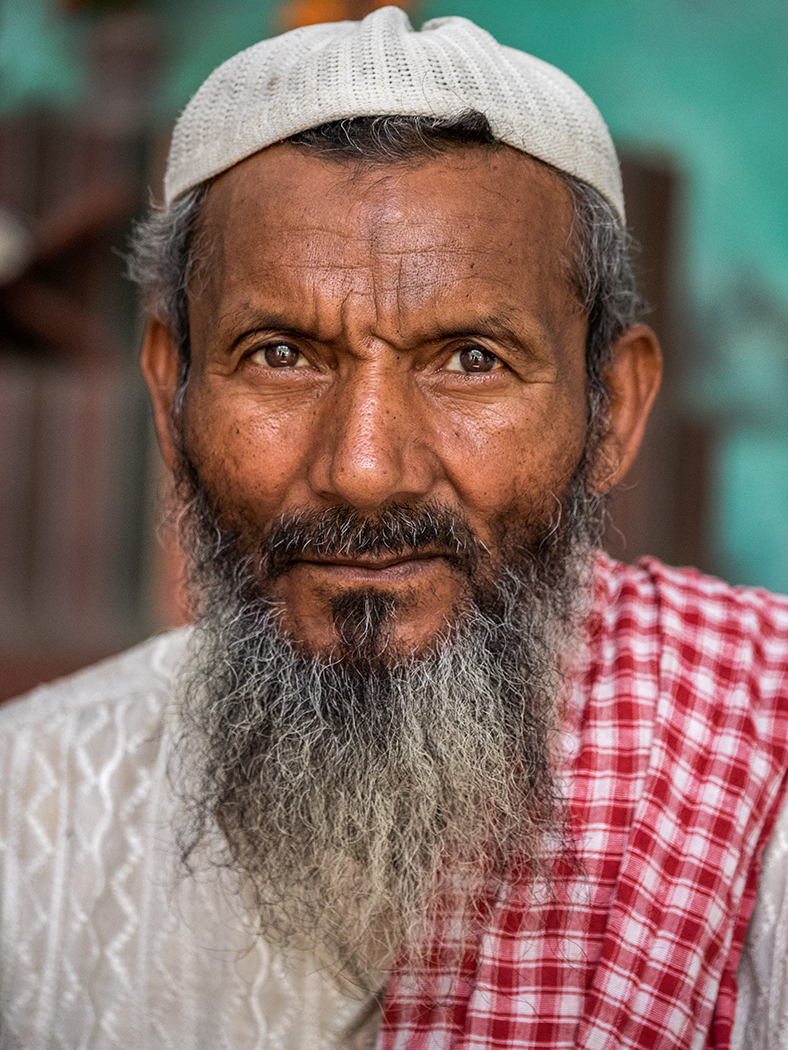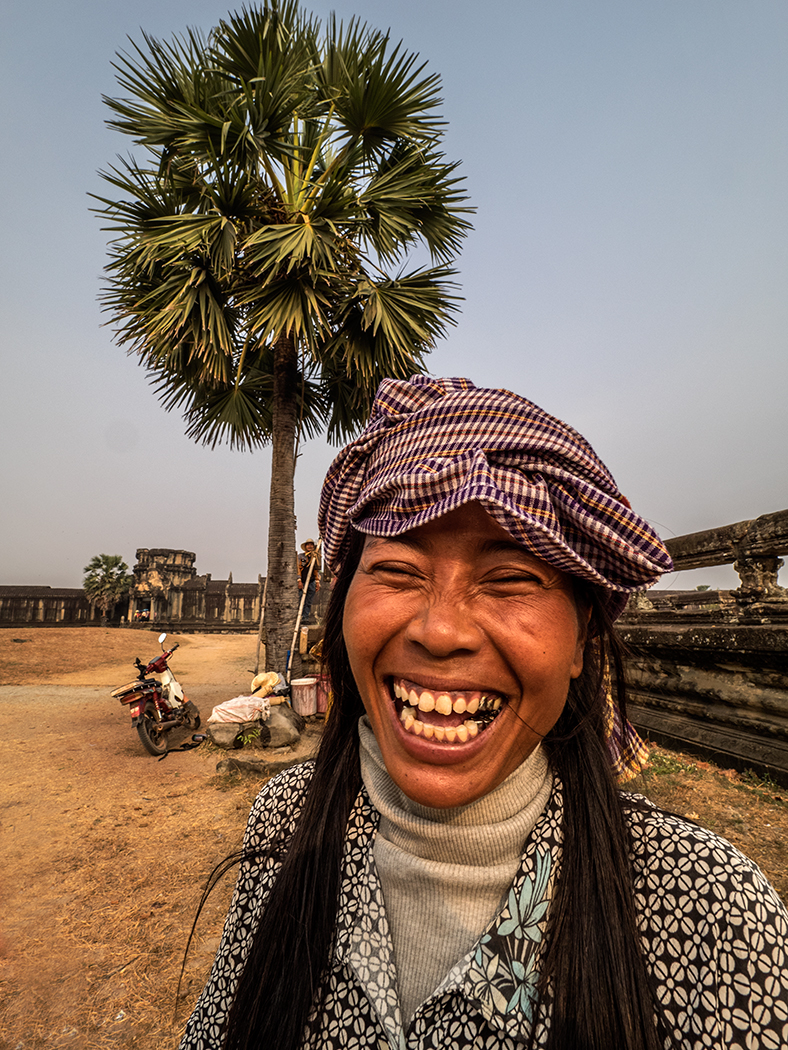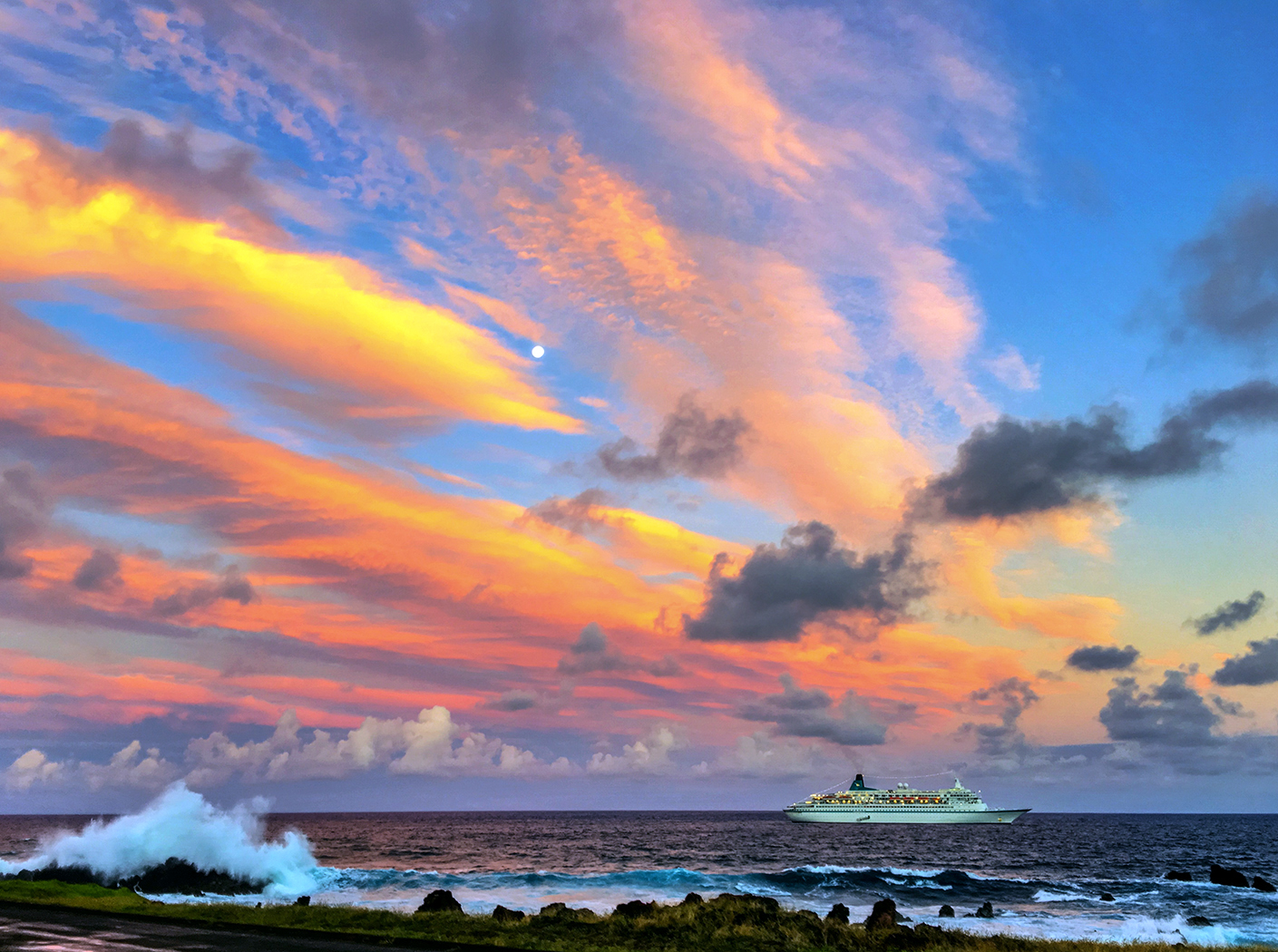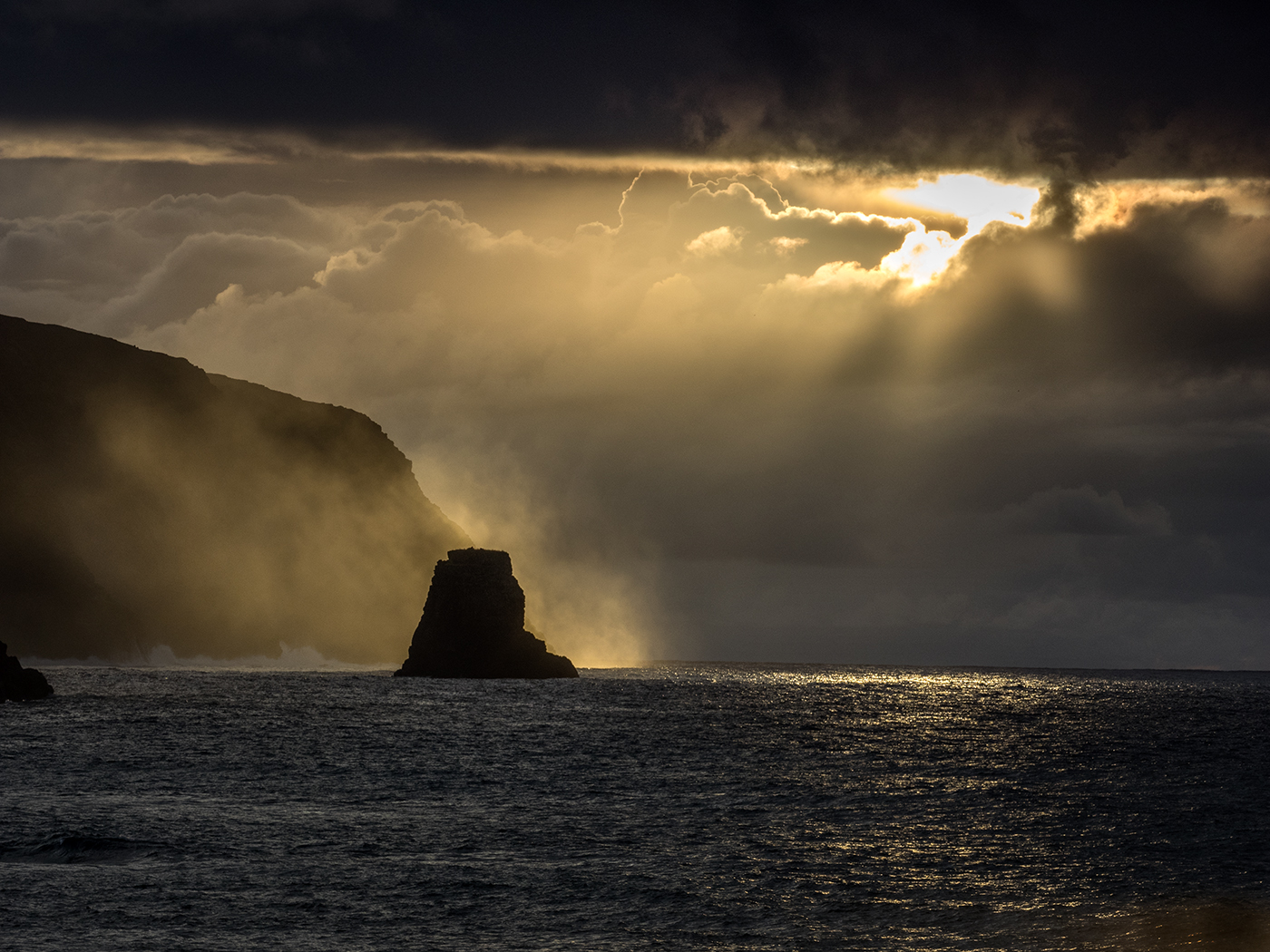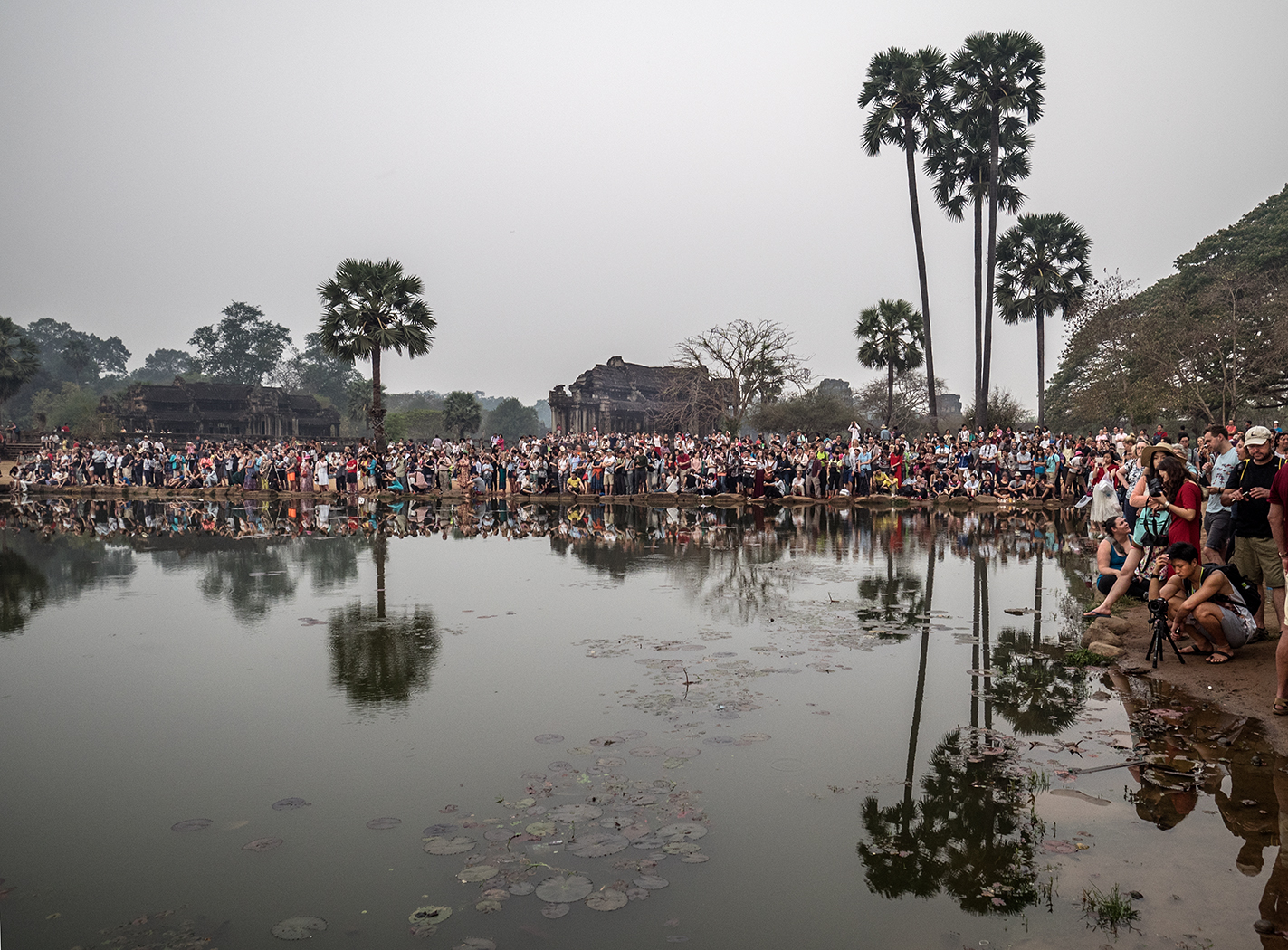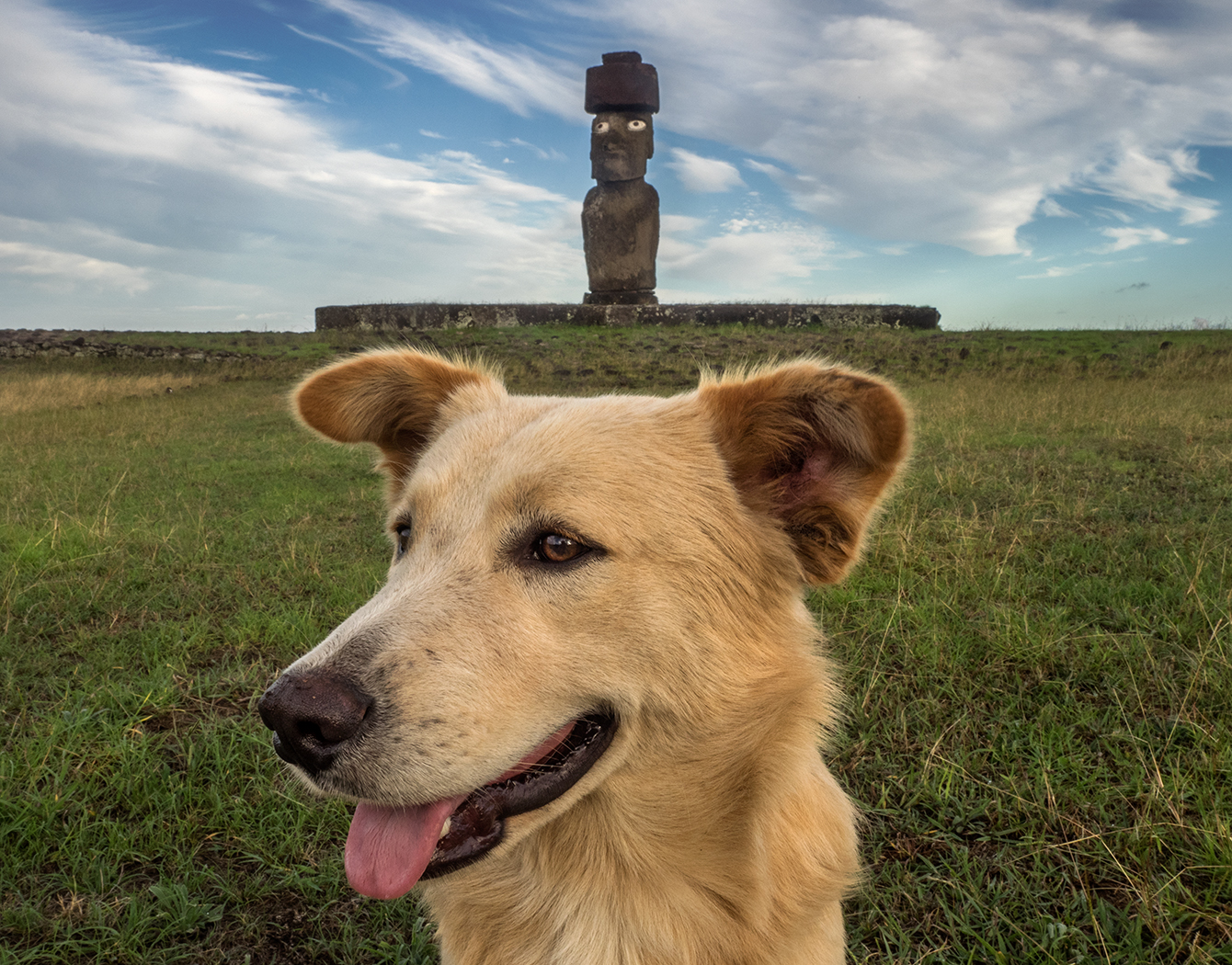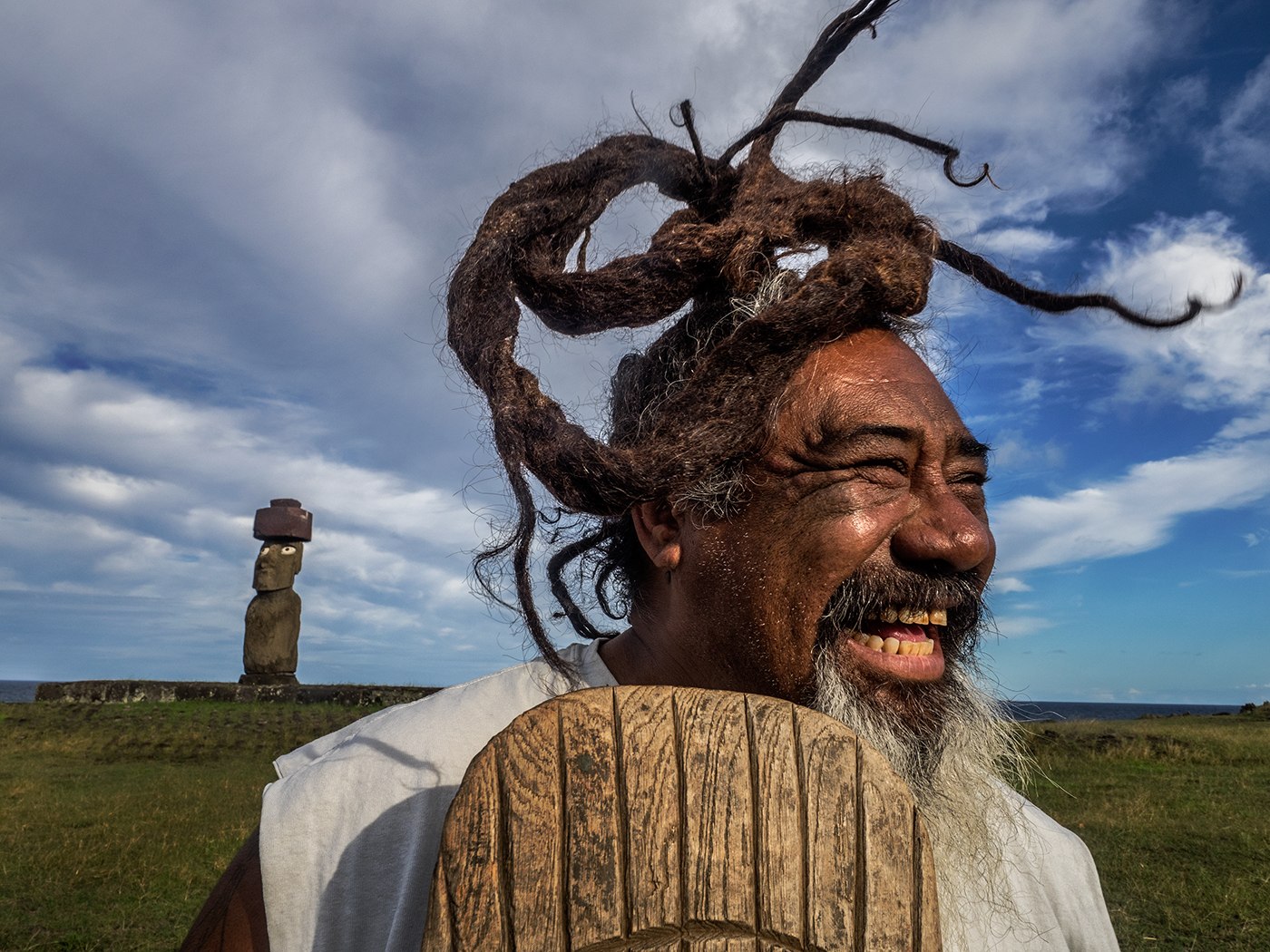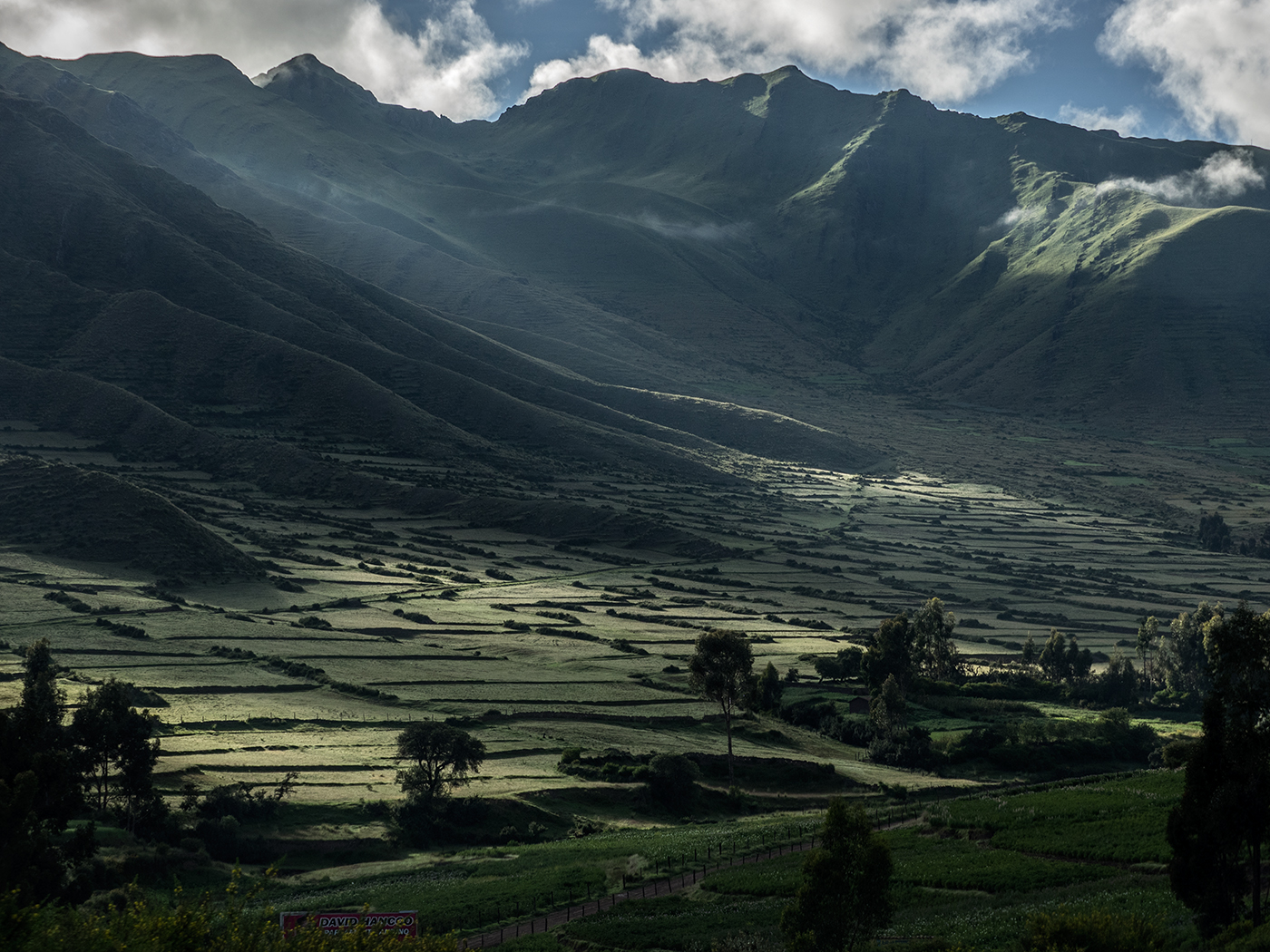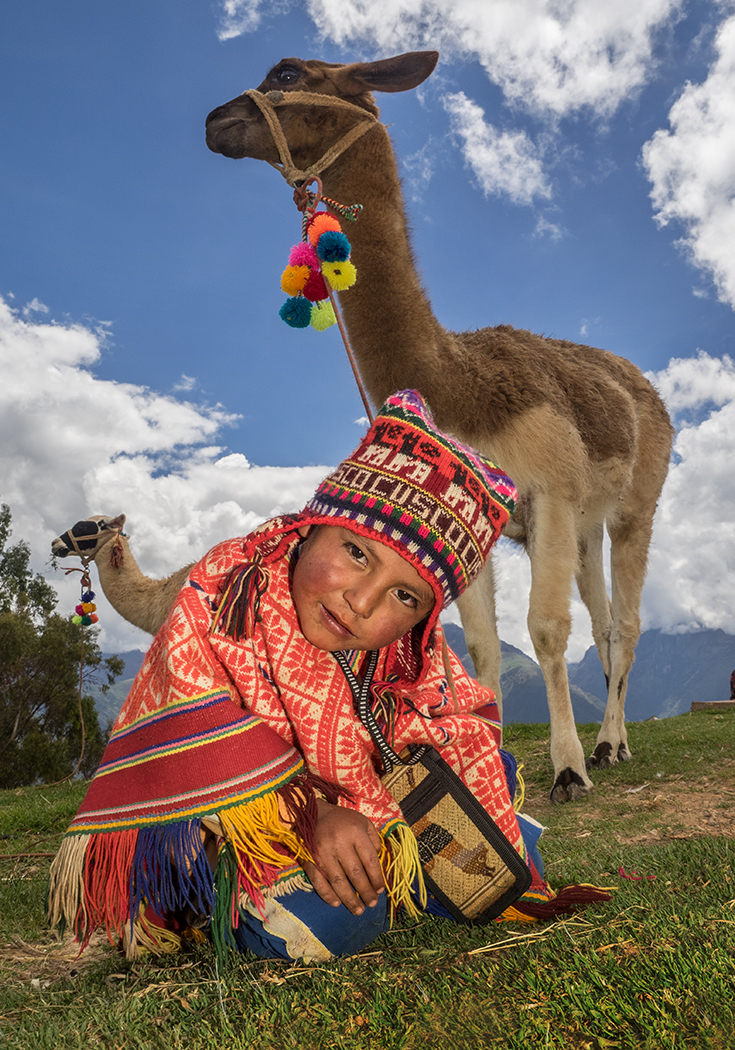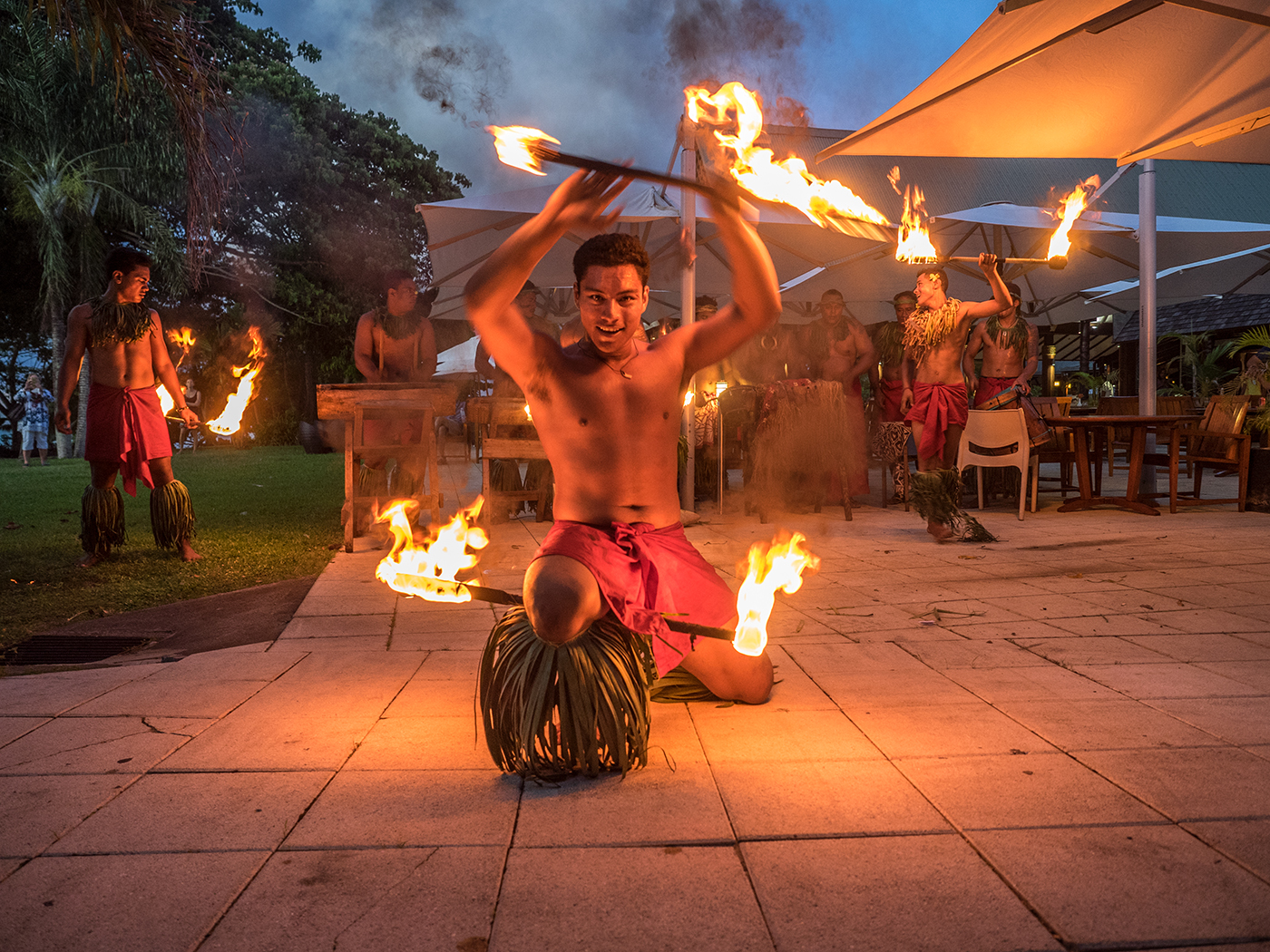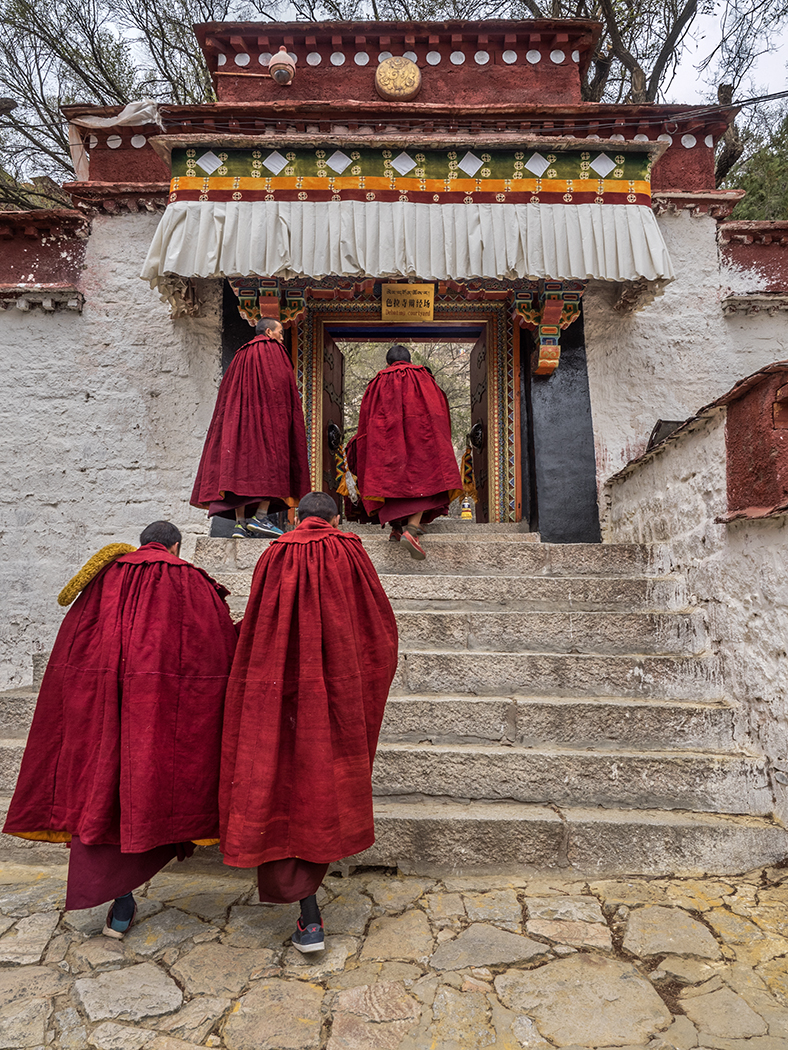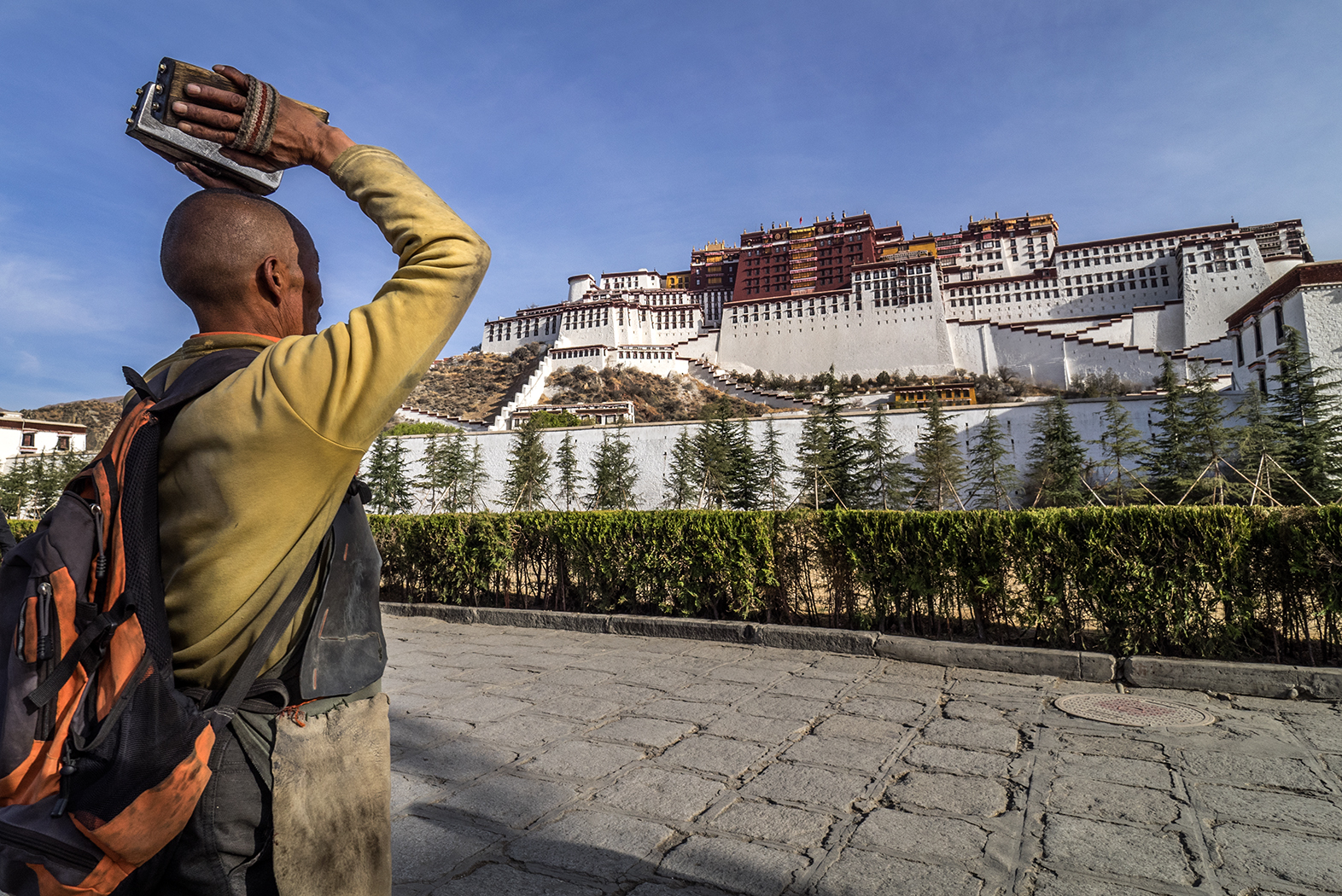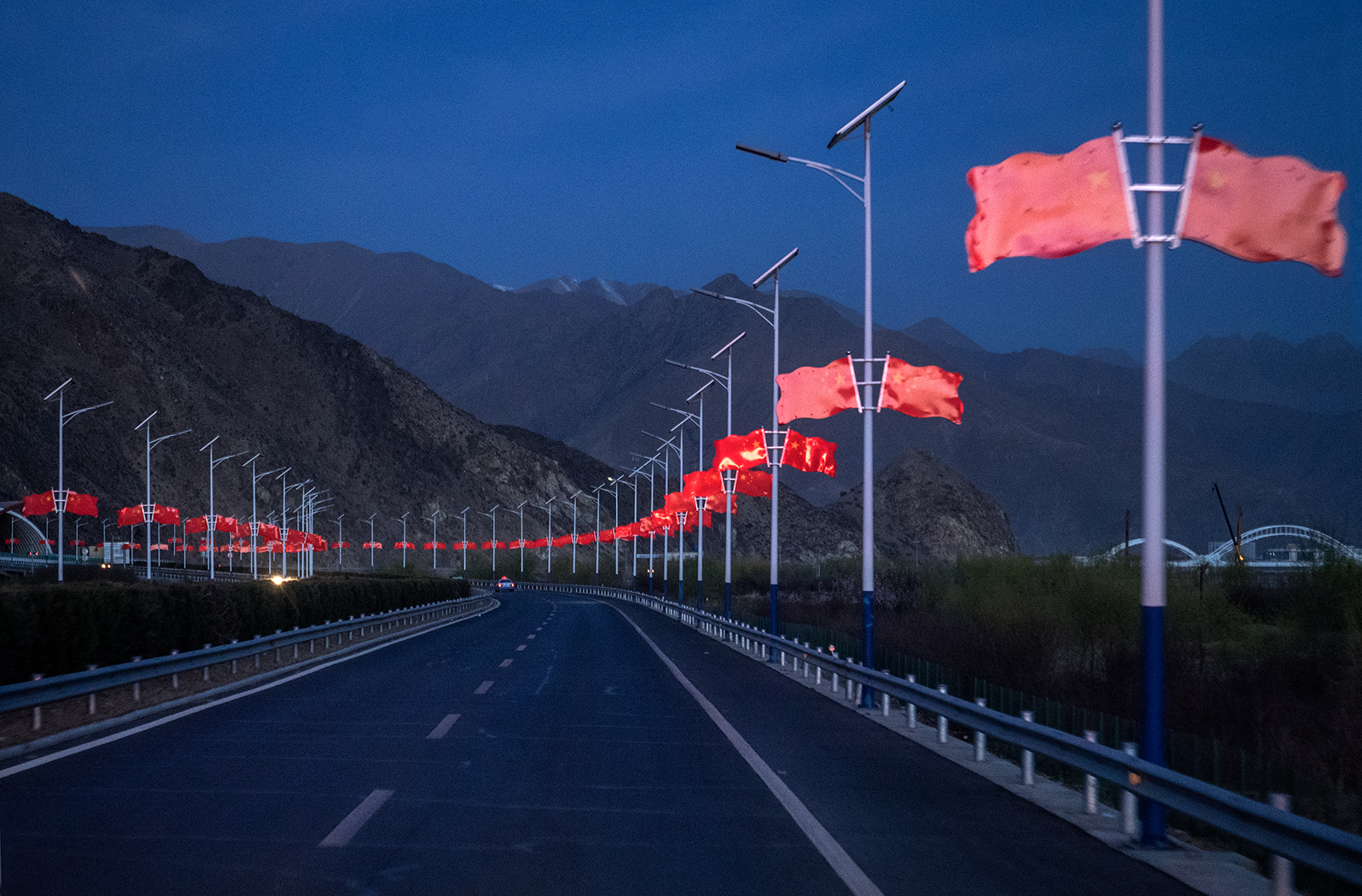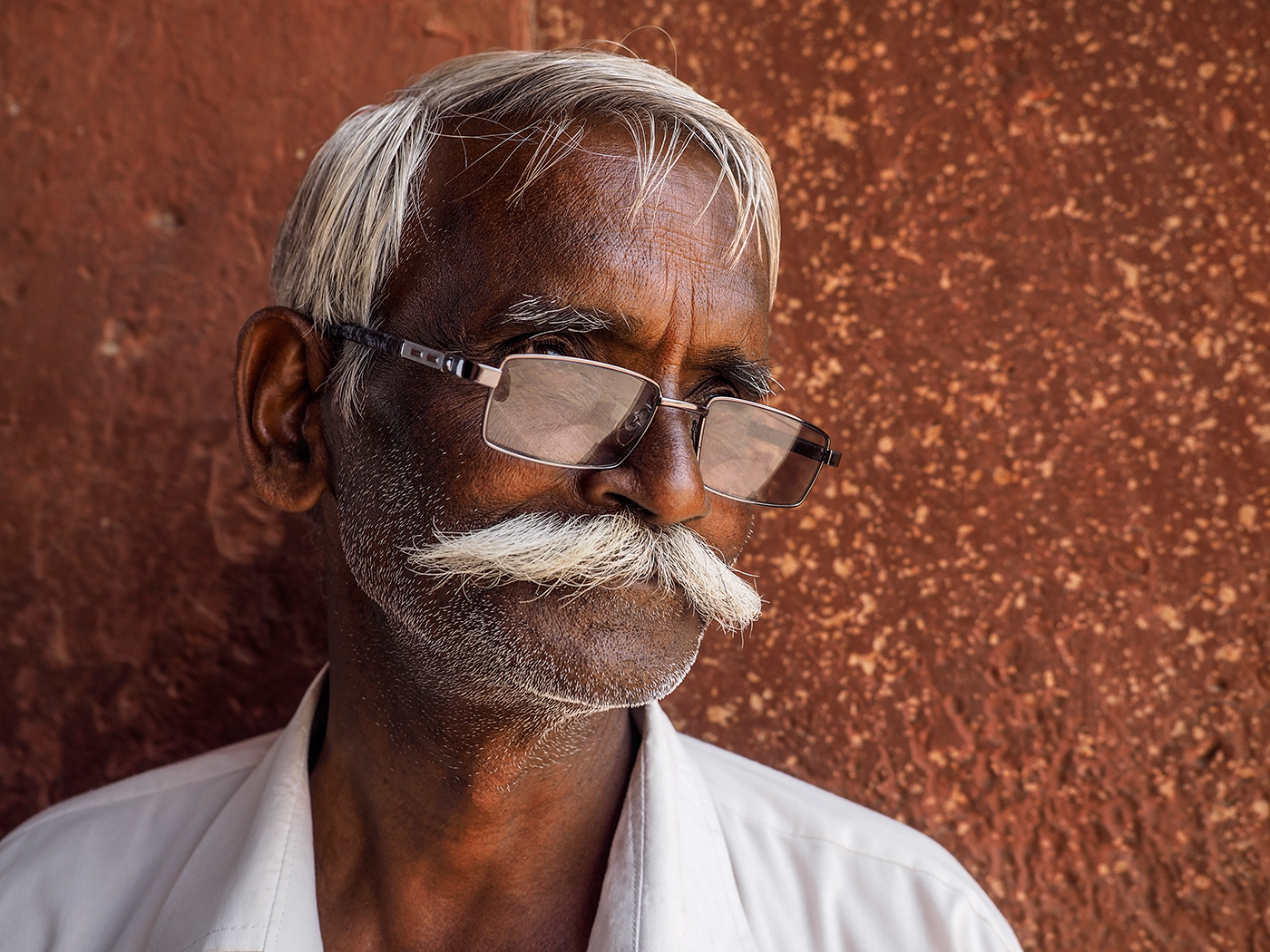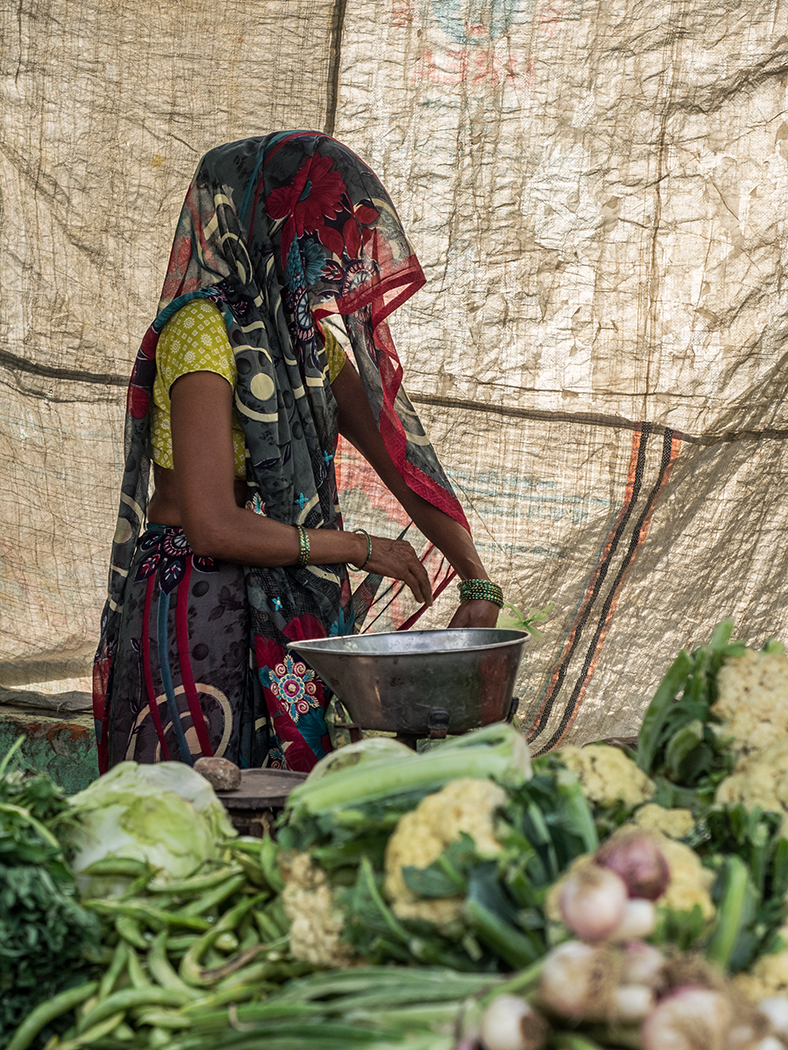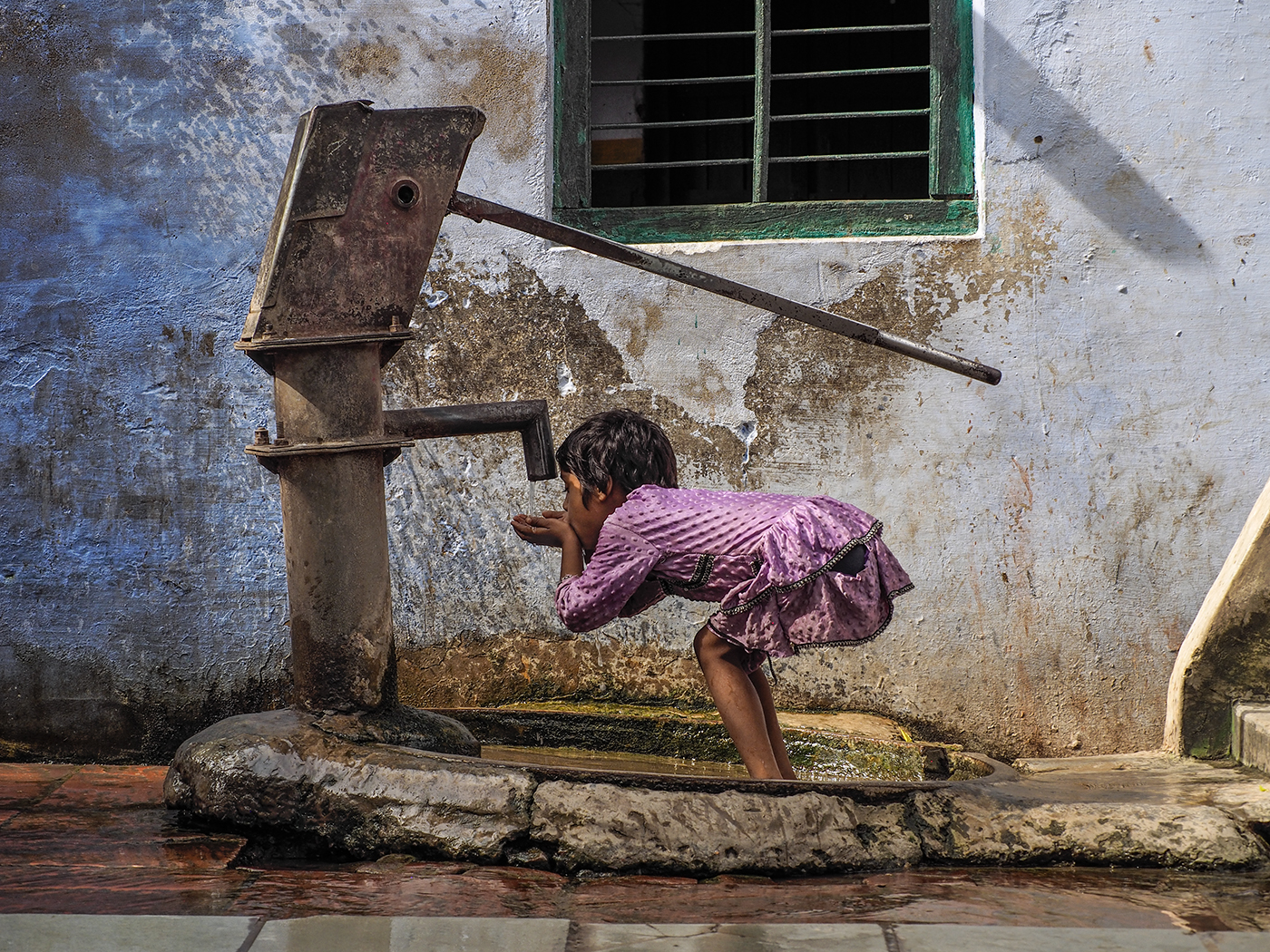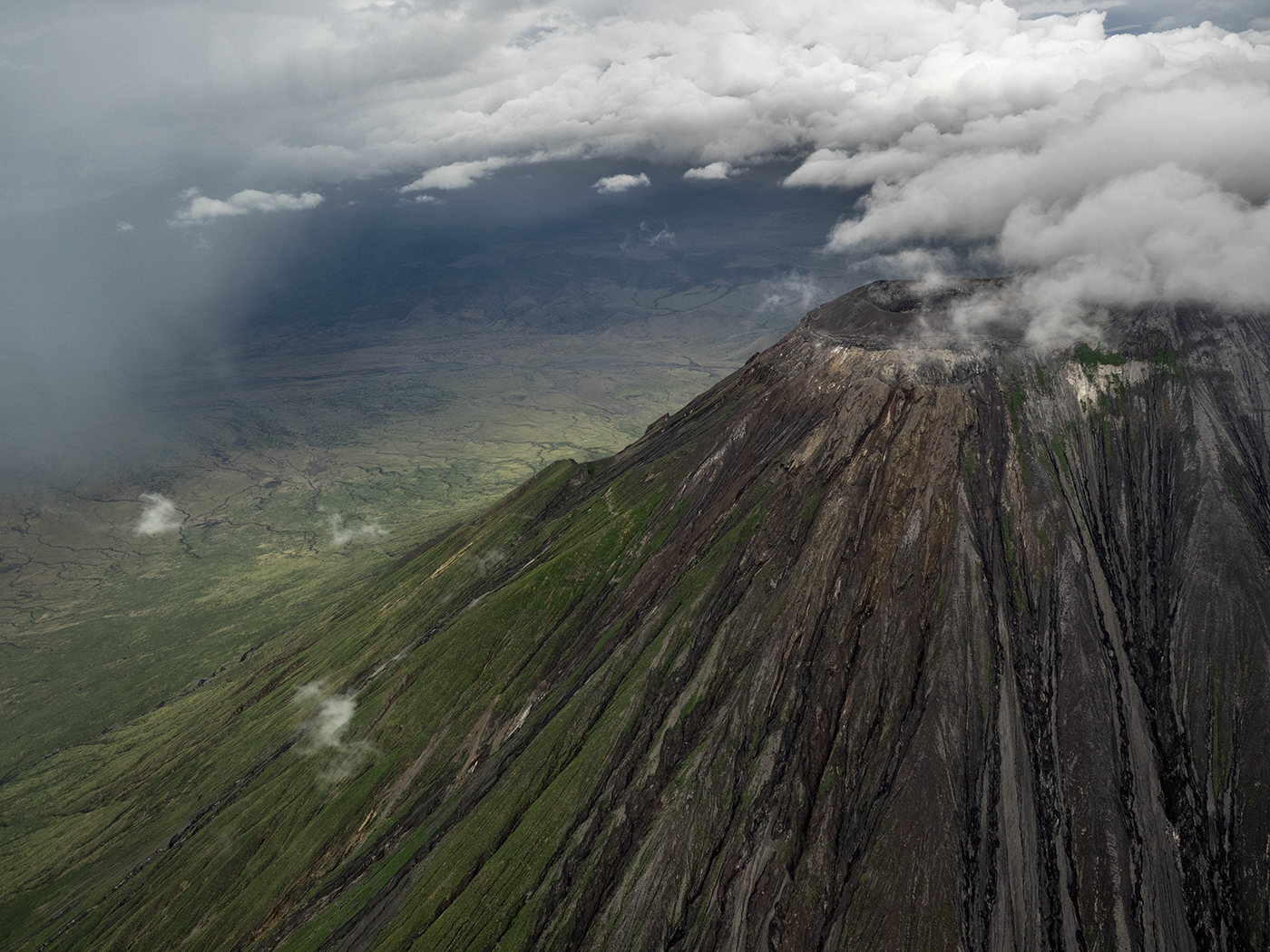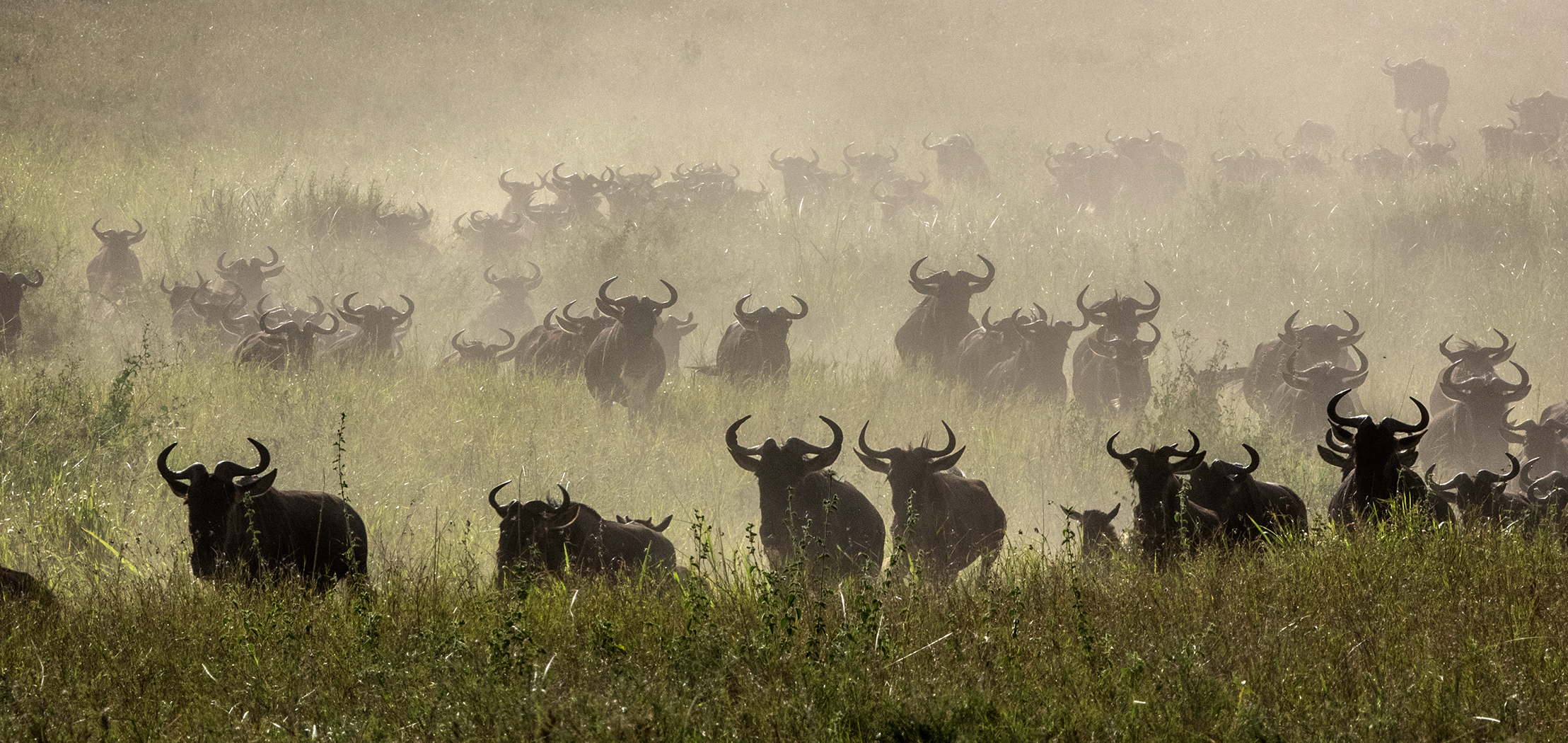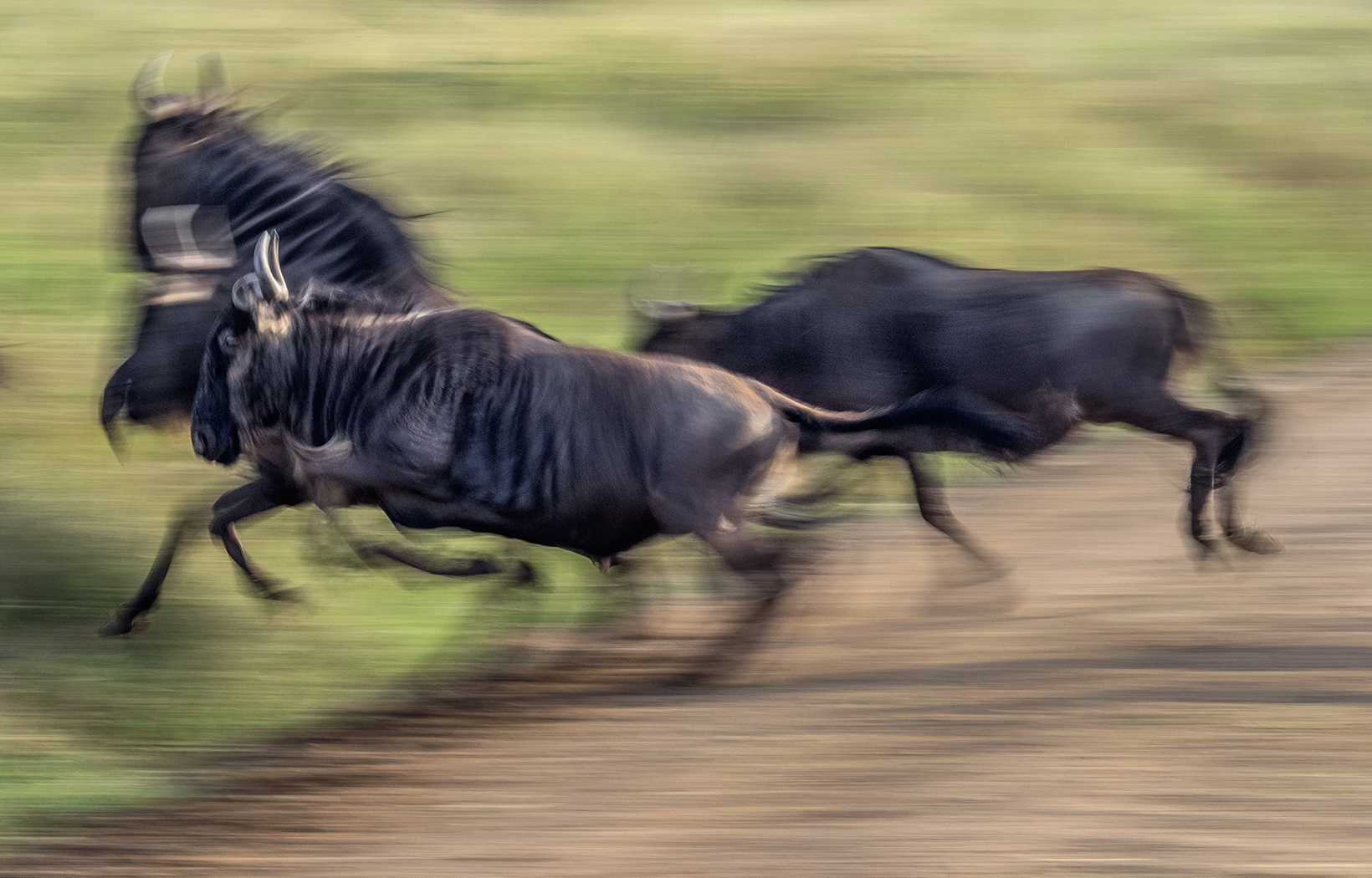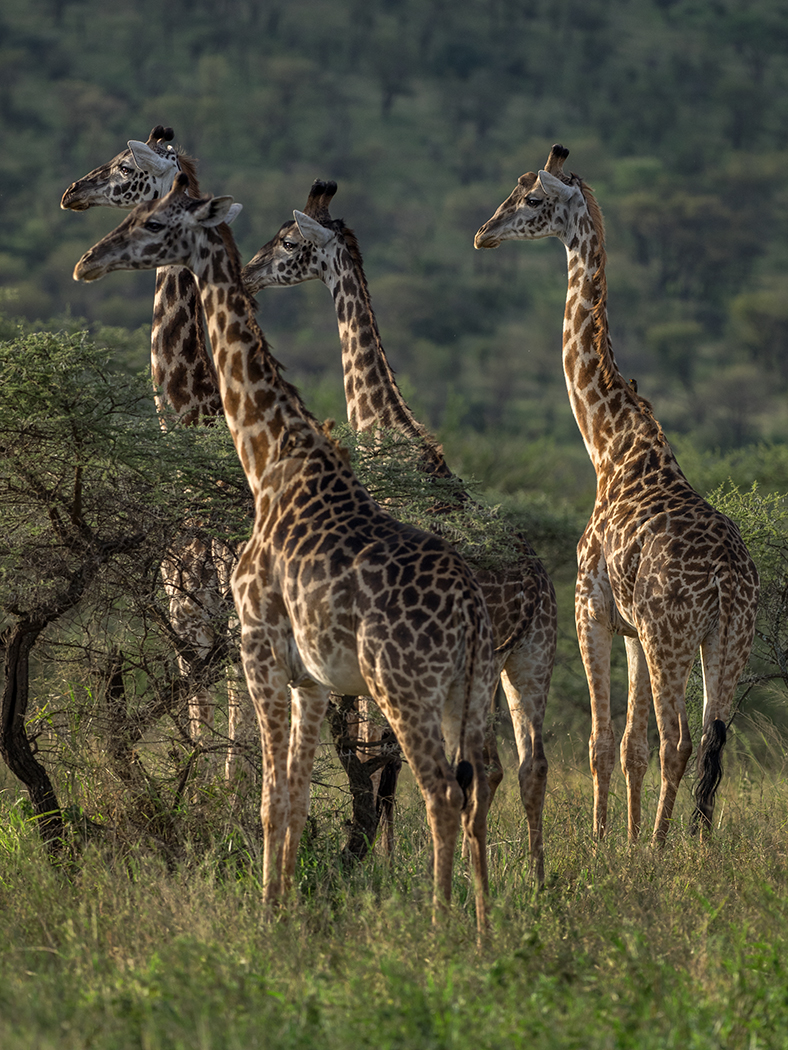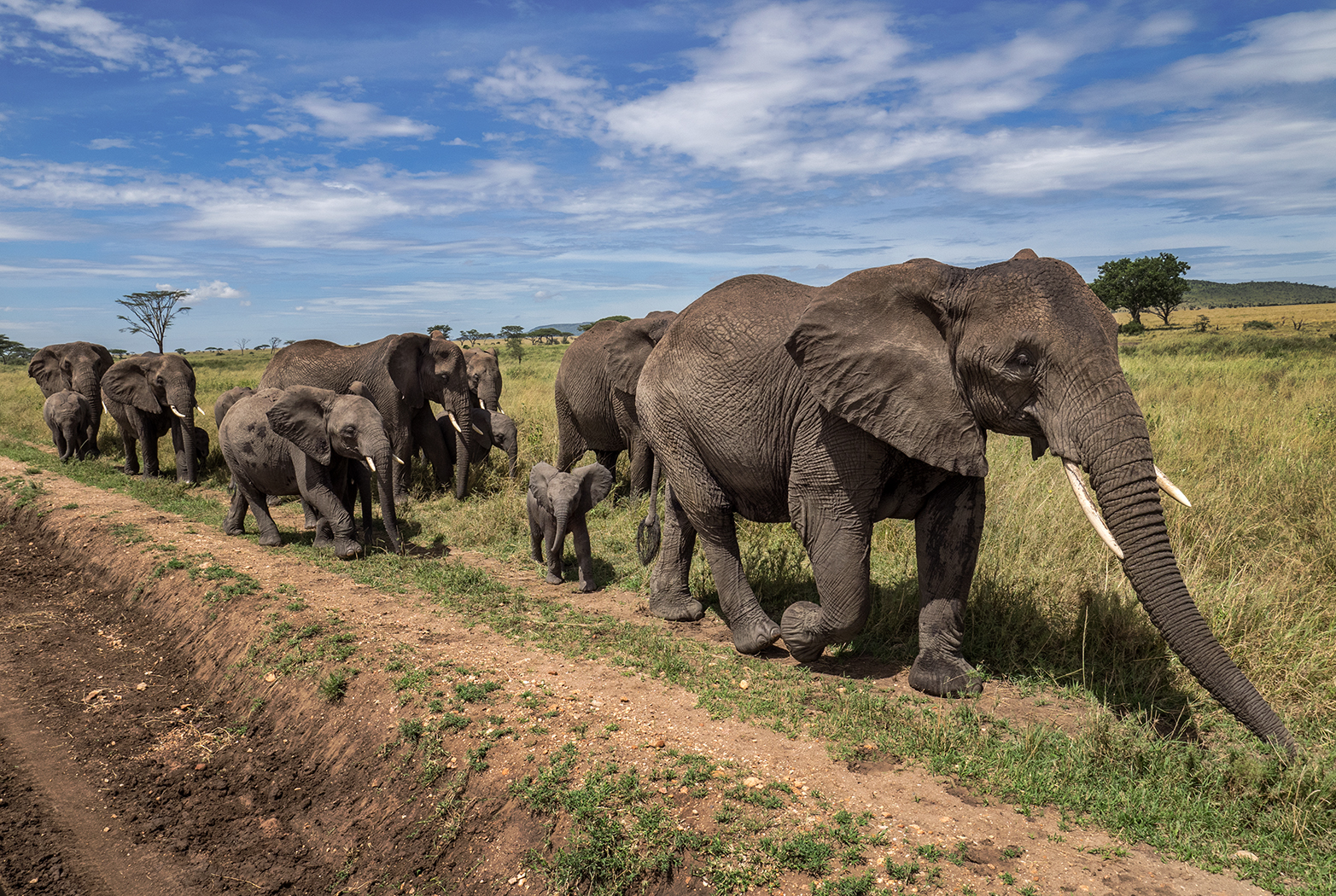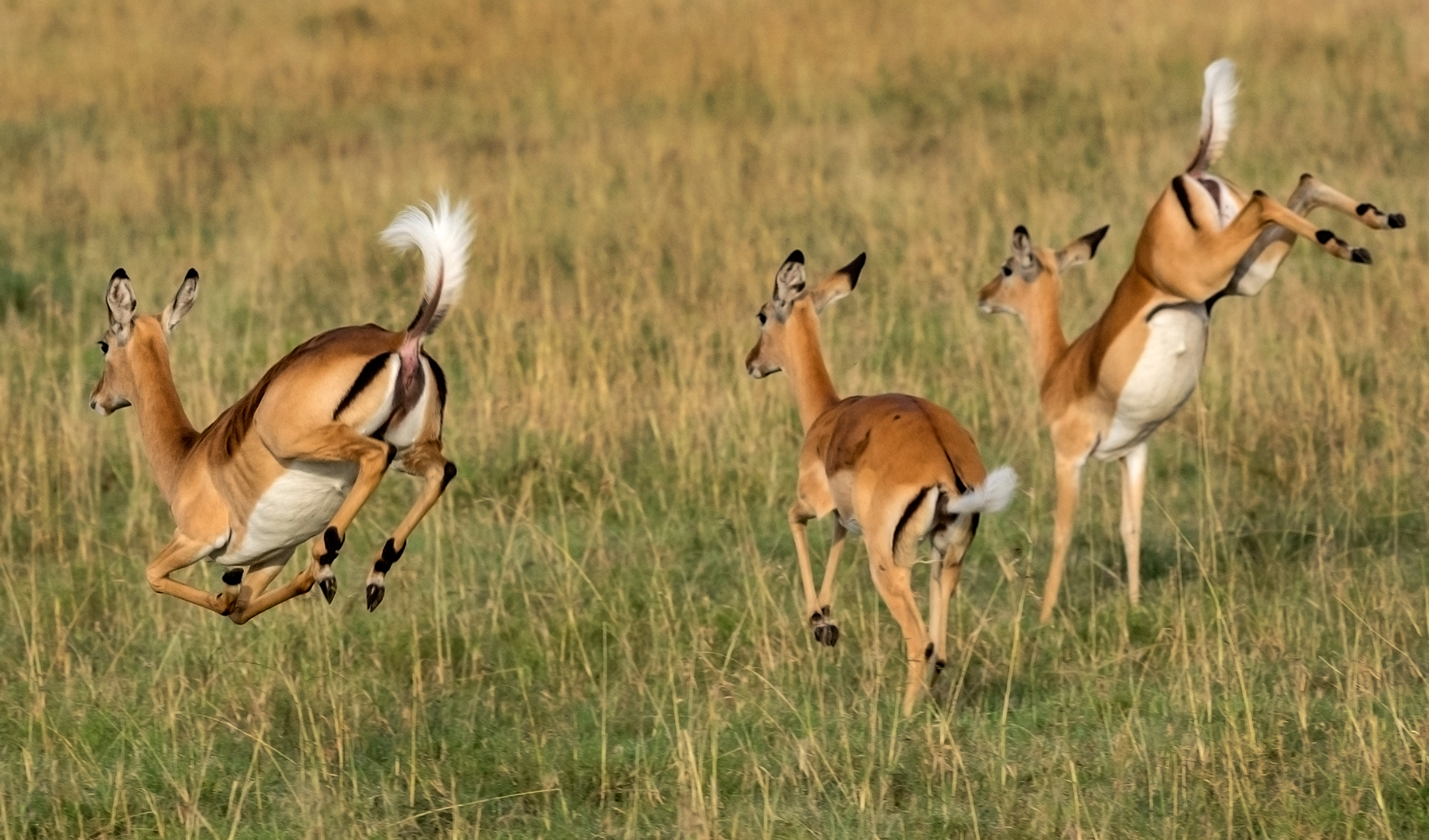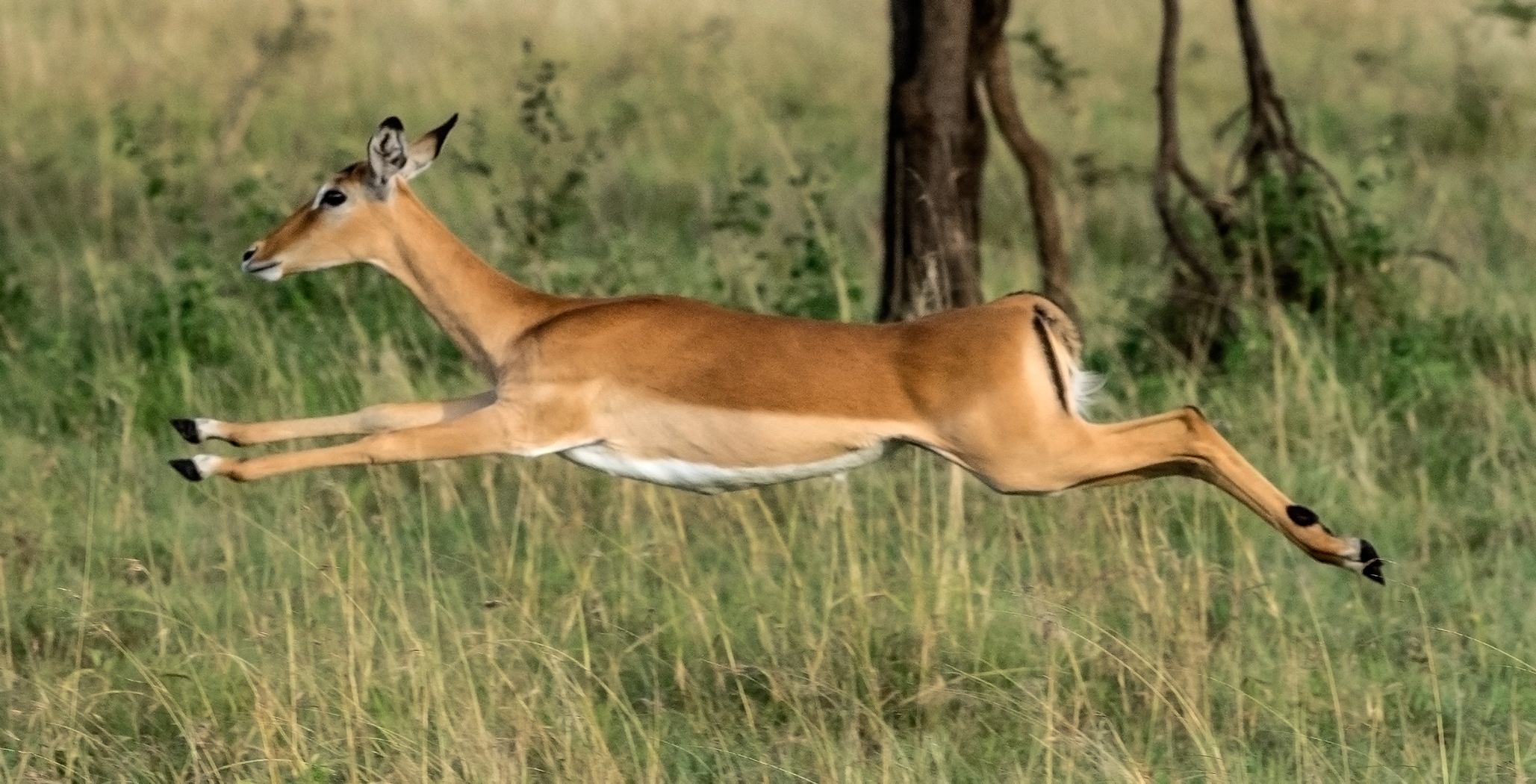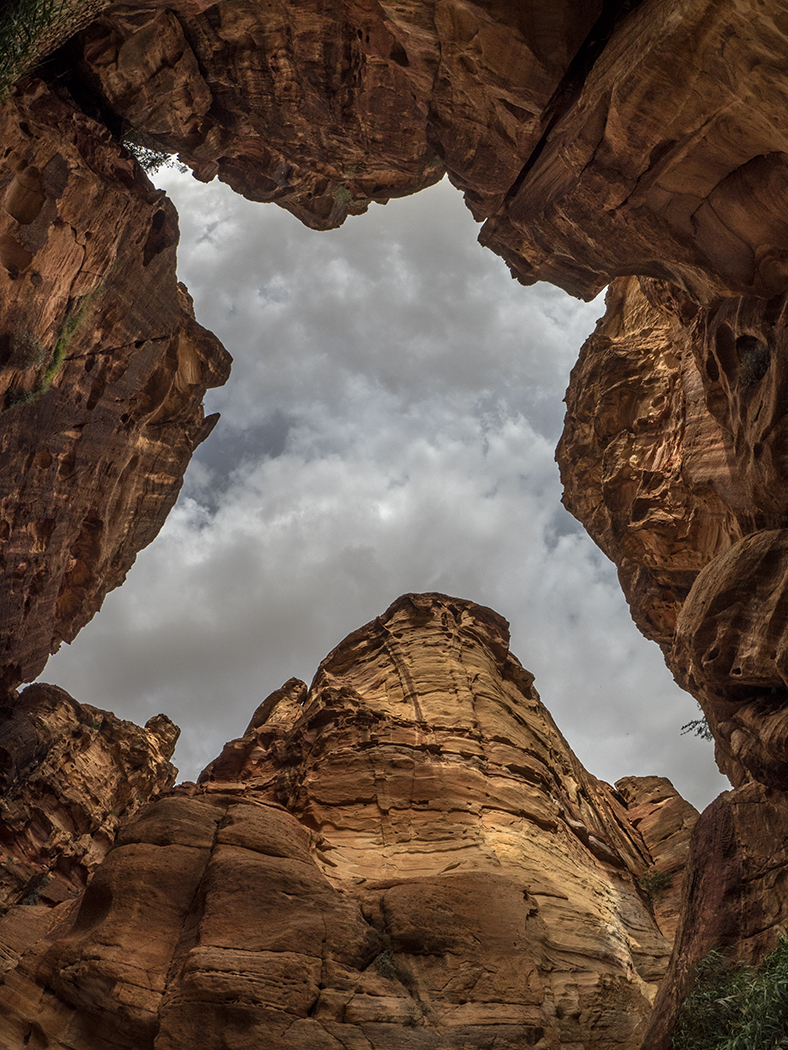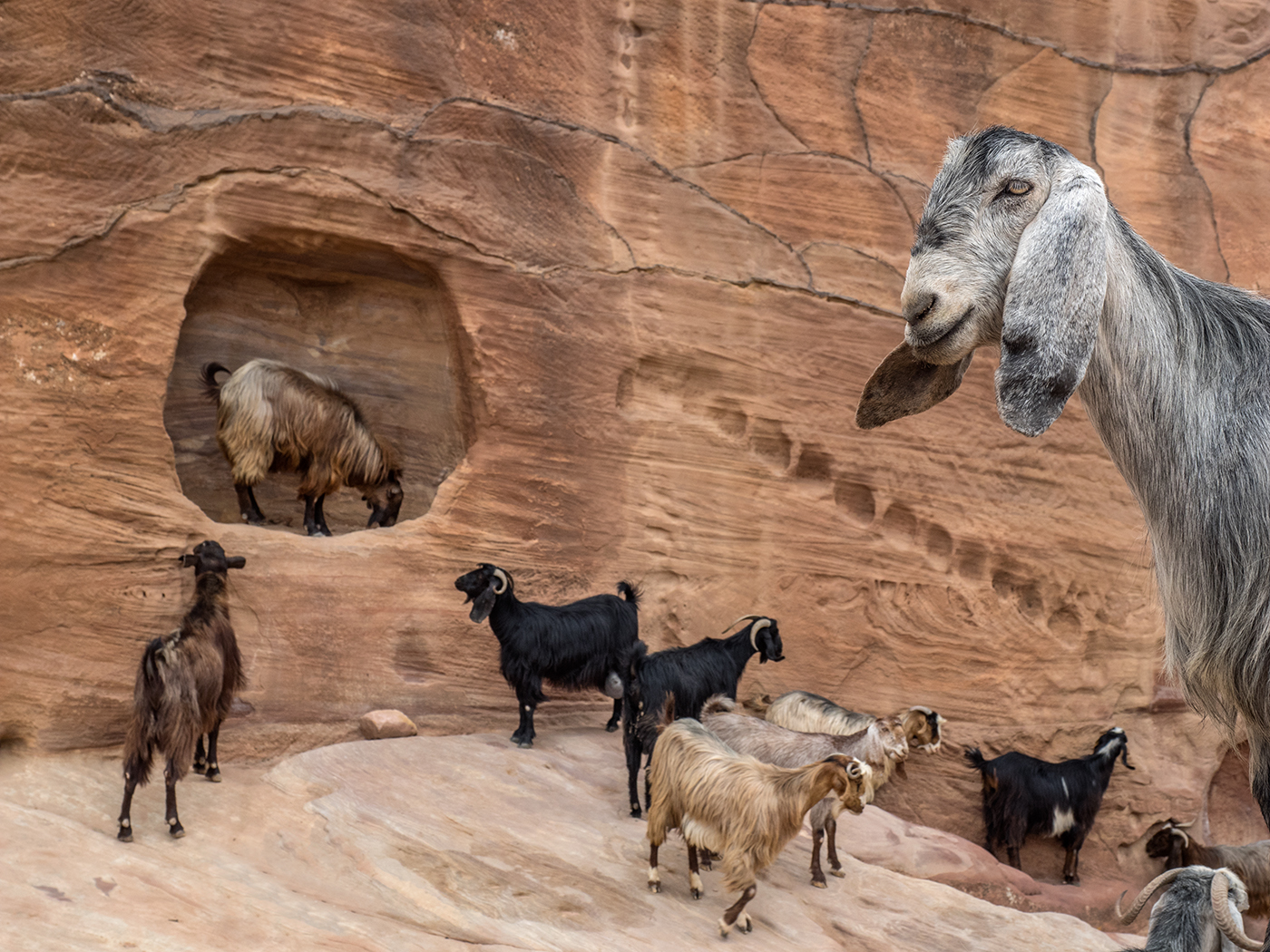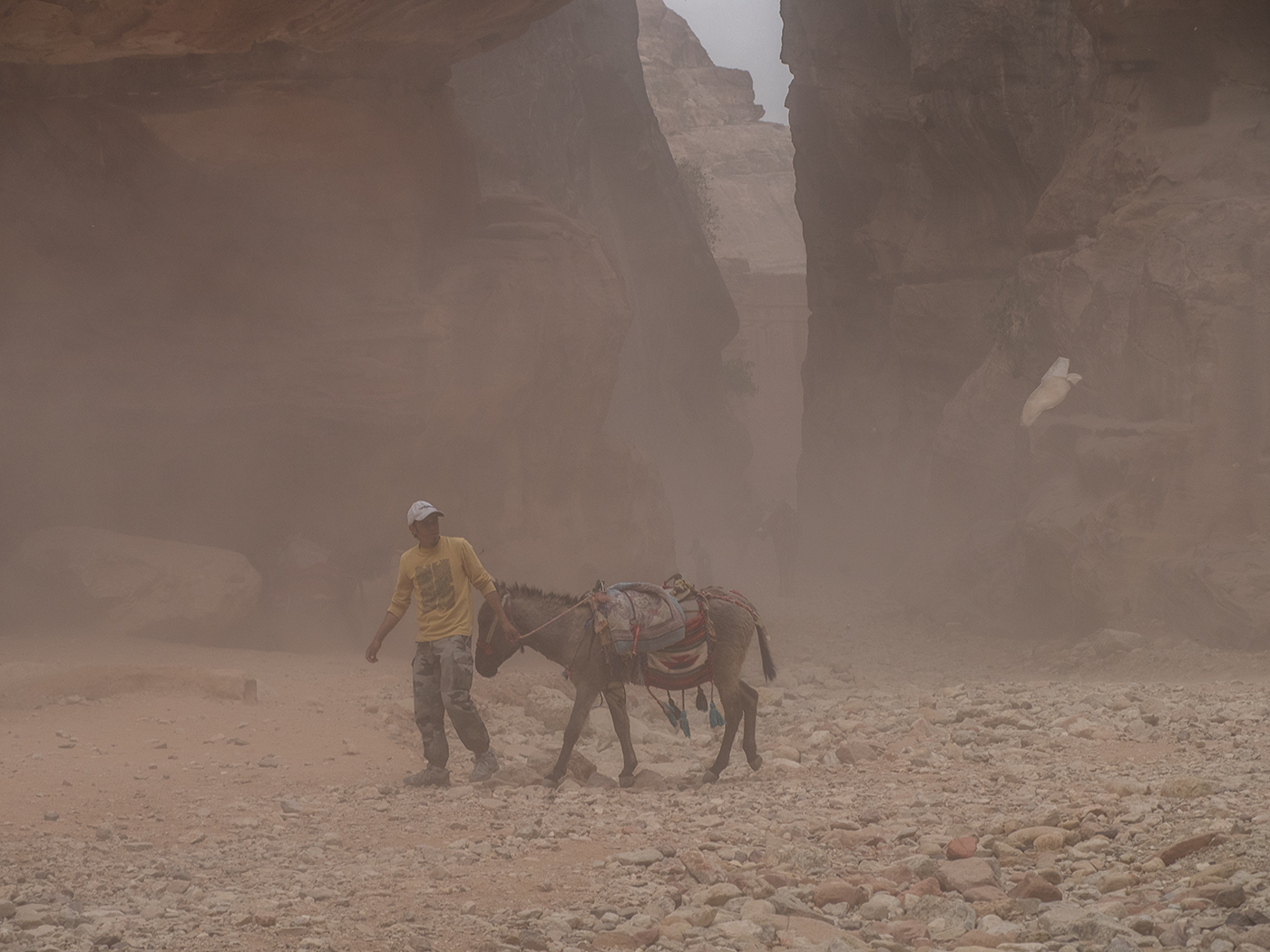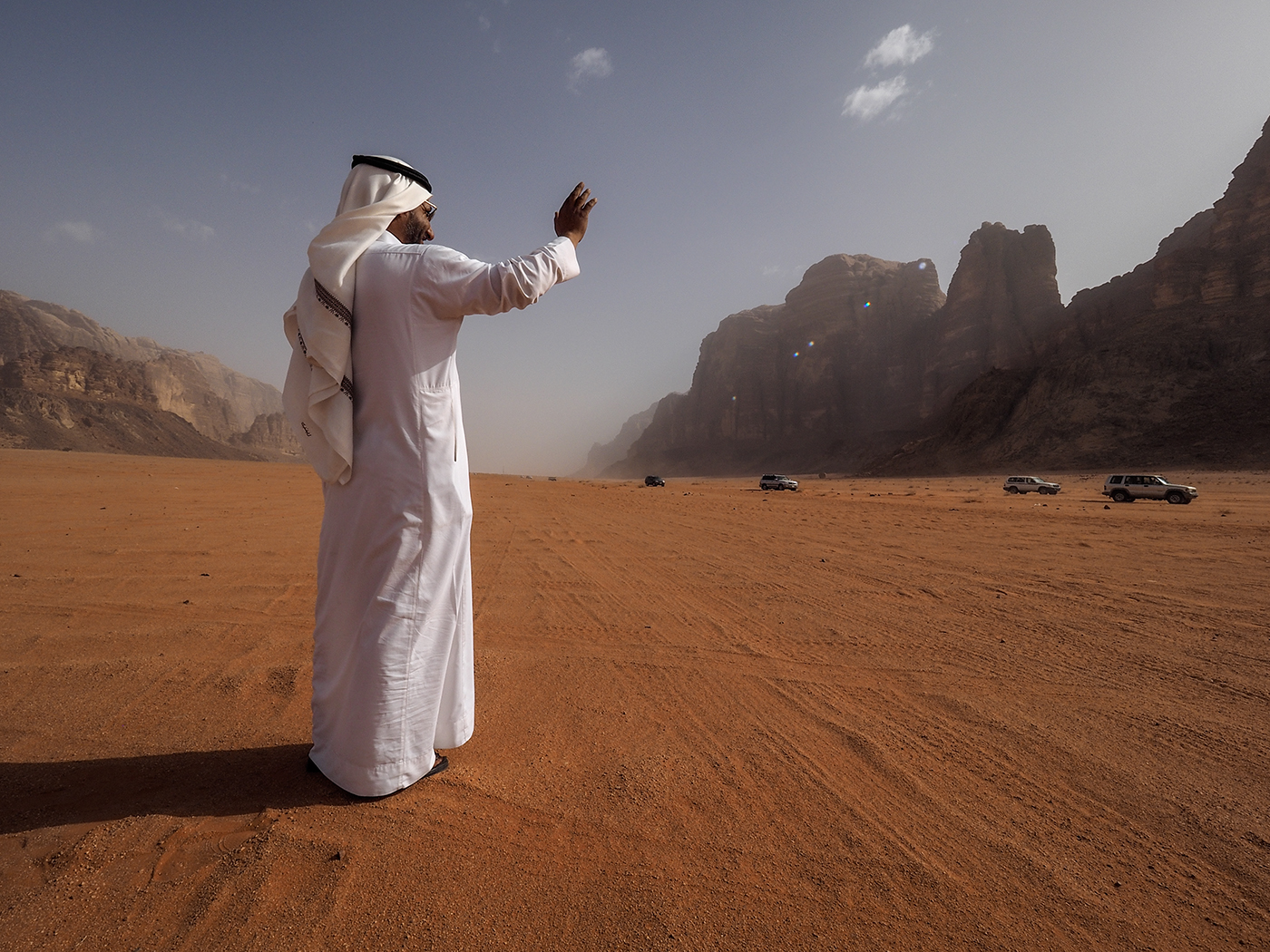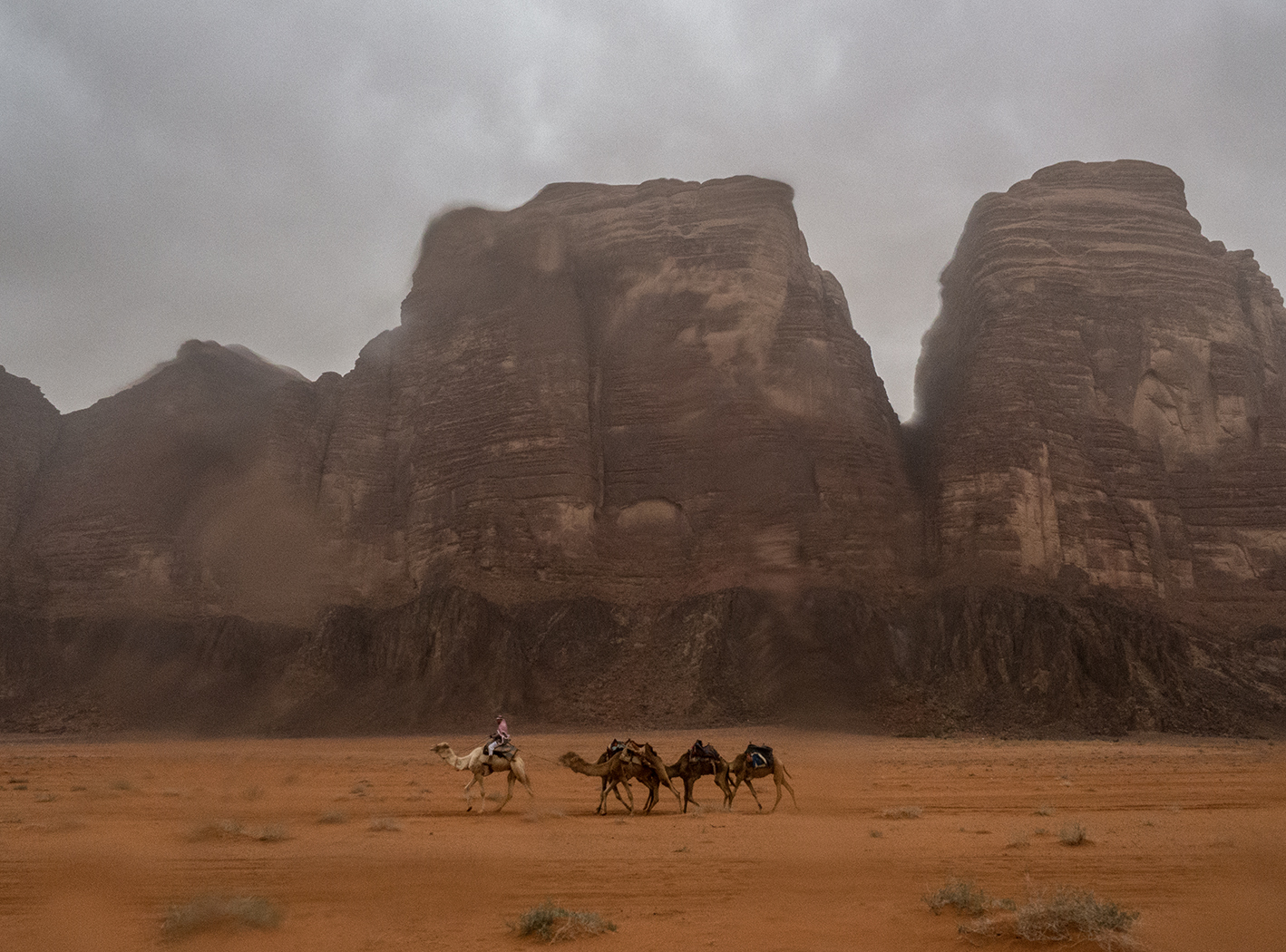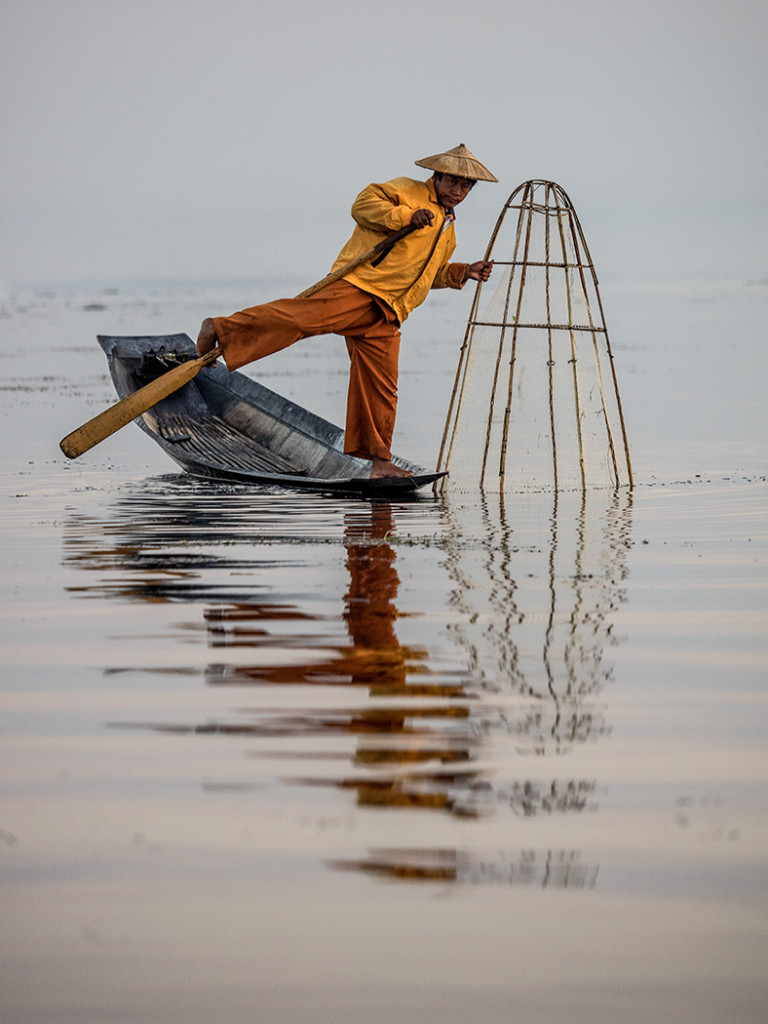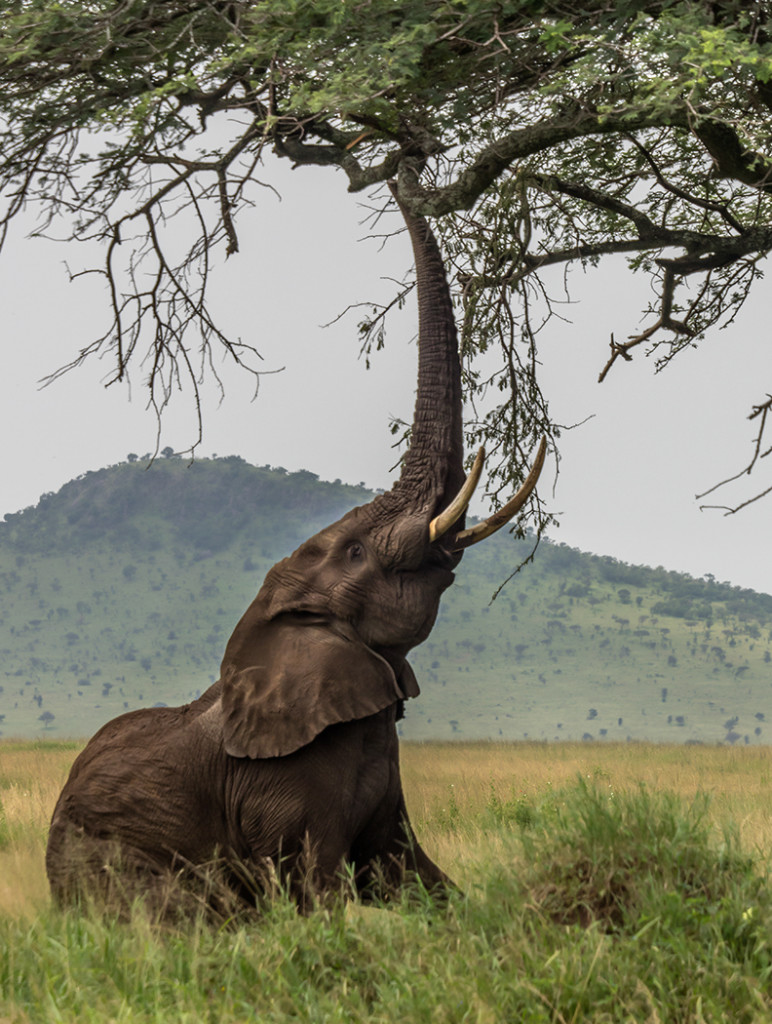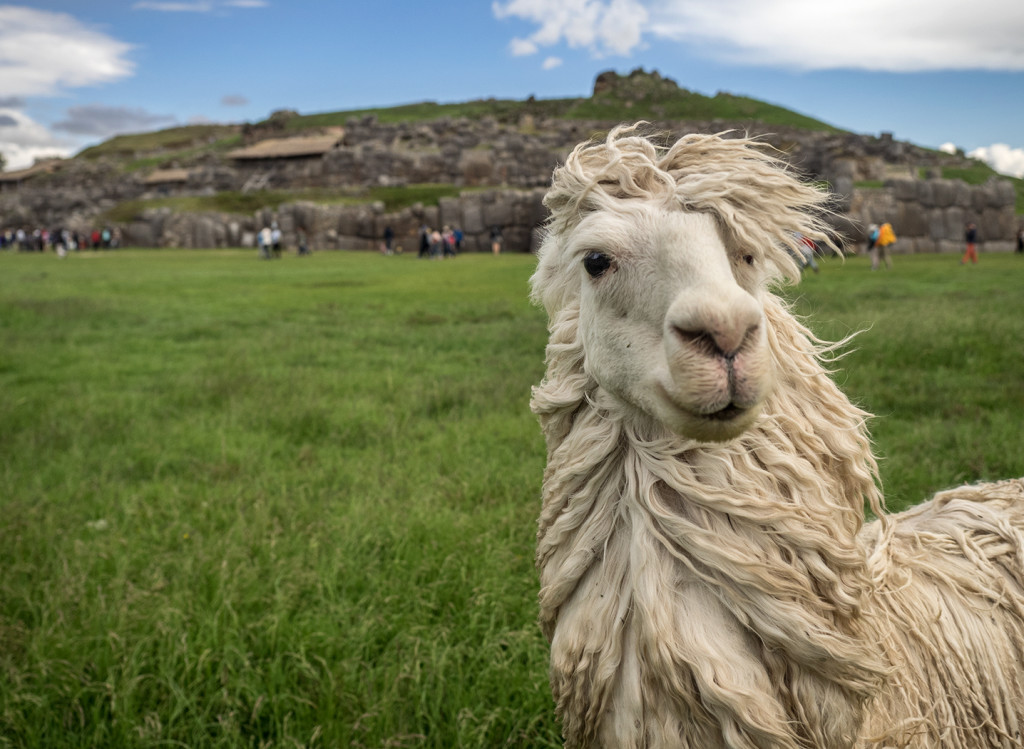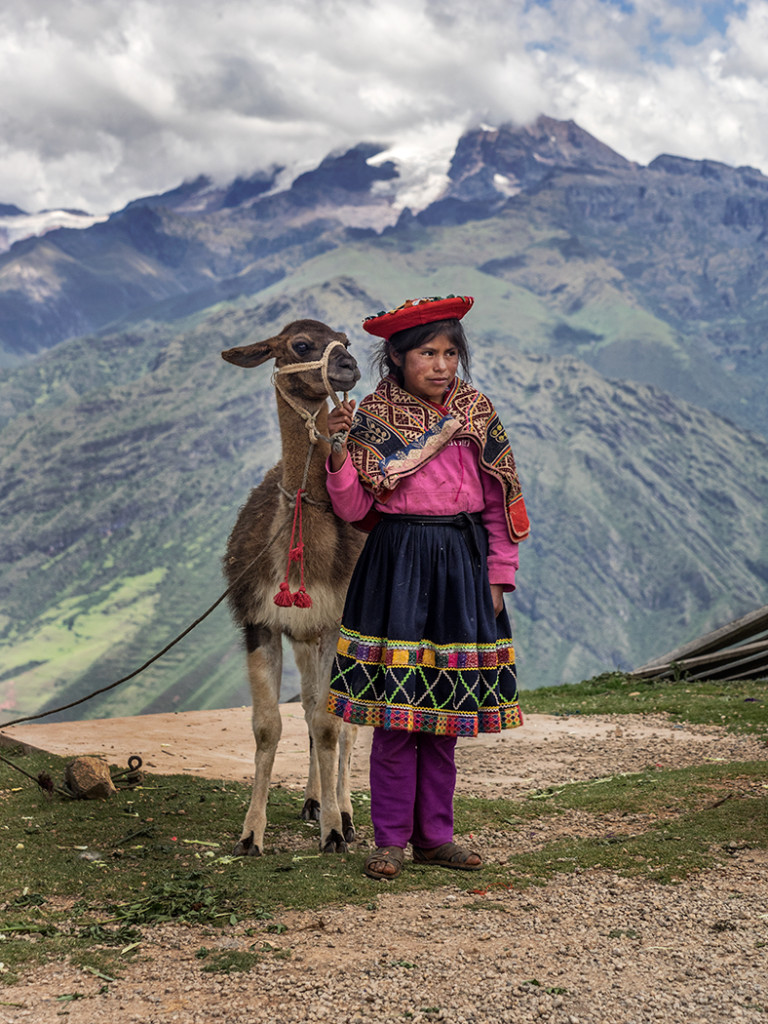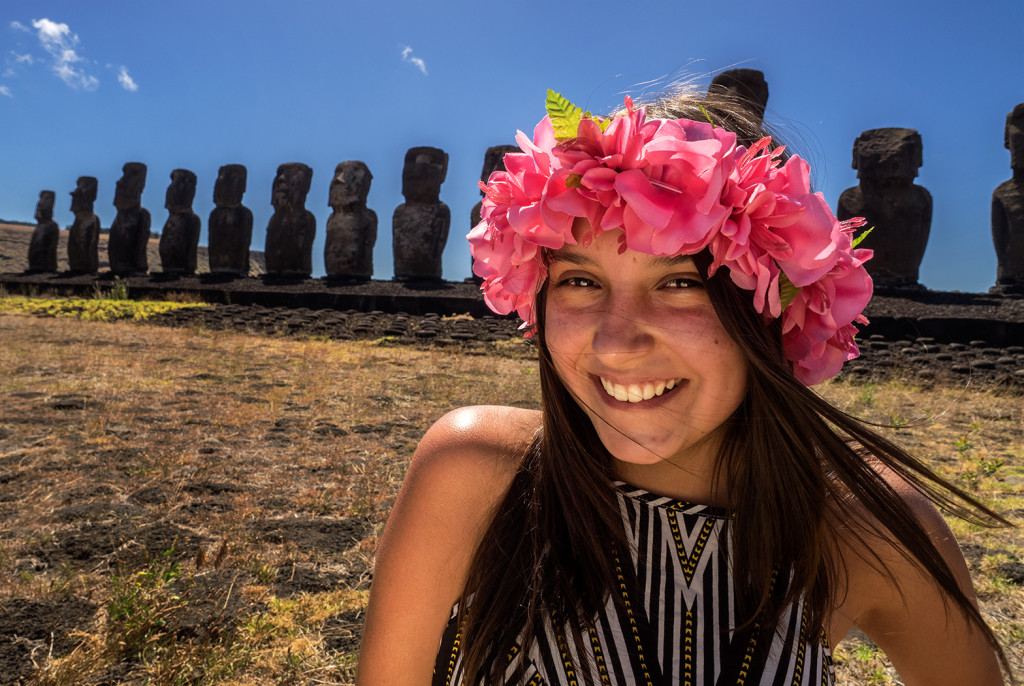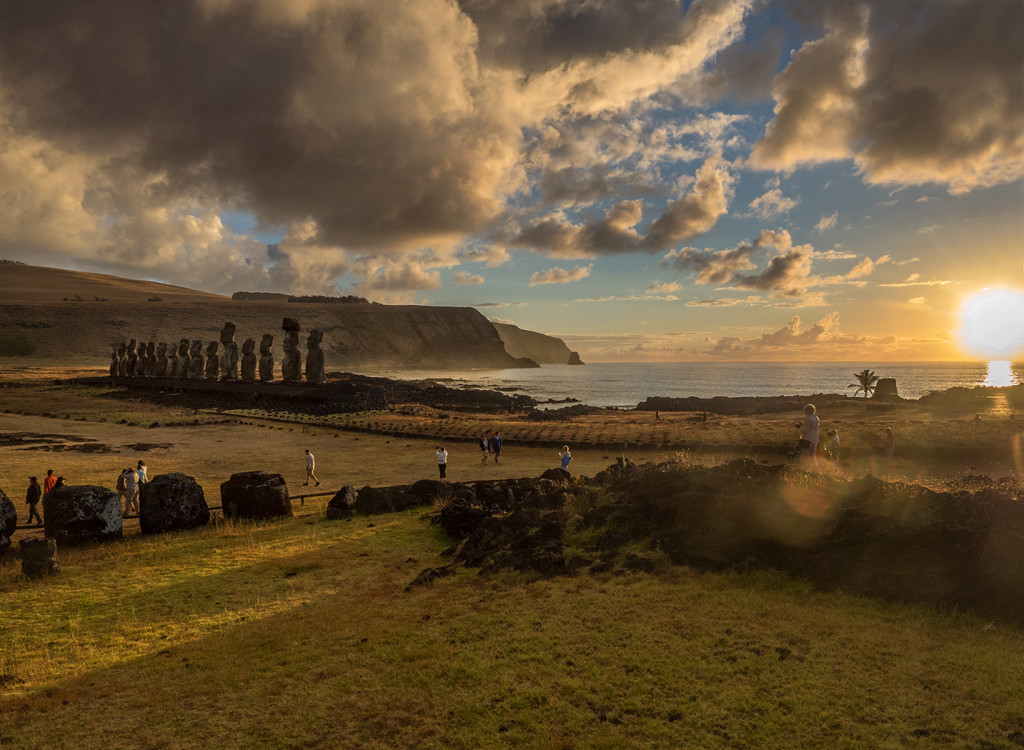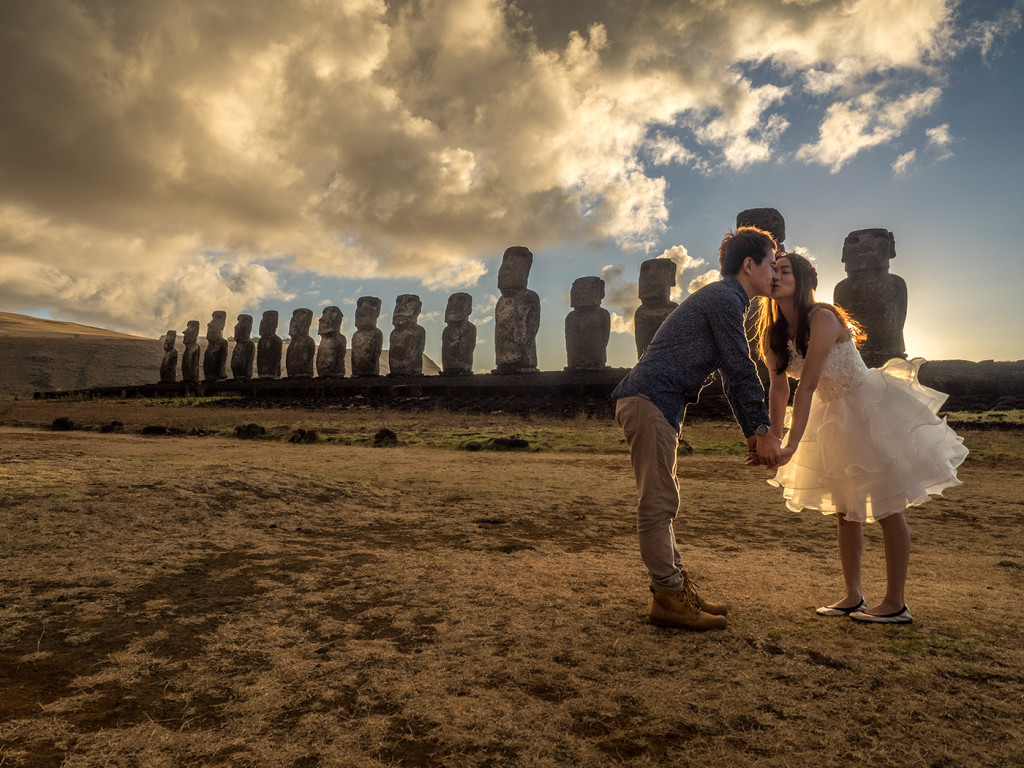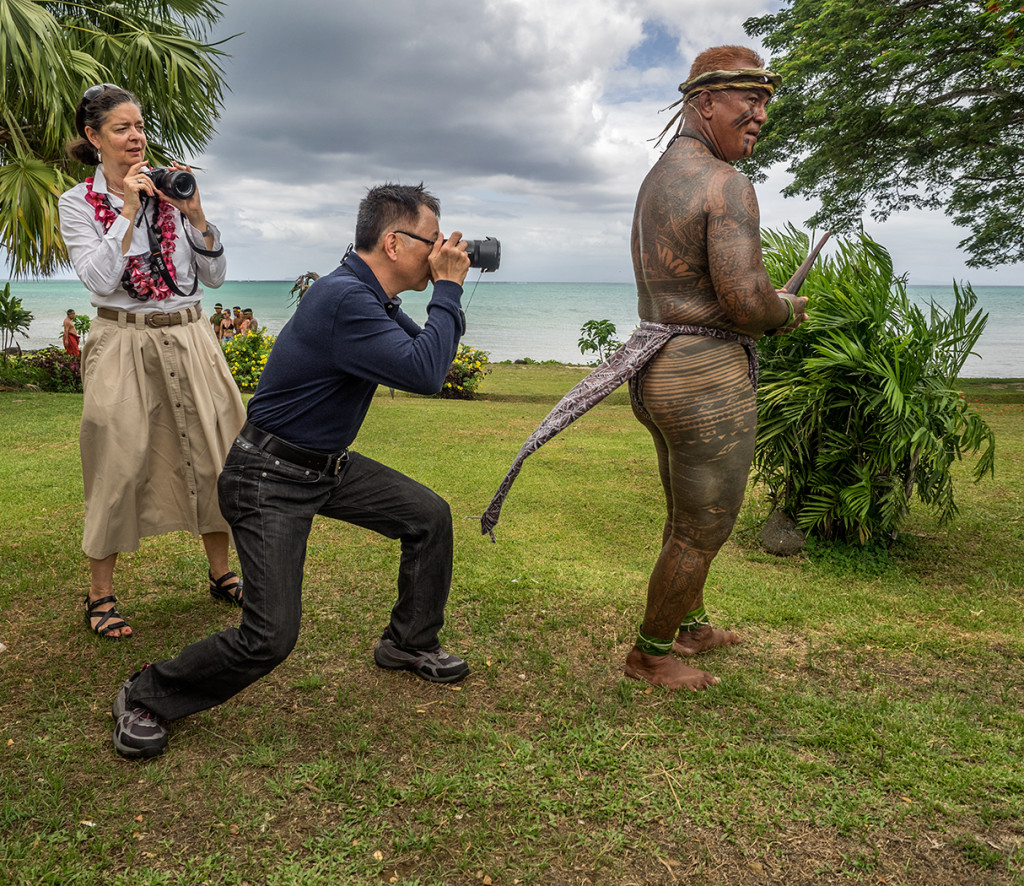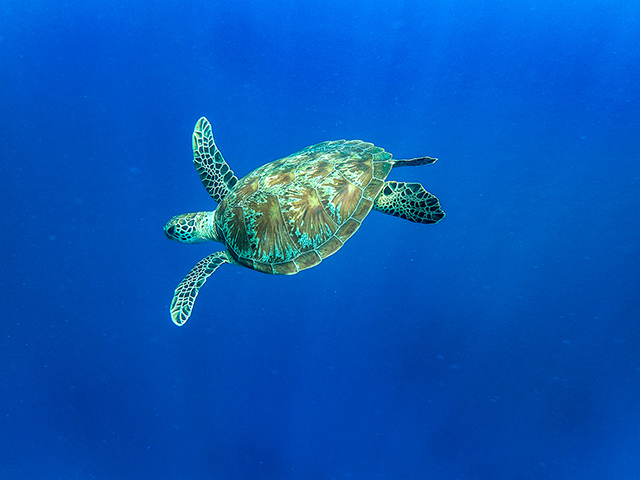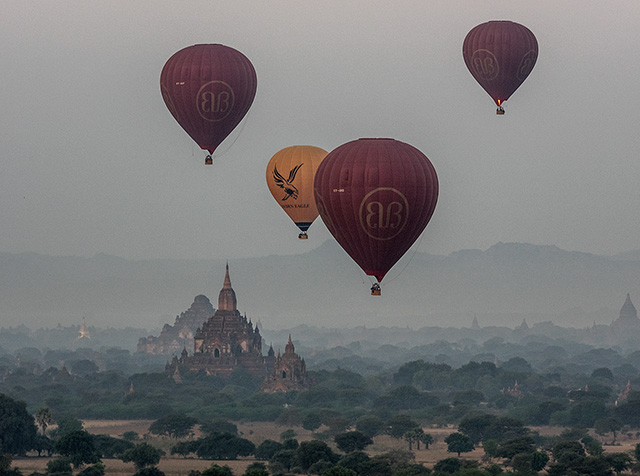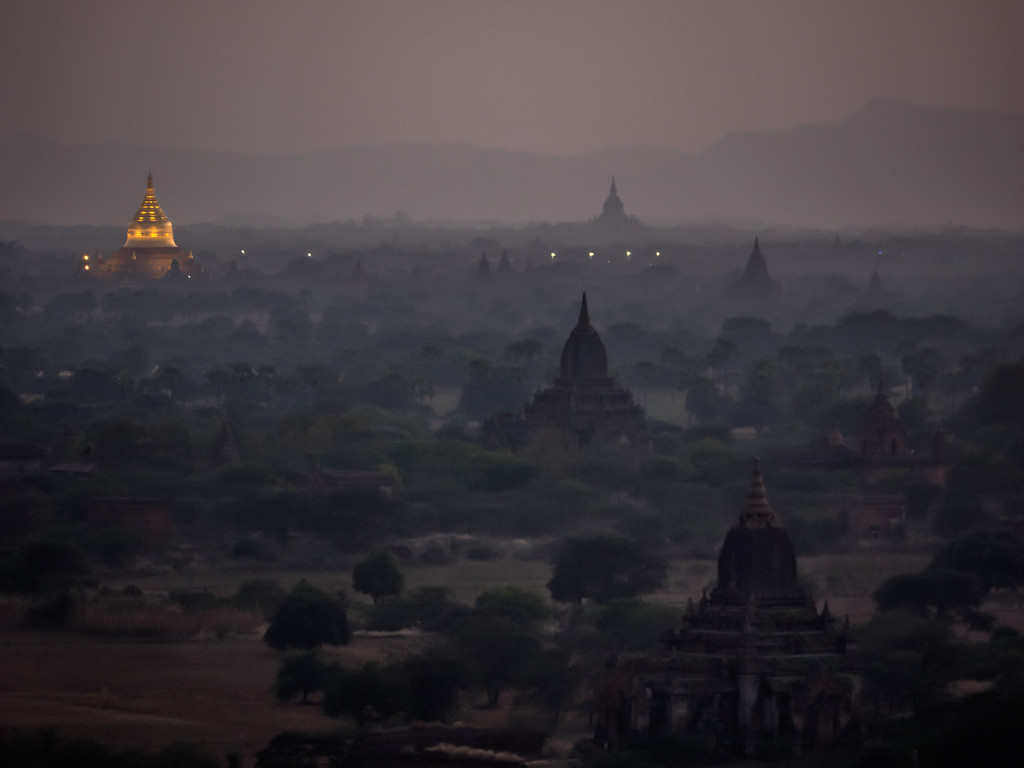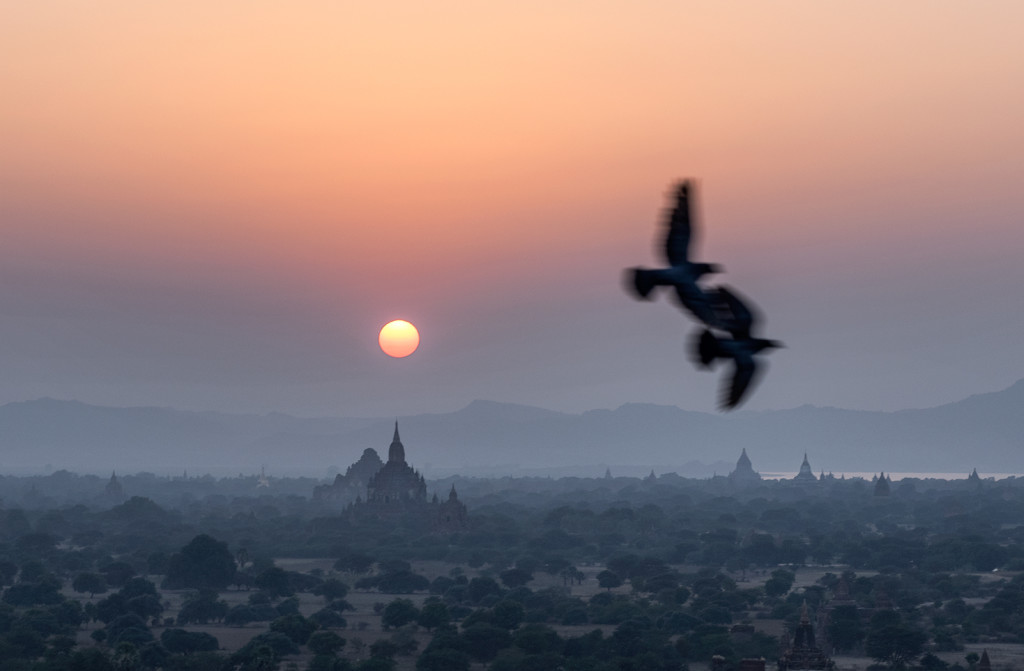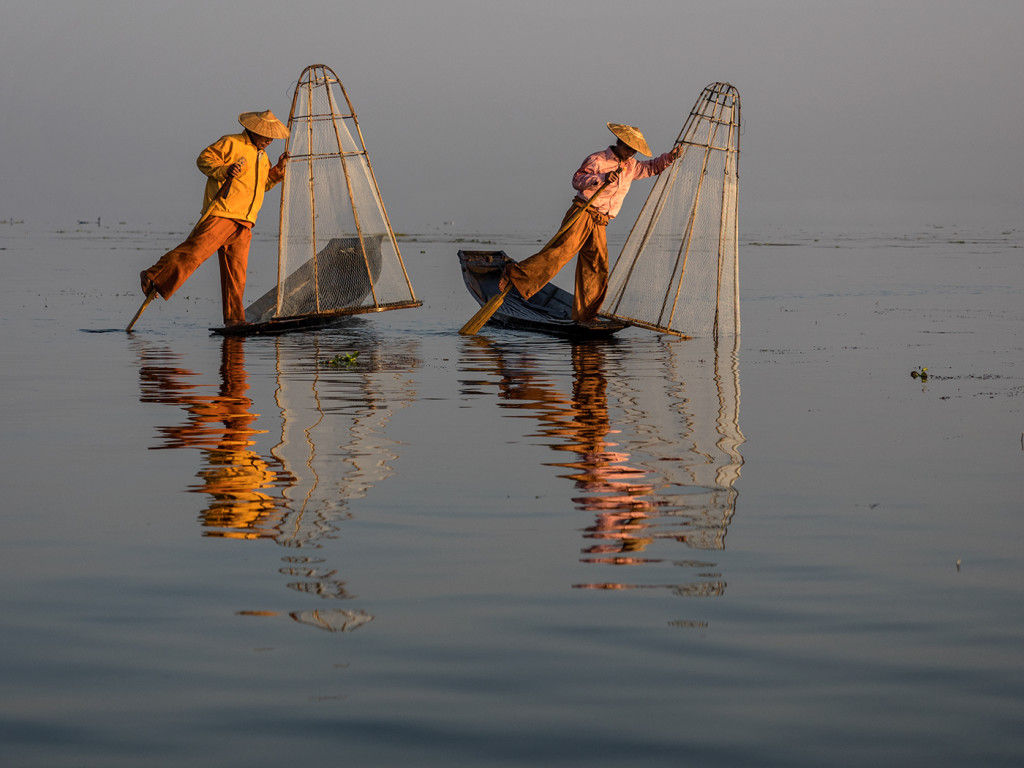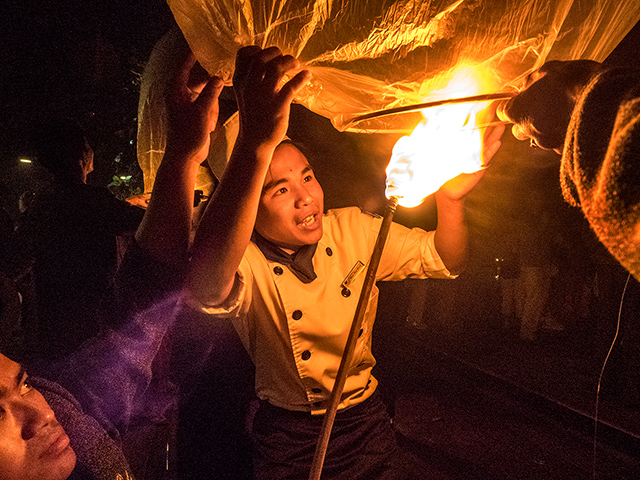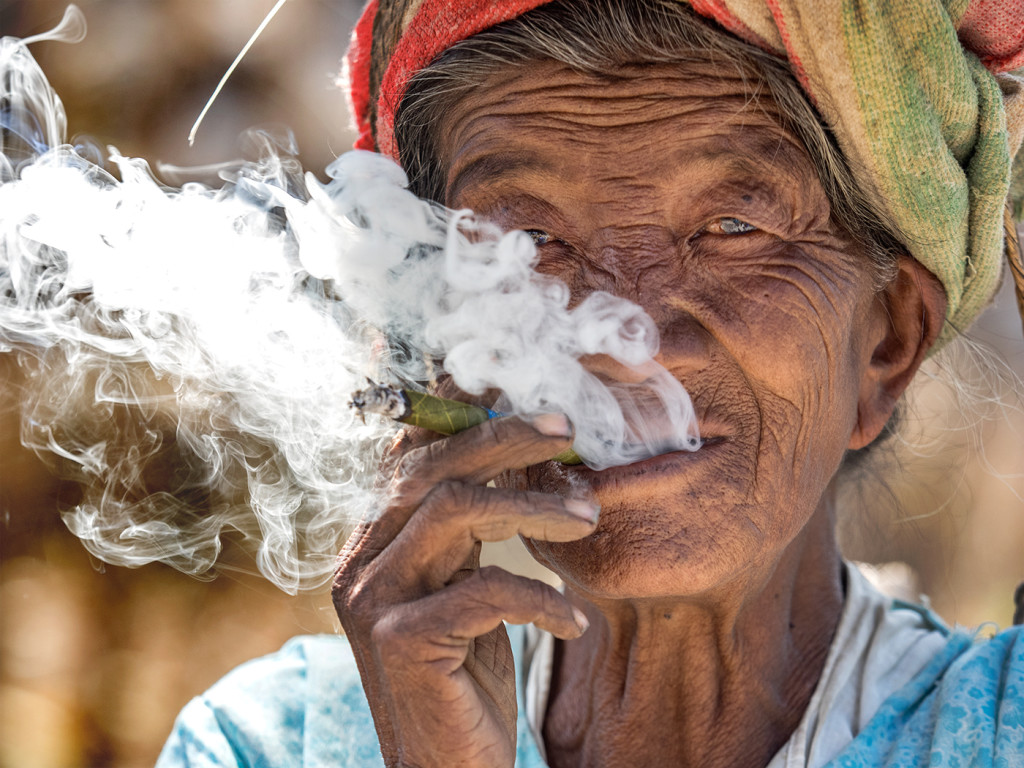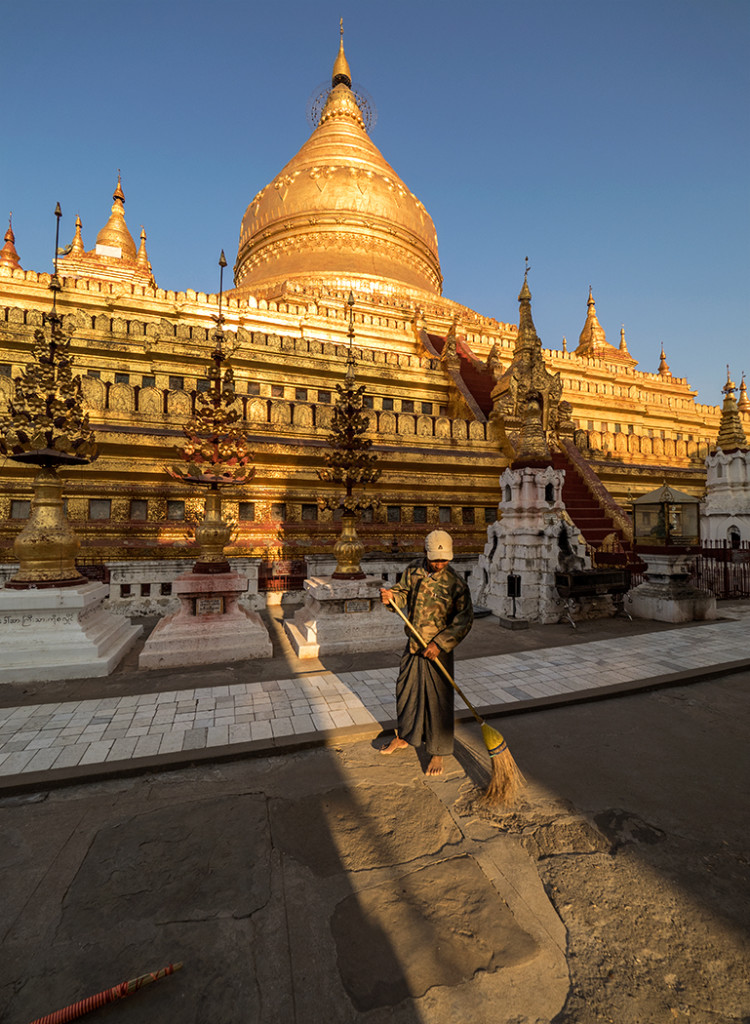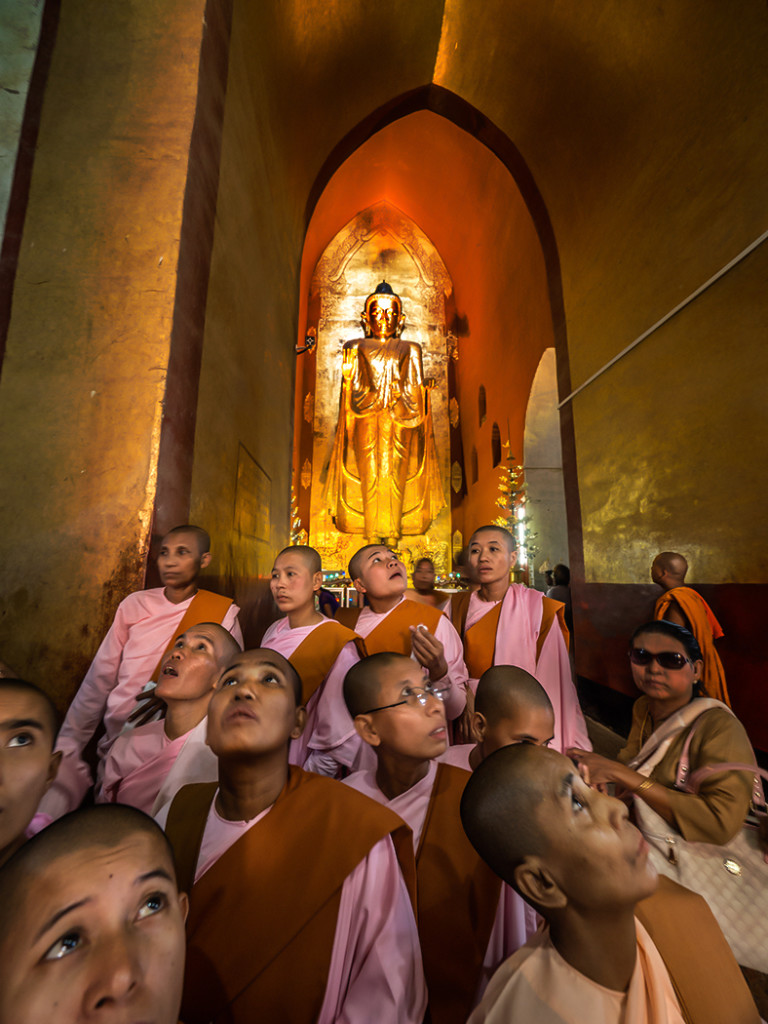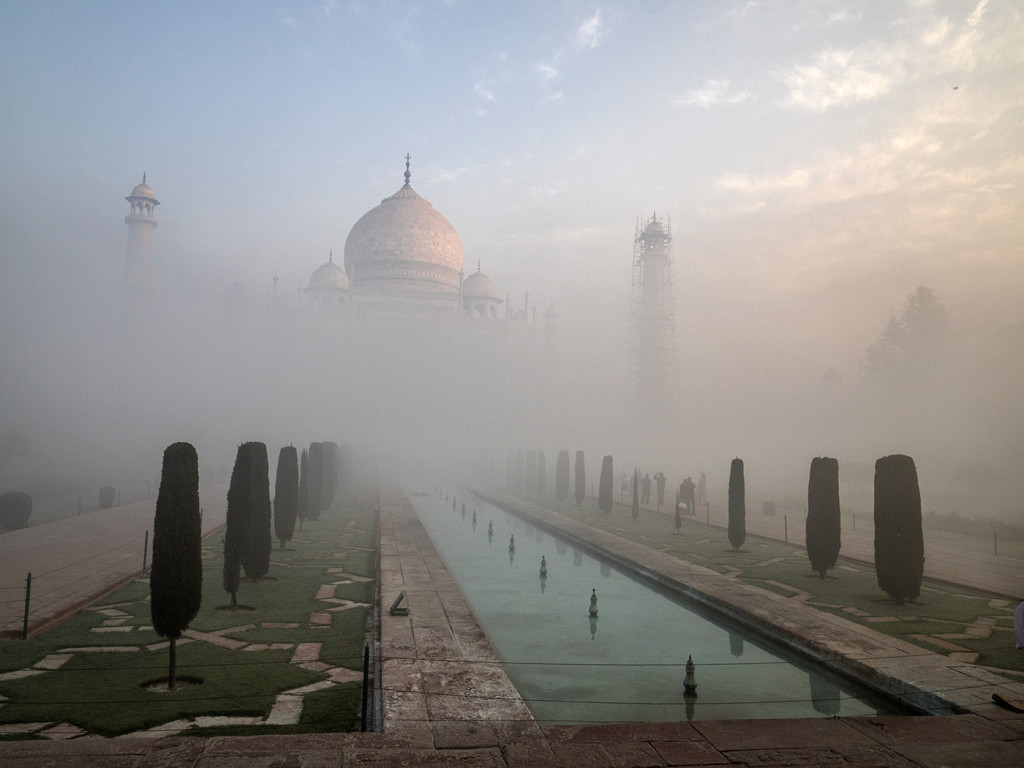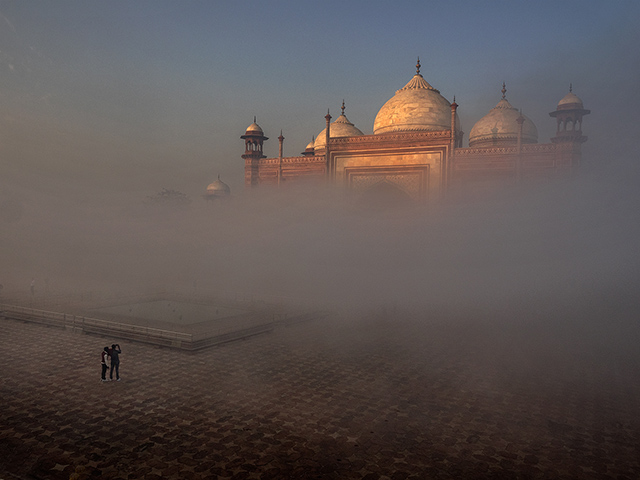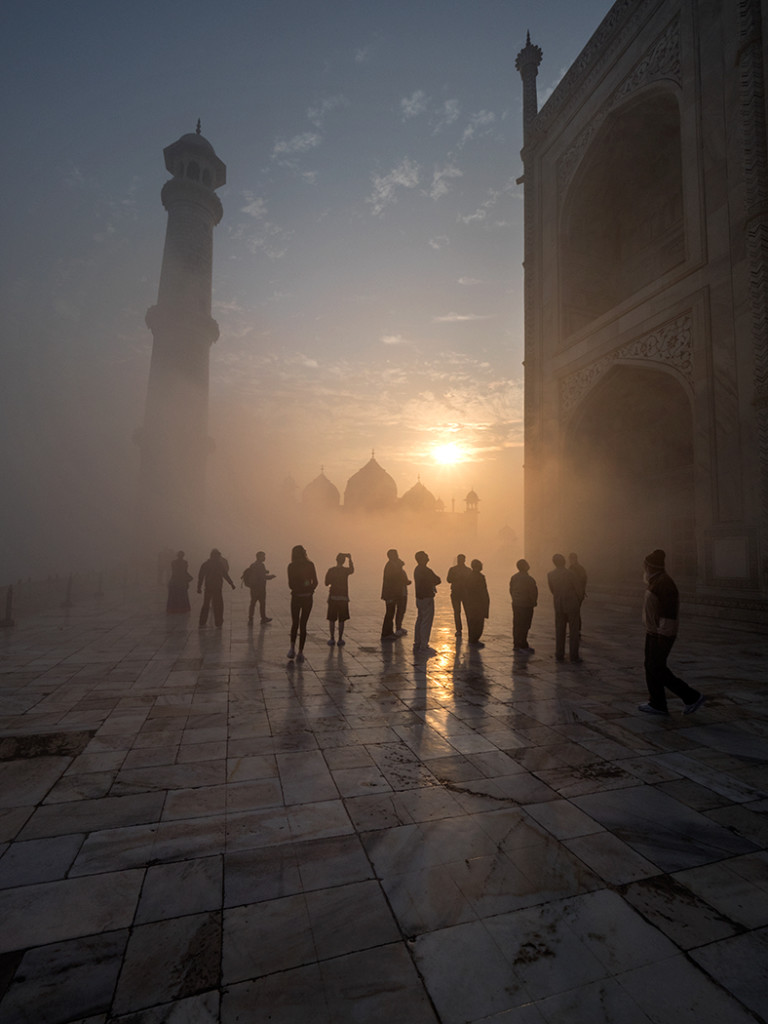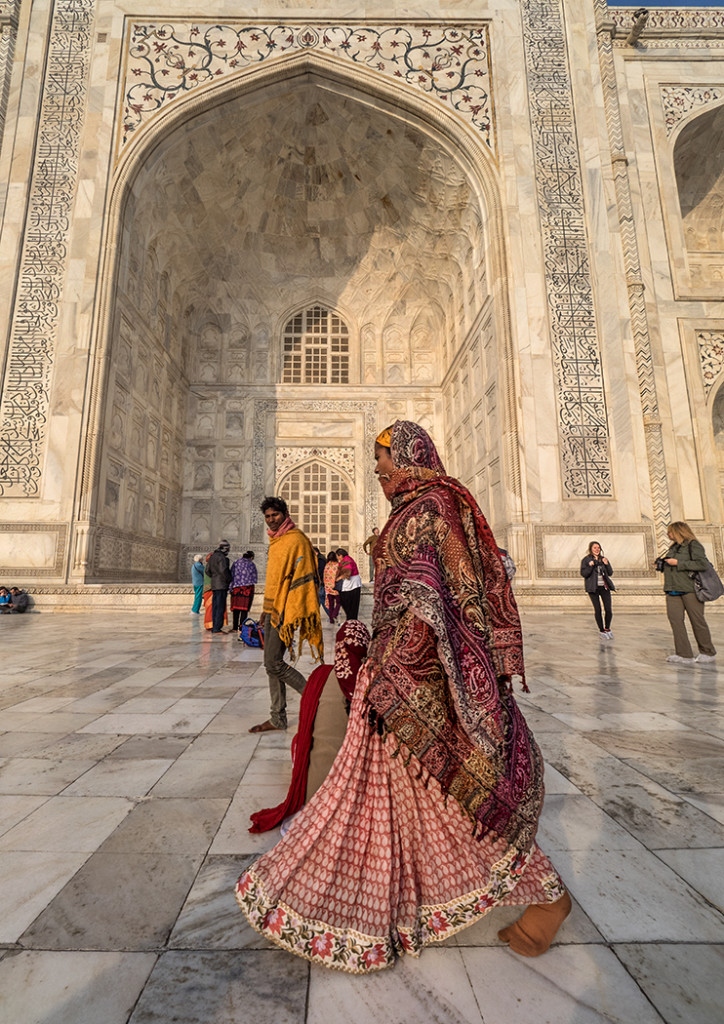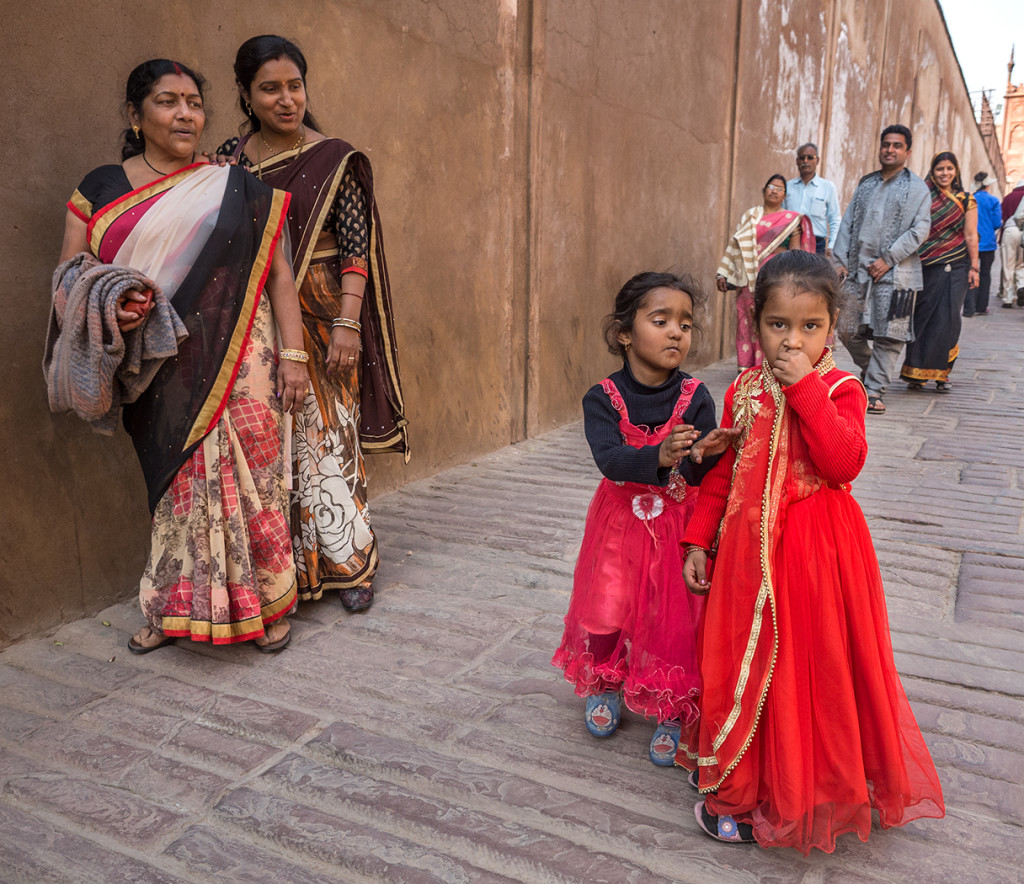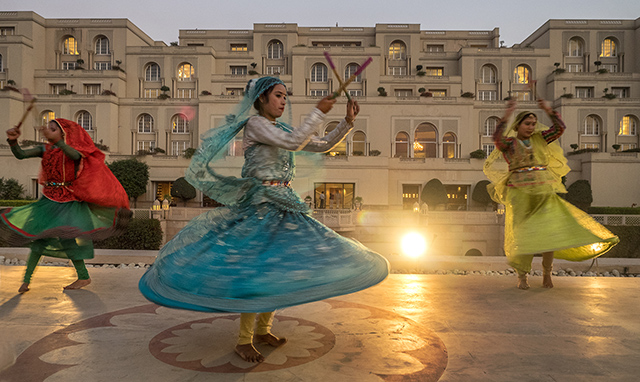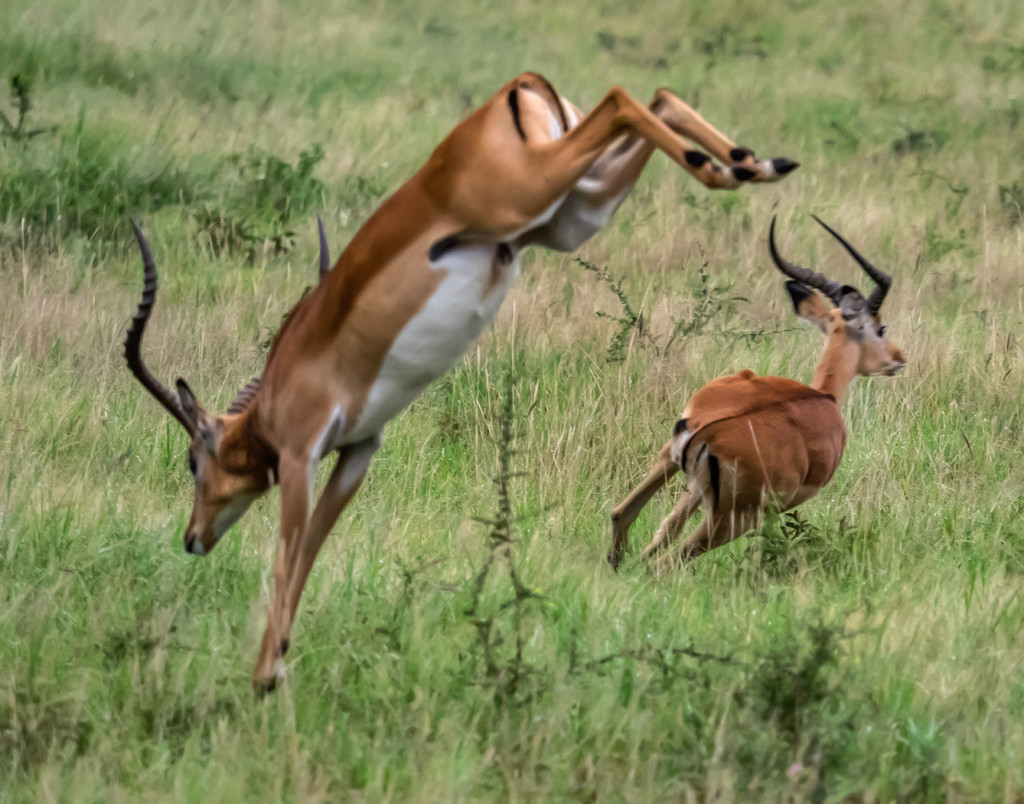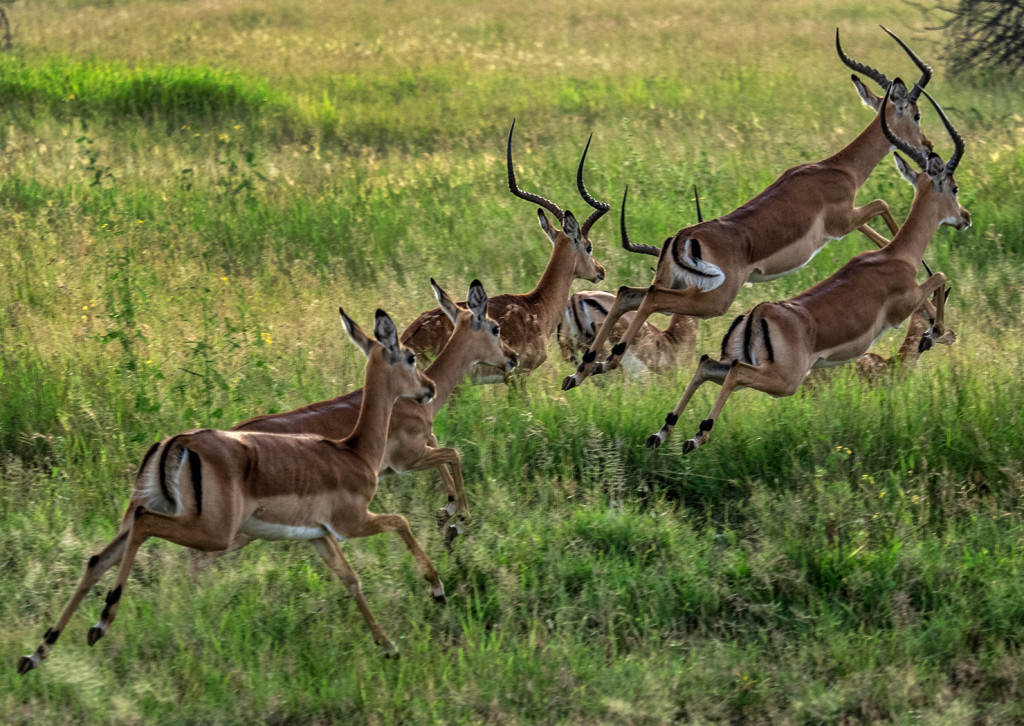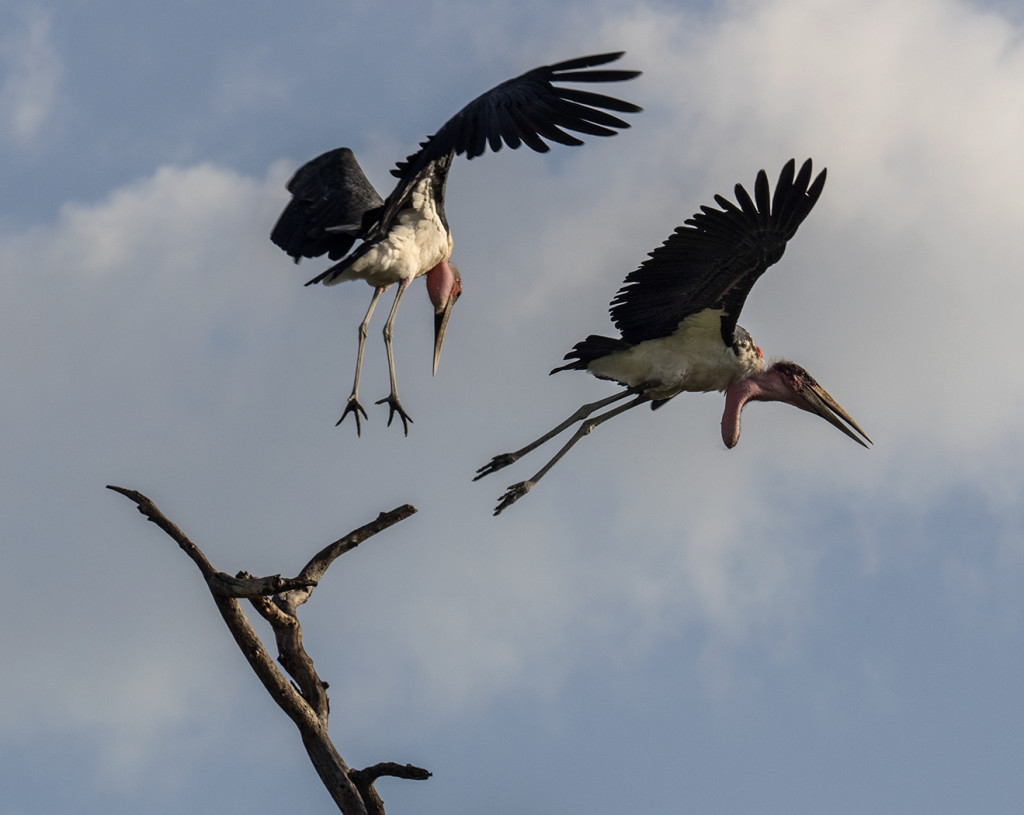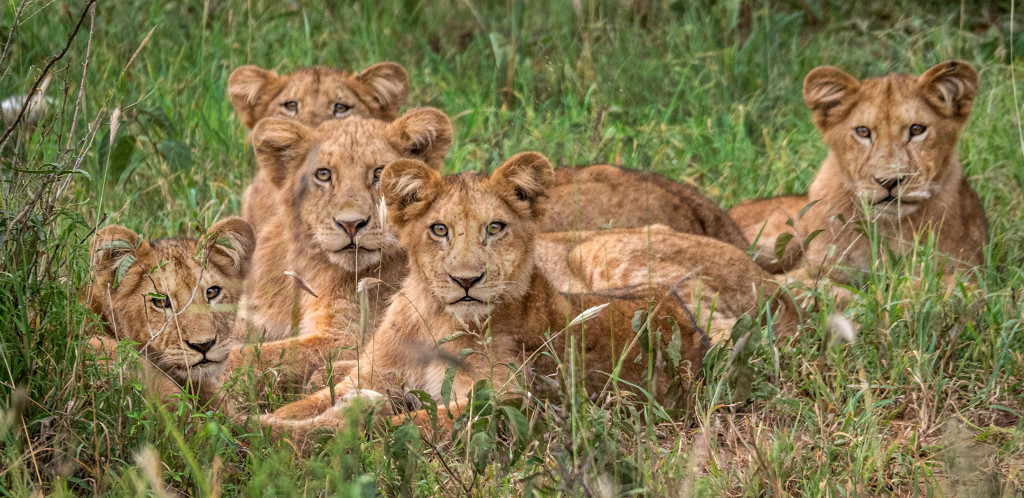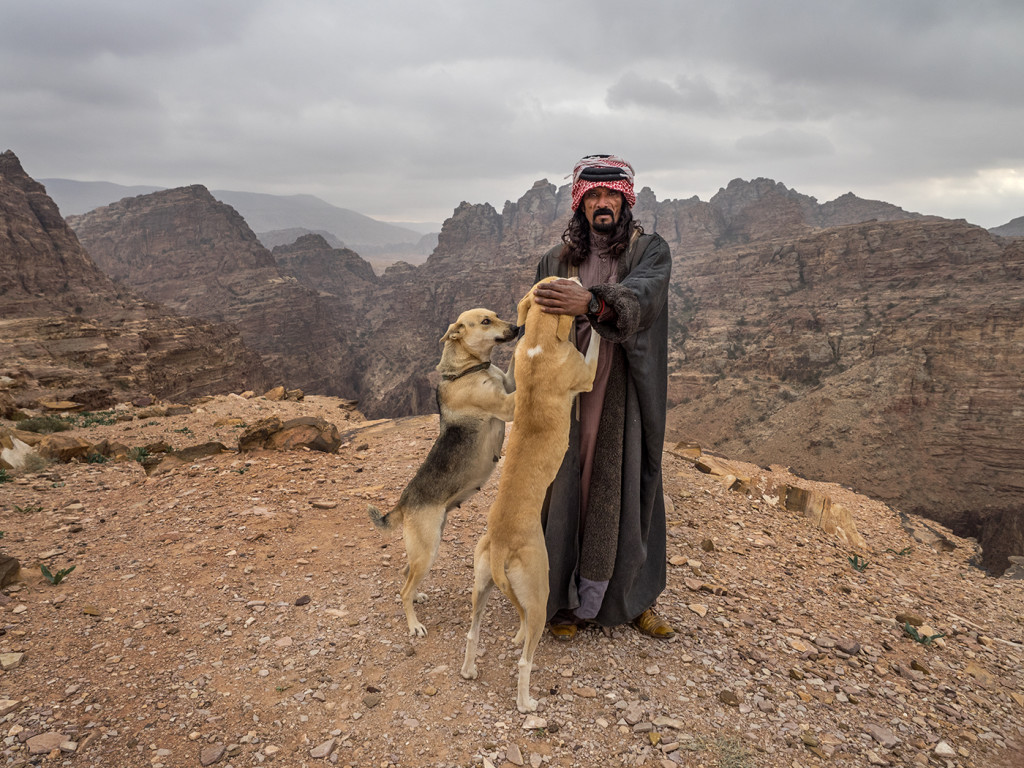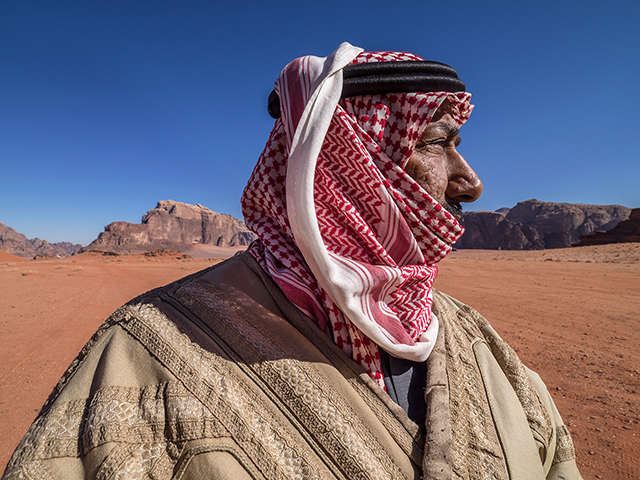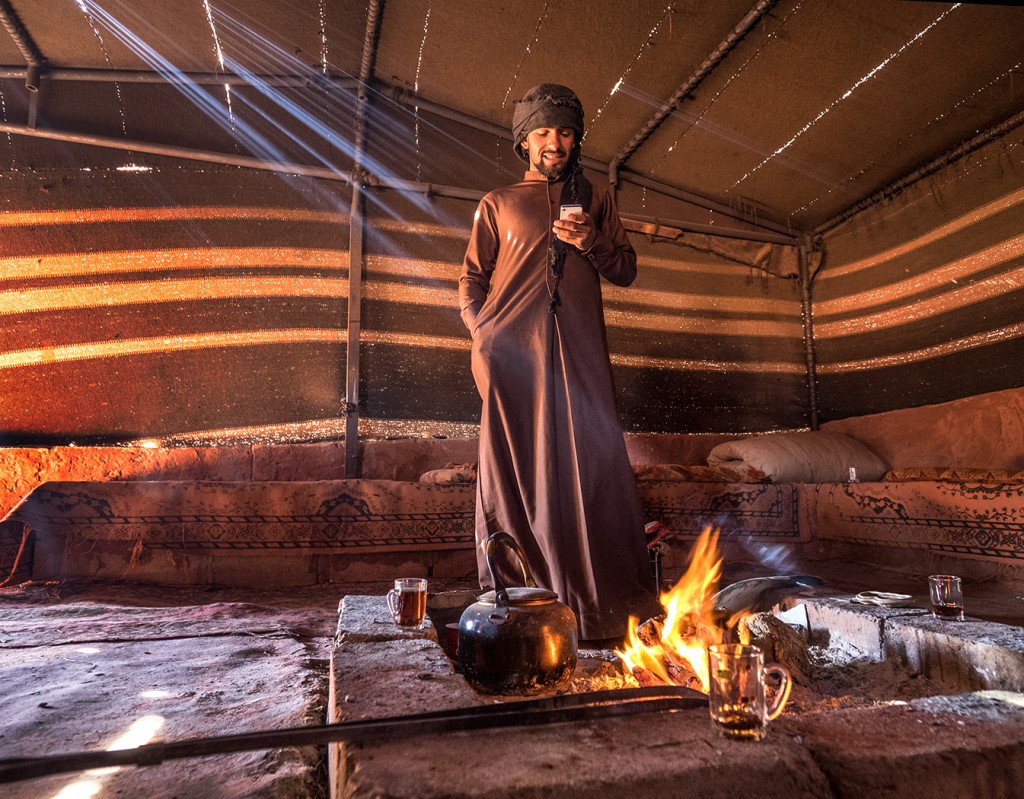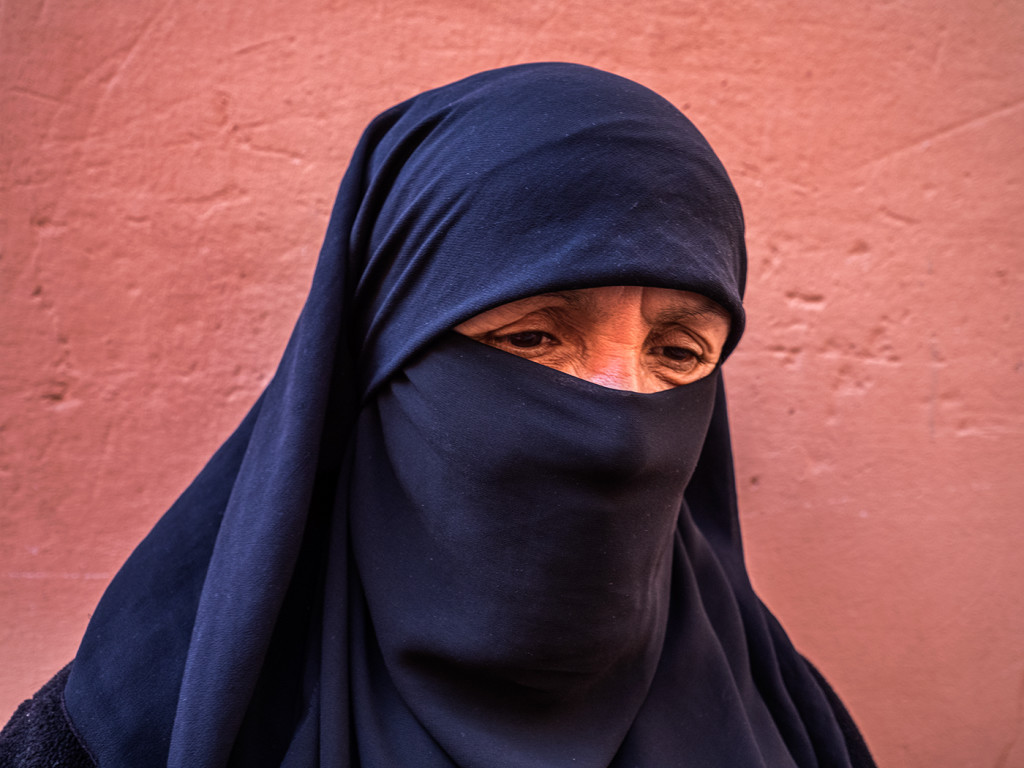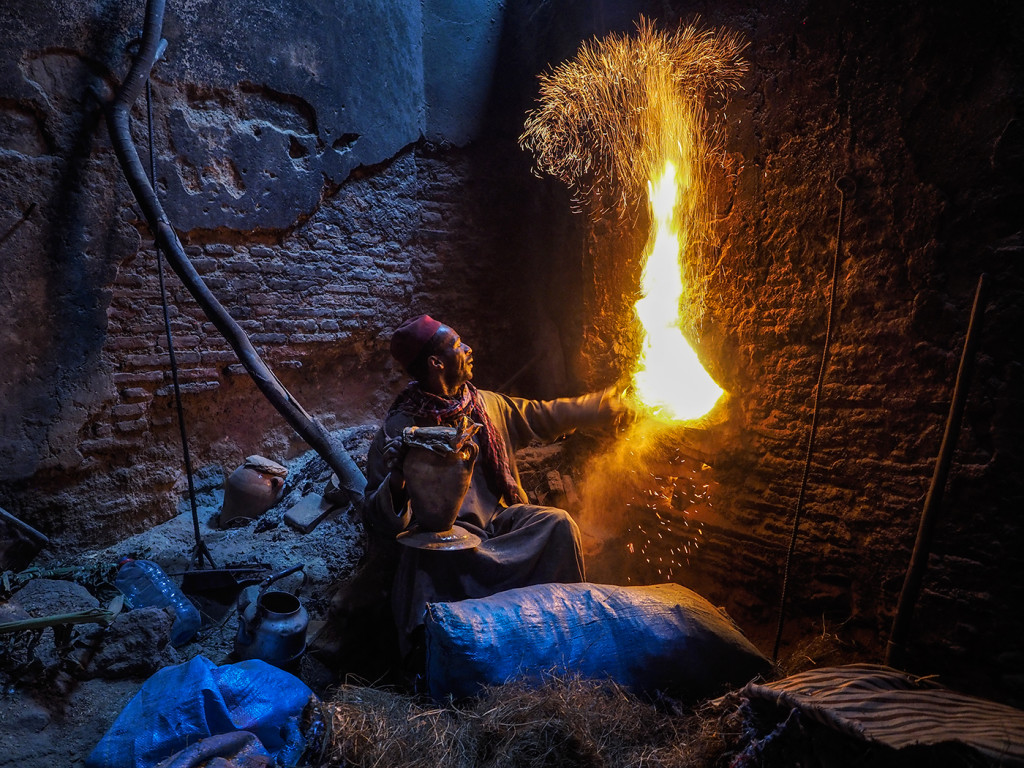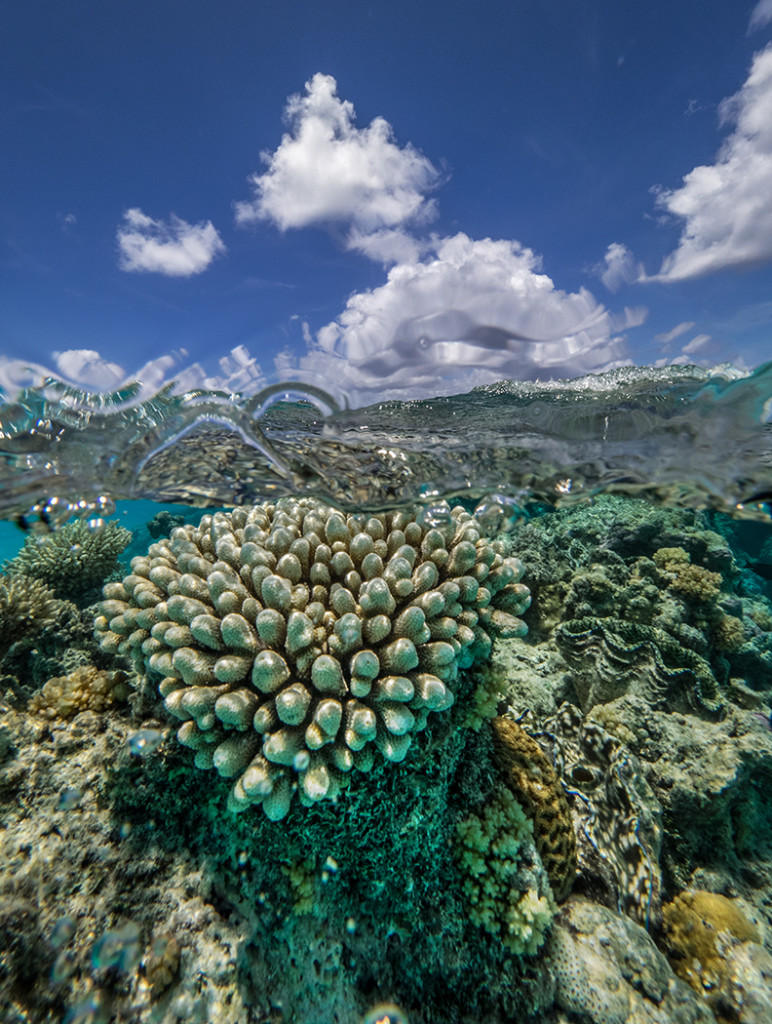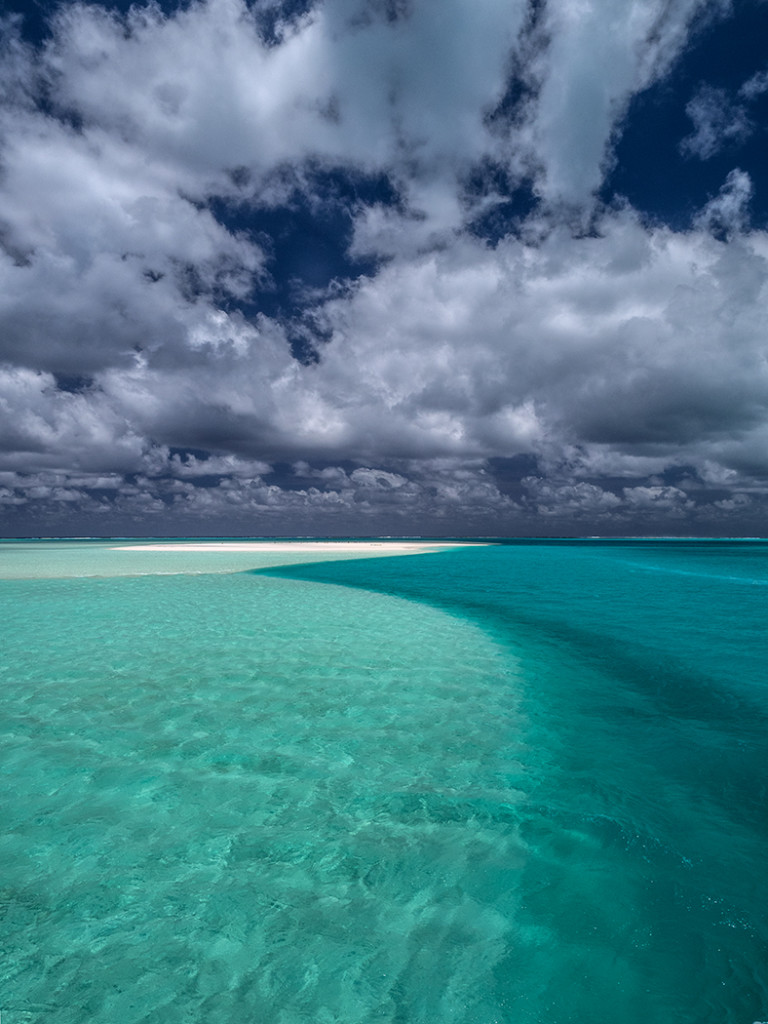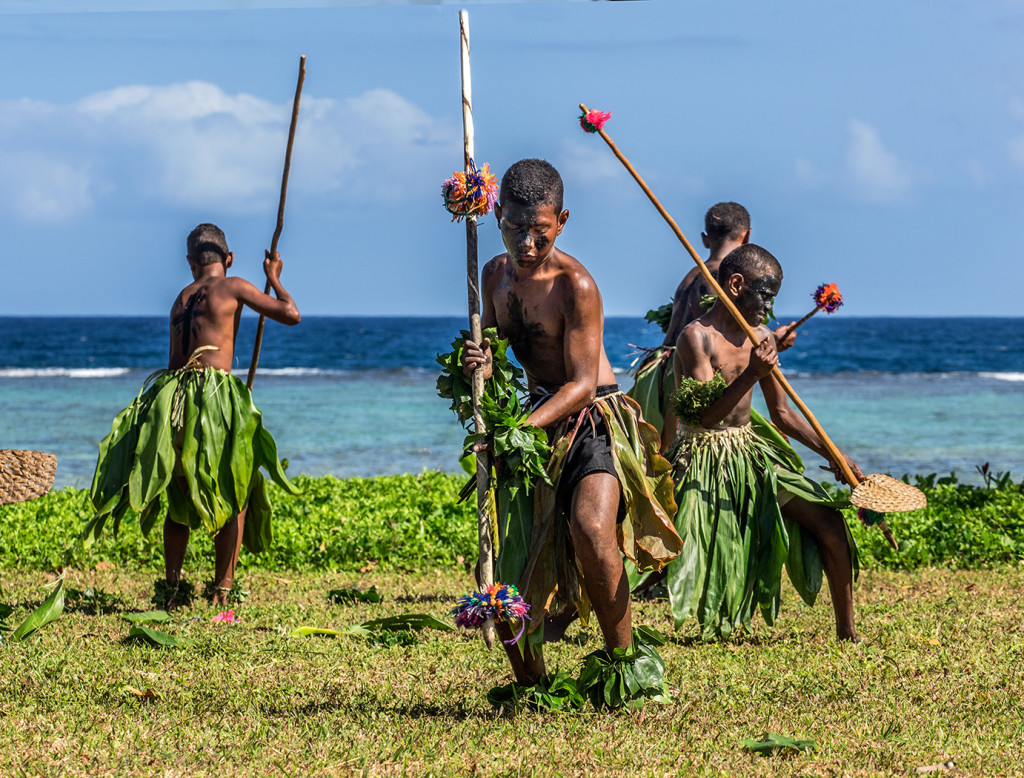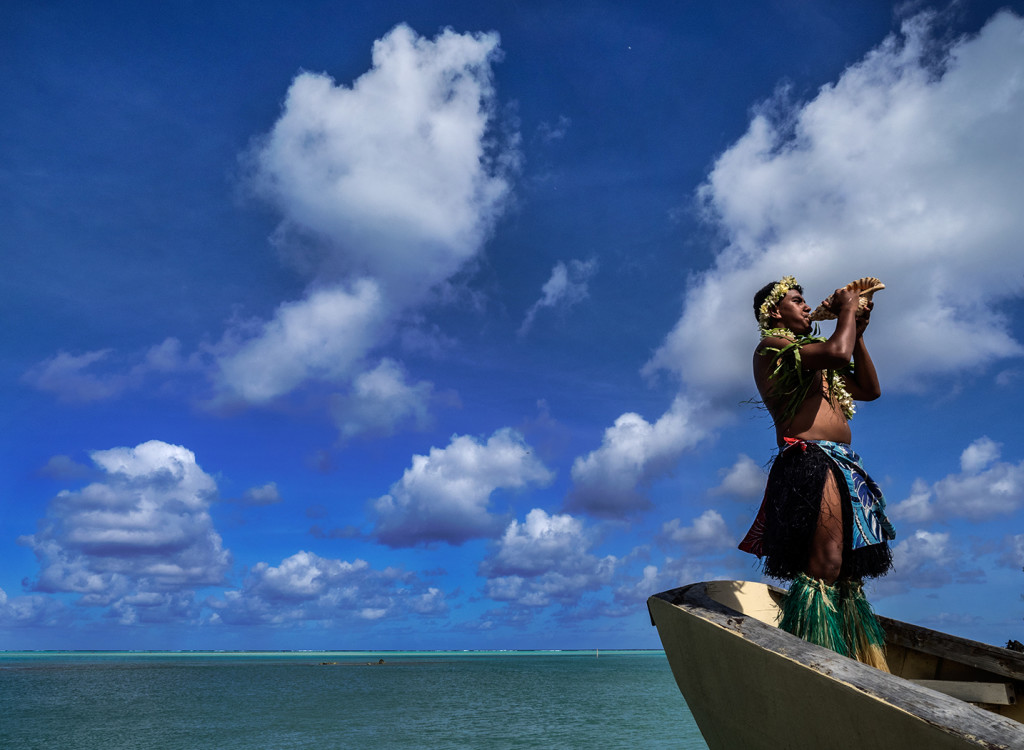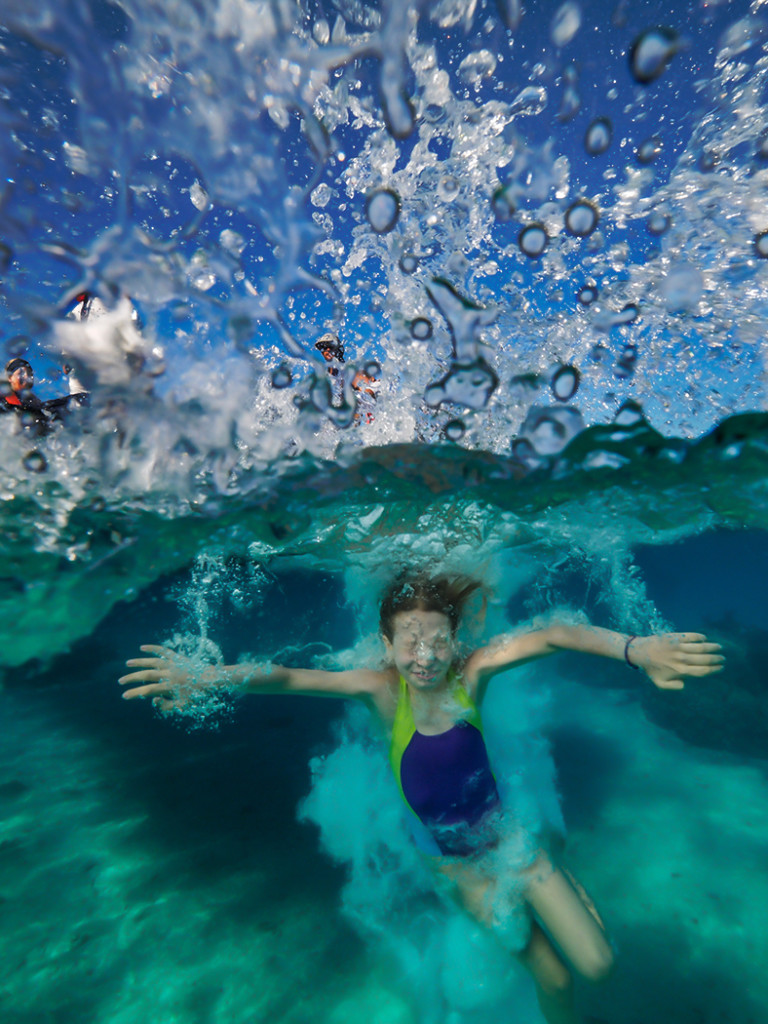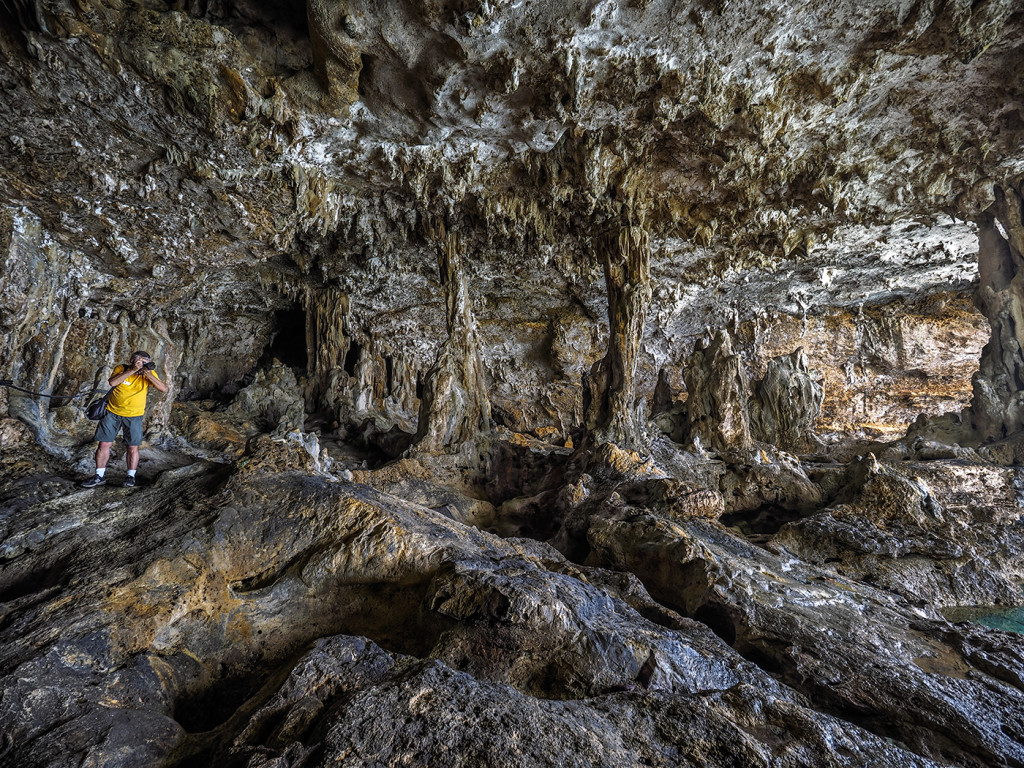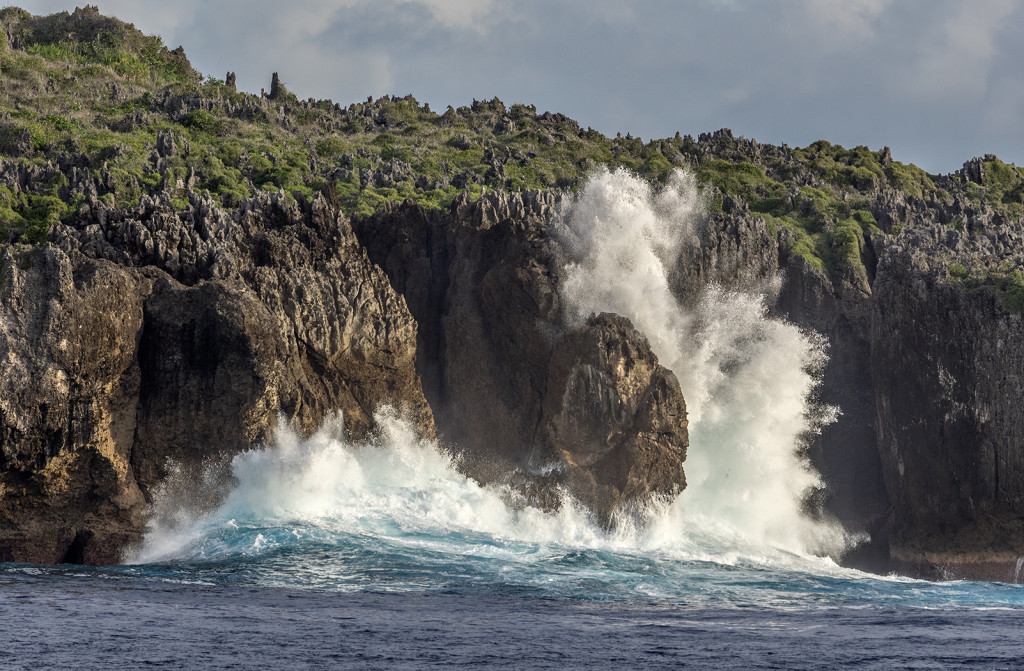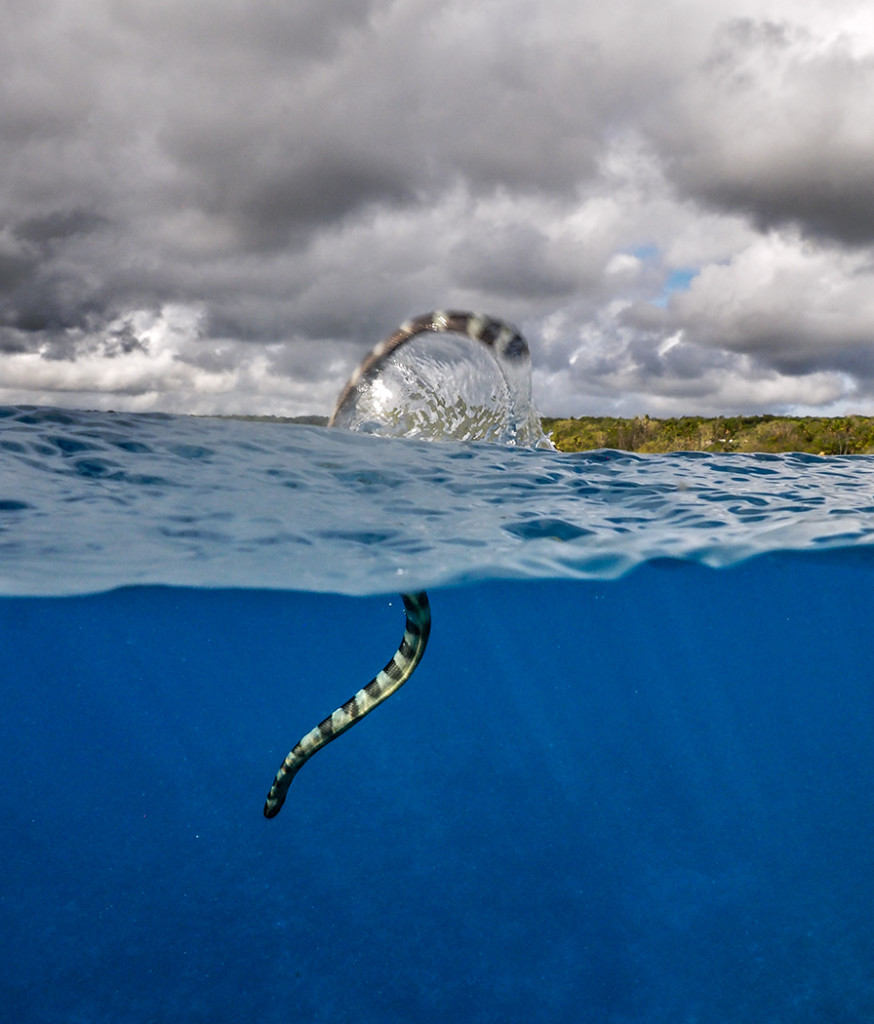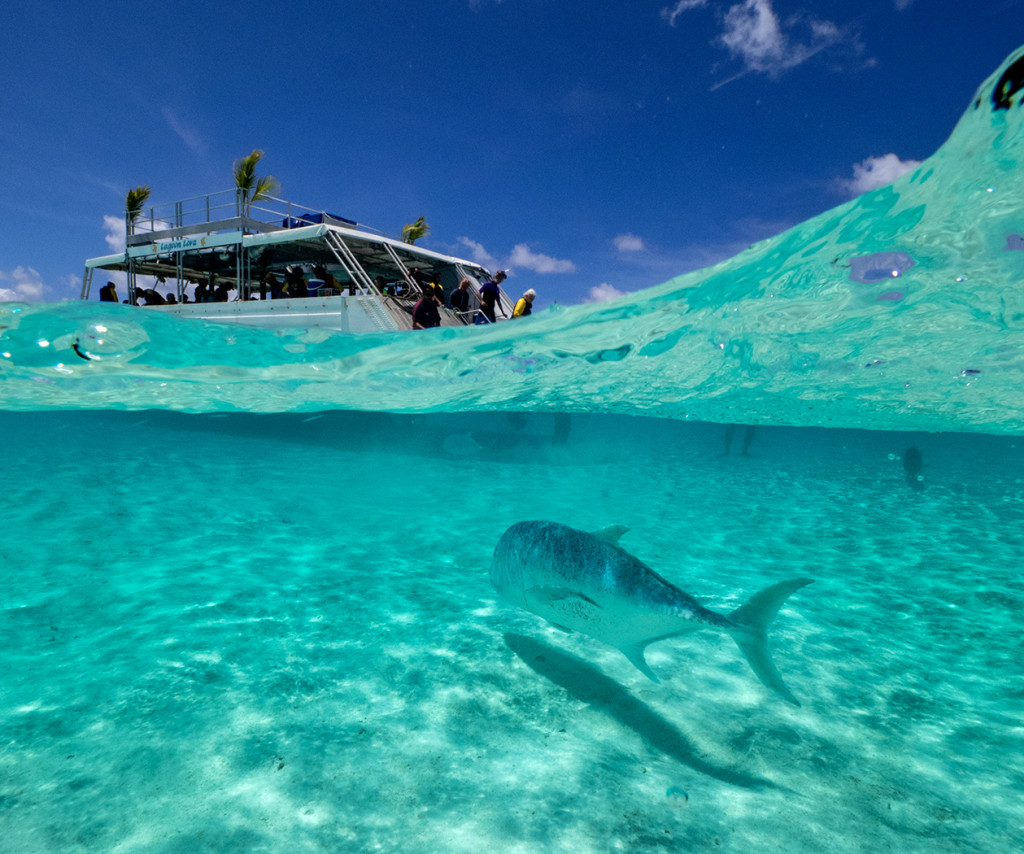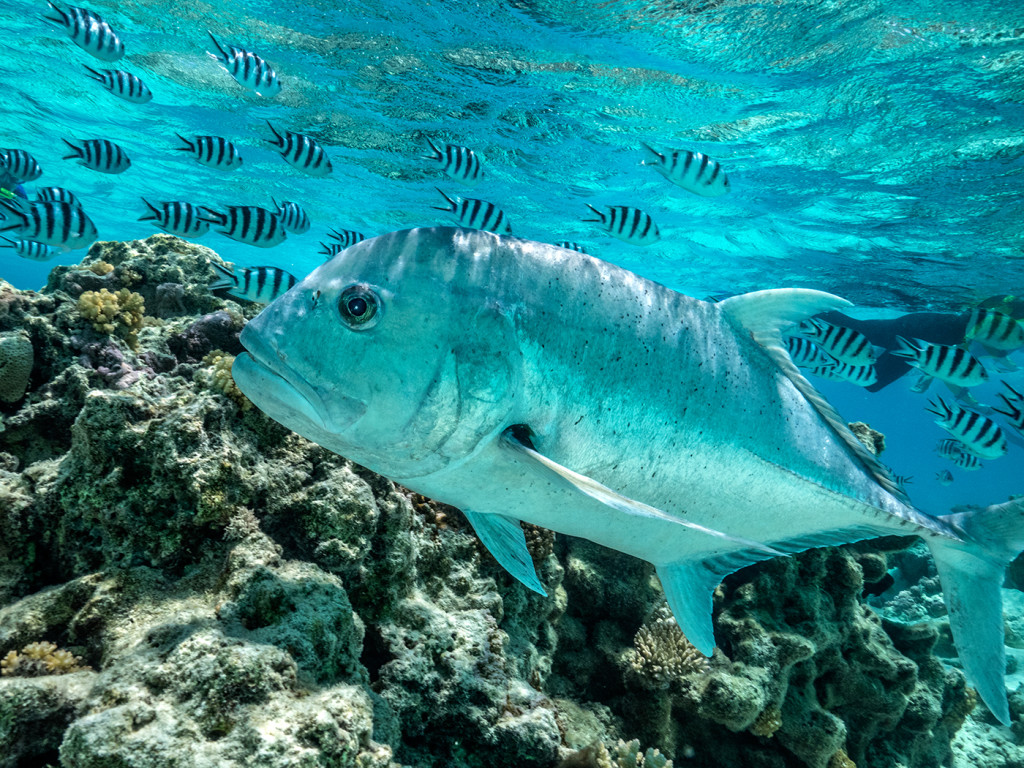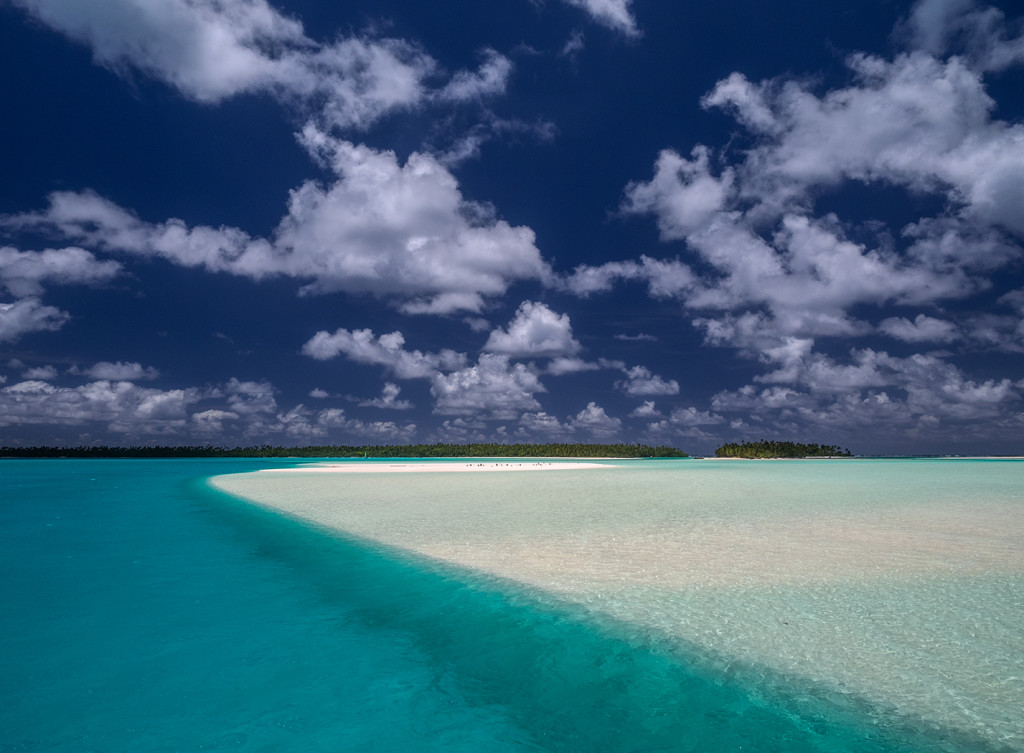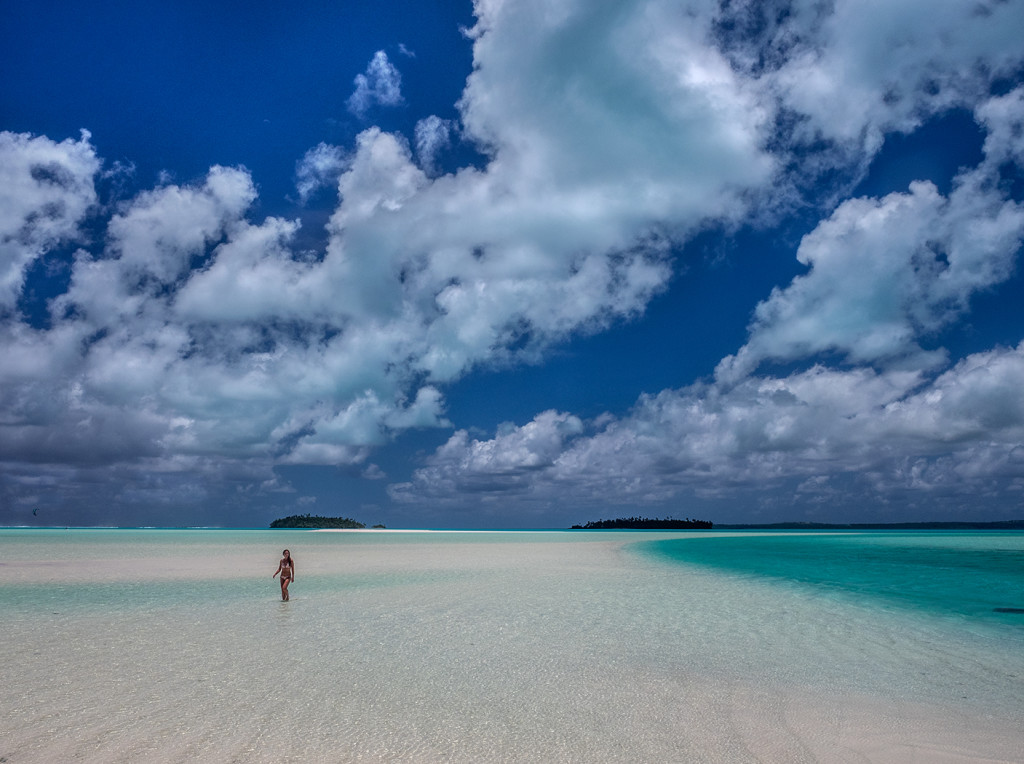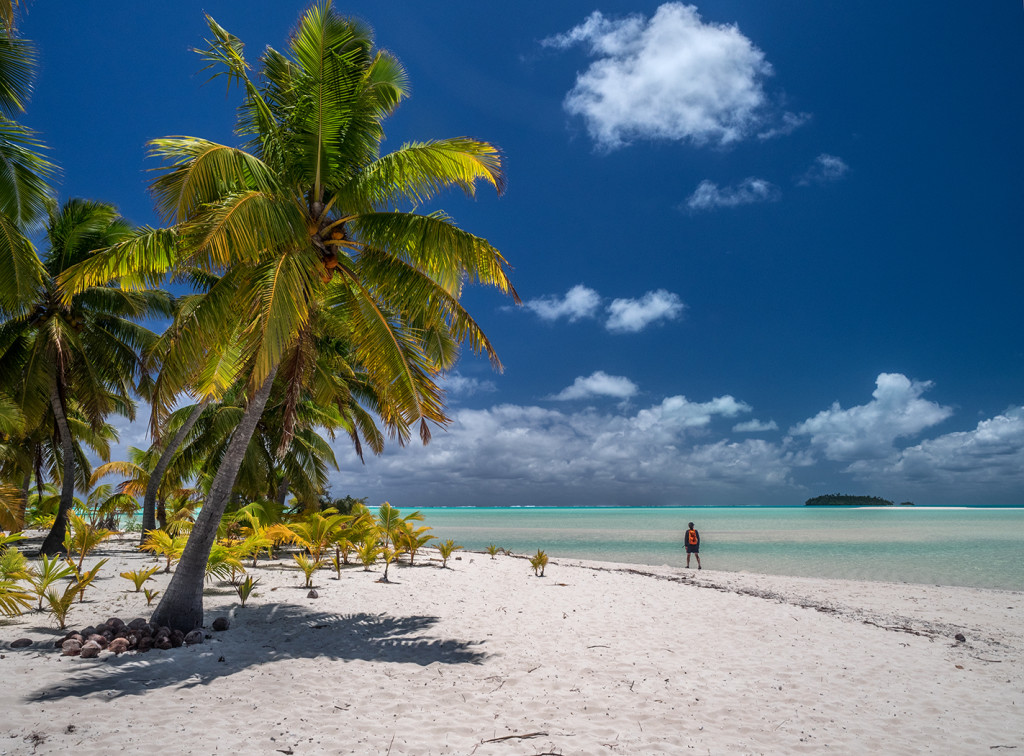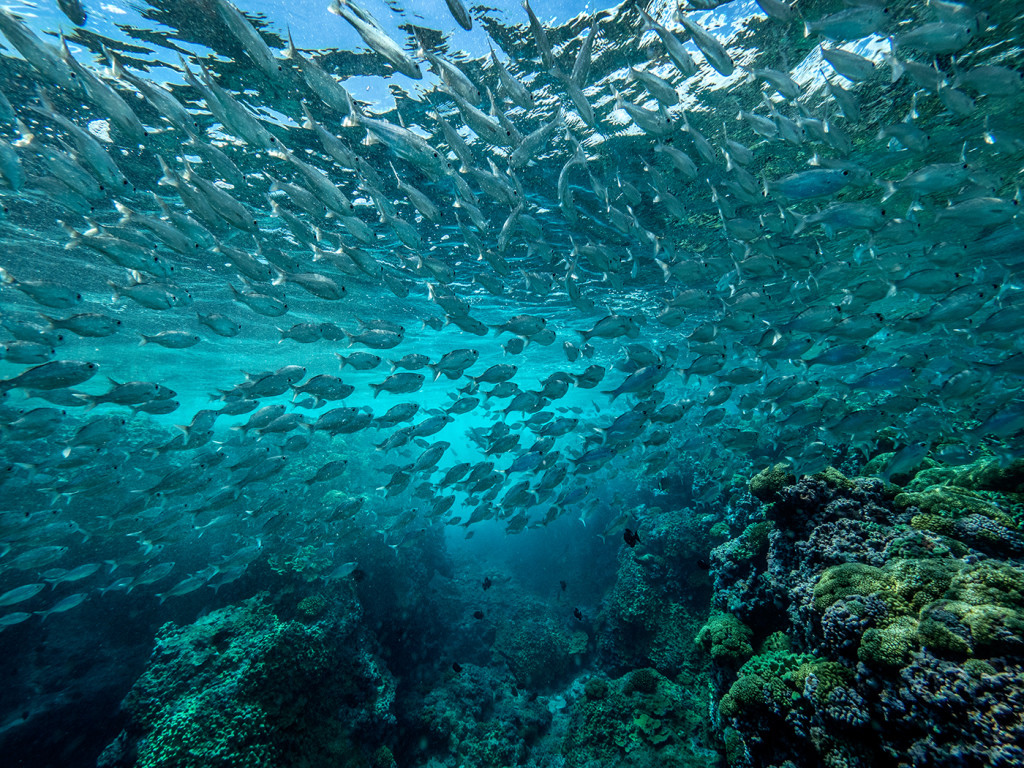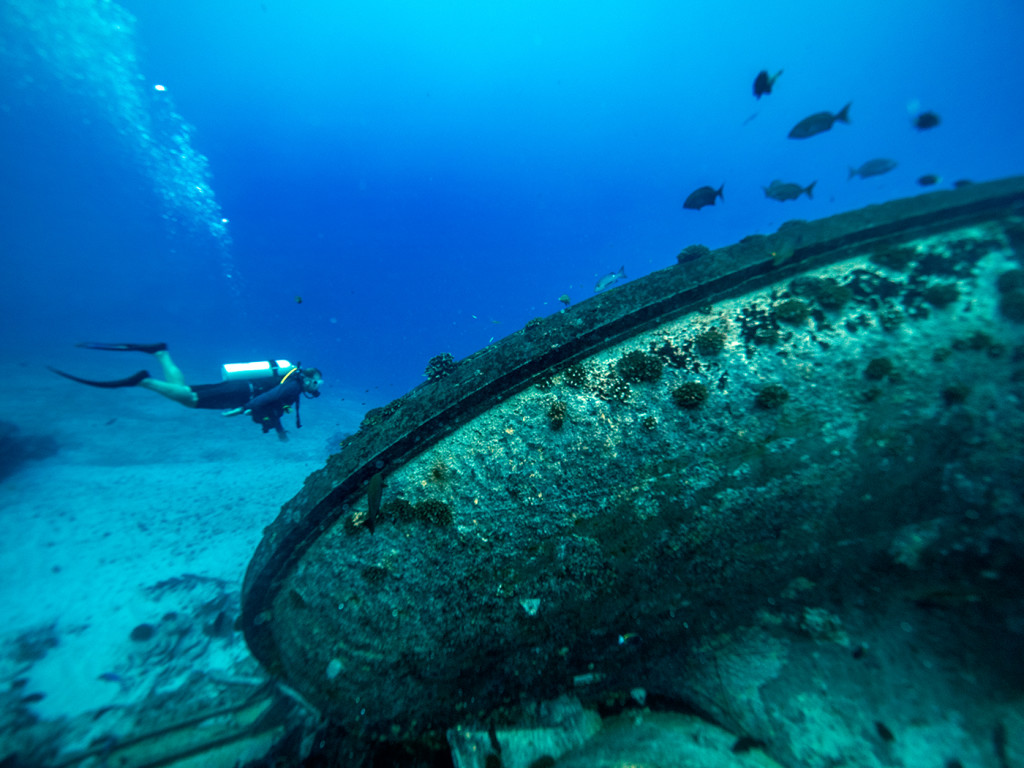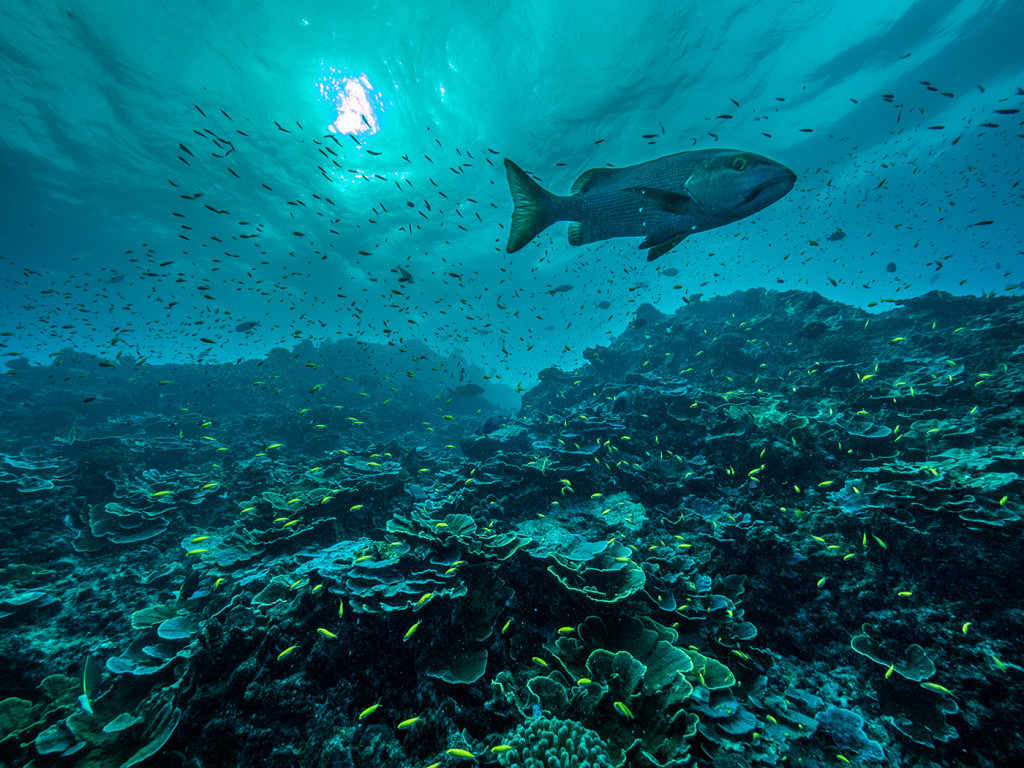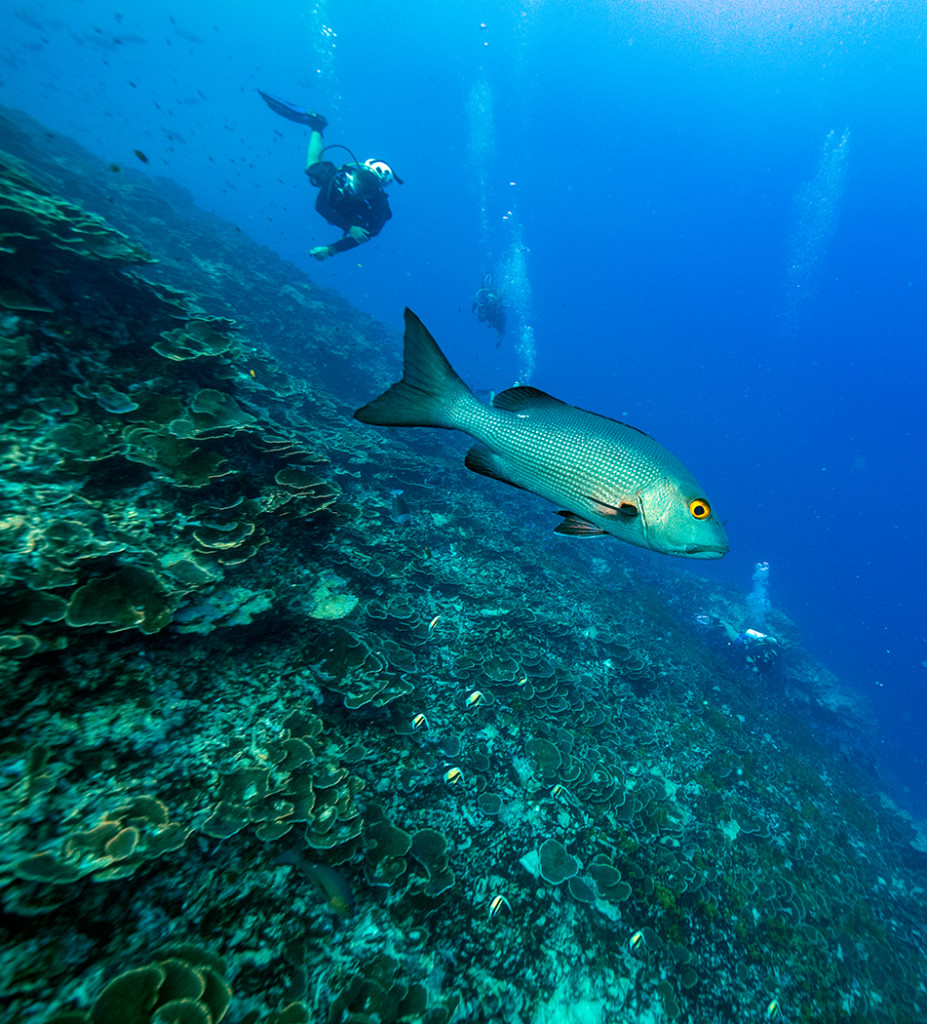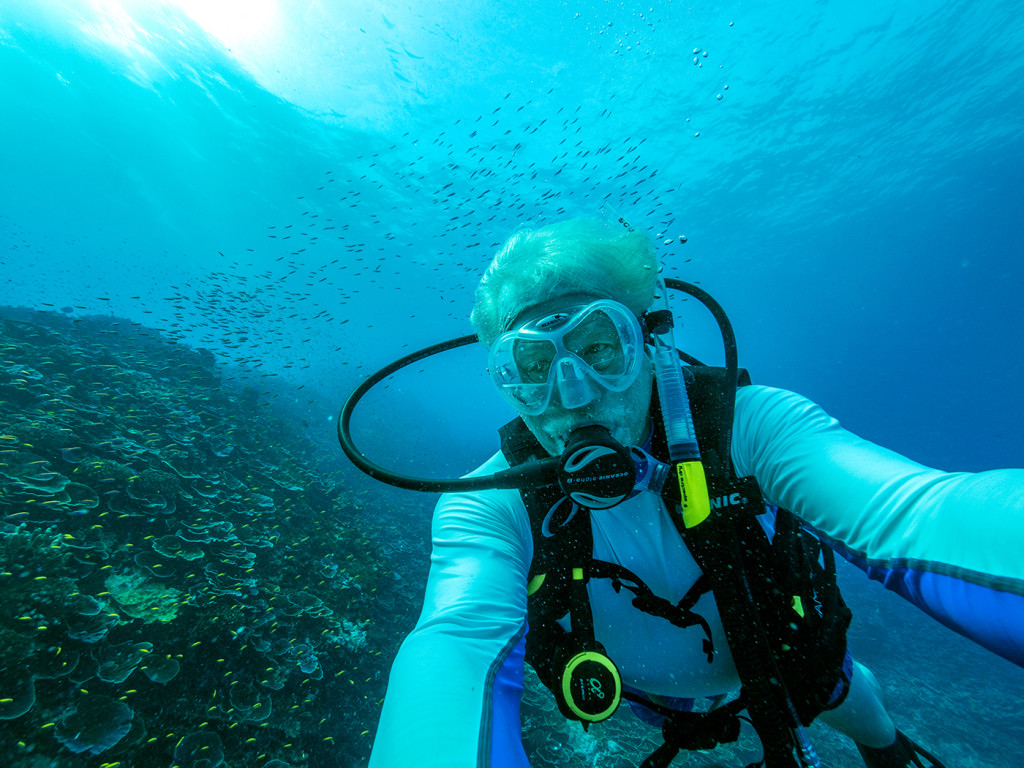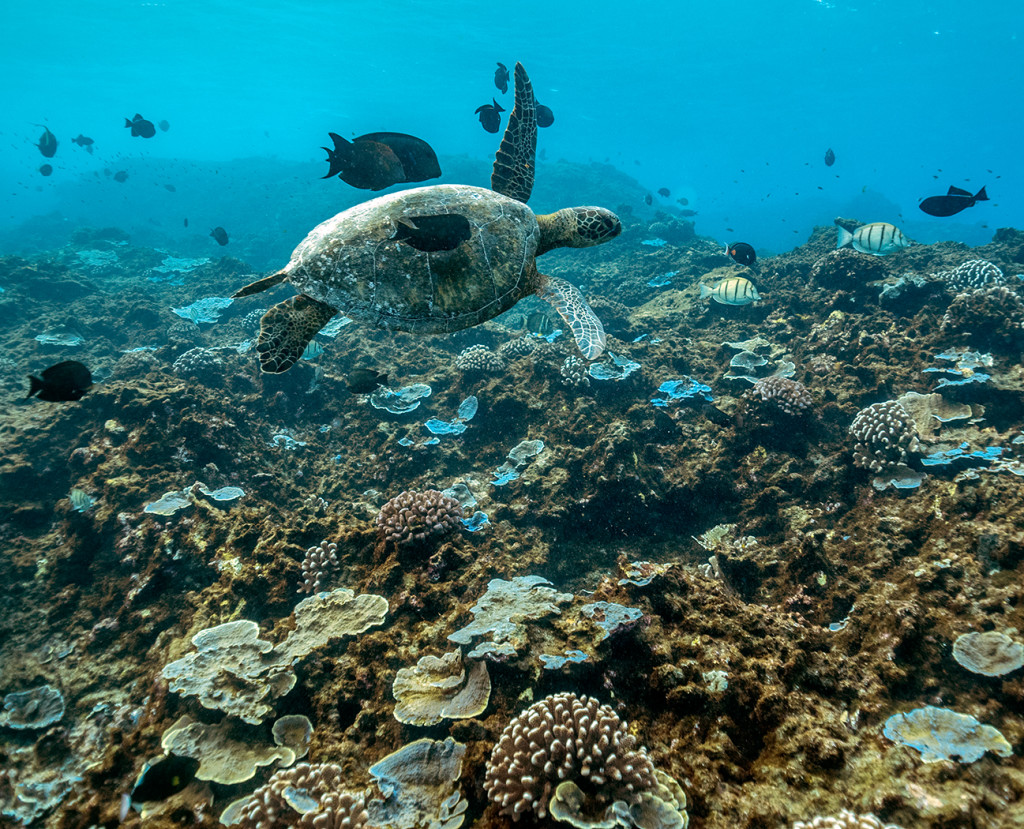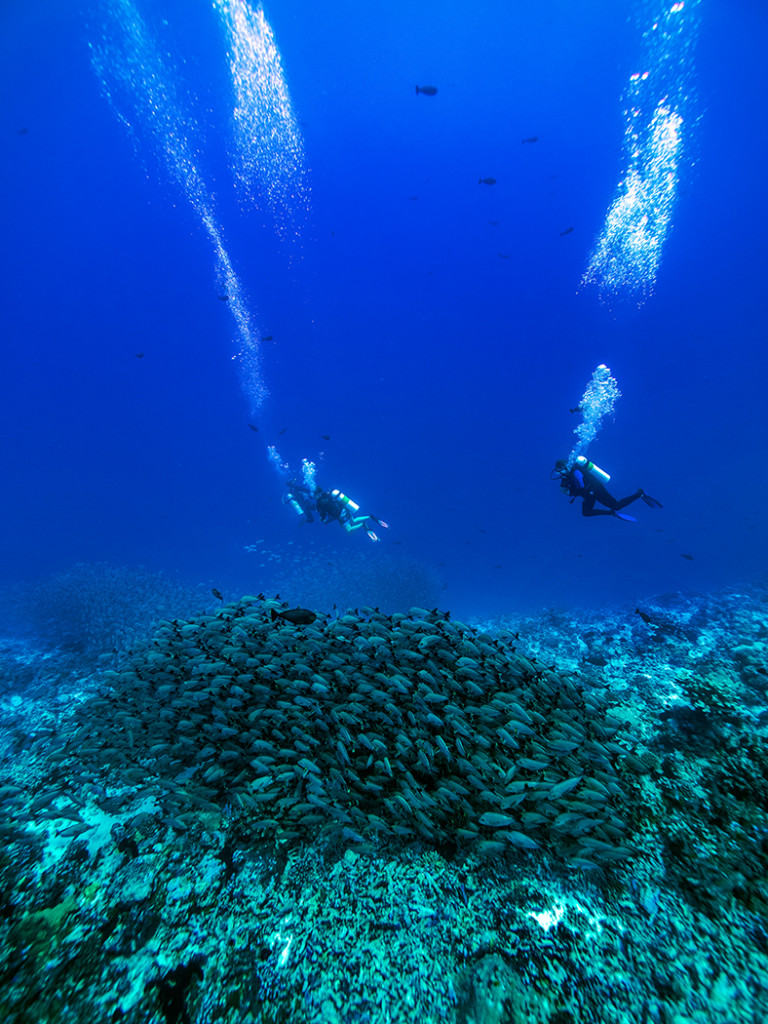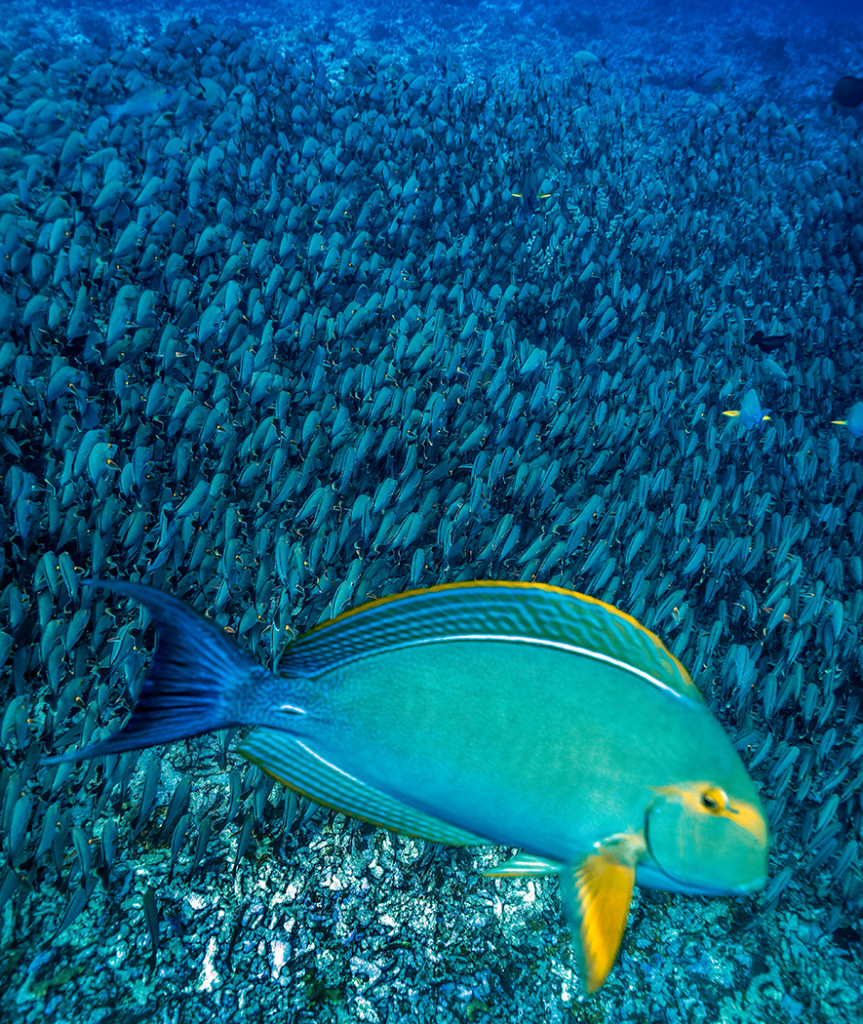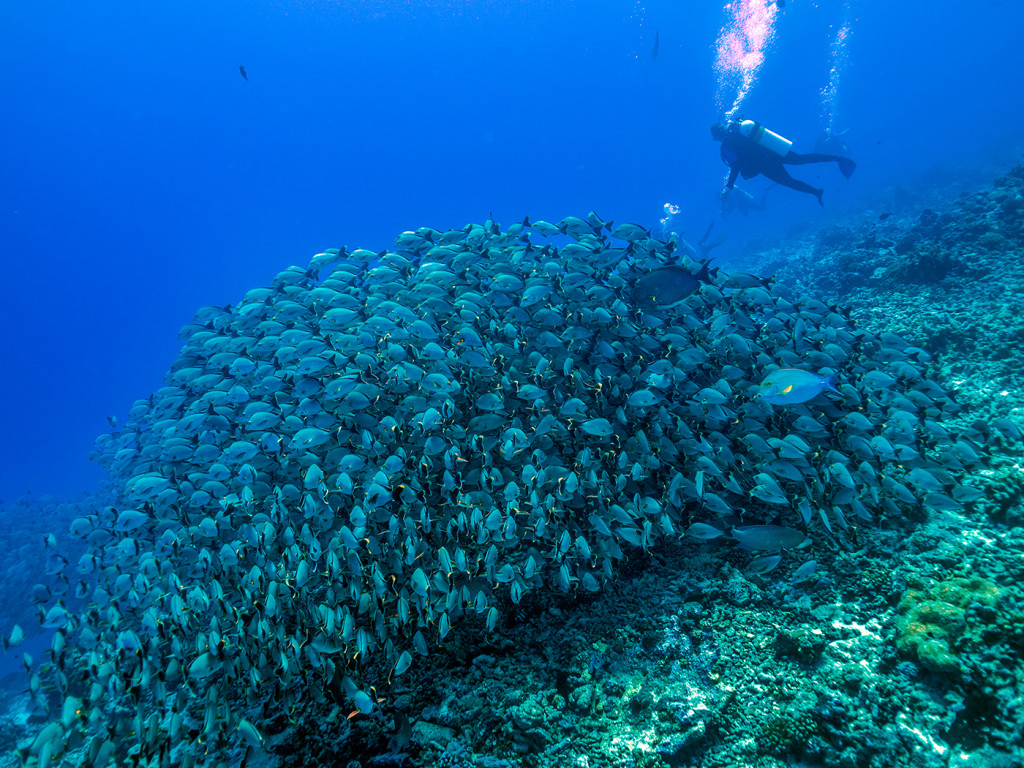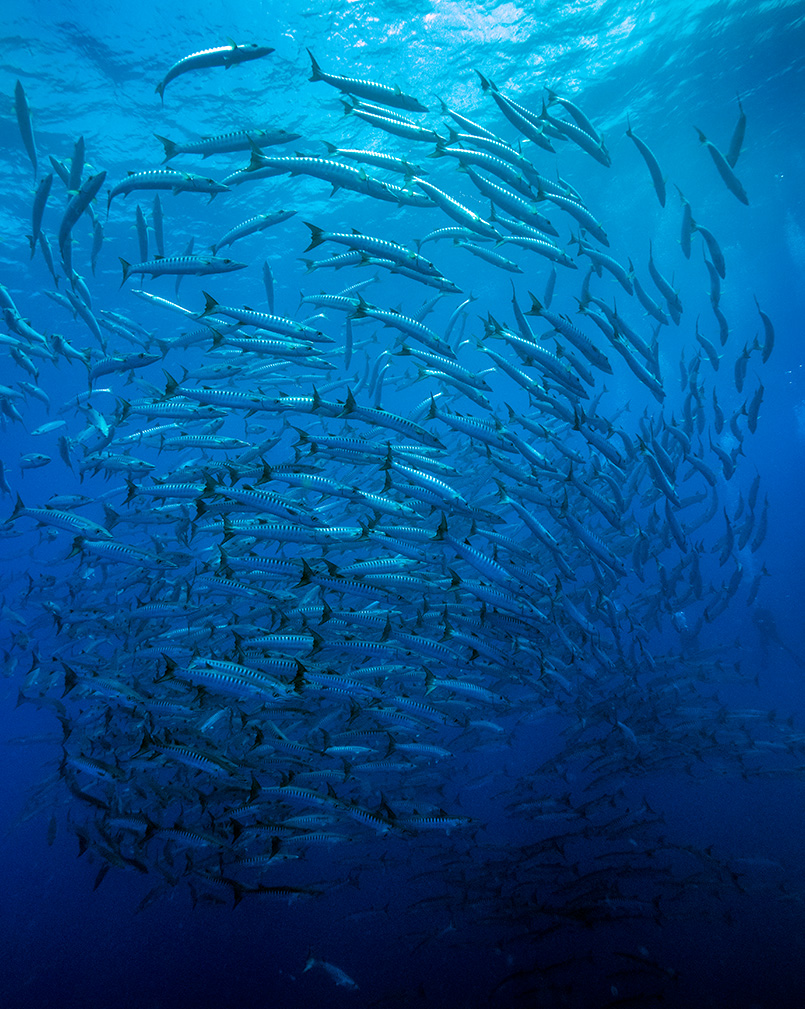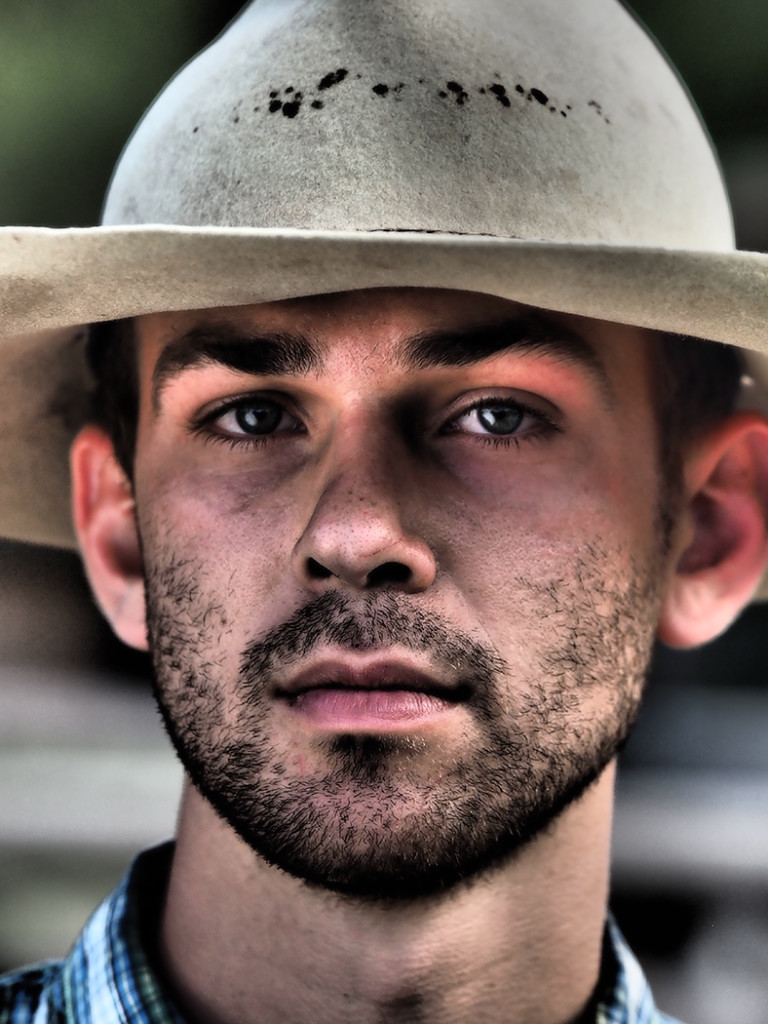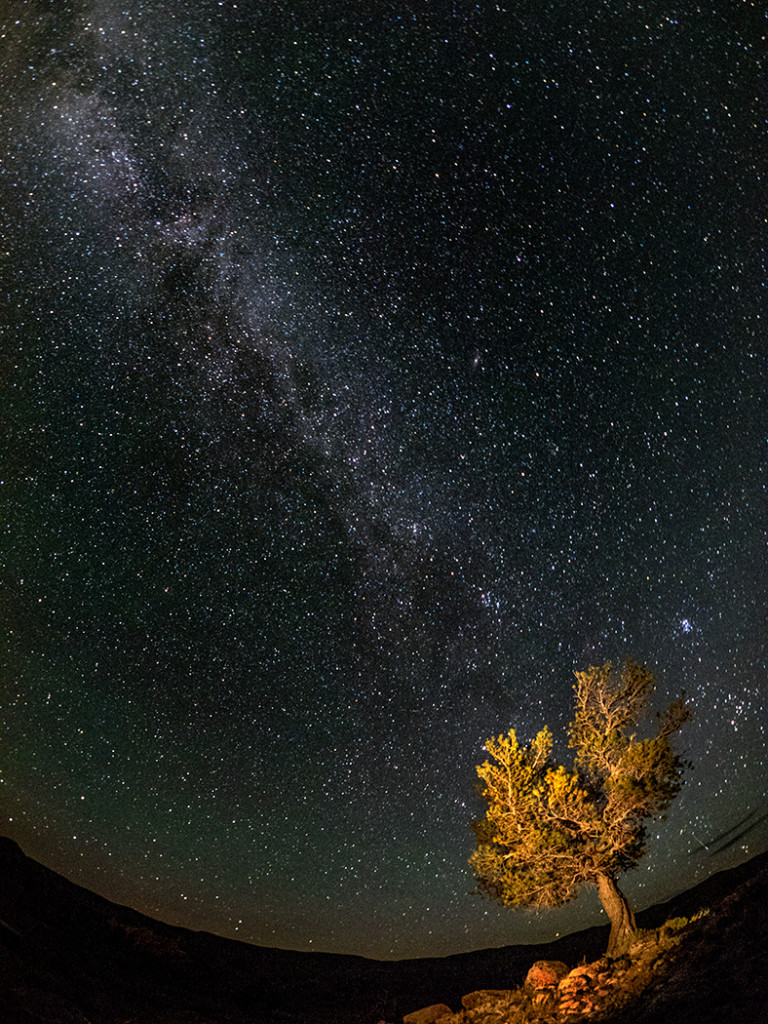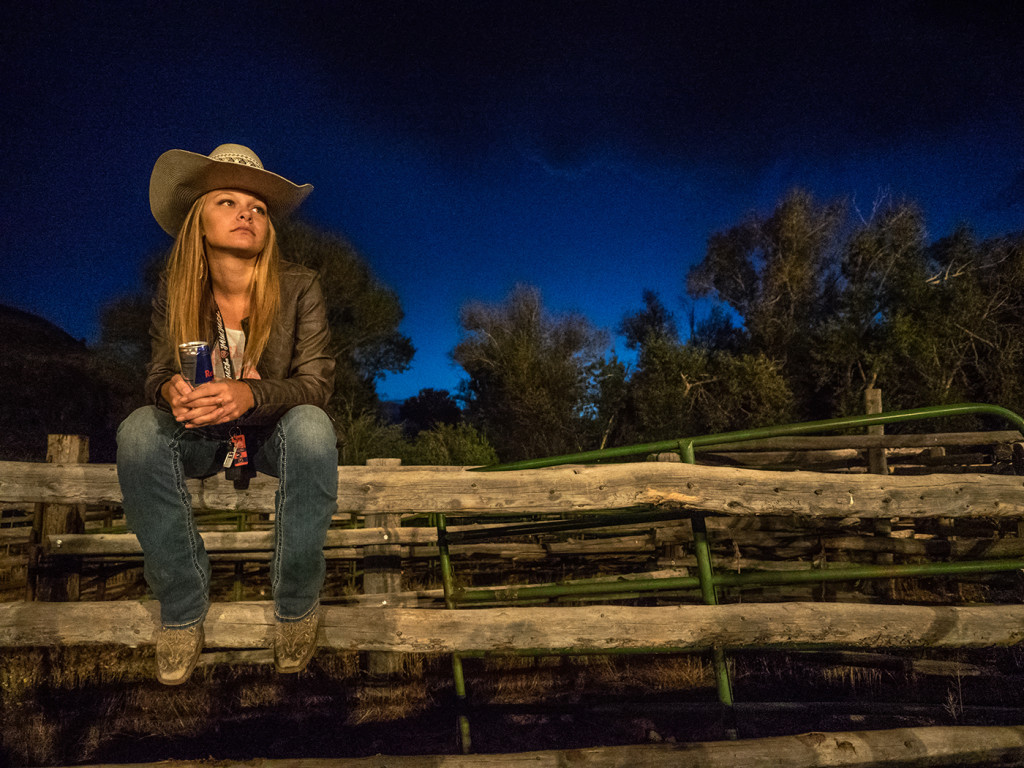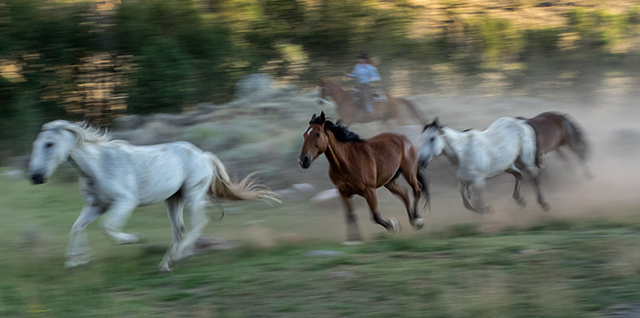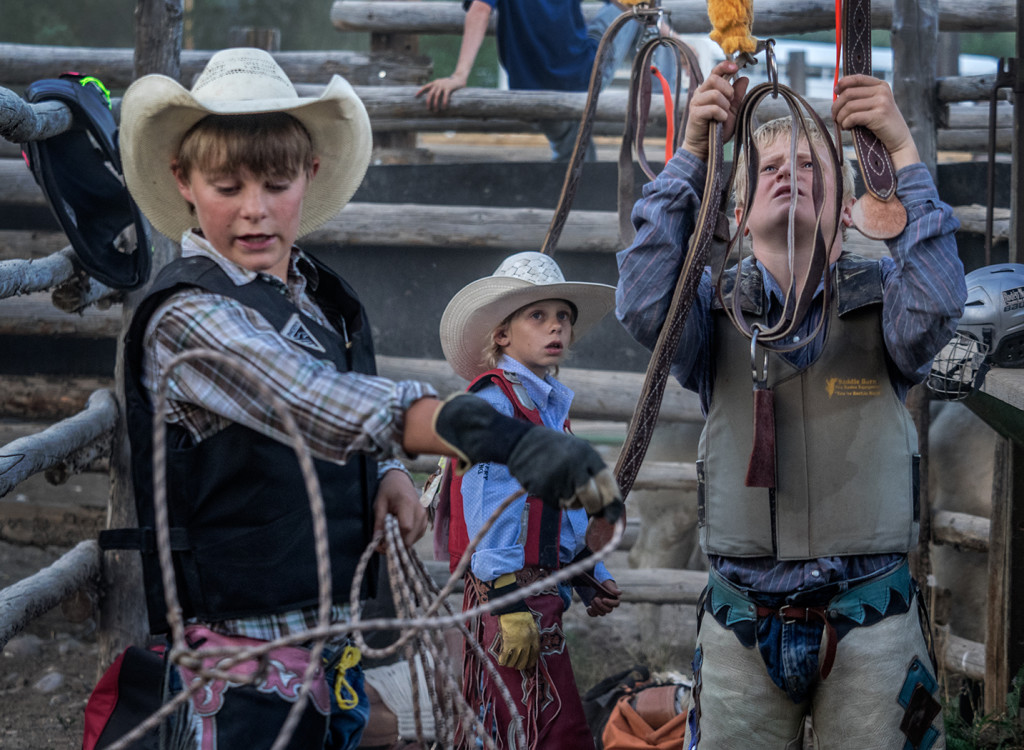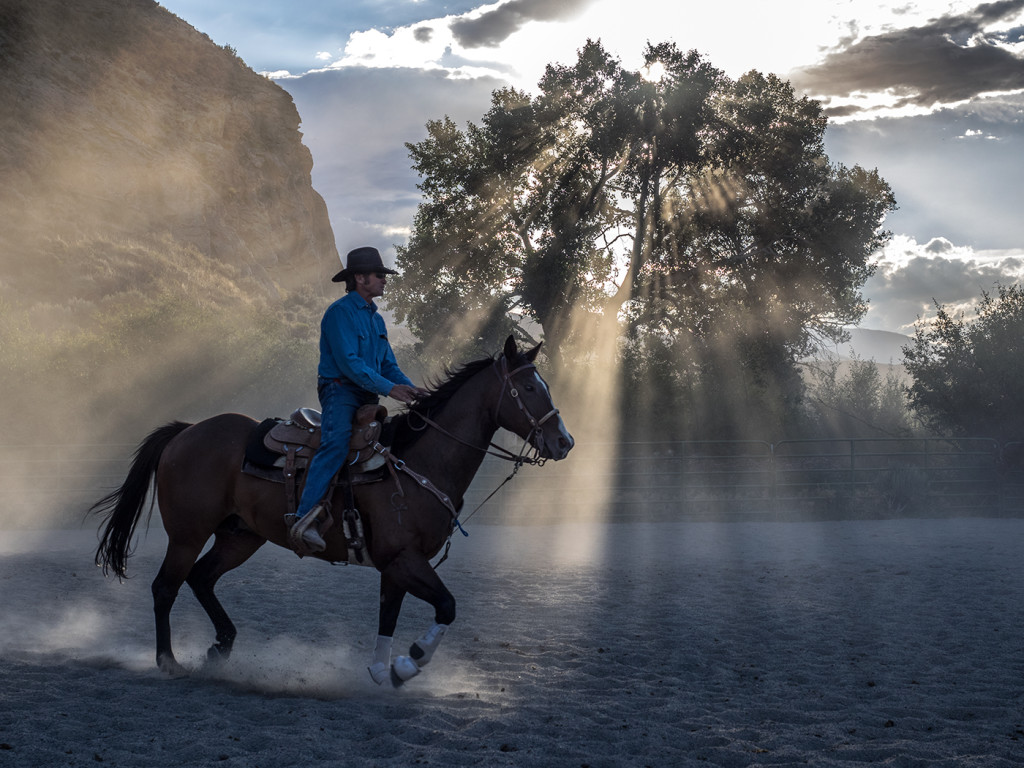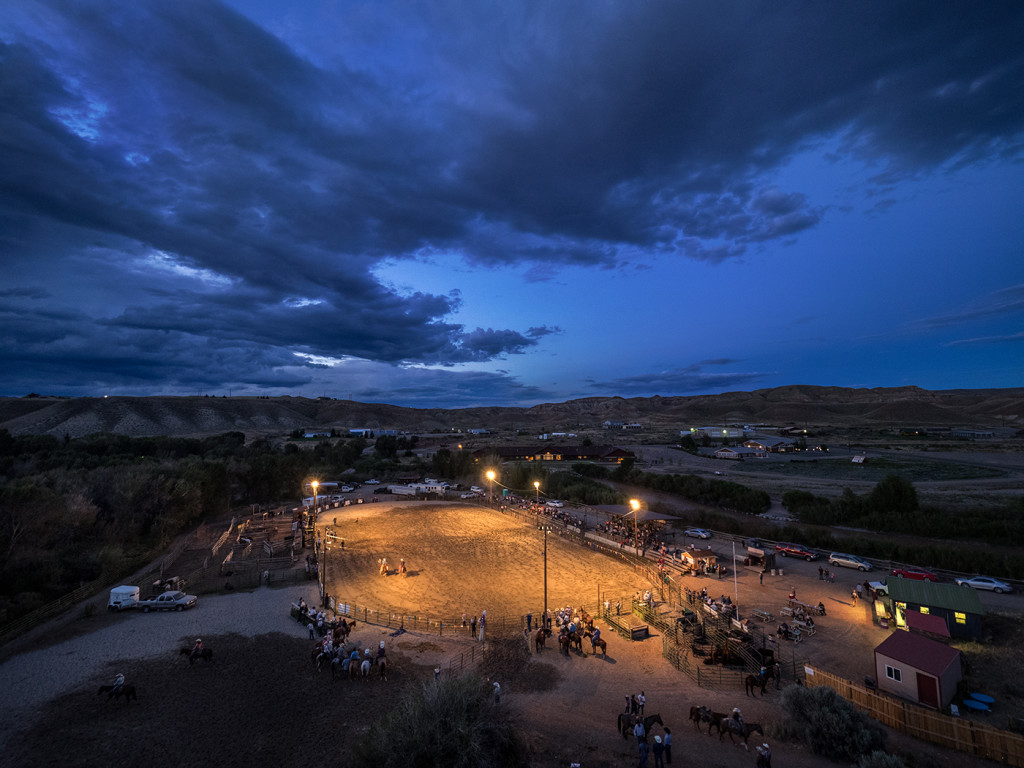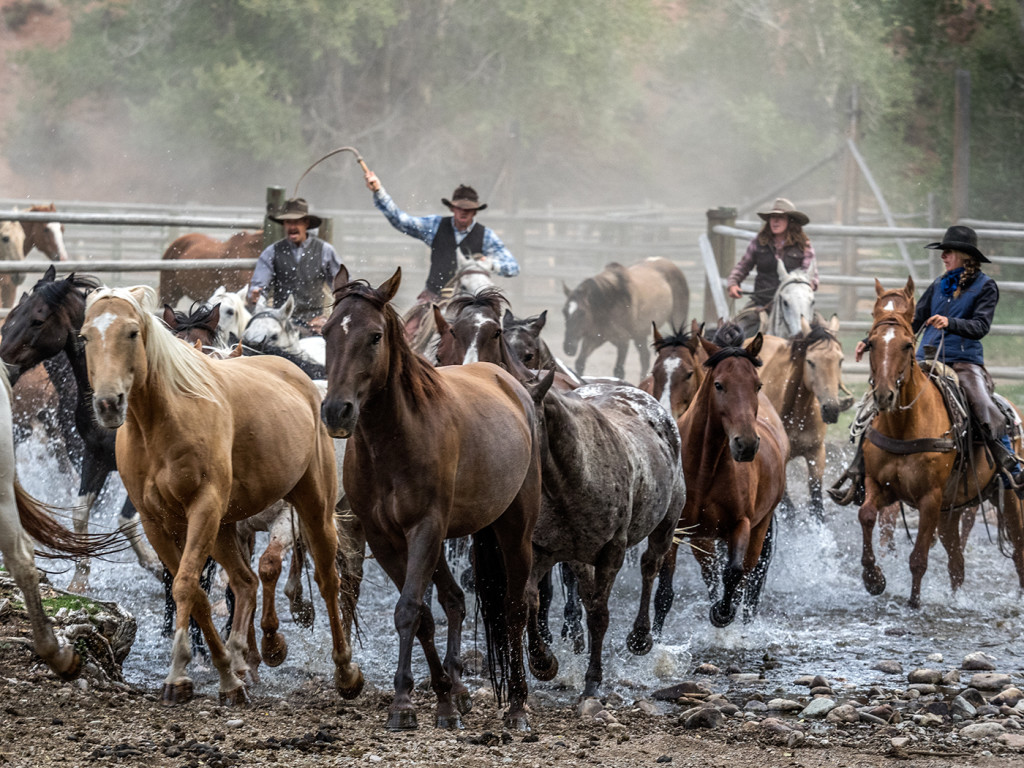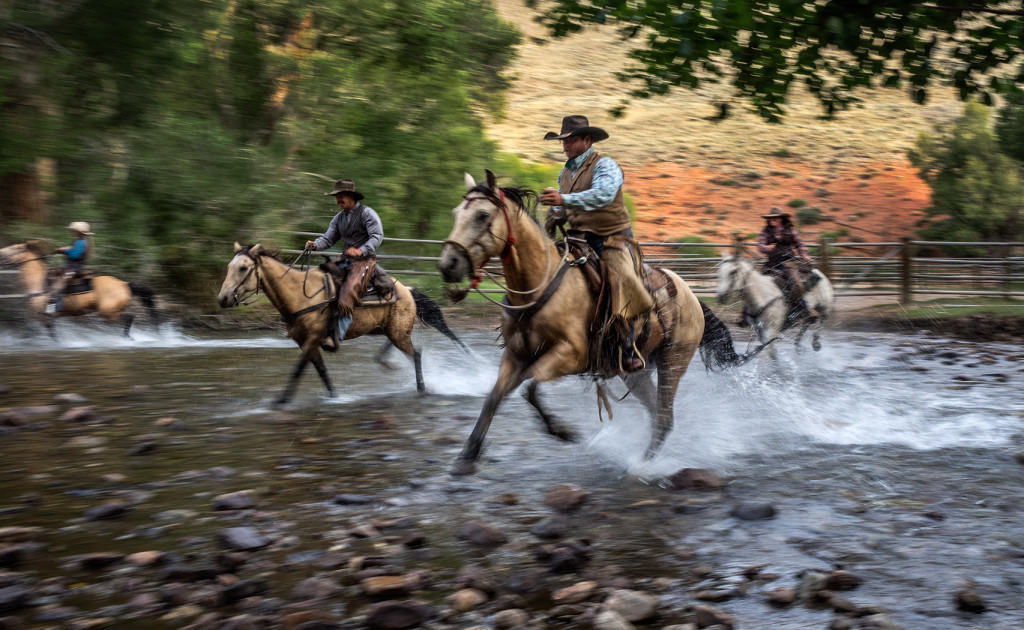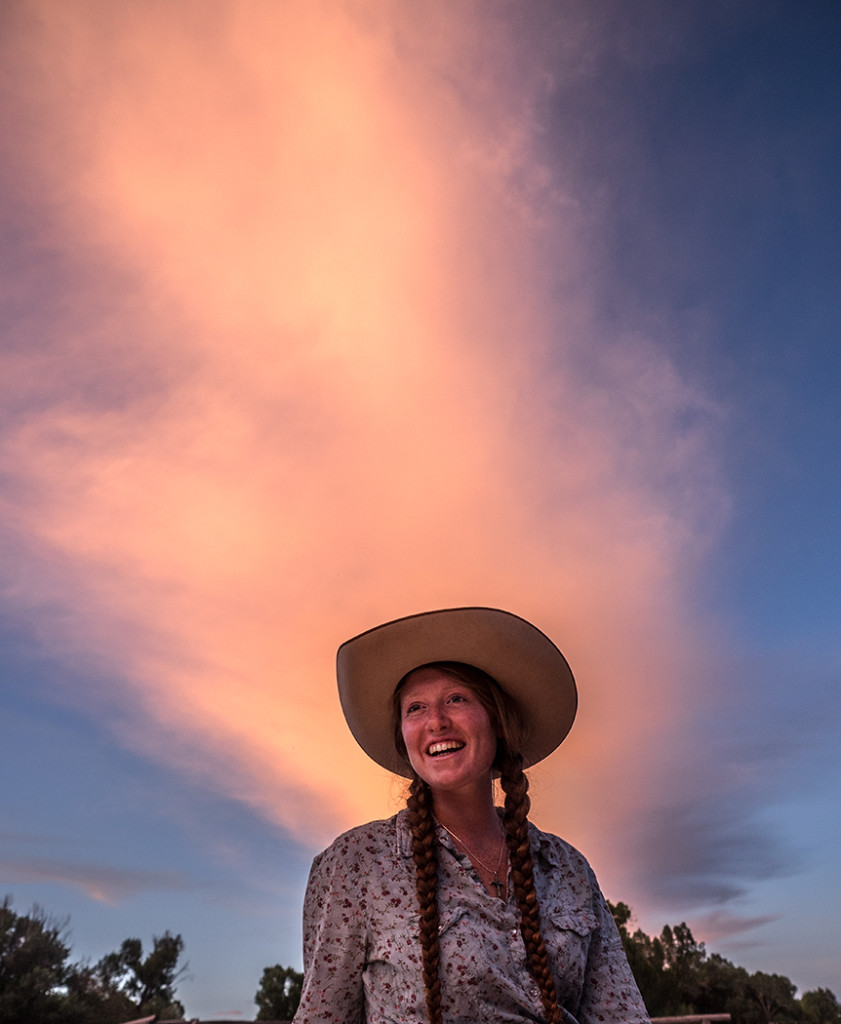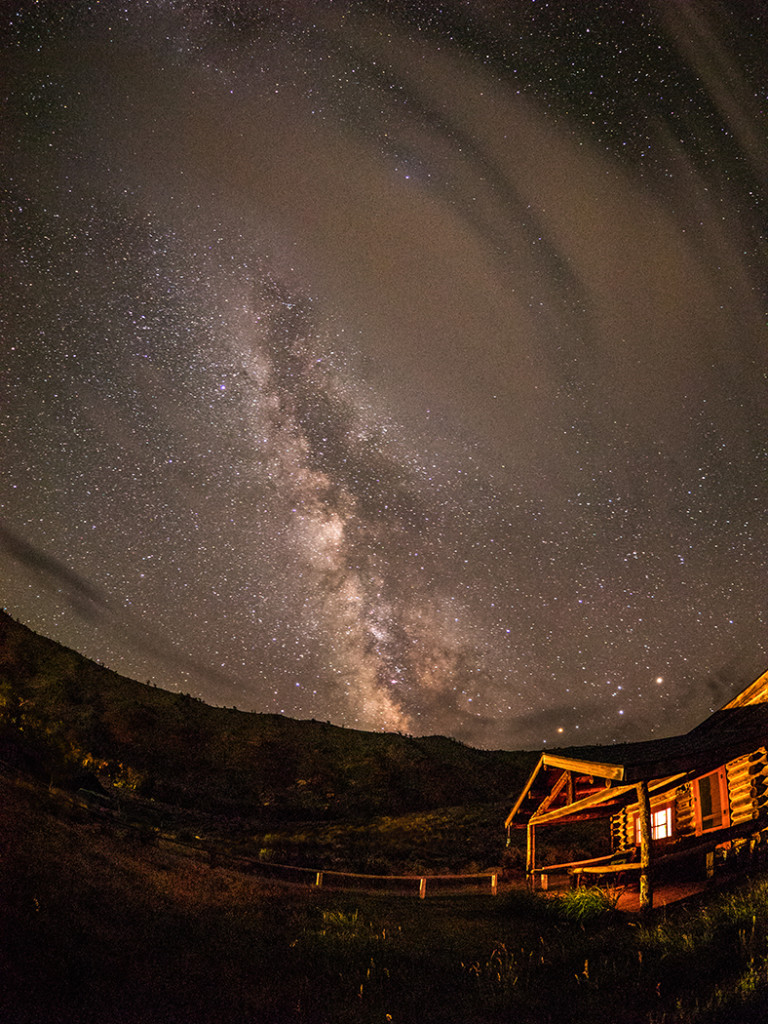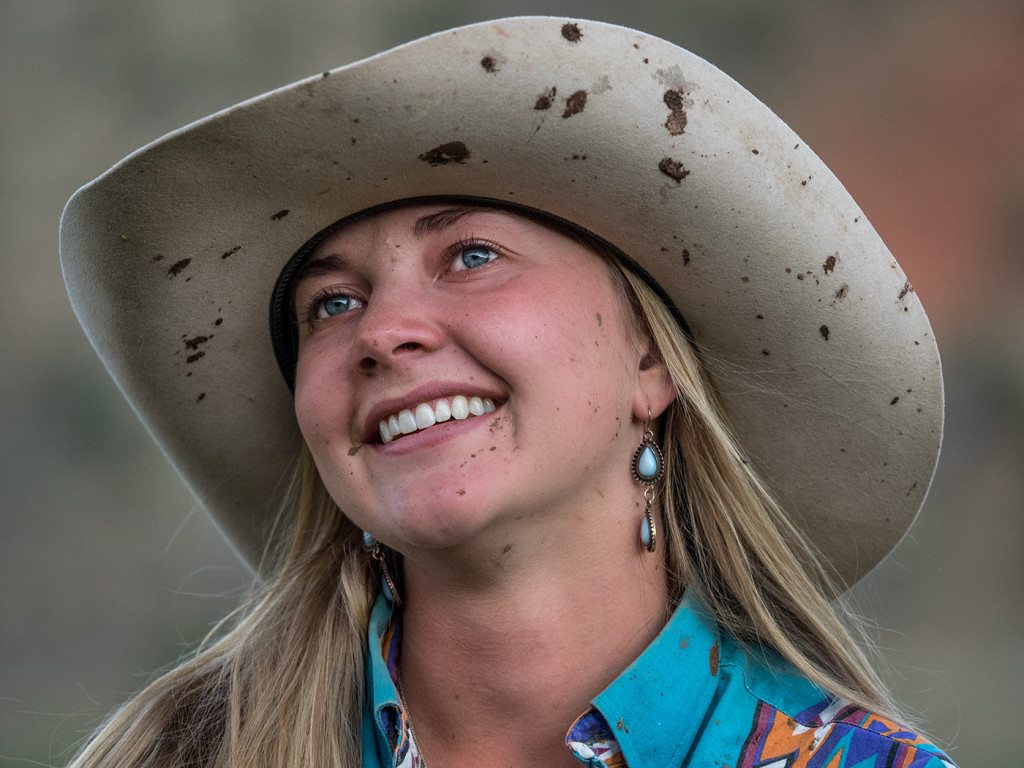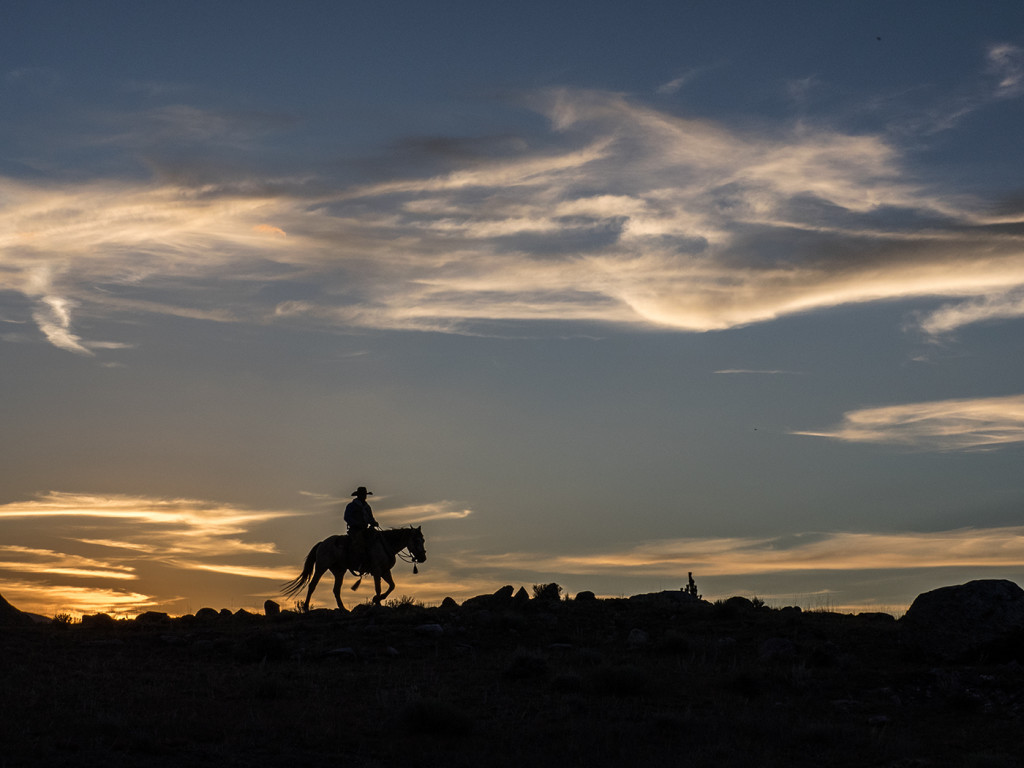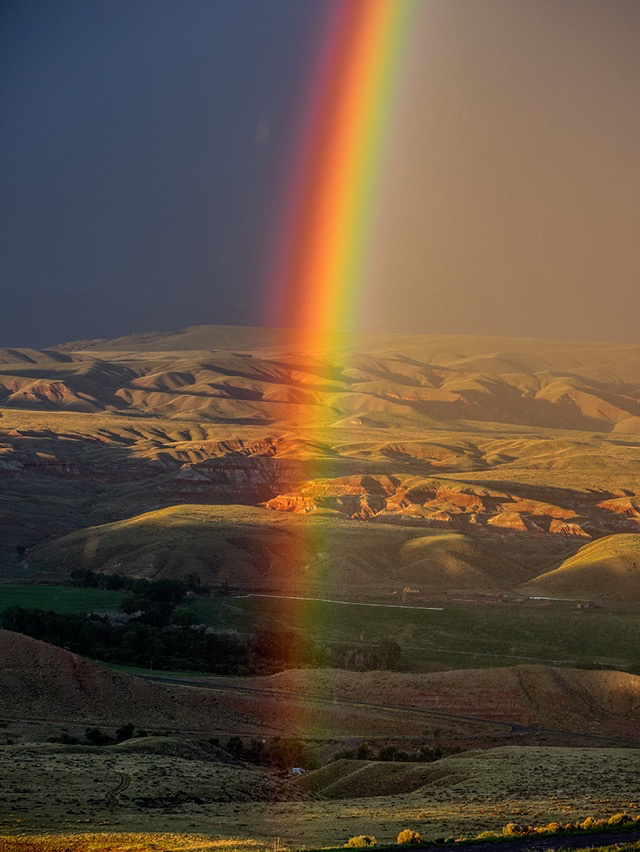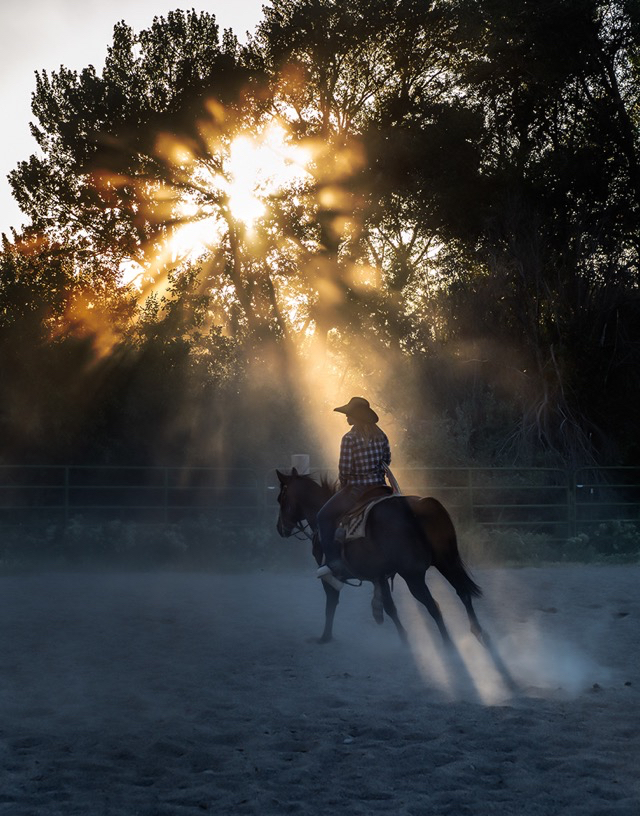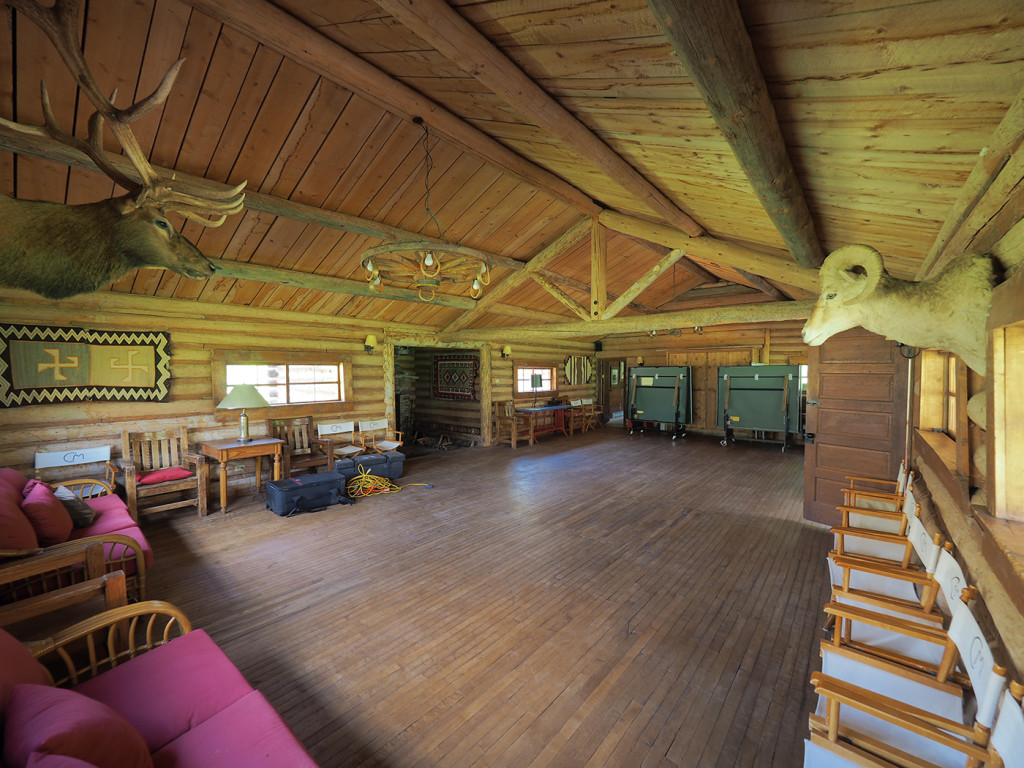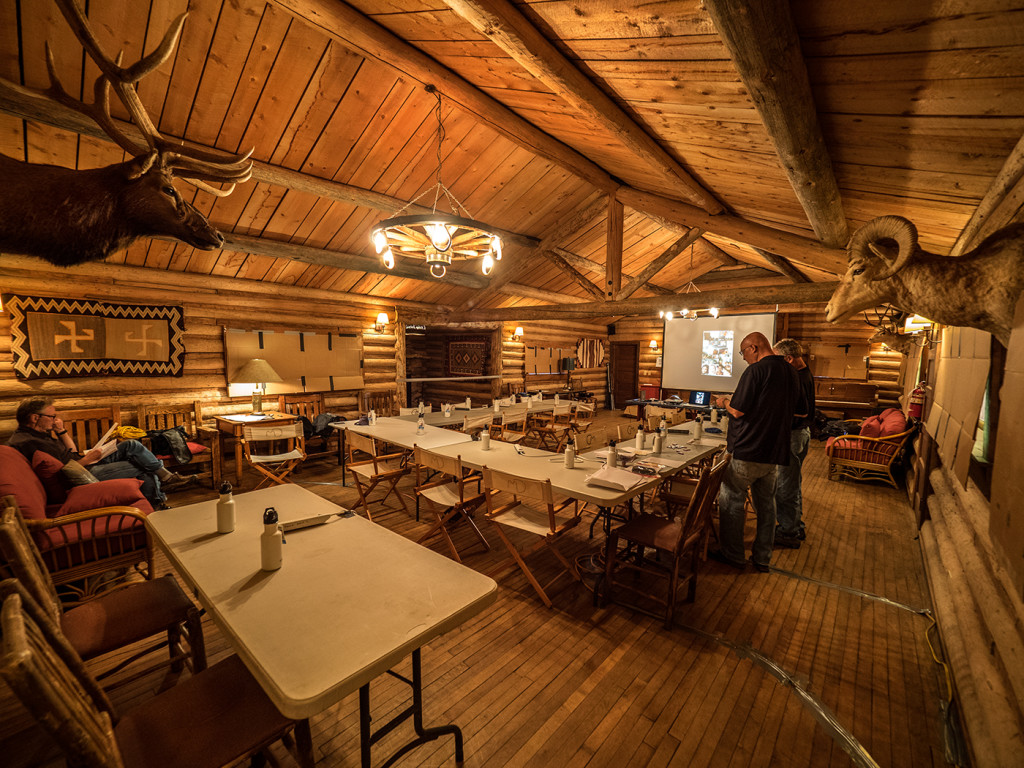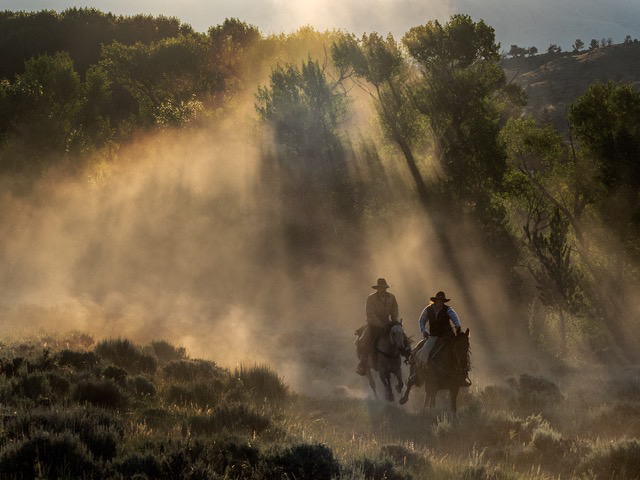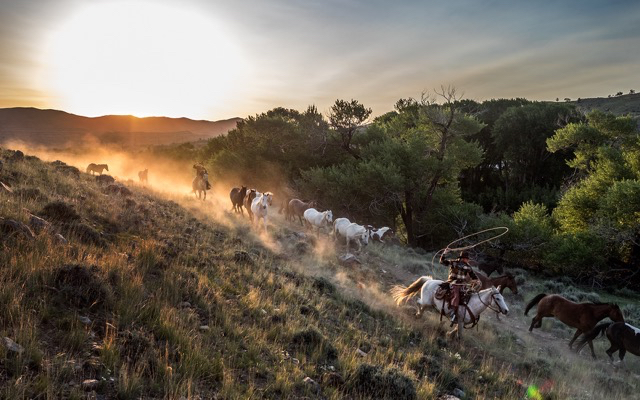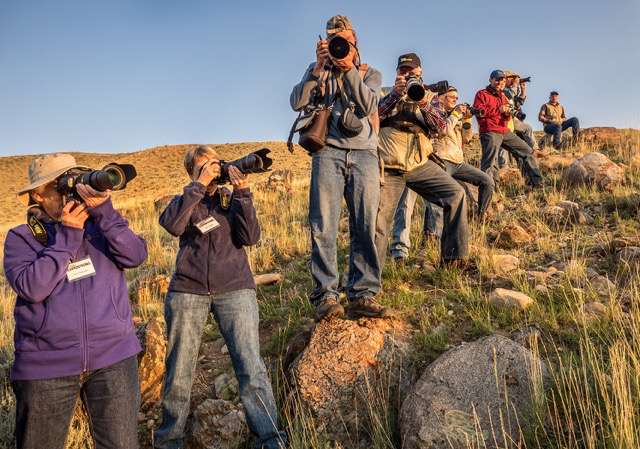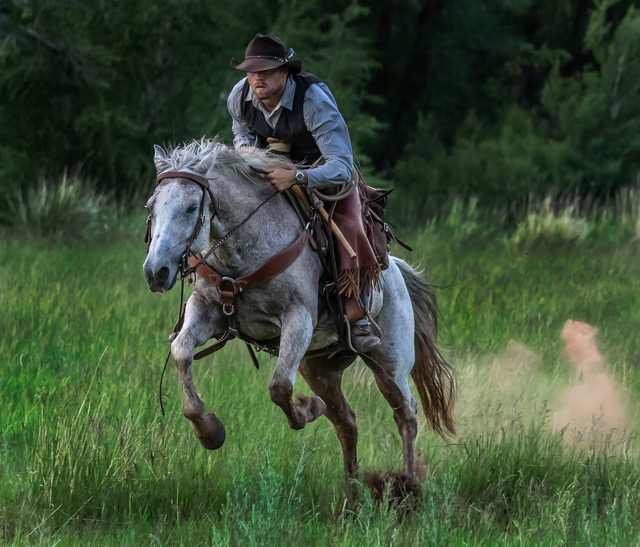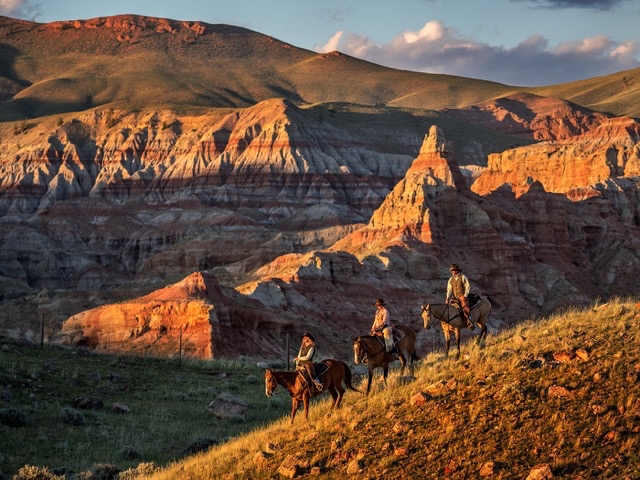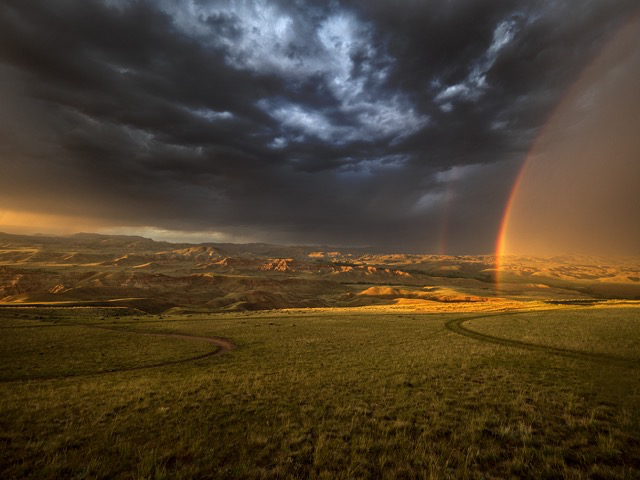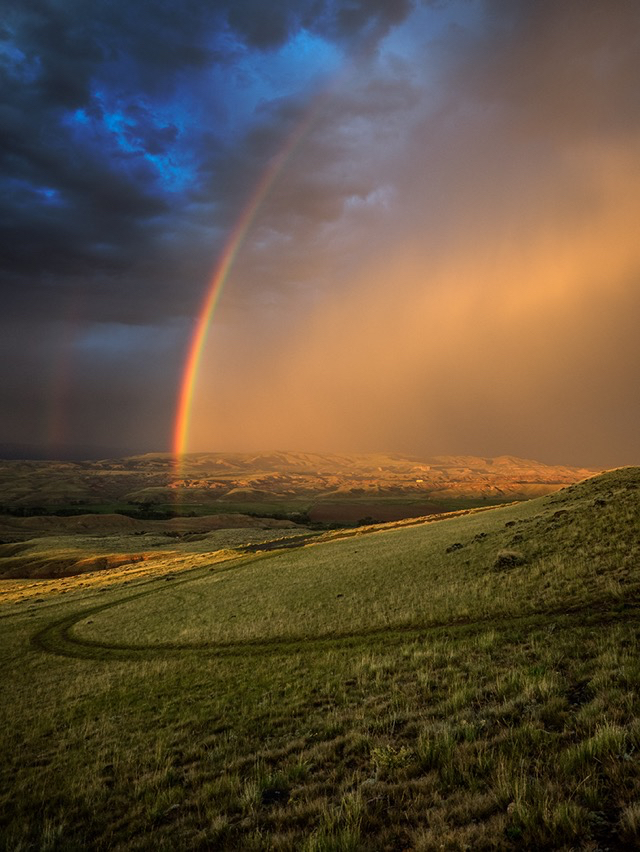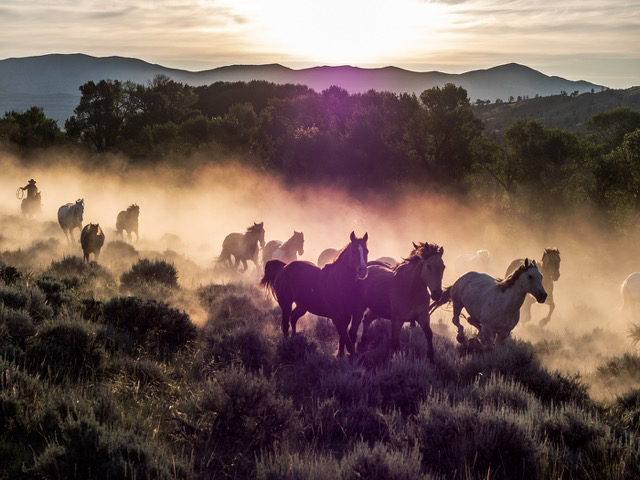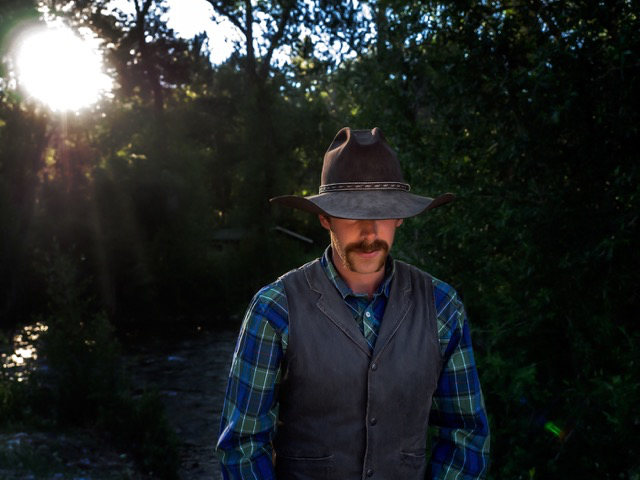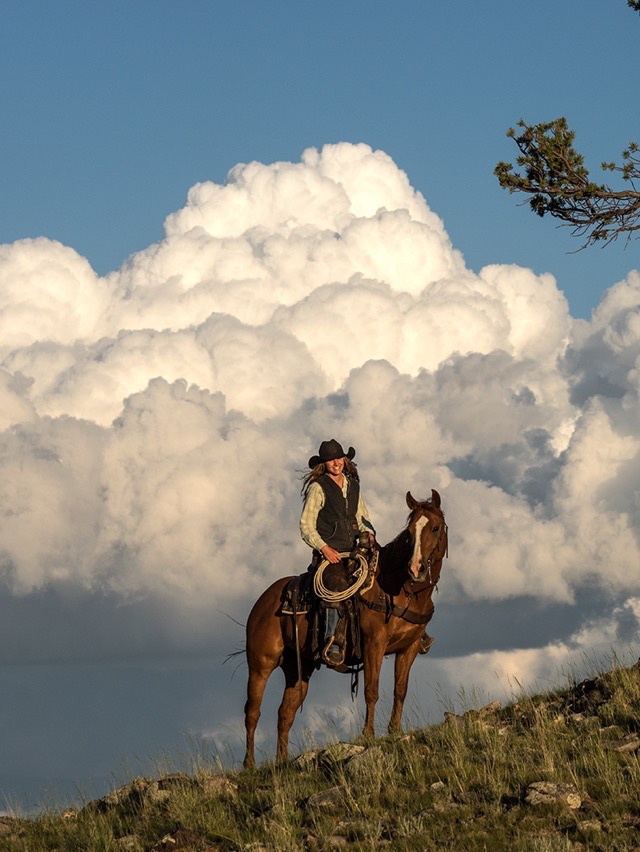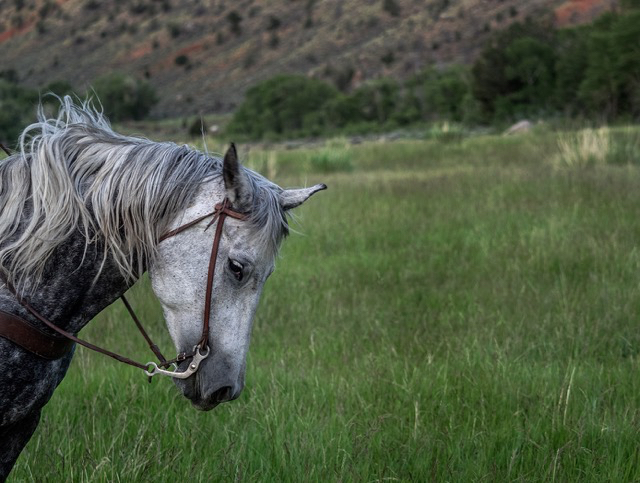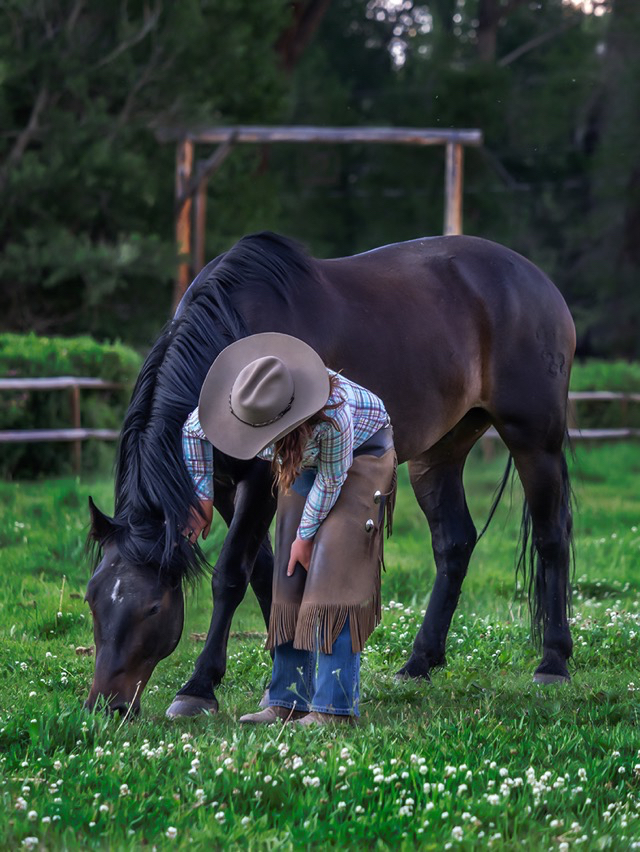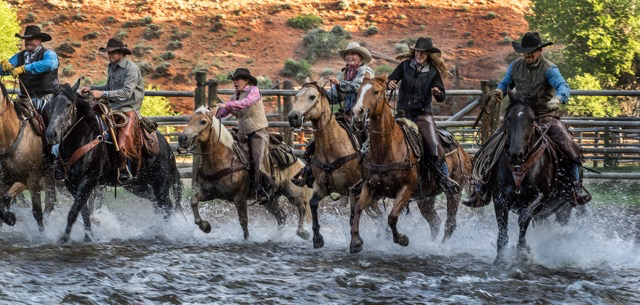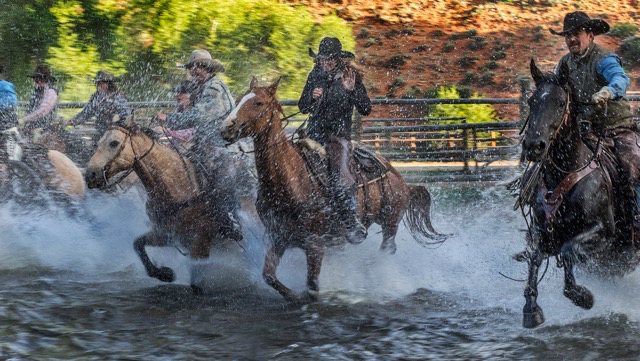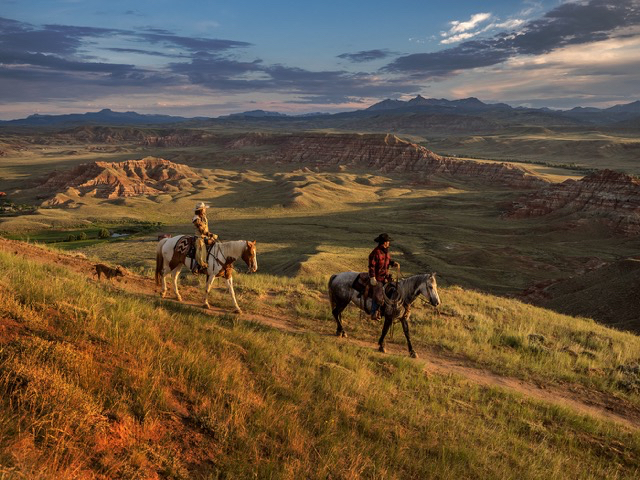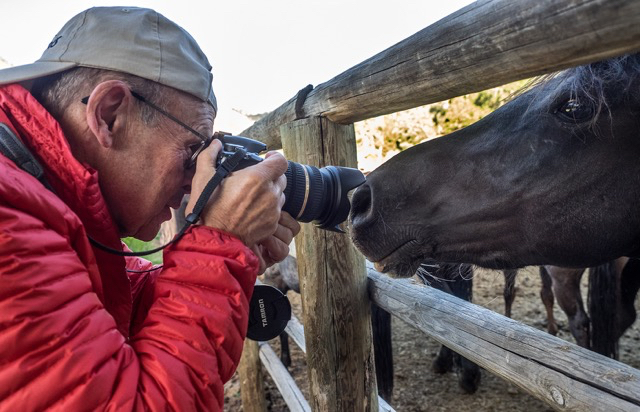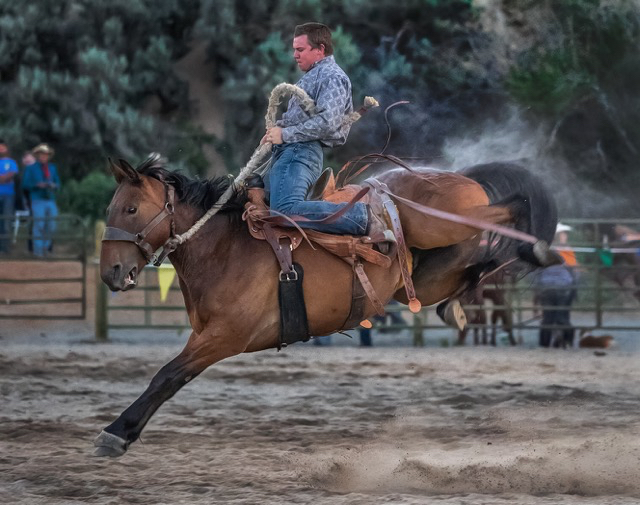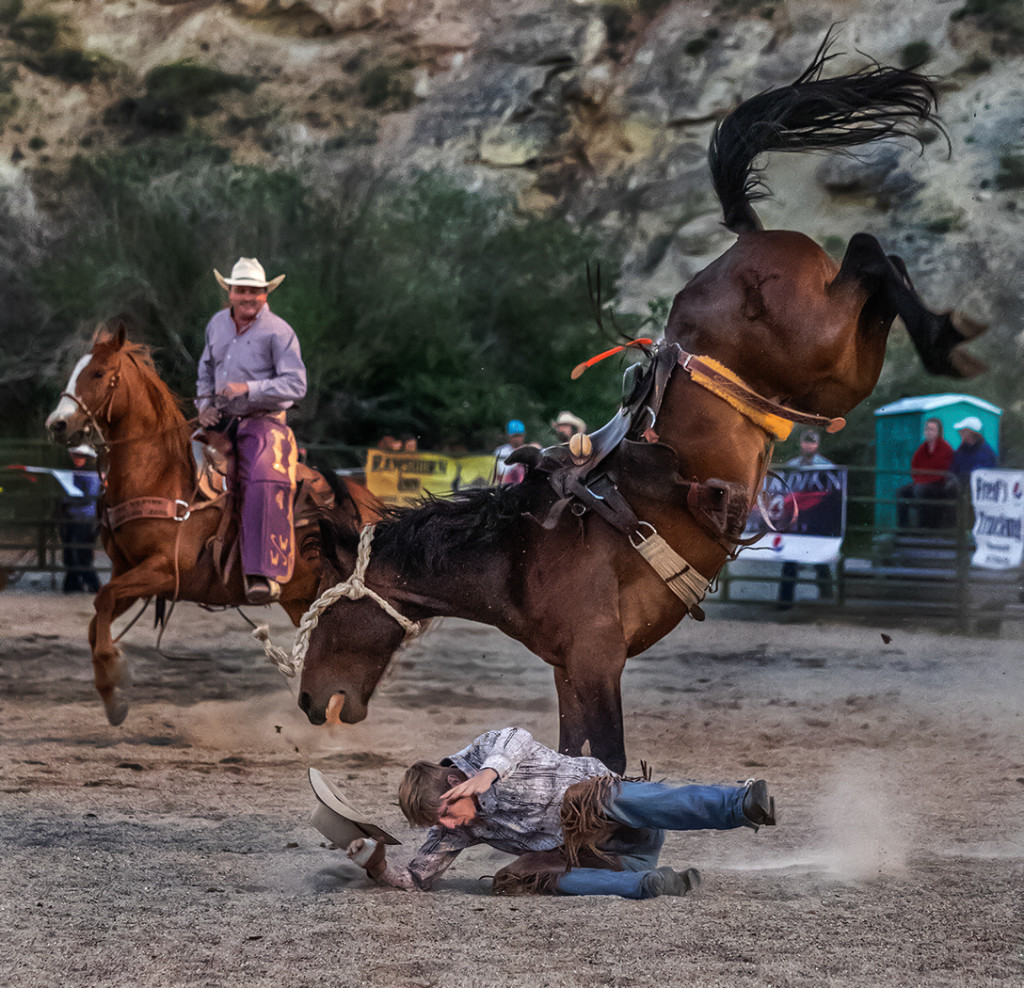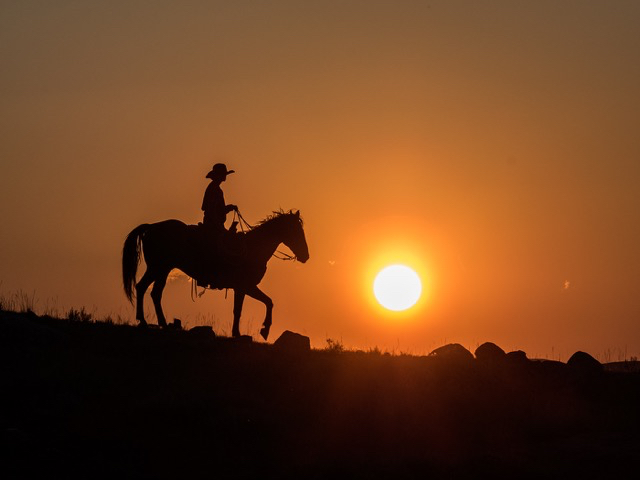Horizons 4th Grade Photo Program

4th grade Horizon’s Photo Student
Our family has had a long association with a wonderful summer academic enrichment program named Horizons, held at our kid’s school Colorado Academy. During the summer of 2001 our son Matt began interning with the program; this June he will begin his 17th summer, now Assistant Executive Director. Our daughter Maggie began volunteering in ’03, followed by interning & Teacher Assistant through high school & college summers. She’s continued in this same field, now an urban education teacher. My wife, Becky, and I also jumped in volunteering because we were drawn to the mission, helping underserved children with academic support through the summer gap. Volunteering in the classrooms led to photographing in the program and subsequently creating a photo course.
I’ve always felt photography is critical, as we are visual creatures that recall our memories, and process our thoughts through still images. If I mention your first birthday, your first pet, 9-11 or the Iraq war, a still image most often comes to mind. We don’t think or process via video clips, it’s still images that create the foundation for the process of memory and recall. Based on that thinking, I decided to create a photo program for Horizons, specifically for the 4th graders, believing that age group would be perfect for this class as those kids were old enough to understand the mechanics of the camera and young enough to be impressionable.
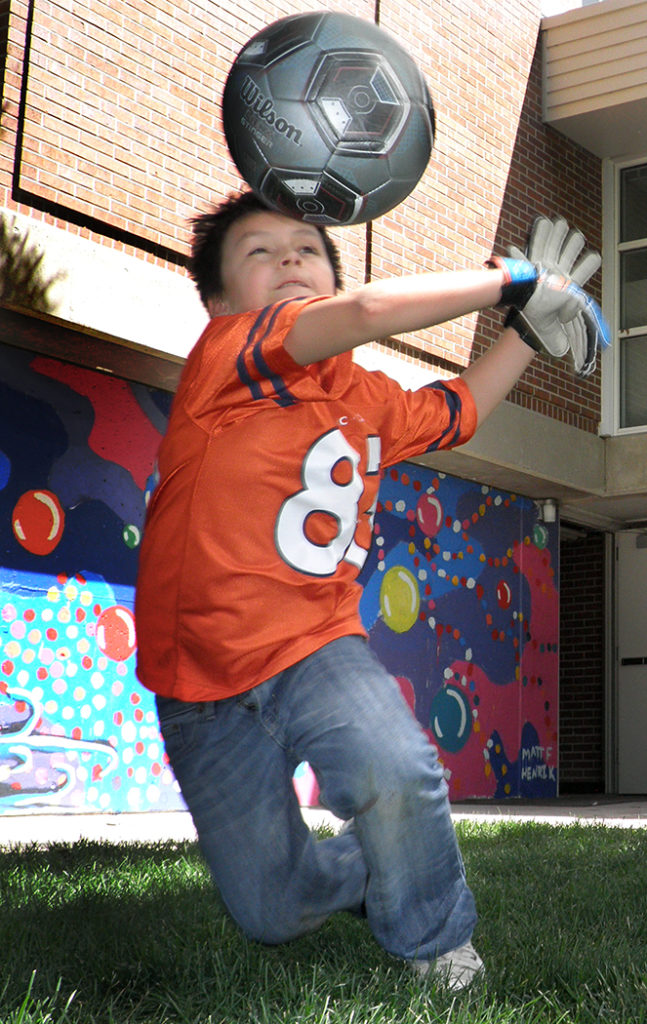
Photo by Horizons Photography Student
From Horizons Mission Statement:
Horizons at Colorado Academy is an enrichment program designed to promote the potential of a diverse population of children from low-income families. Guided by a professional faculty in a nurturing environment, the program emphasizes academics, the arts, intramural sports and social growth. Horizons is committed to the development of the whole child through experiences that encourage a life-long interest in learning and enhance self-esteem, foster awareness of community responsibility, and build problem-solving skills.
Horizons was created in New Canaan, Connecticut in 1964 to serve low-income families in lower Fairfield County. Horizons demonstrated that participation in their program reverses summer learning loss. In 1995, Horizons went national, adding two more locations…along with more locations through the subsequent years. Now, there are 51 Horizons programs in 17 states. Initially only a pre-K through middle school program, currently it has expanded to serve pre-K to high school students. Because of Horizons, those kids participating in the program exhibit a high school graduation rate of 99% along with increased school attendance, improved self-esteem, better grades and love of learning.
From Horizons website:
THE PROBLEM Gaps–of opportunity and
achievement–continue to grow between low-income students and
their more fortunate peers.
THE OPPORTUNITY Horizons students discover the joy of learning, the skills for success, and the inspiration to realize their dreams.
THE RESULTS Increased school attendance. Improved self-esteem. Better grades. A love of learning. And a high school graduation rate of 99%.
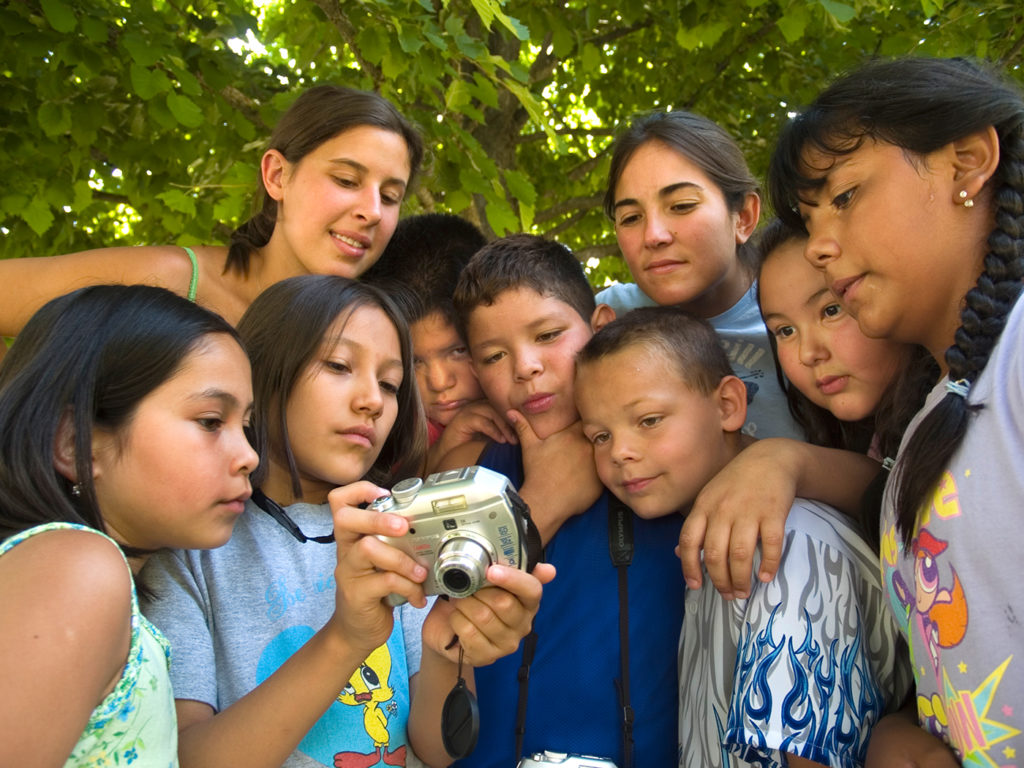
One of our 4th Grade Horizon’s Photo class
We began our first photo class in 2004, with the support & enthusiasm of our good friend, fellow parent in our own children’s class, & Executive Director of Horizons at Colorado Academy, Jenny Leger. Jenny understood my vision & readily wanted to offer it to her students. I then asked Olympus to provide cameras, simple digital point and shoot ones, for our students.
Olympus generously jumped on board. Those cameras worked well as we didn’t have the learning curve of trying to educate the kids on the various shooting modes, etc. We’d put the camera in “Program” mode and let our young photographers focus on the image, the moment. Classes ran for 4 days of a week, immediately after lunch until the end of the day. They would photograph around the school grounds, a different subject each day. Our “curriculum” included photographing people, action, close-ups and telling a story through photos. I kept it simple to allow more time to address the photos they’d create, as I’d do a critique session each day of the previous day’s work…what was discussed on Tuesday would be easily remembered on Wednesday. The “best of the week” photos would be presented in a final slide show at the end of the week. Additionally we printed a “gallery show” of their work for the final night of the 6-week Horizons program. Parents and visitors were able to view the final body of photos, each of them signed by the proud student photographers.
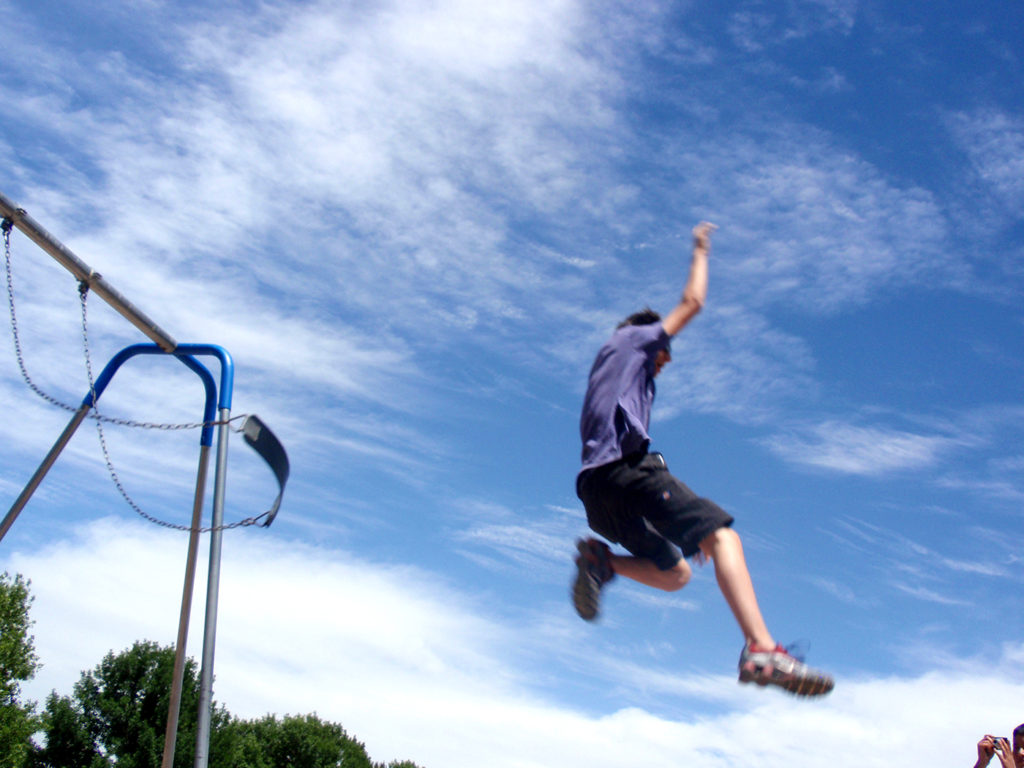
Photo by Horizons Photography Student
A couple of years into the program, I realized I needed help as my business schedule began to conflict with finding time for this week-long class. A very good friend and premier sports photographer for the Denver Post, John Leyba, came to mind. John and I were friends from my time as a Denver Post photographer back in the late ’80’s. I knew John’s easy-going style and love of kids would complement my teaching style. I approached John and he readily agreed.
It was great seeing John the first time we co-taught the class. I asked him to present a body of his sports work, which I knew would resonate with the kids in the sports-savvy town of Denver. His photographs of pro sports include the Denver Broncos, Denver Nuggets, Colorado Rockies and Colorado Avalanche as well as college and high school sports. Our plan worked, as all the kids love John and his work with them.
John began printing the final show, producing 11 x14 prints of two of each of our photographer’s best photos from the week. We’ve been able to keep the 4th grade photo class going throughout these 13 years because John has taken over the class a couple of summers when my work prohibited me from participating. Much of the success of this class has been due to John.
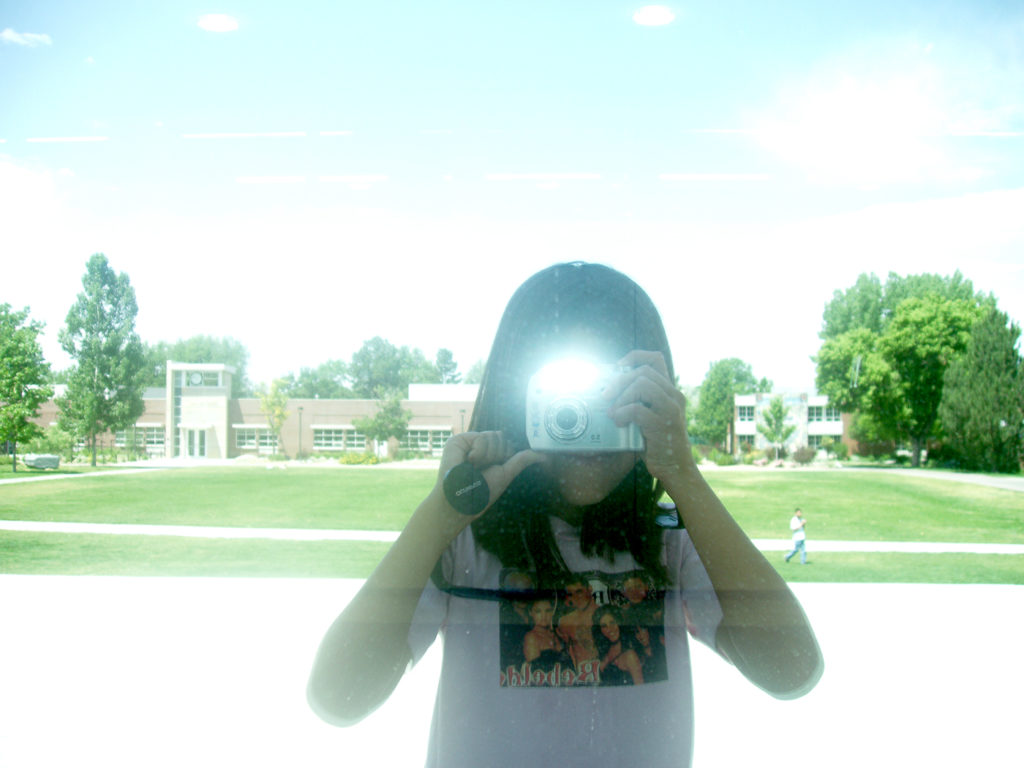
Photo by Horizons Photography Student
Now, for our 4th-grade photographer’s images. I knew they would be able to produce nice photos, as those young minds are open and the cameras were simple to operate, empowering them to capture what they were seeing. I then thought it would be great if they took a camera home with them to document their family life but didn’t want to worry about losing or breaking a digital camera. I approached Bryce Cole of Englewood Camera in Littleton, asking him to provide enough “disposable” film cameras, with a flash built in, for each student. Not only that, but I asked Bryce to develop the film, print and digitize the photos so we could deal with electronic files for ease as our week was so filled already. This enabled us to choose and print from those photos as well, eliminating a time-consuming conversion from film to digital.
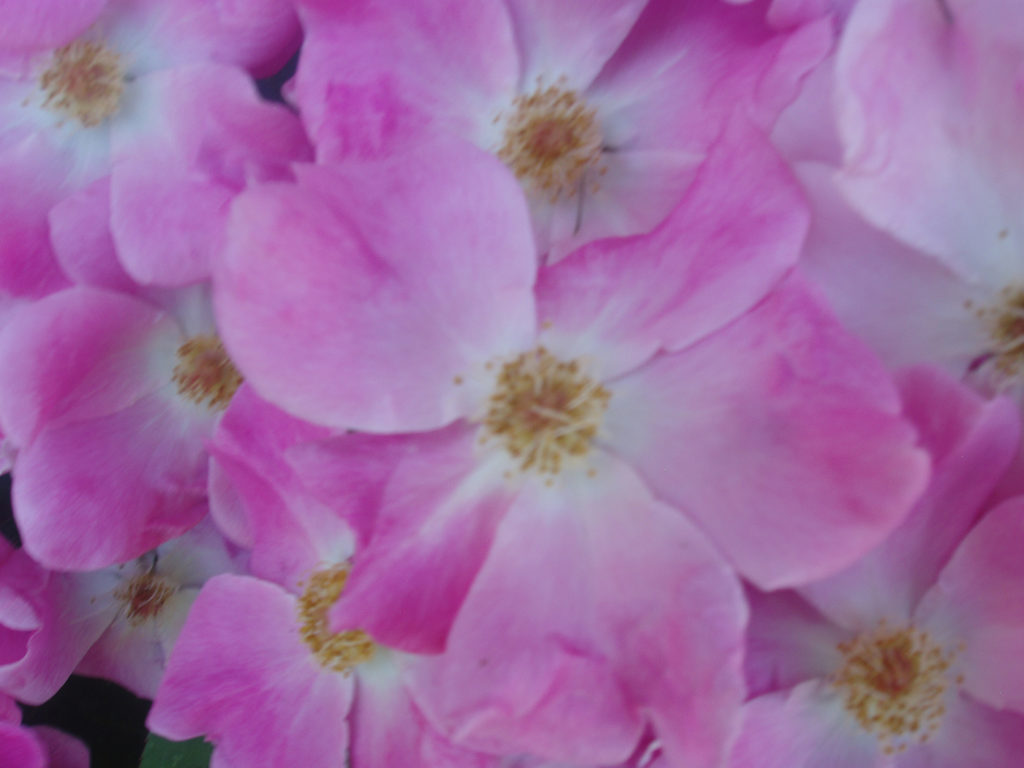
Photo by Horizons Photography Student
What really became tough was choosing which images to hang in the final show. Once the kids got the hang of the camera and had a specific theme of portrait, action, etc, the shooting became natural. Having to narrow the choices down was tough, so often too many nice photos from which to choose.
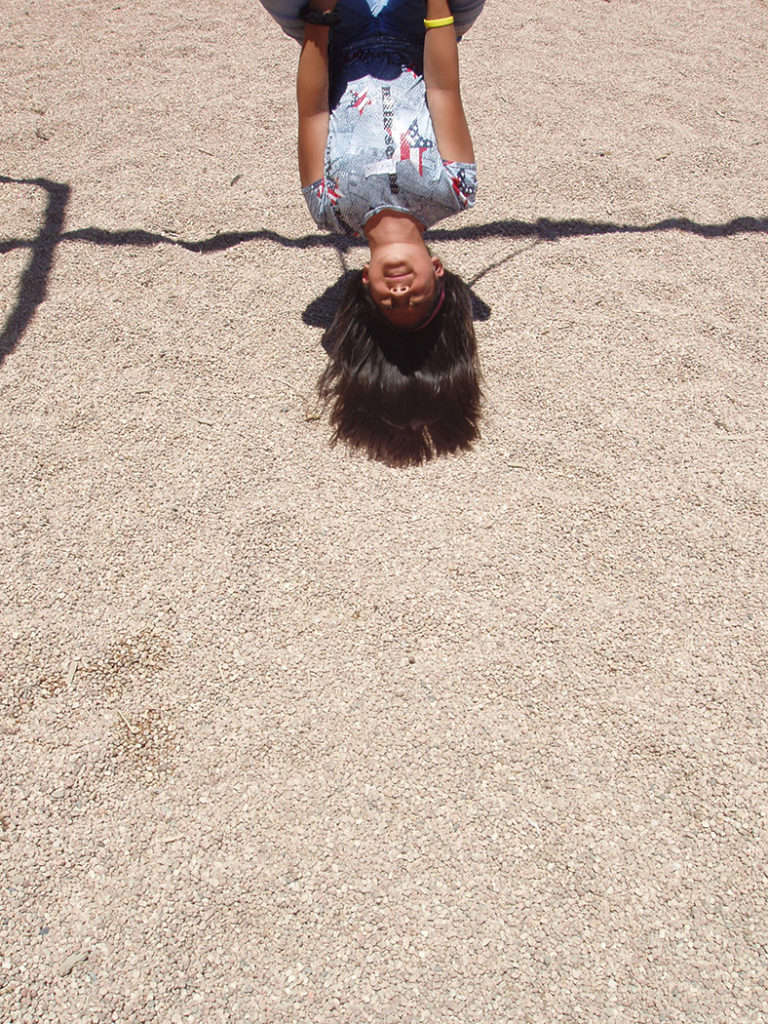
Photo by Horizons Photography Student
Take a look at the quality of these photos, how many are very personal and do tell as story. The idea of visual narrative is close to the heart of many photographers, and these young image-makers did an amazing job of creating beautiful prose.
By Becky & Jay Dickman, April, 2017
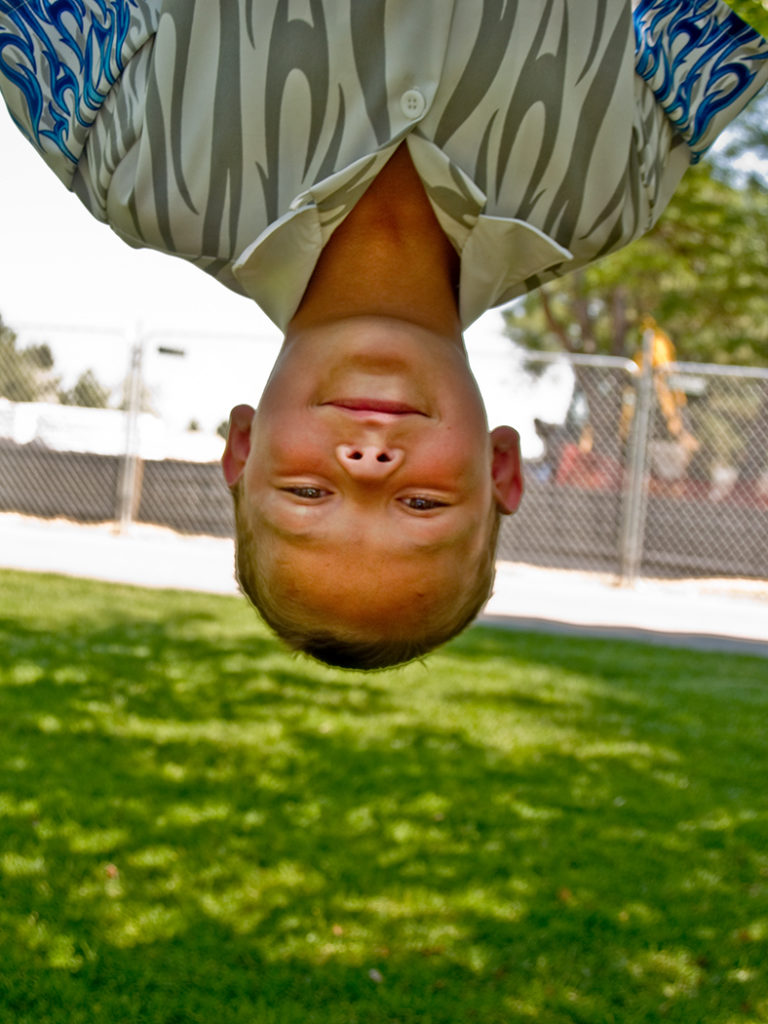
Photo by Horizons Photography Student
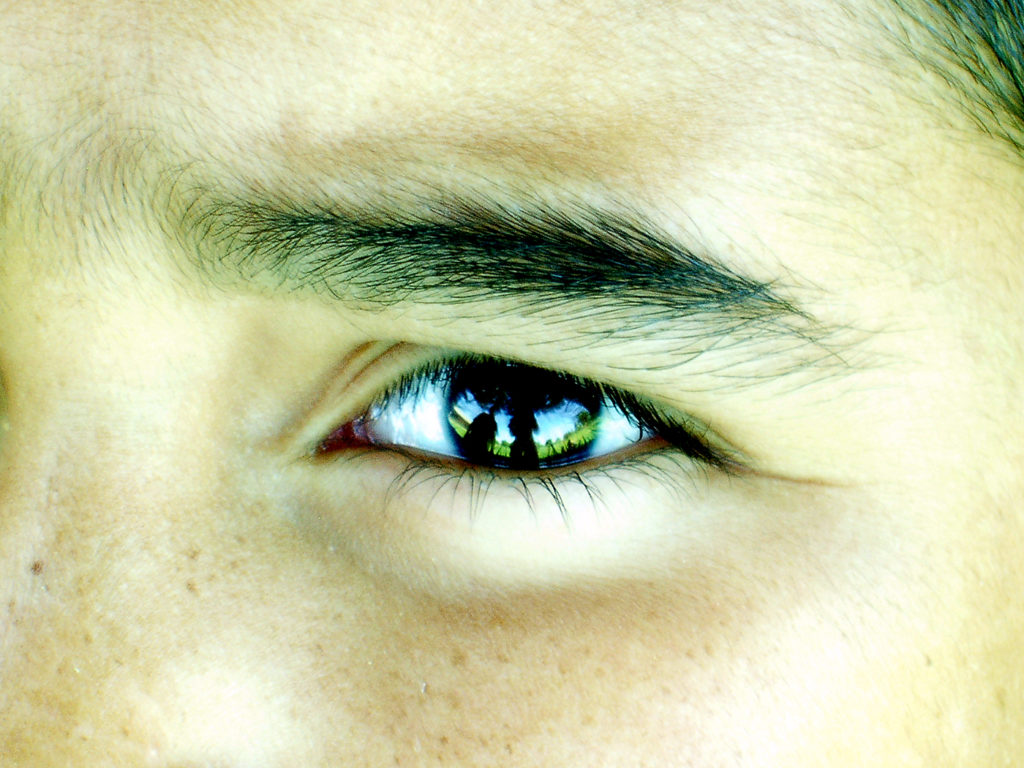
Photo by Horizons Photography Student
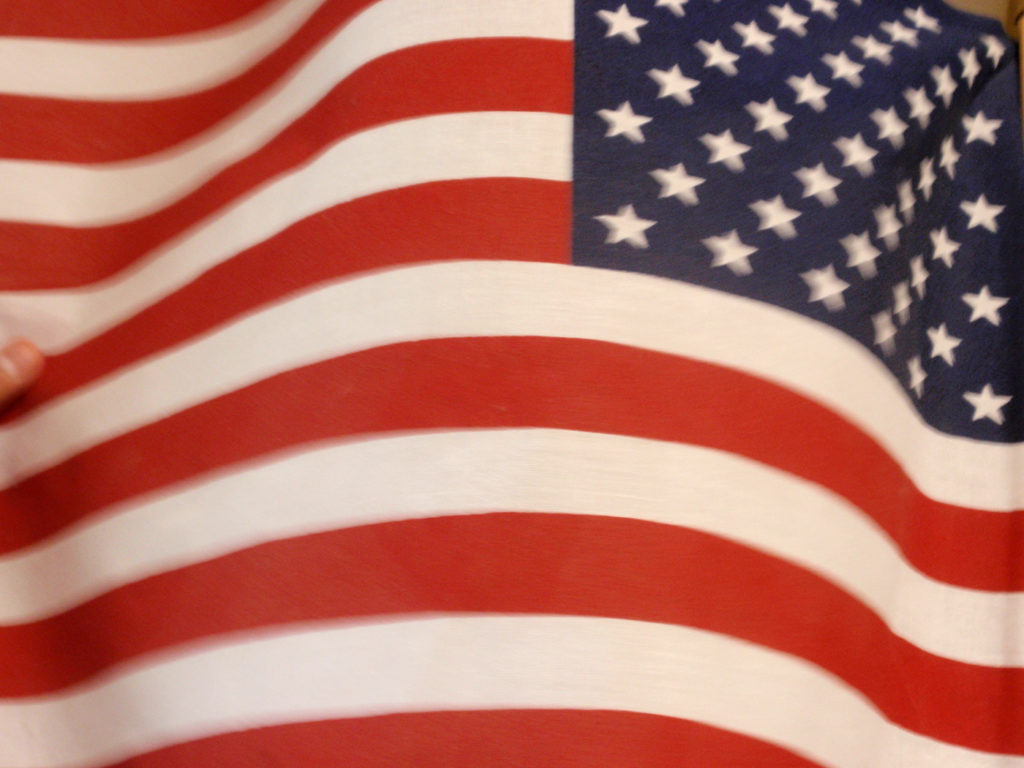
Photo by Horizons Photography Student
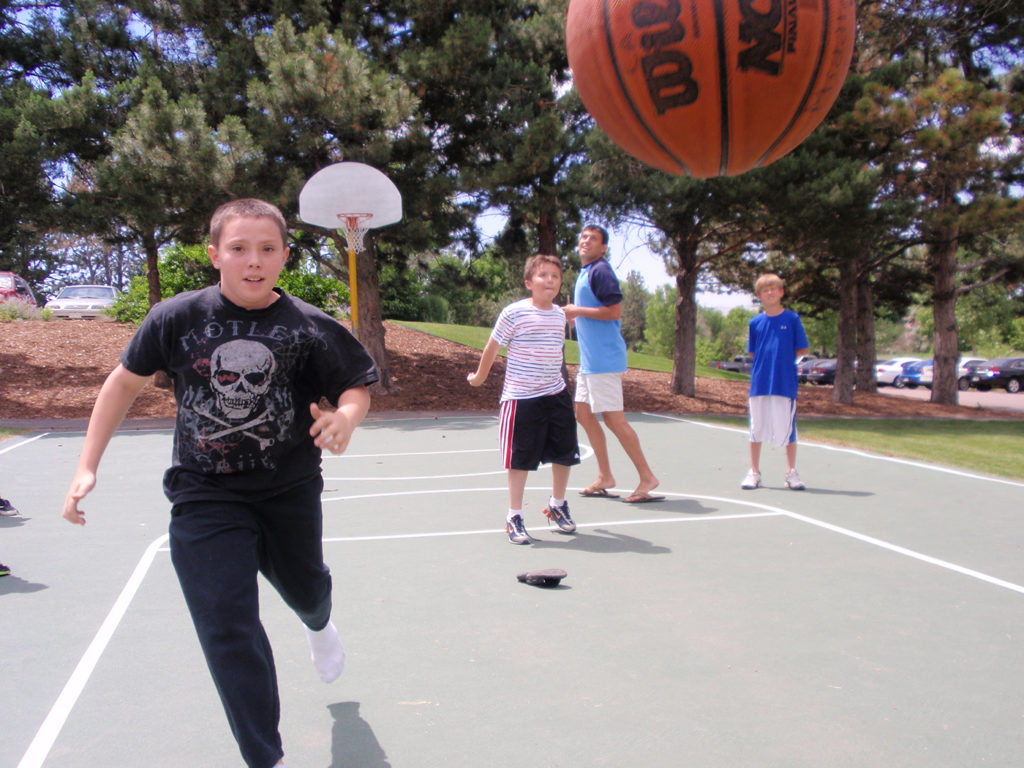
Photo by Horizons Photography Student
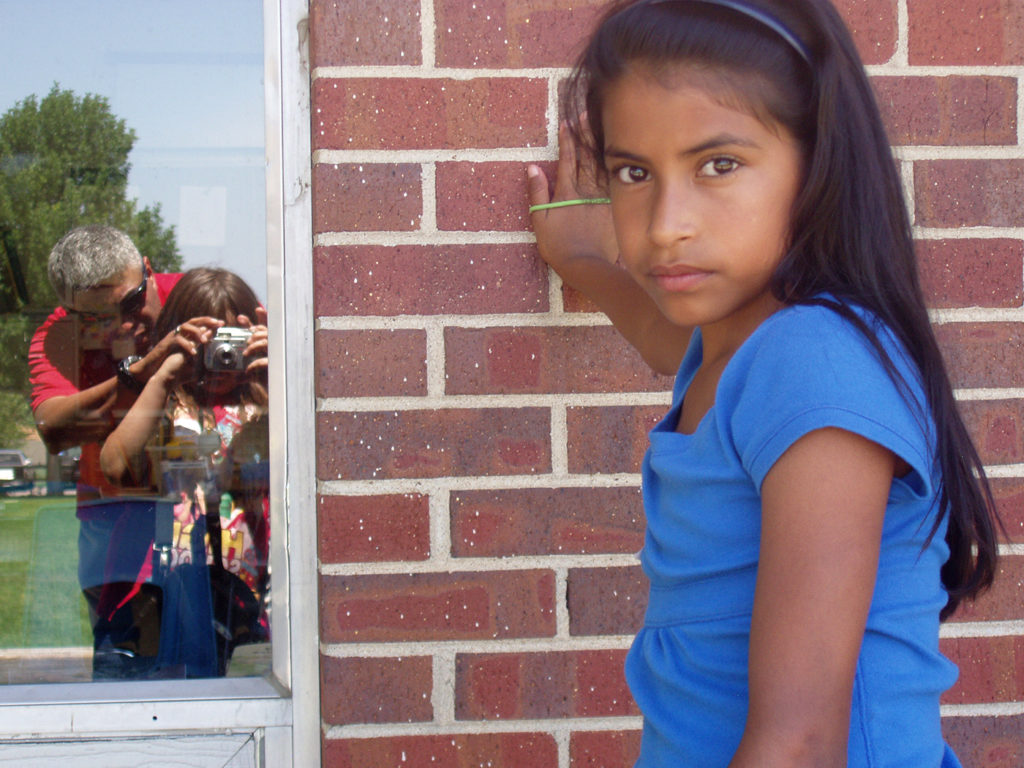
Photo by Horizons Photography Student
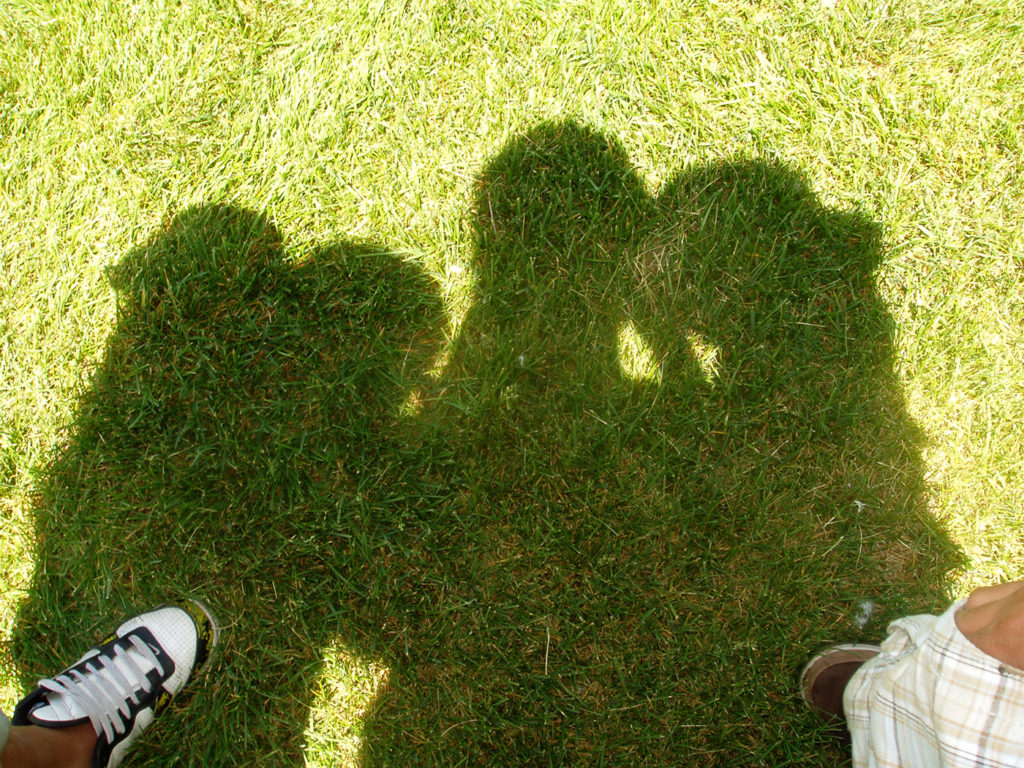
Photo by Horizons Photography Student
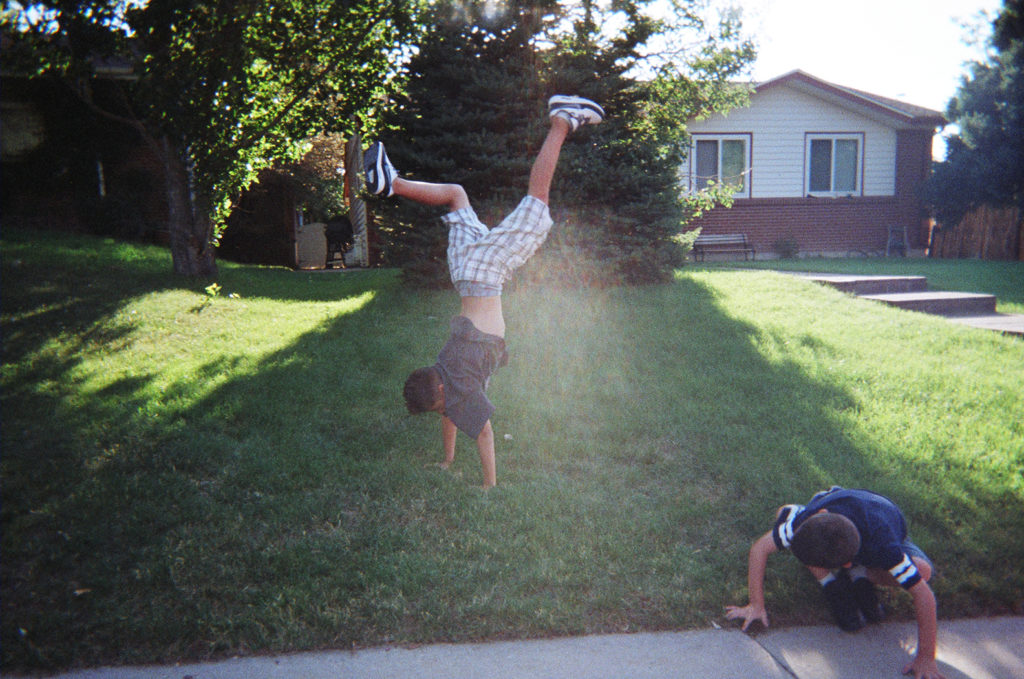
Photo by Horizons Photography Student
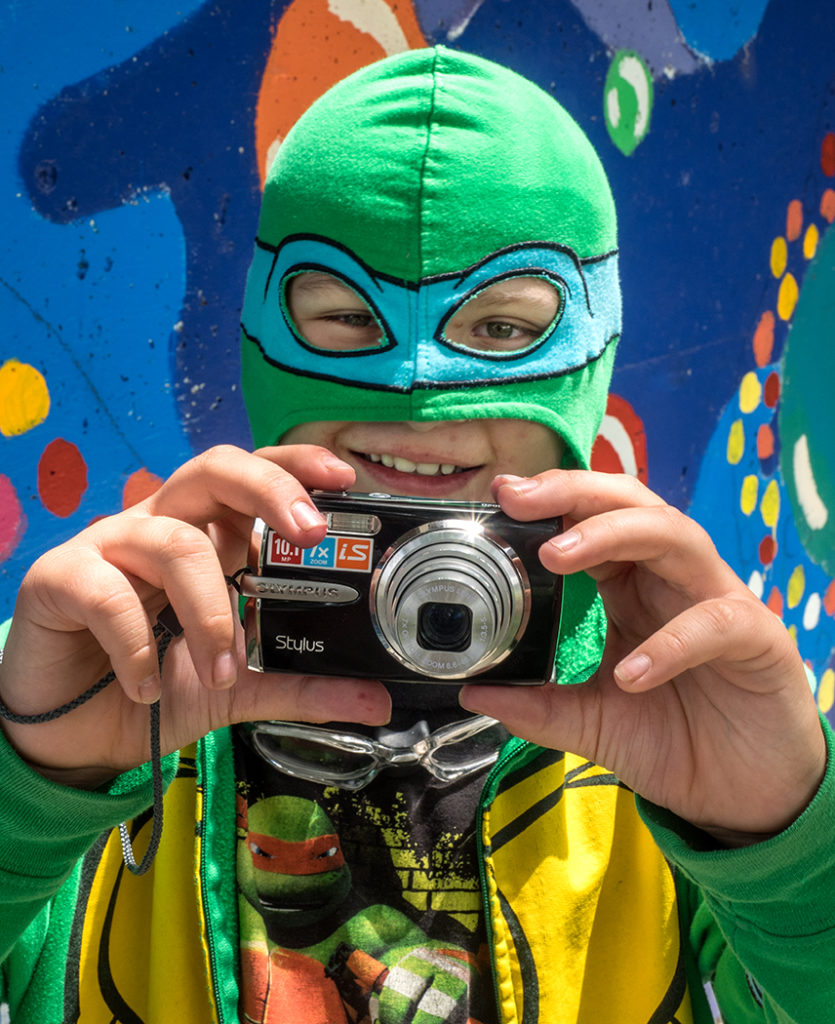
Photo by Horizons Photography Student
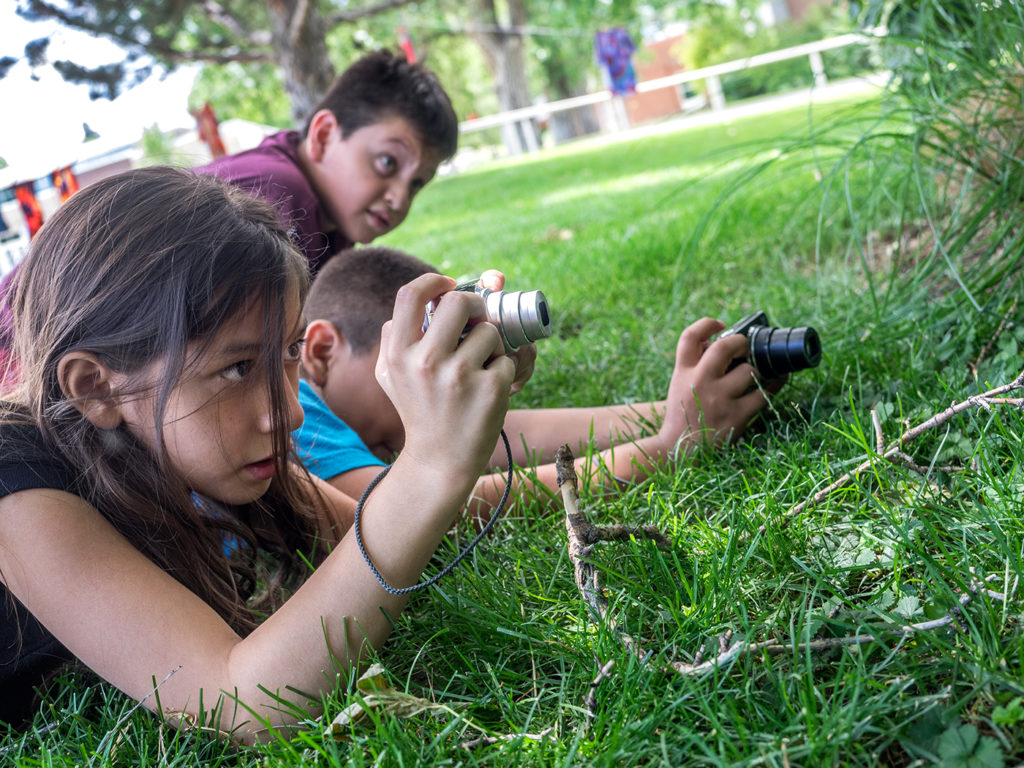
Photo by Horizons Photography Student
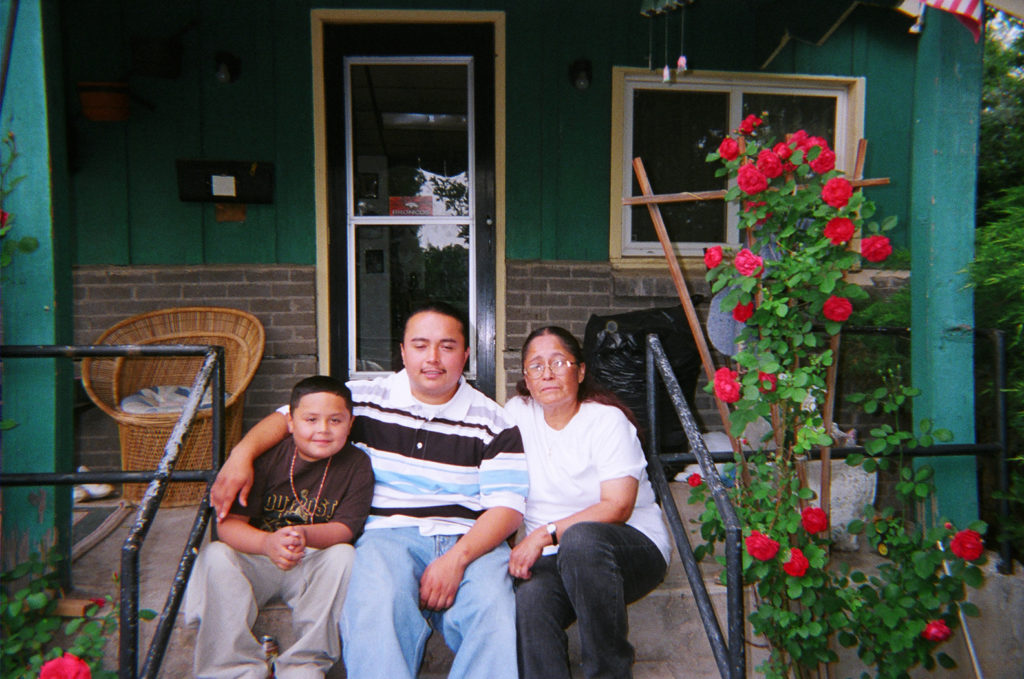
Photo by Horizons Photography Student
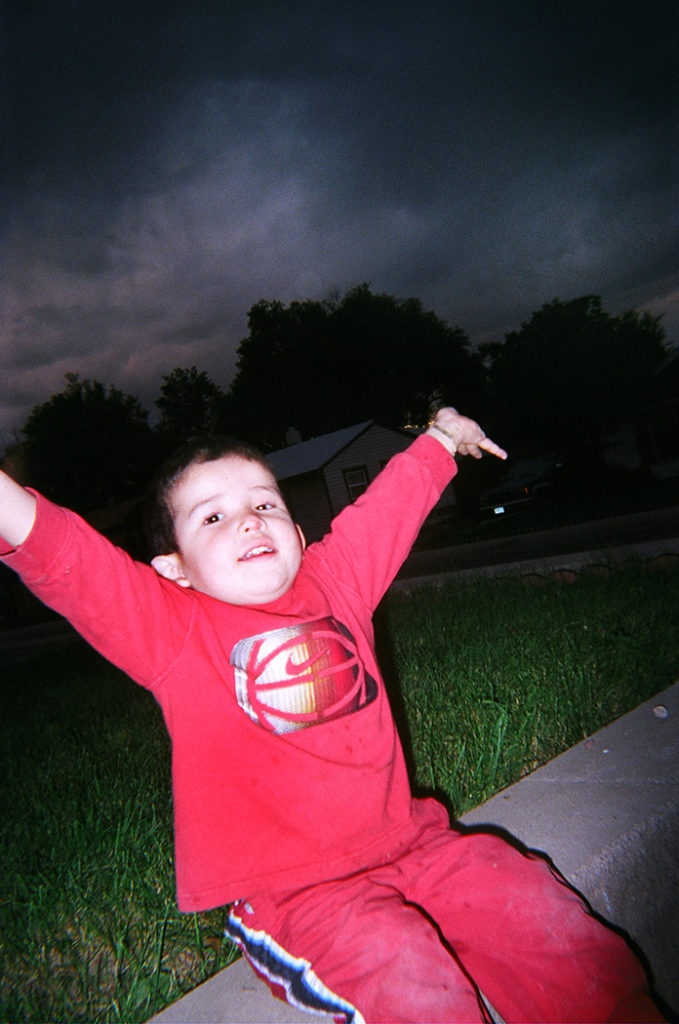
Photo by Horizons Photography Student
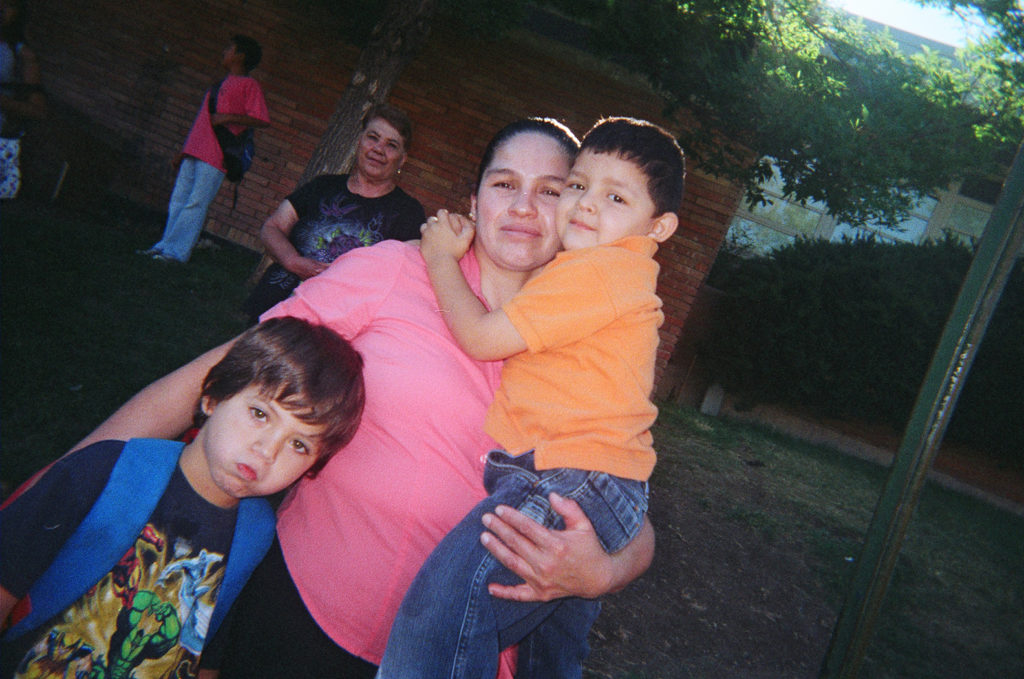
Photo by Horizons Photography Student
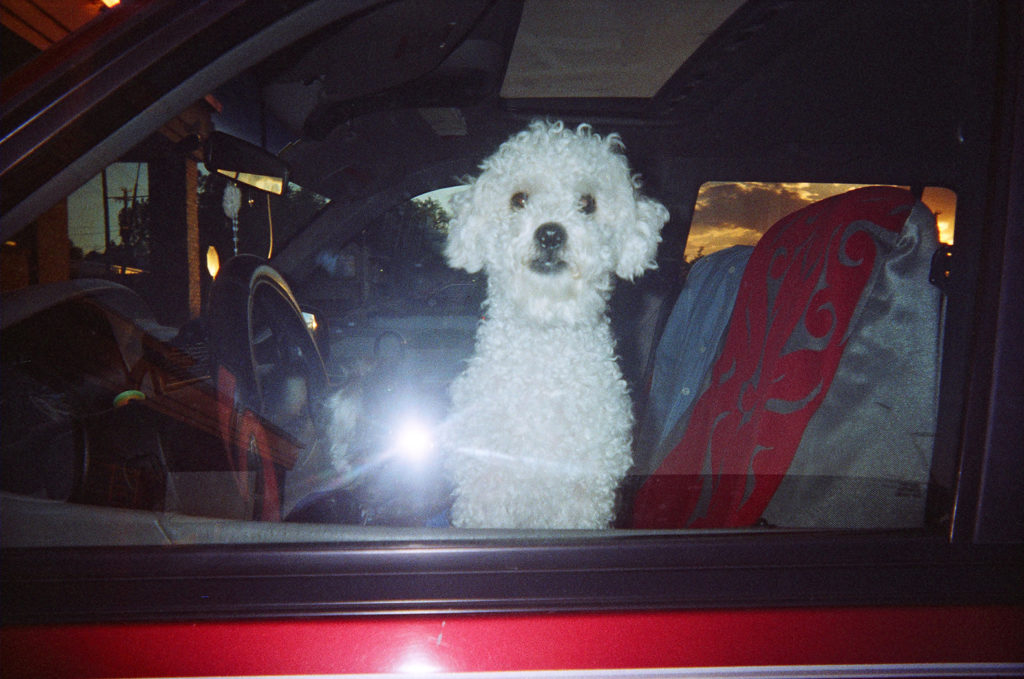
Photo by Horizons Photography Student
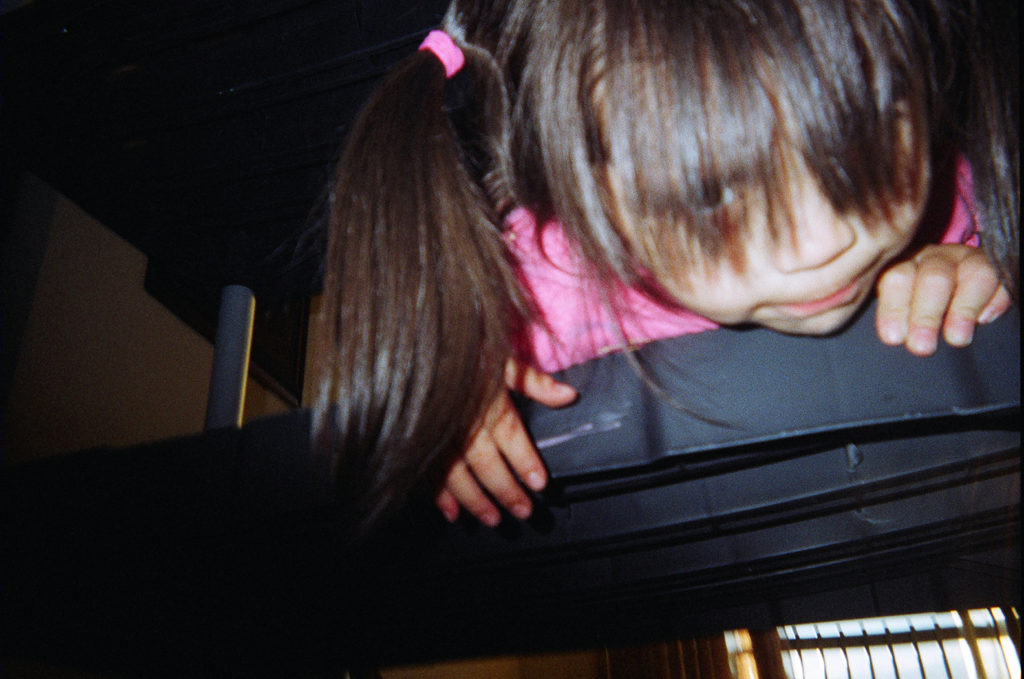
Photo by Horizons Photography Student
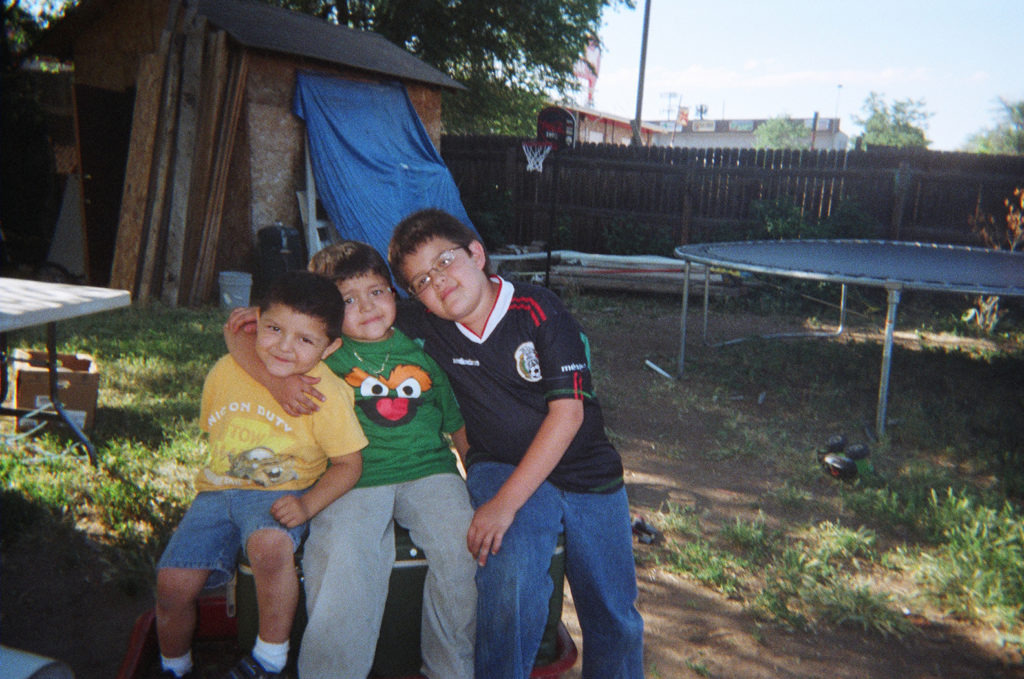
Photo by Horizons Photography Student
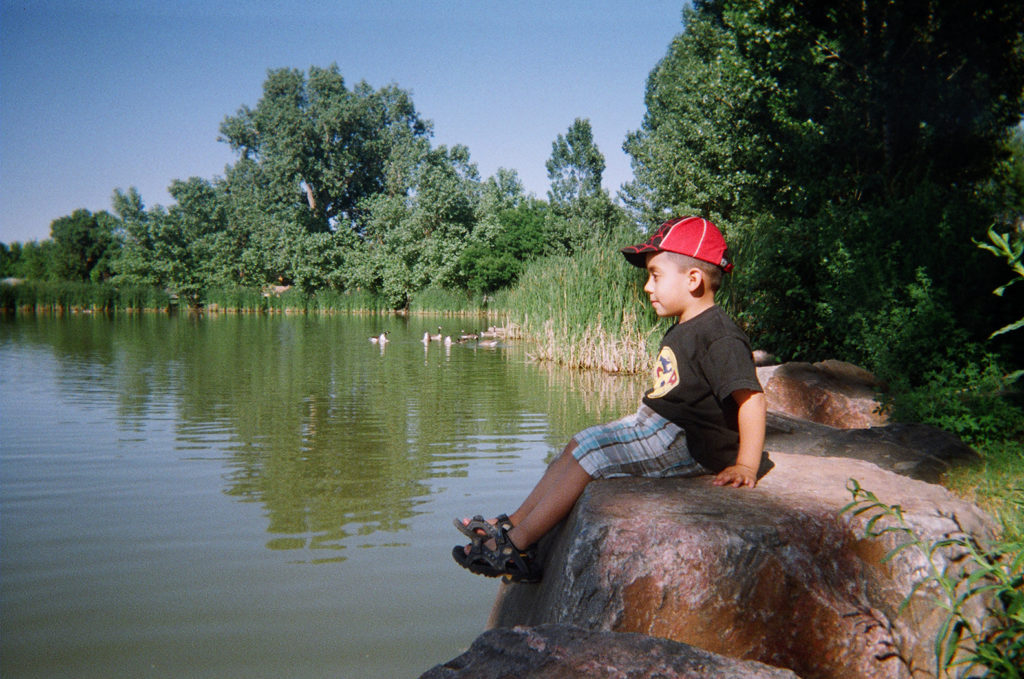
Photo by Horizons Photography Student
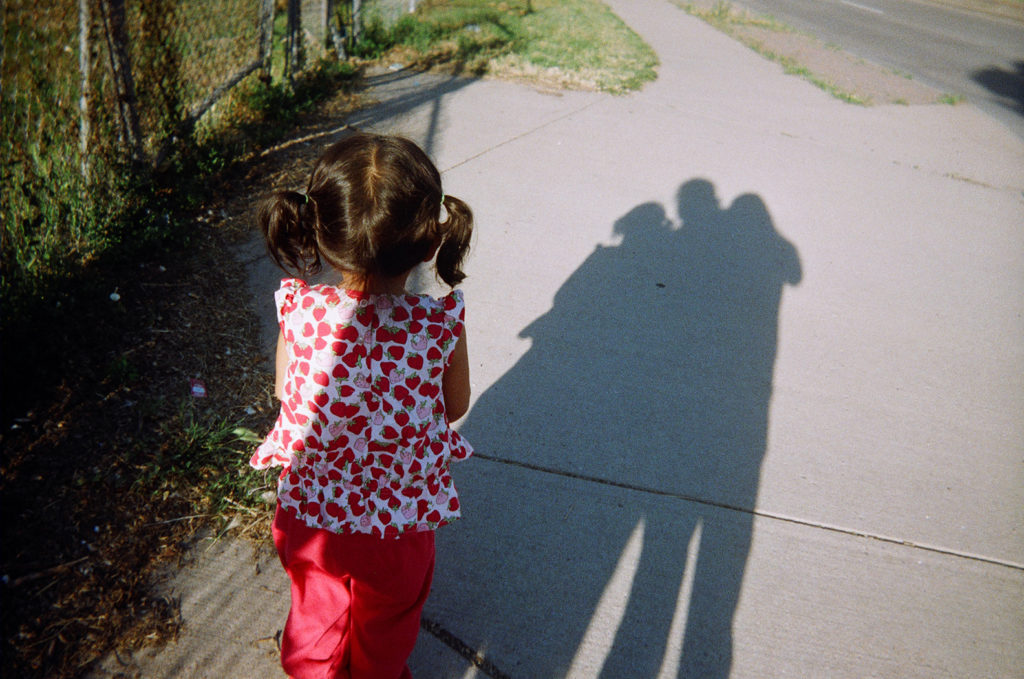
Photo by Horizons Photography Student
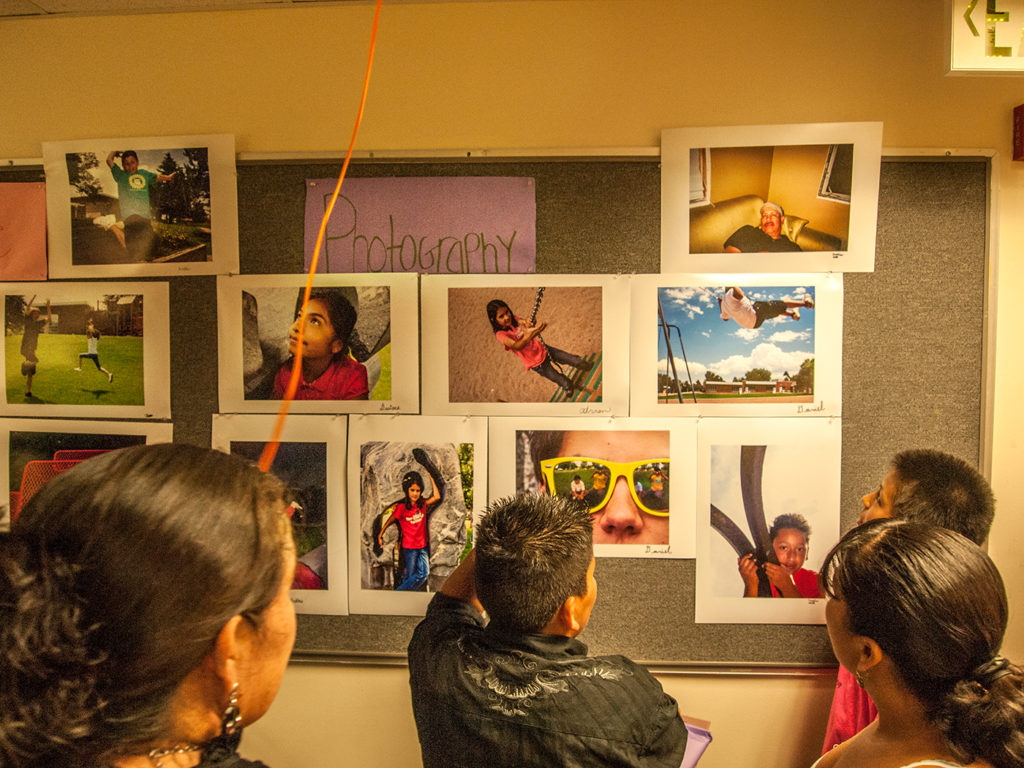
Hanging one of the final shows
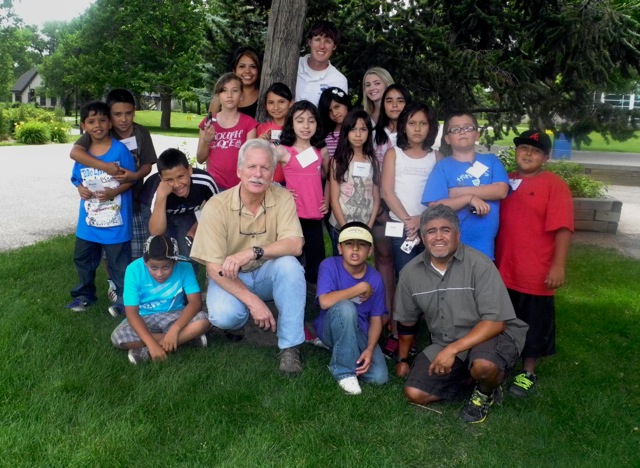
John and Jay with one of our Horizons 4th Grade Photo Class



